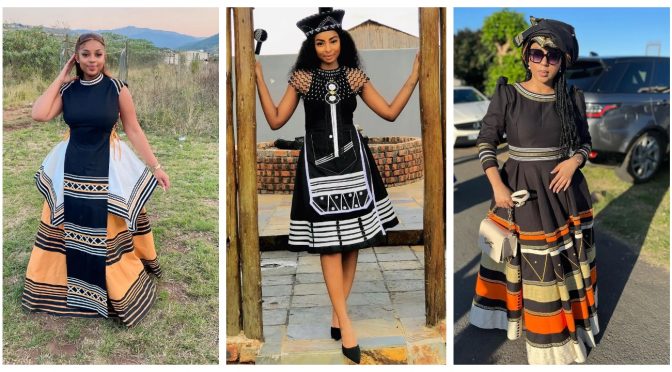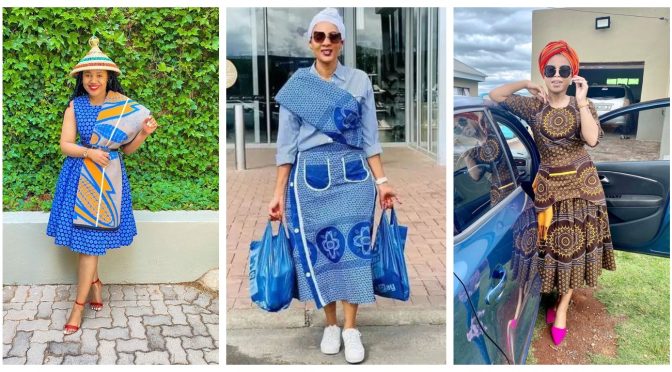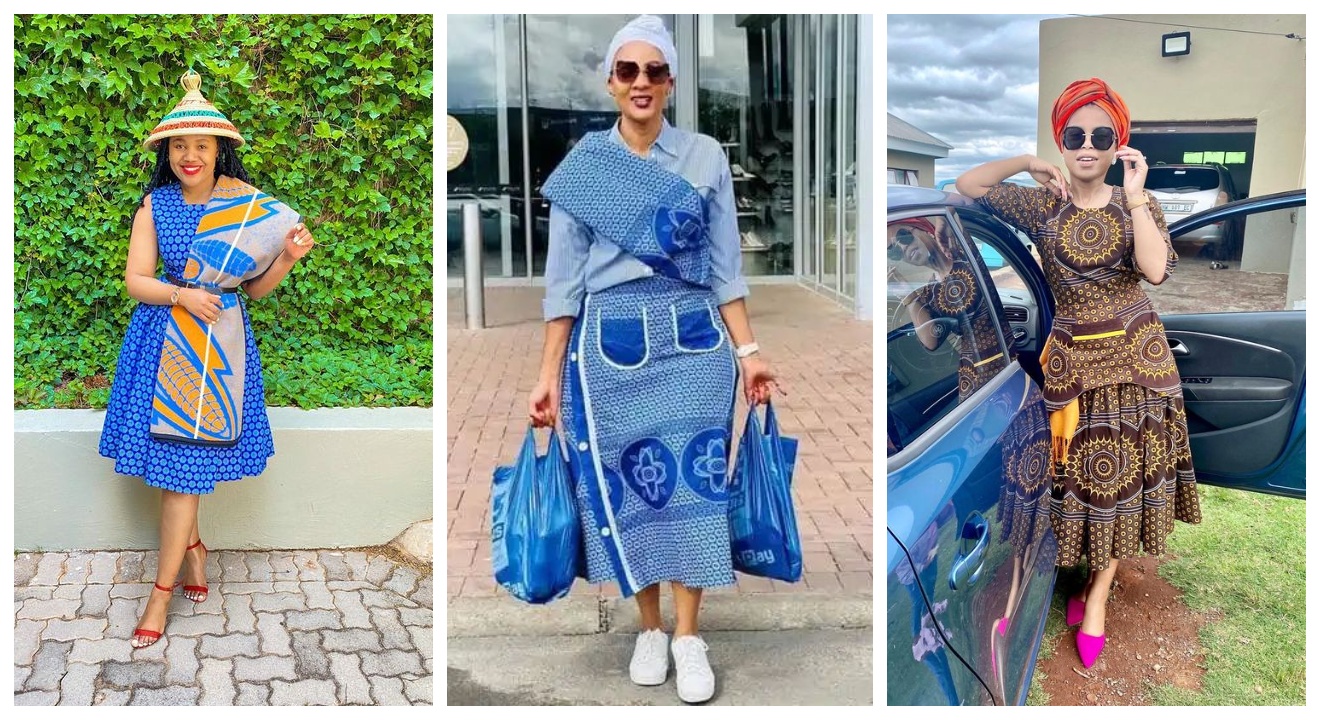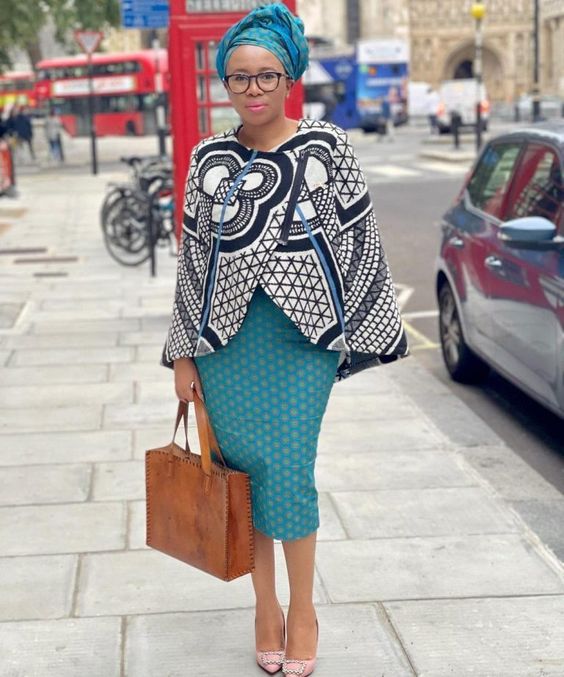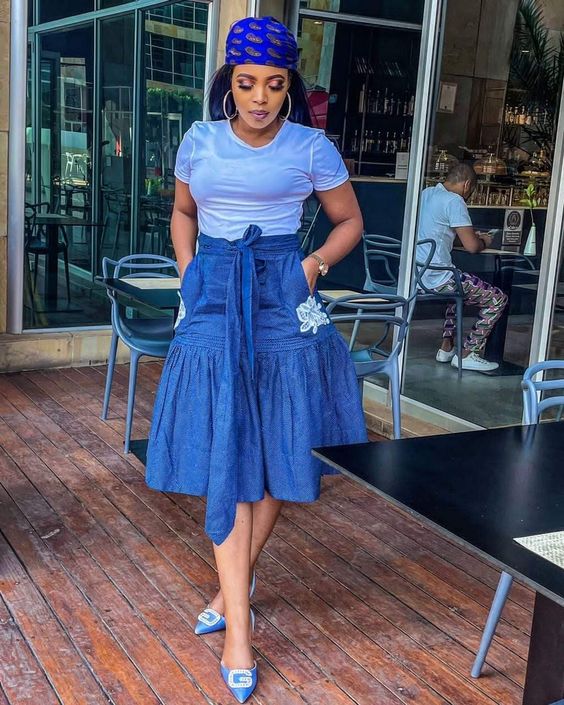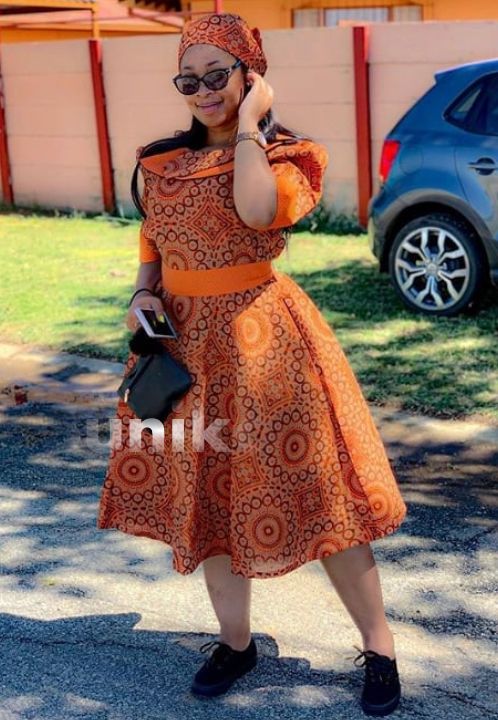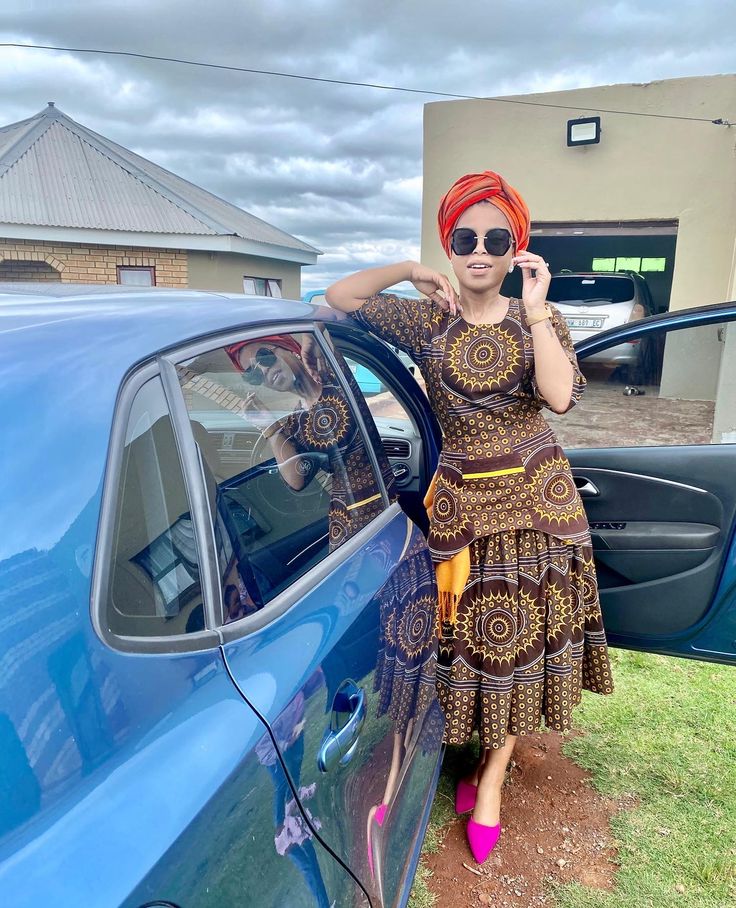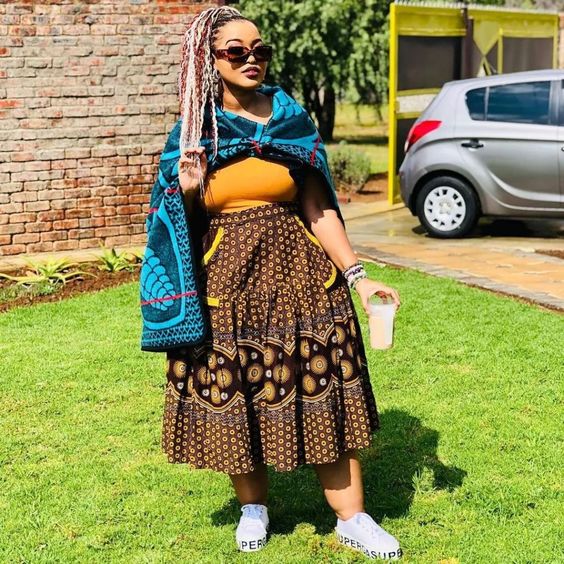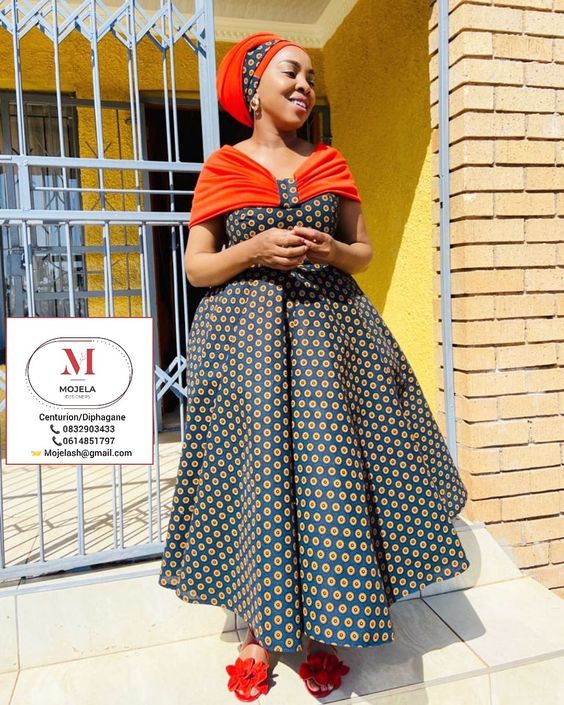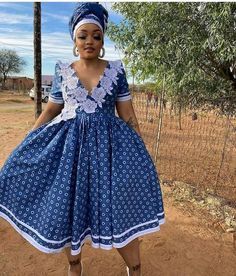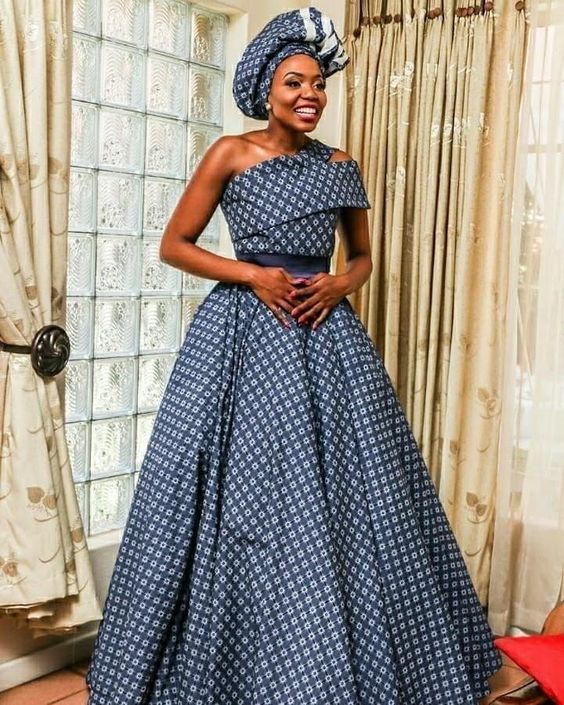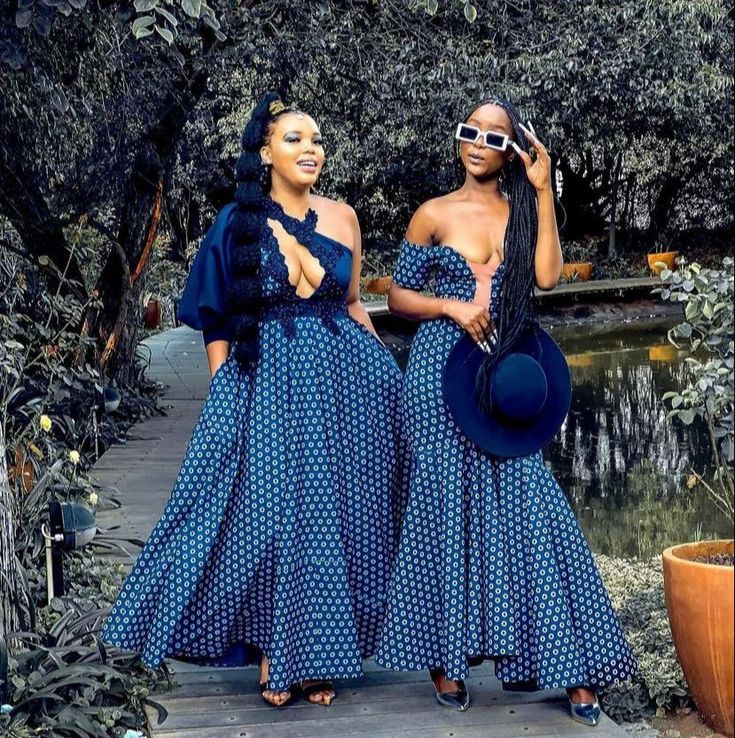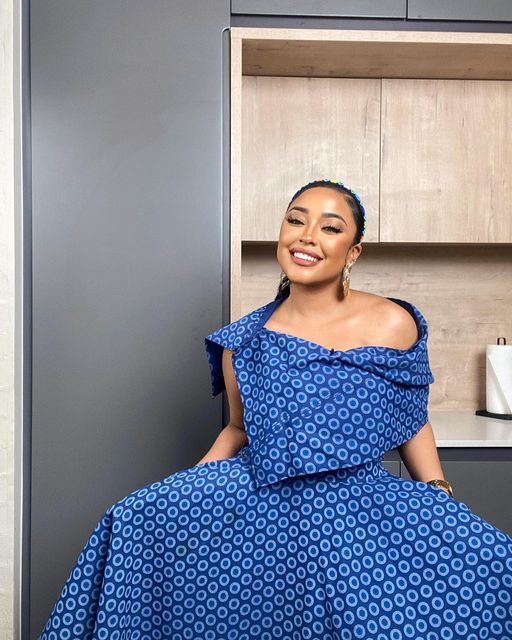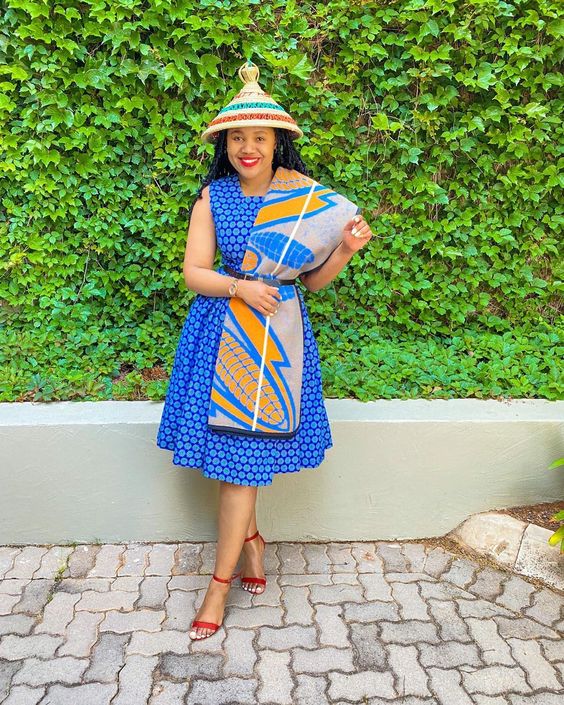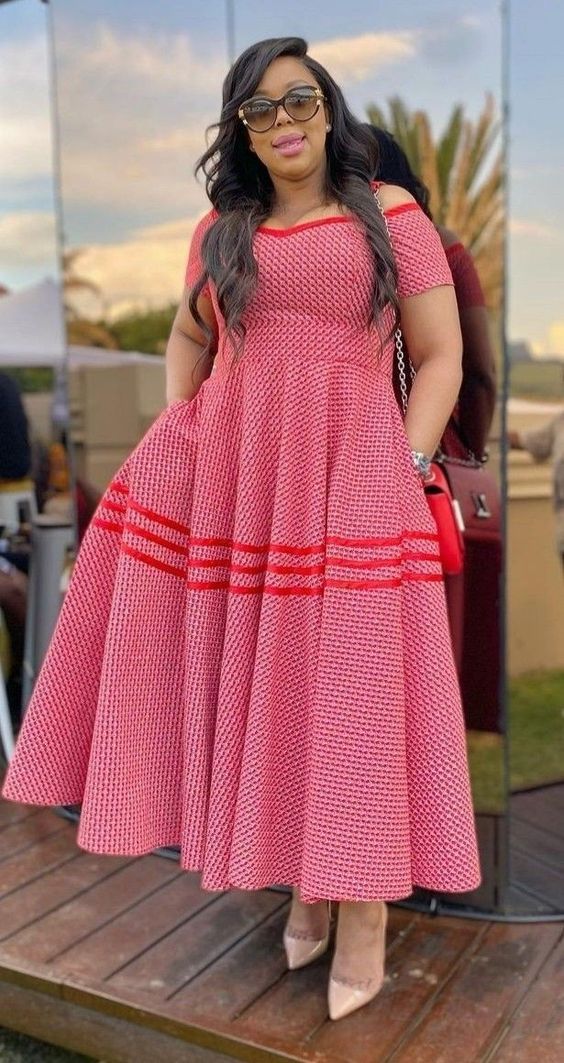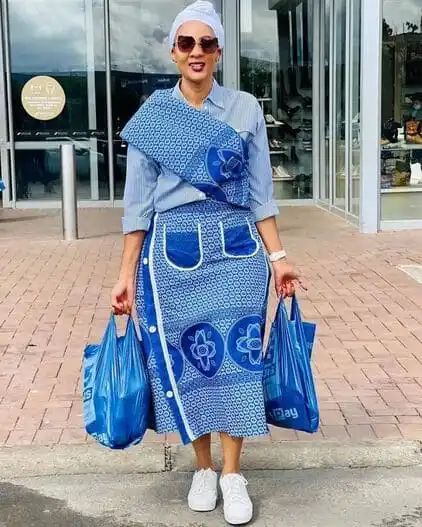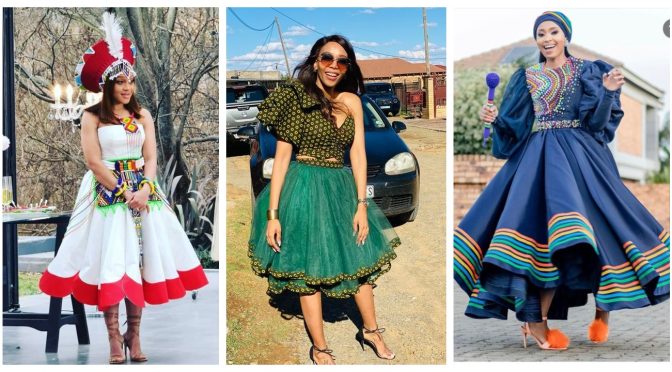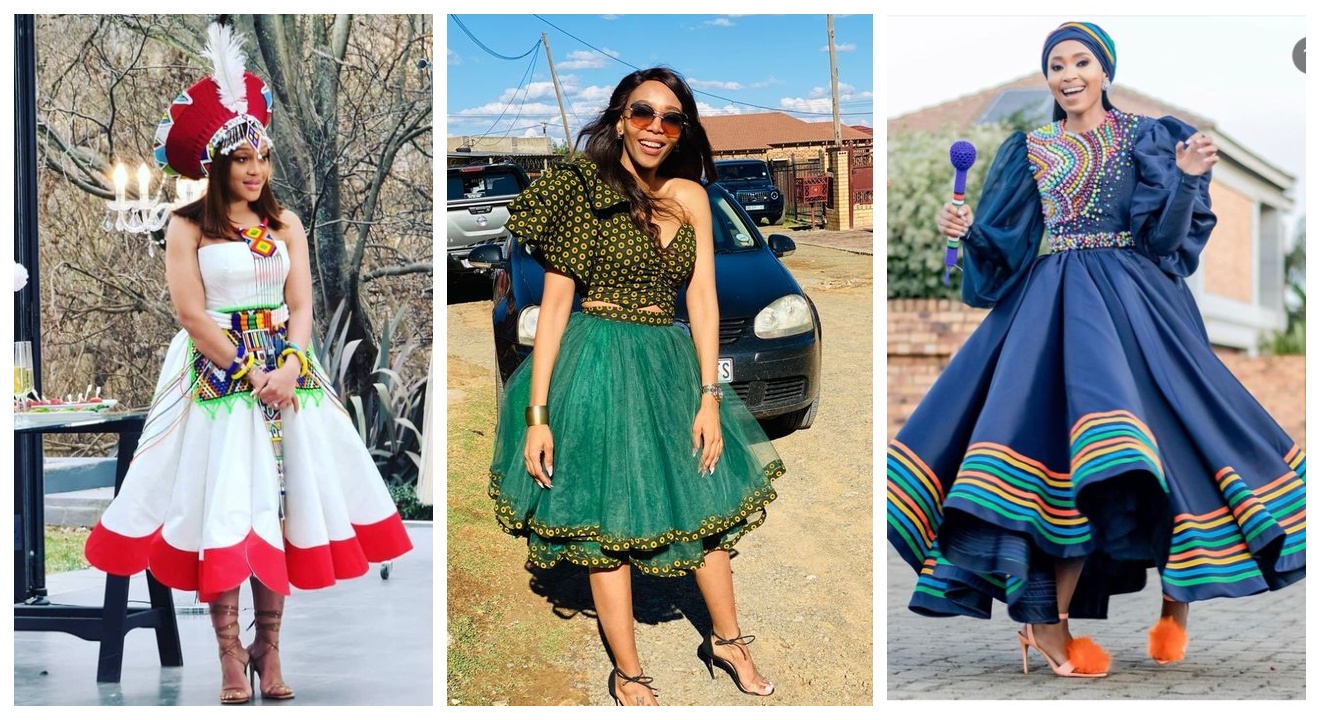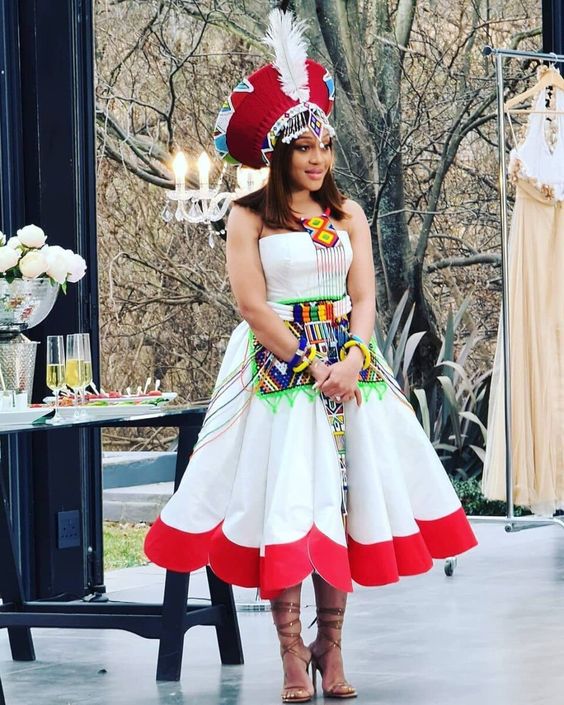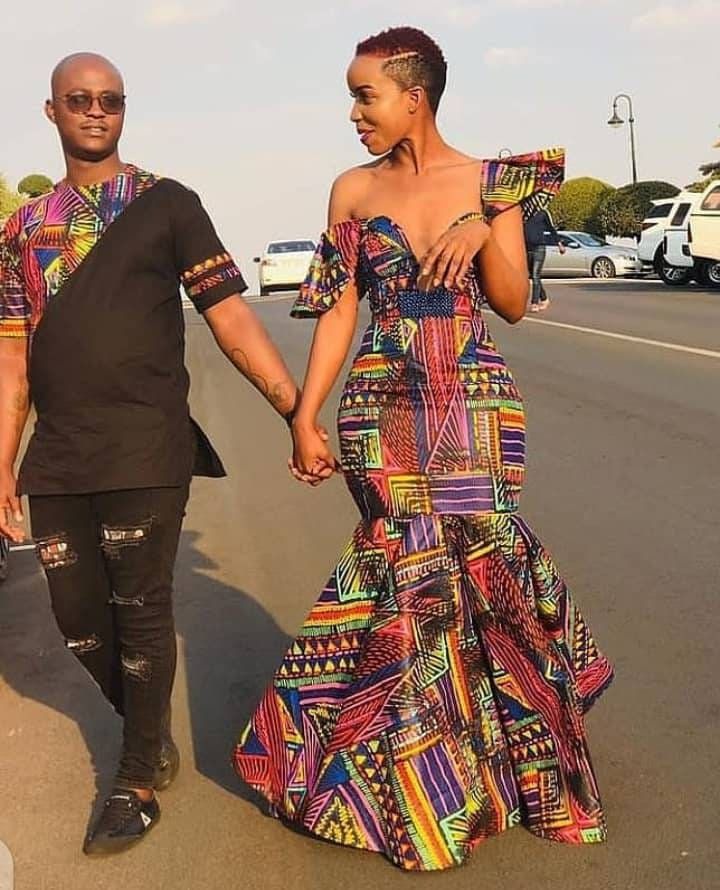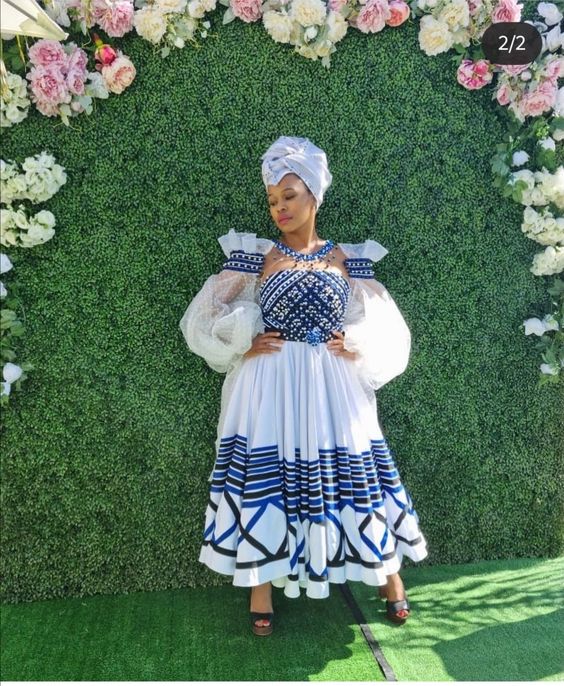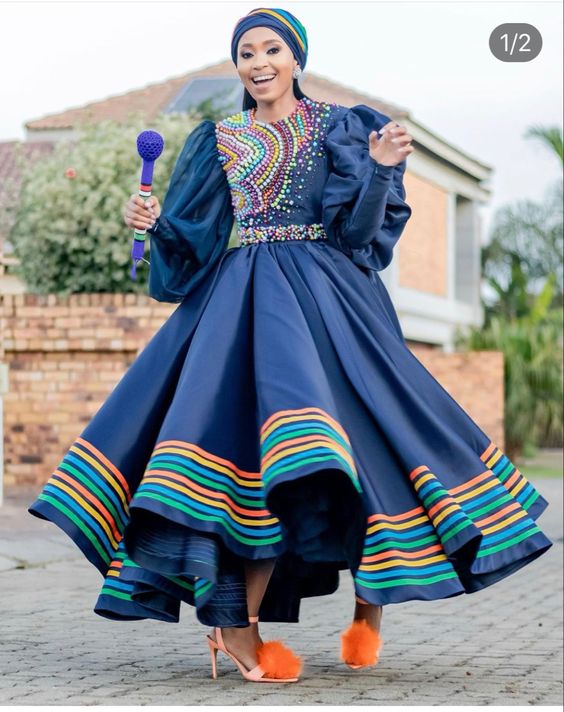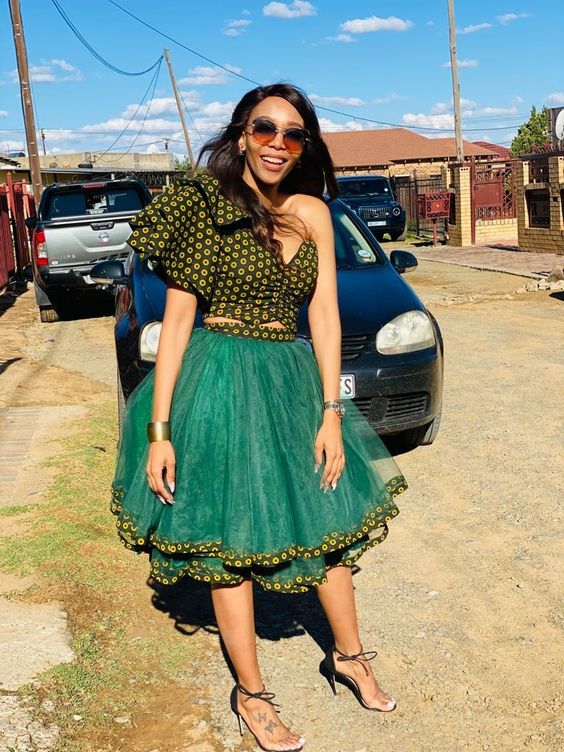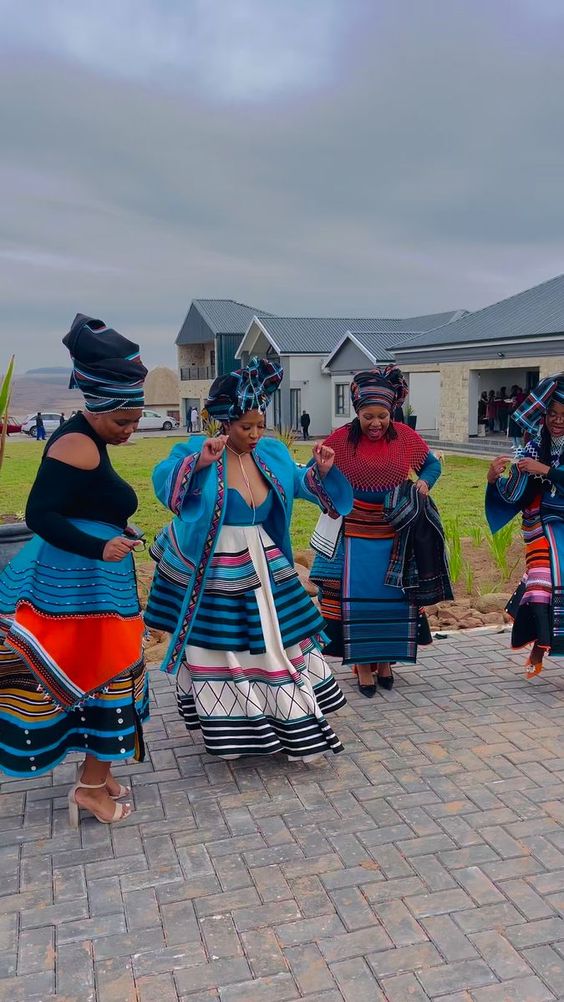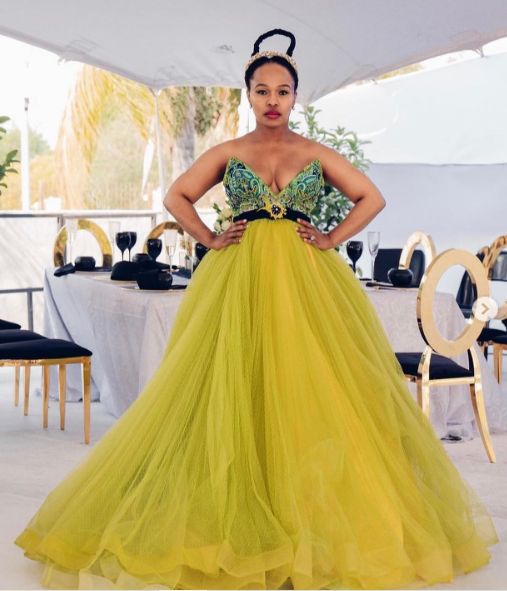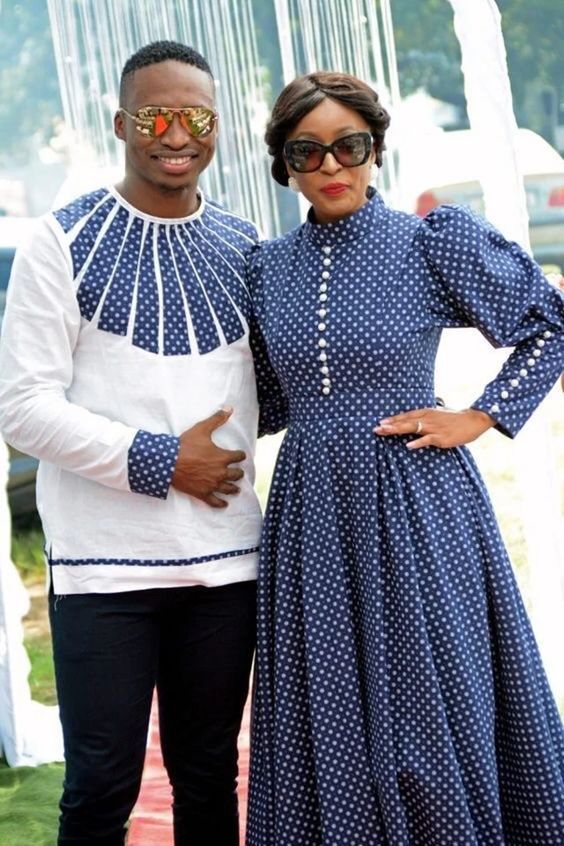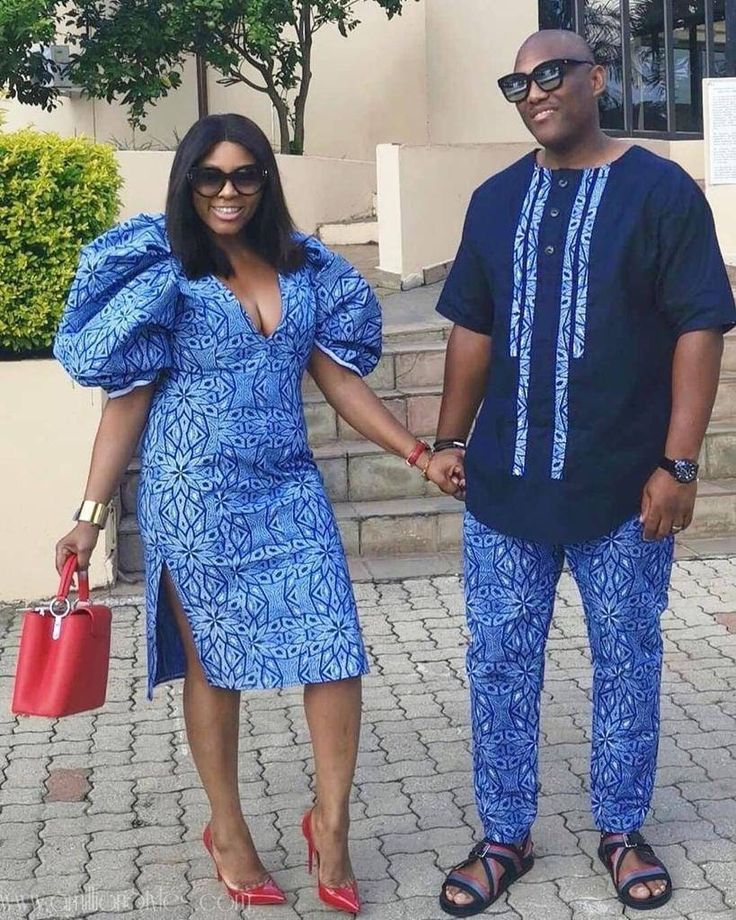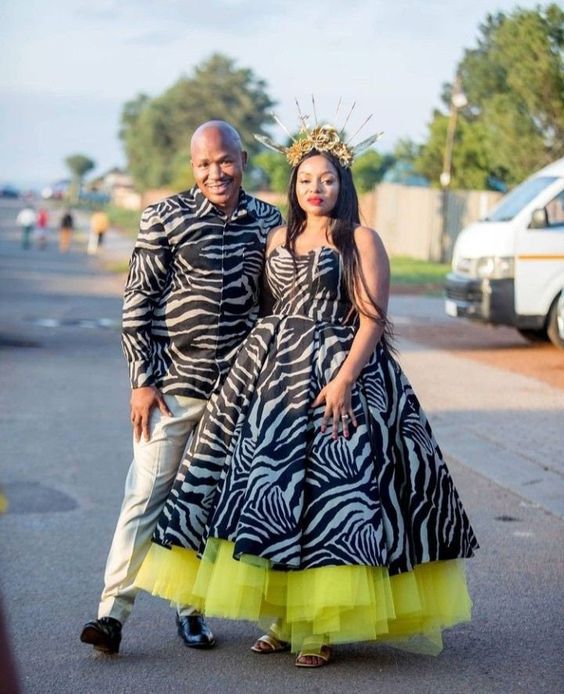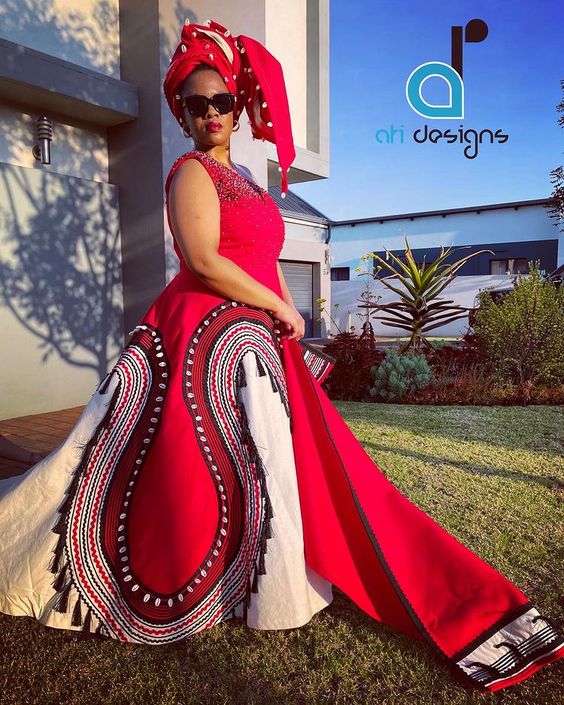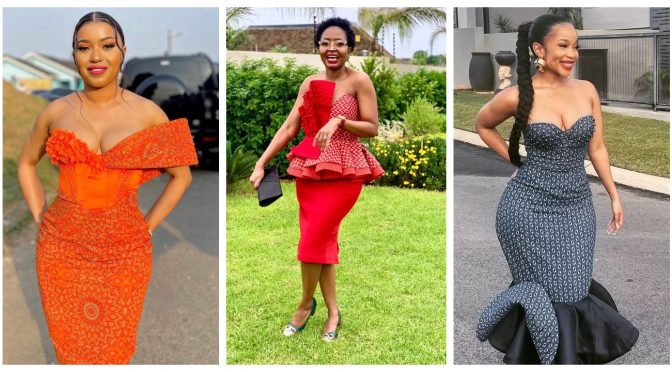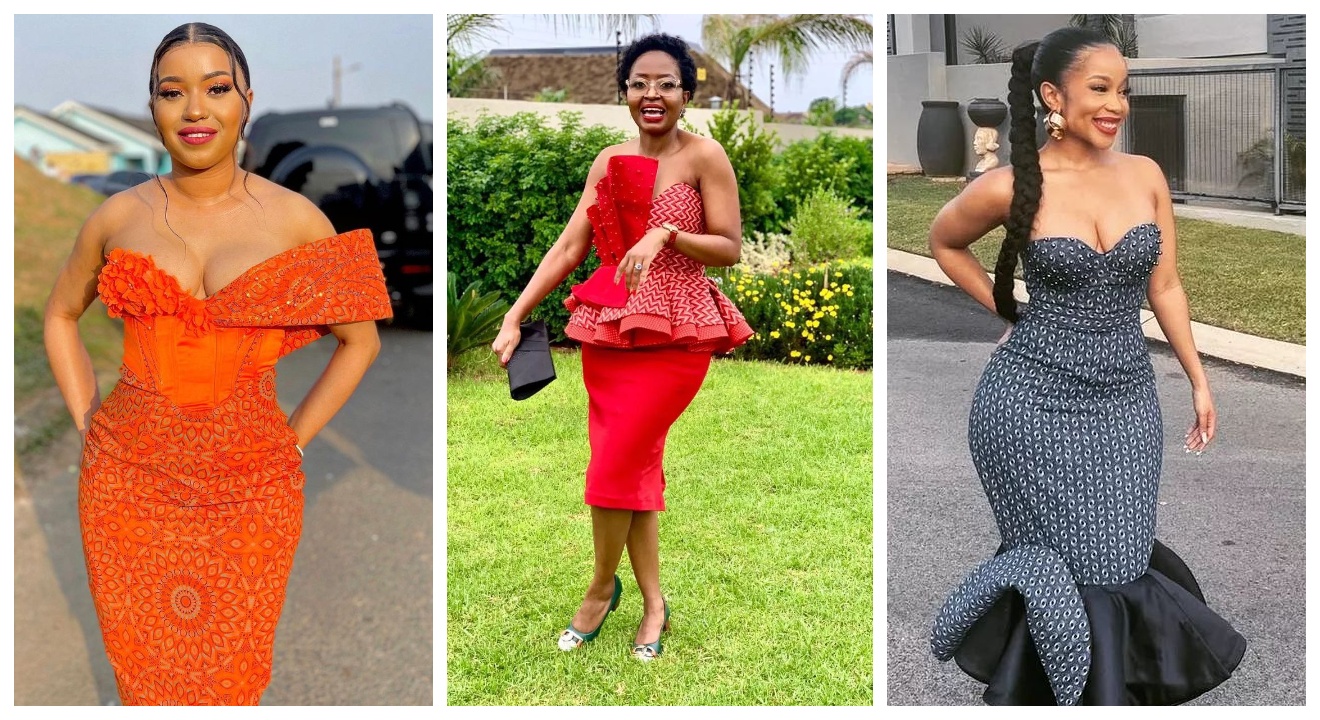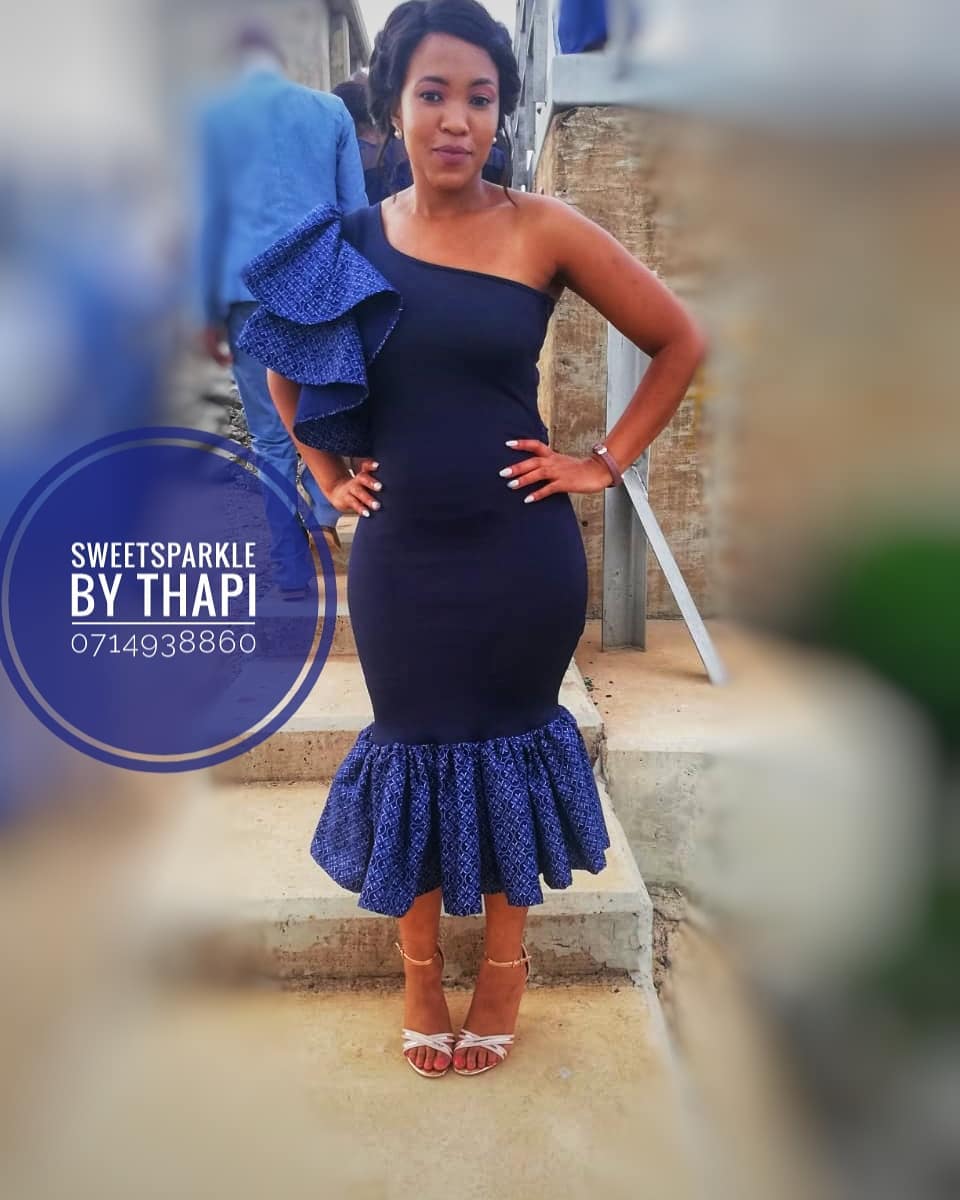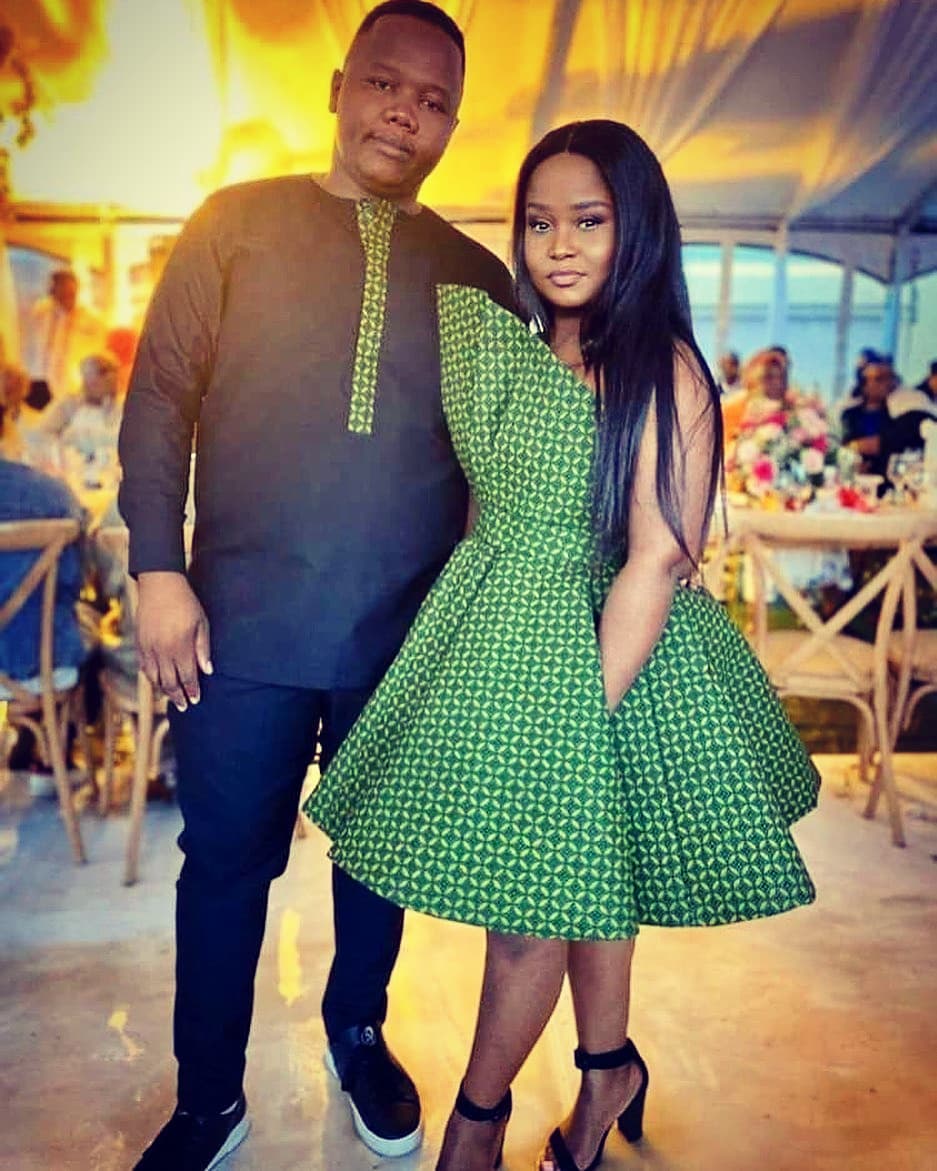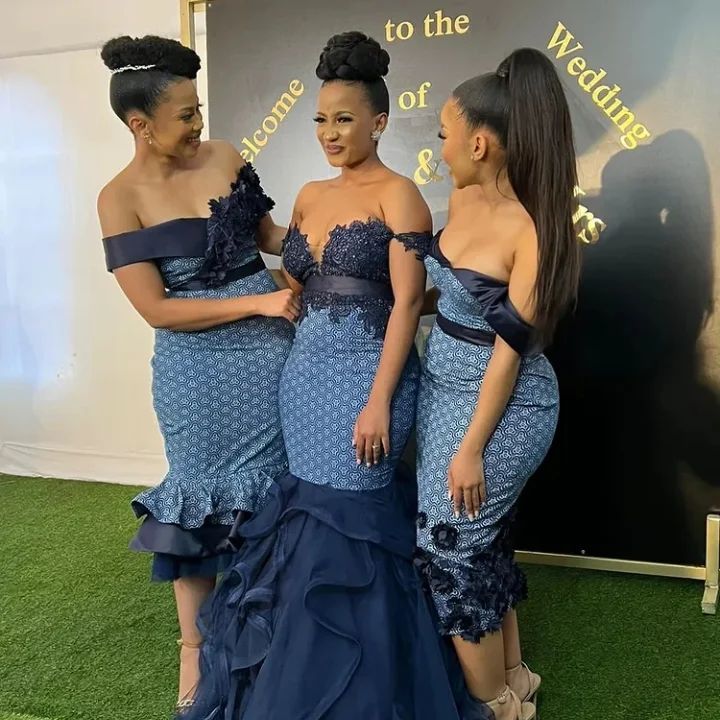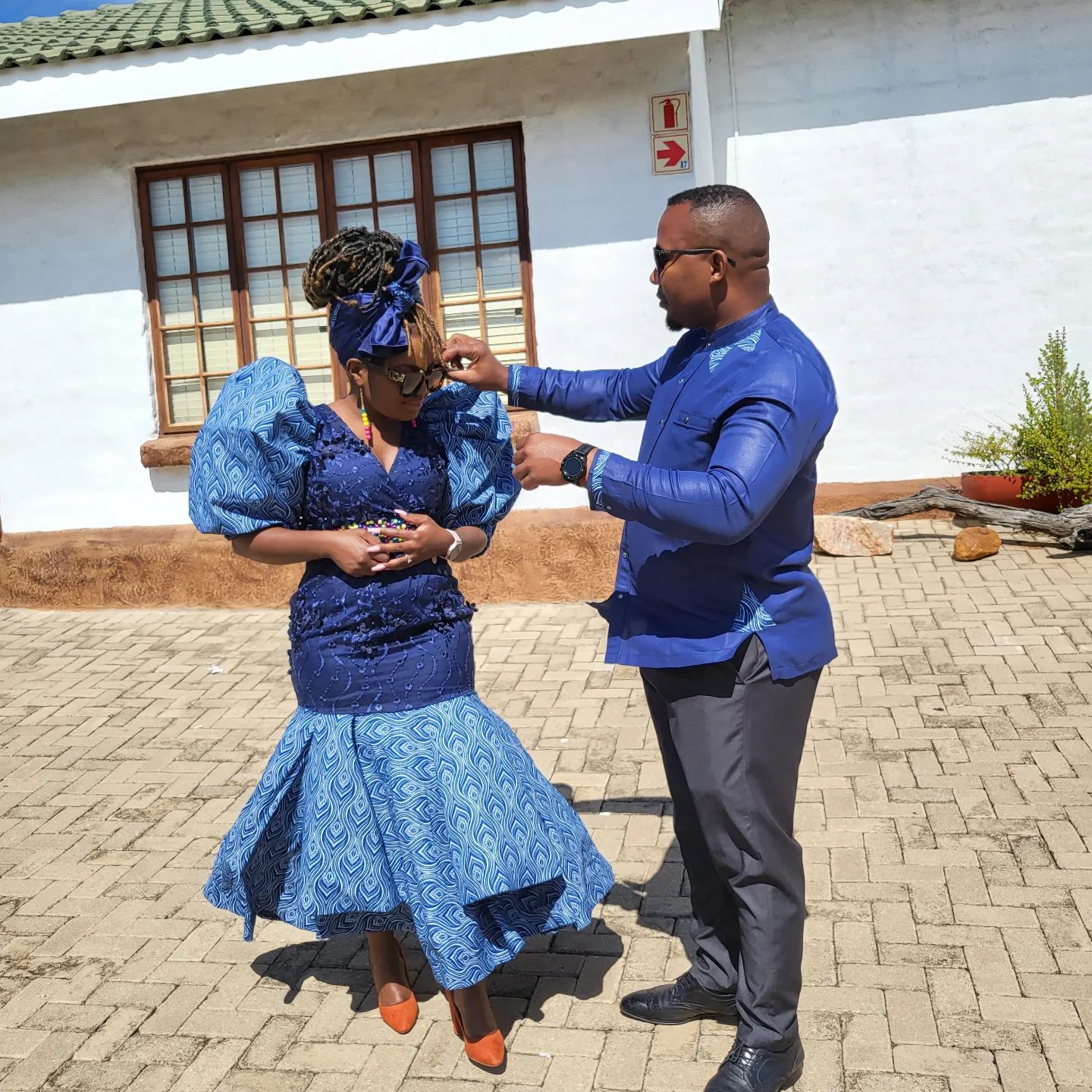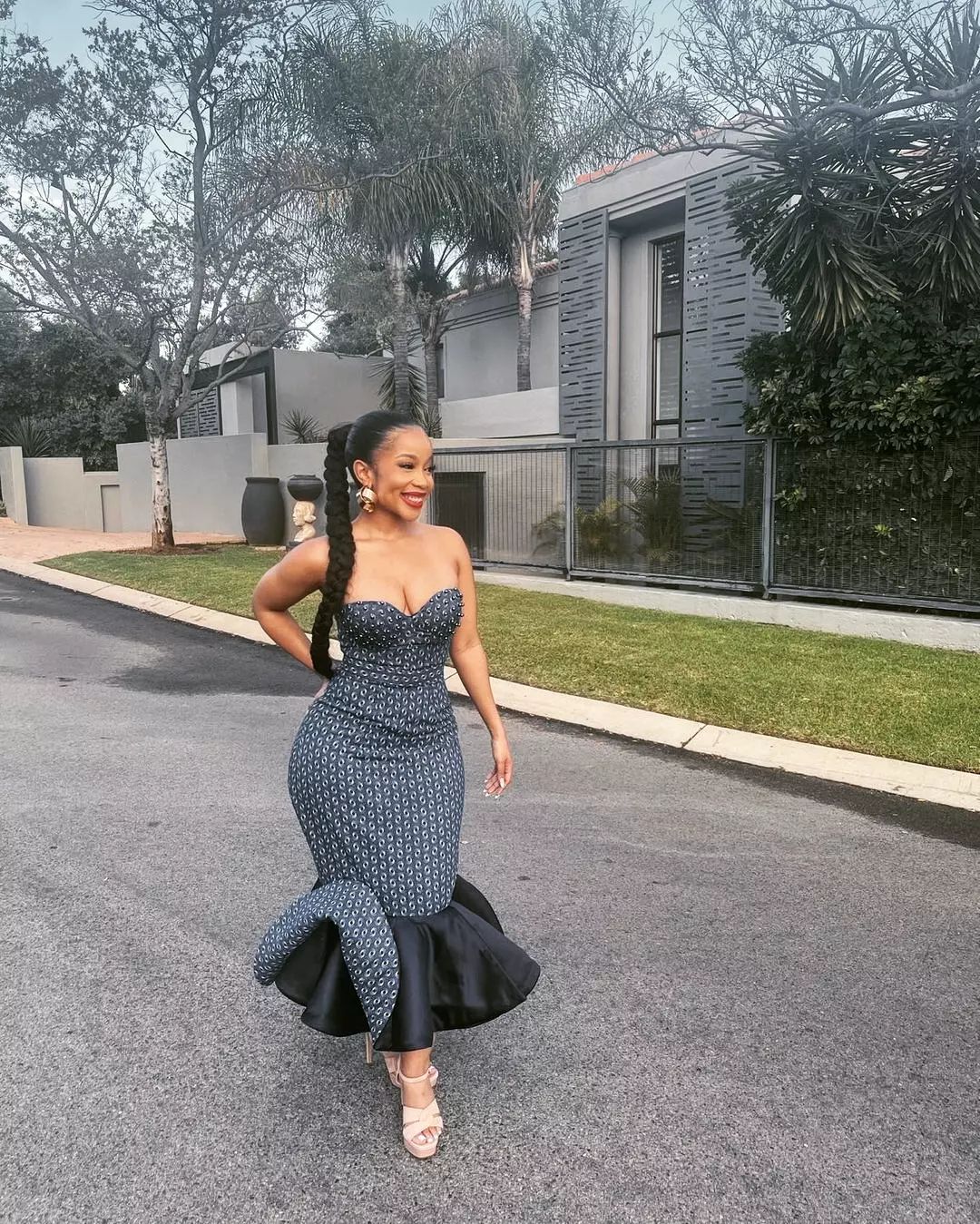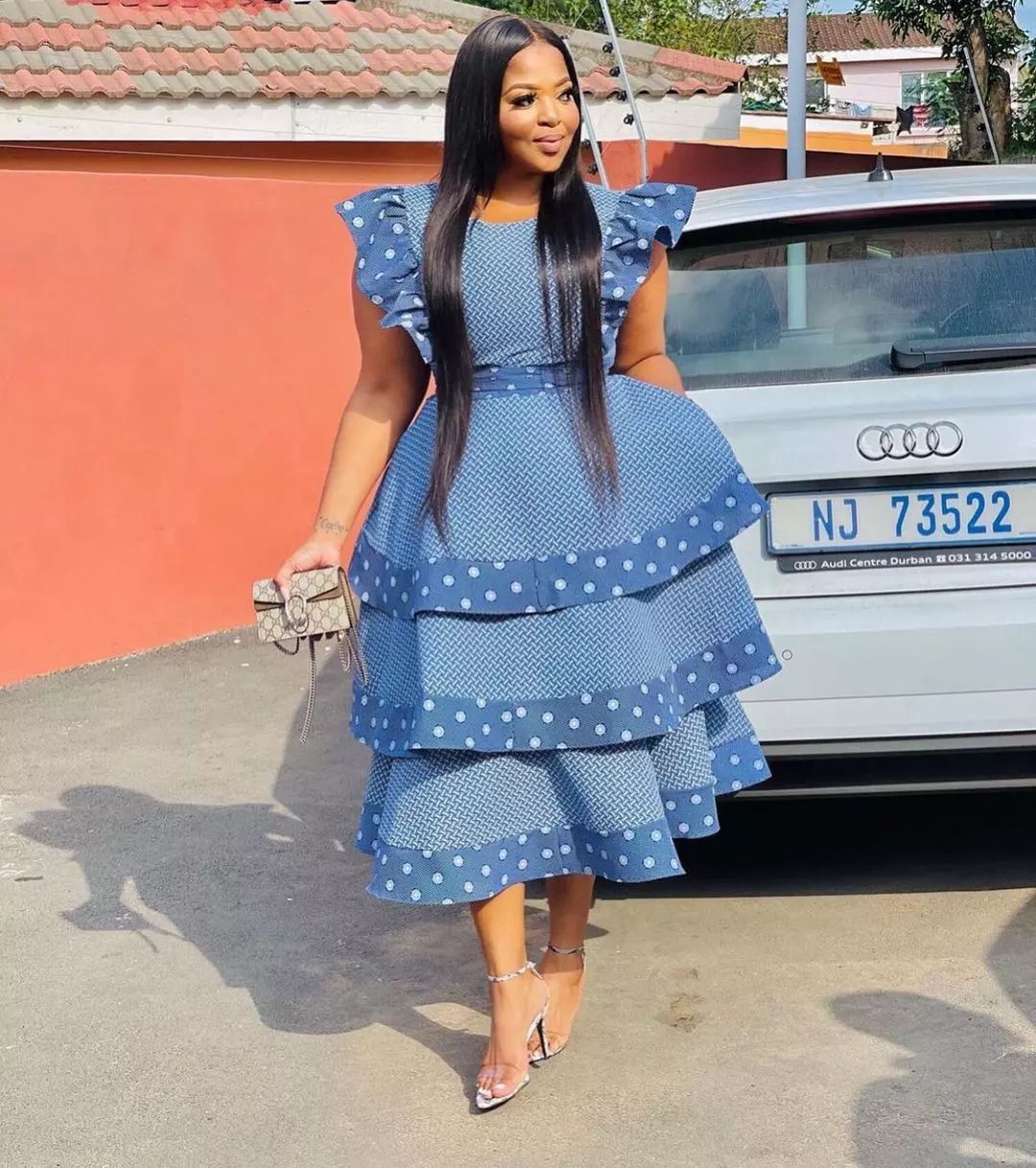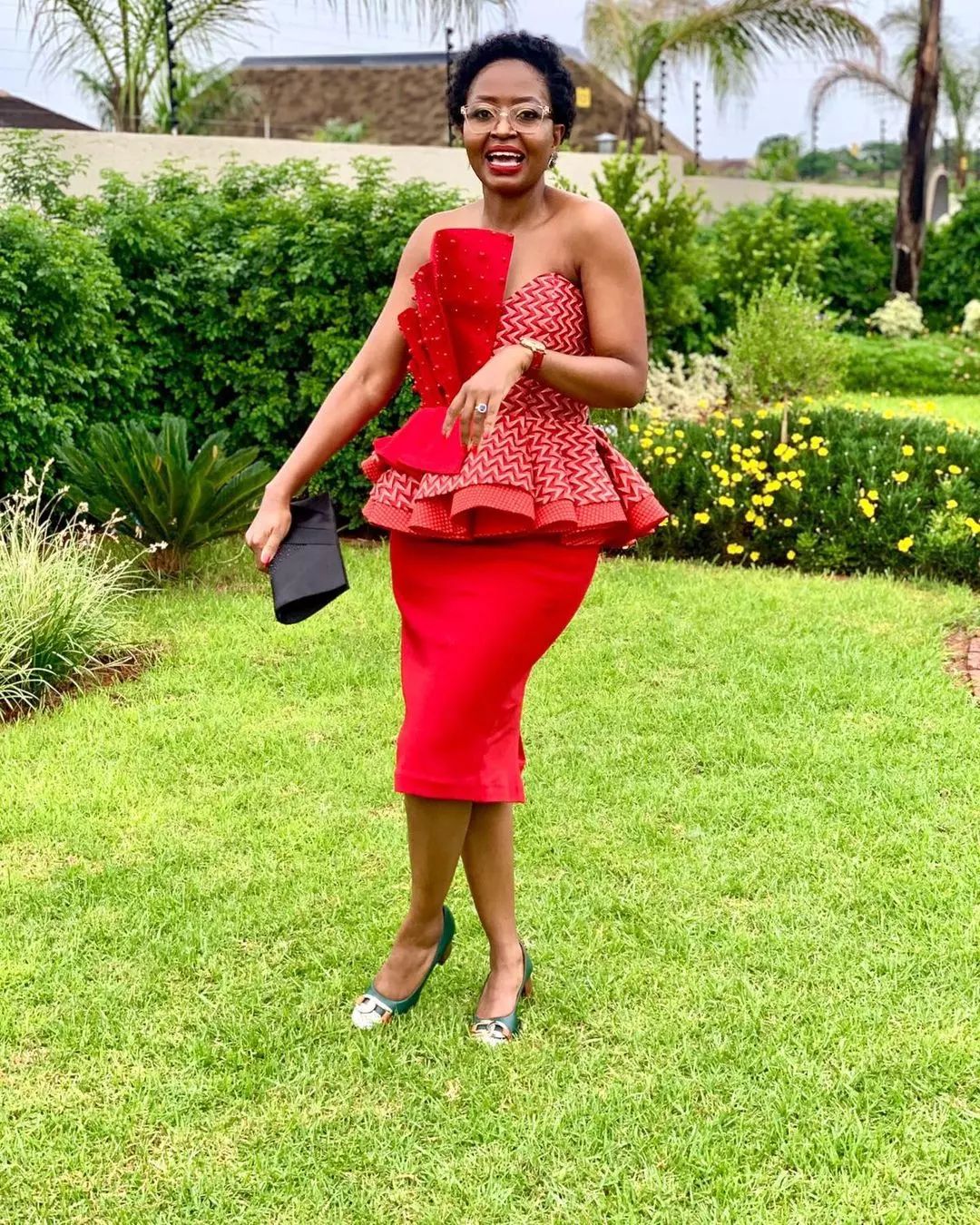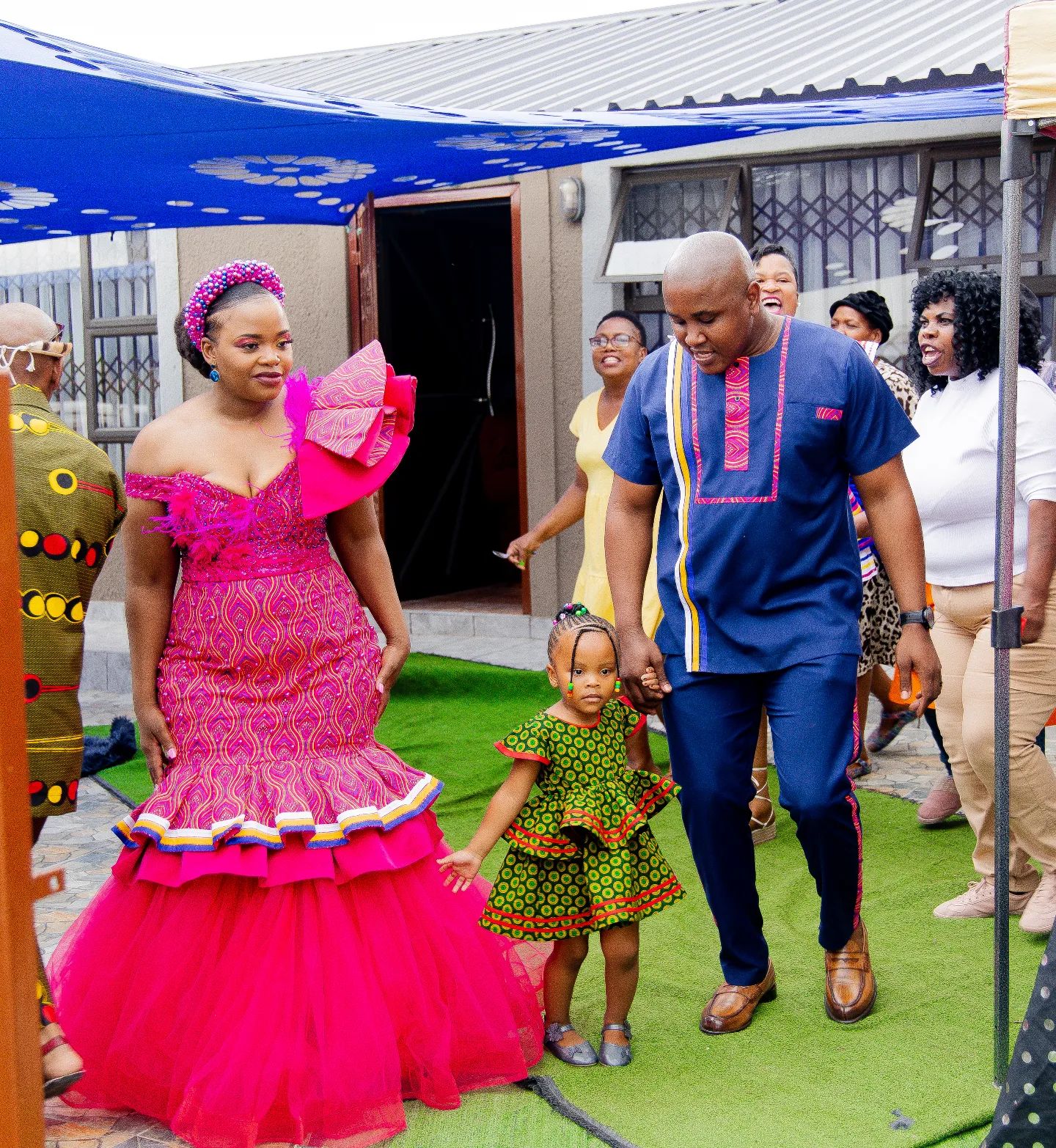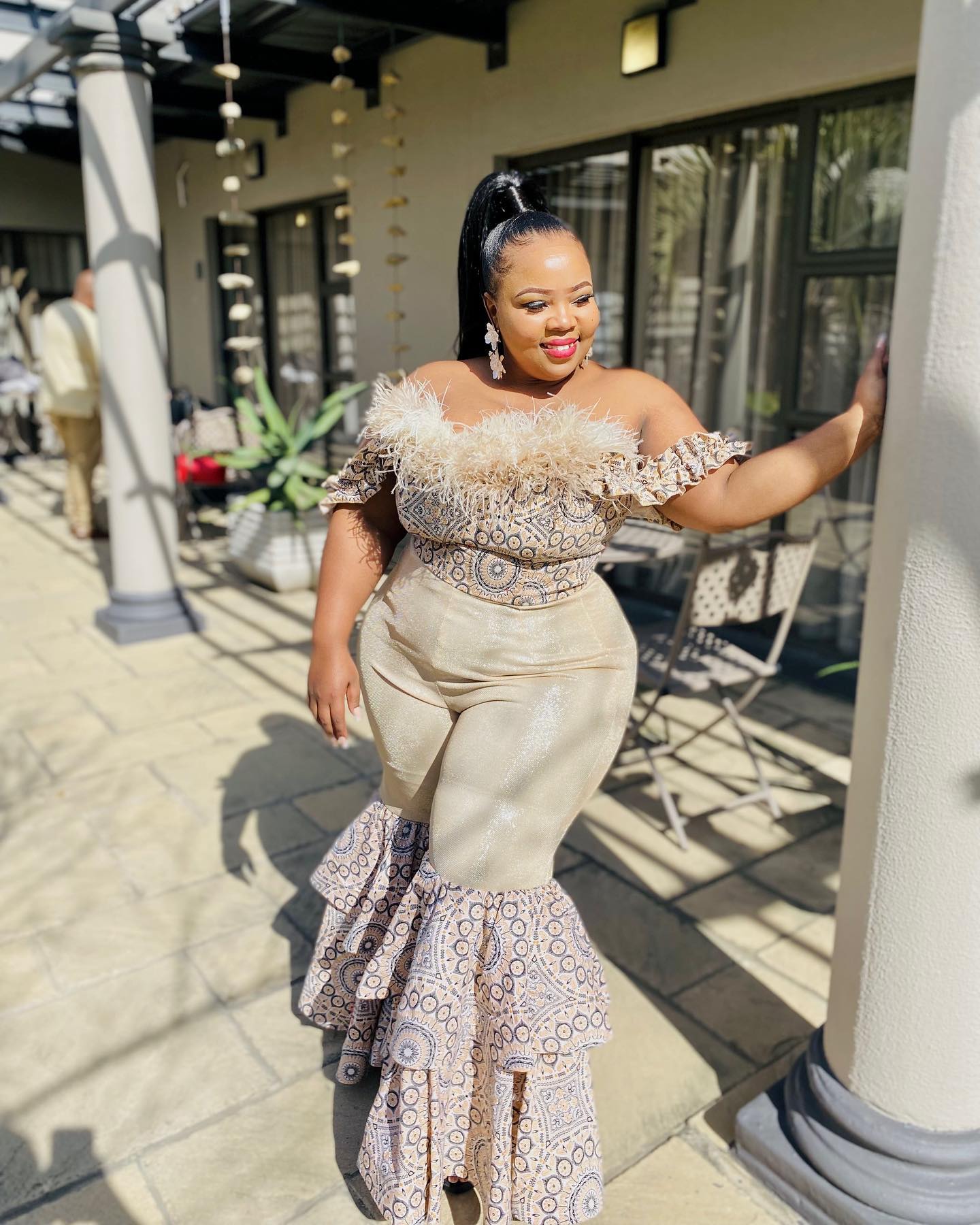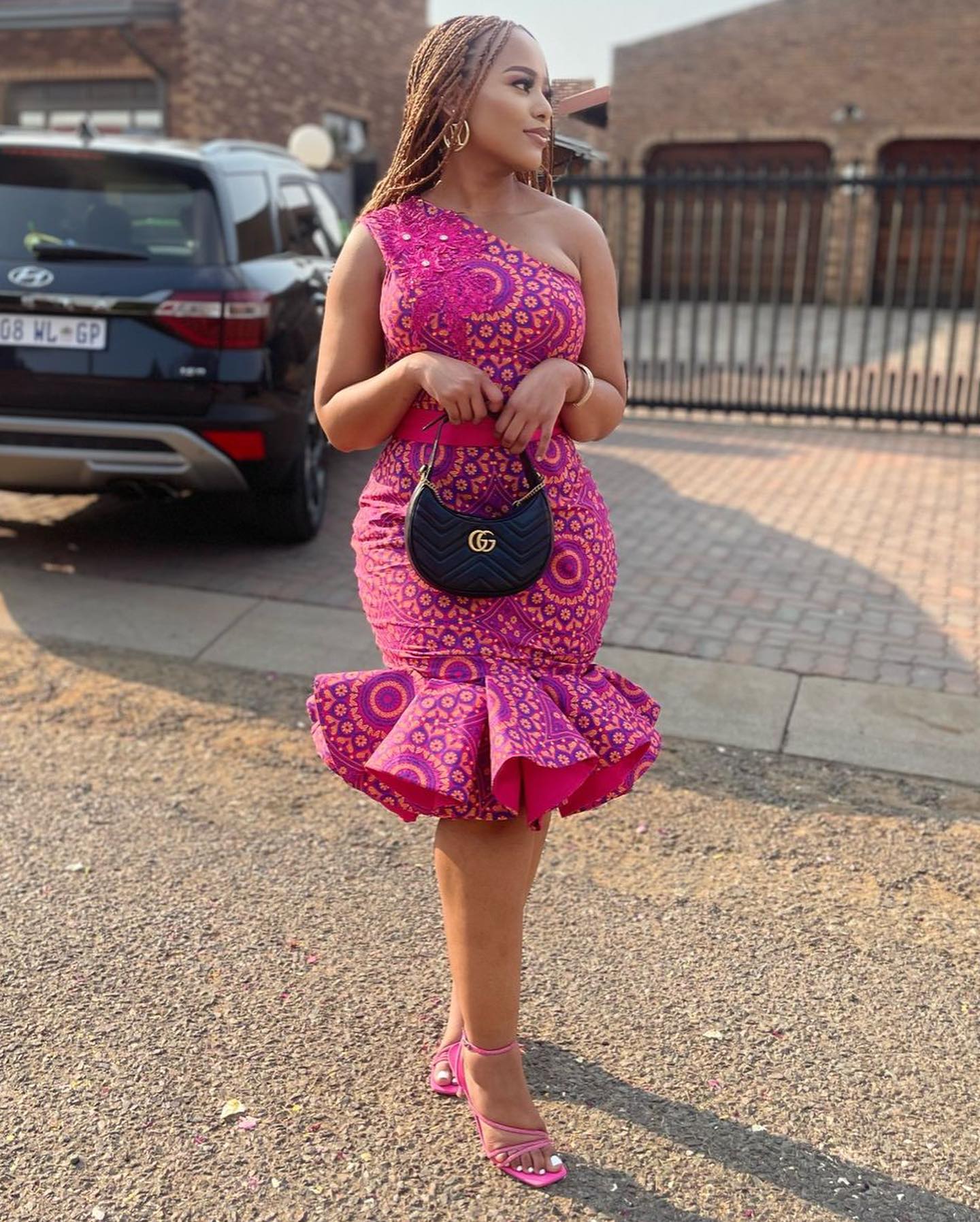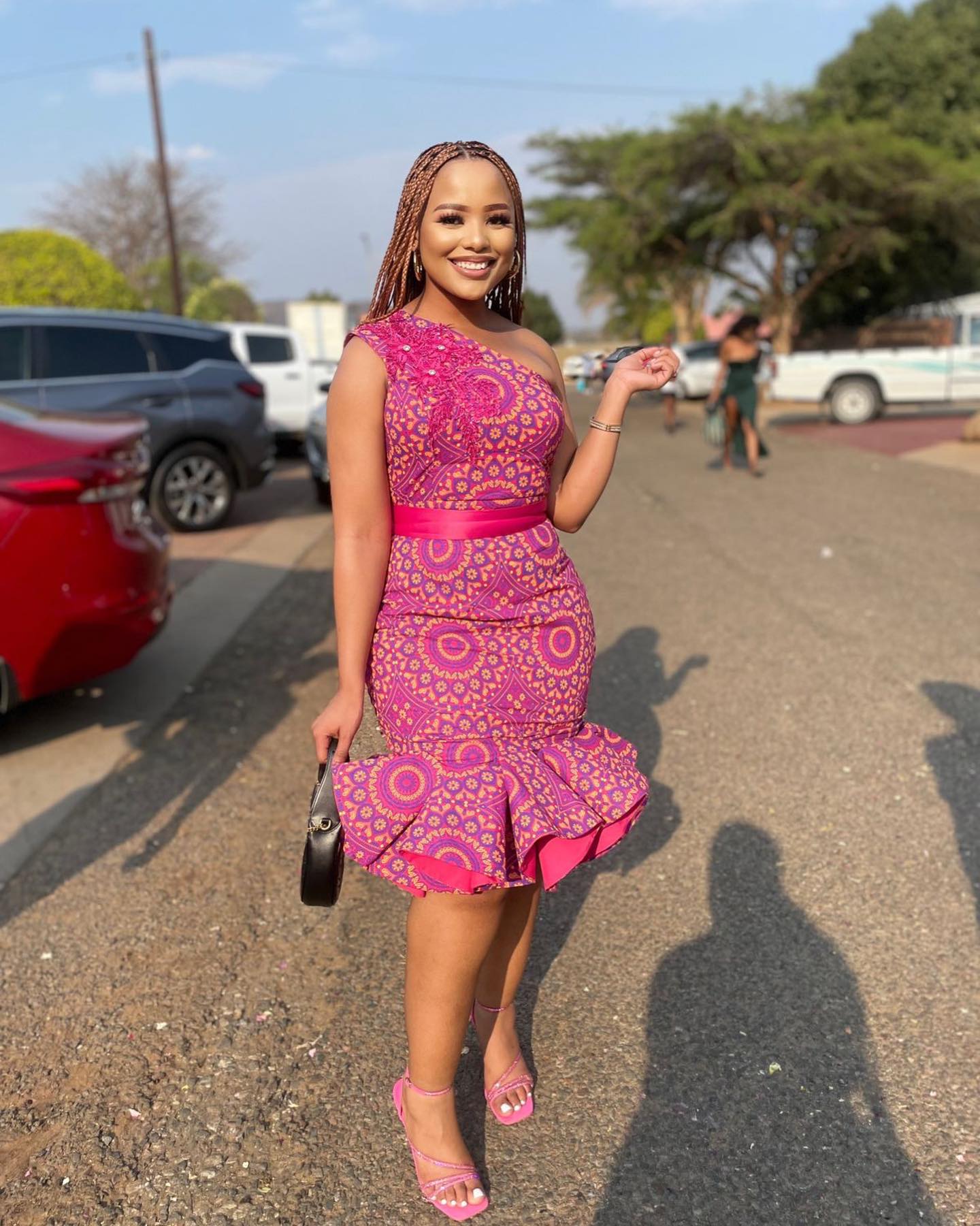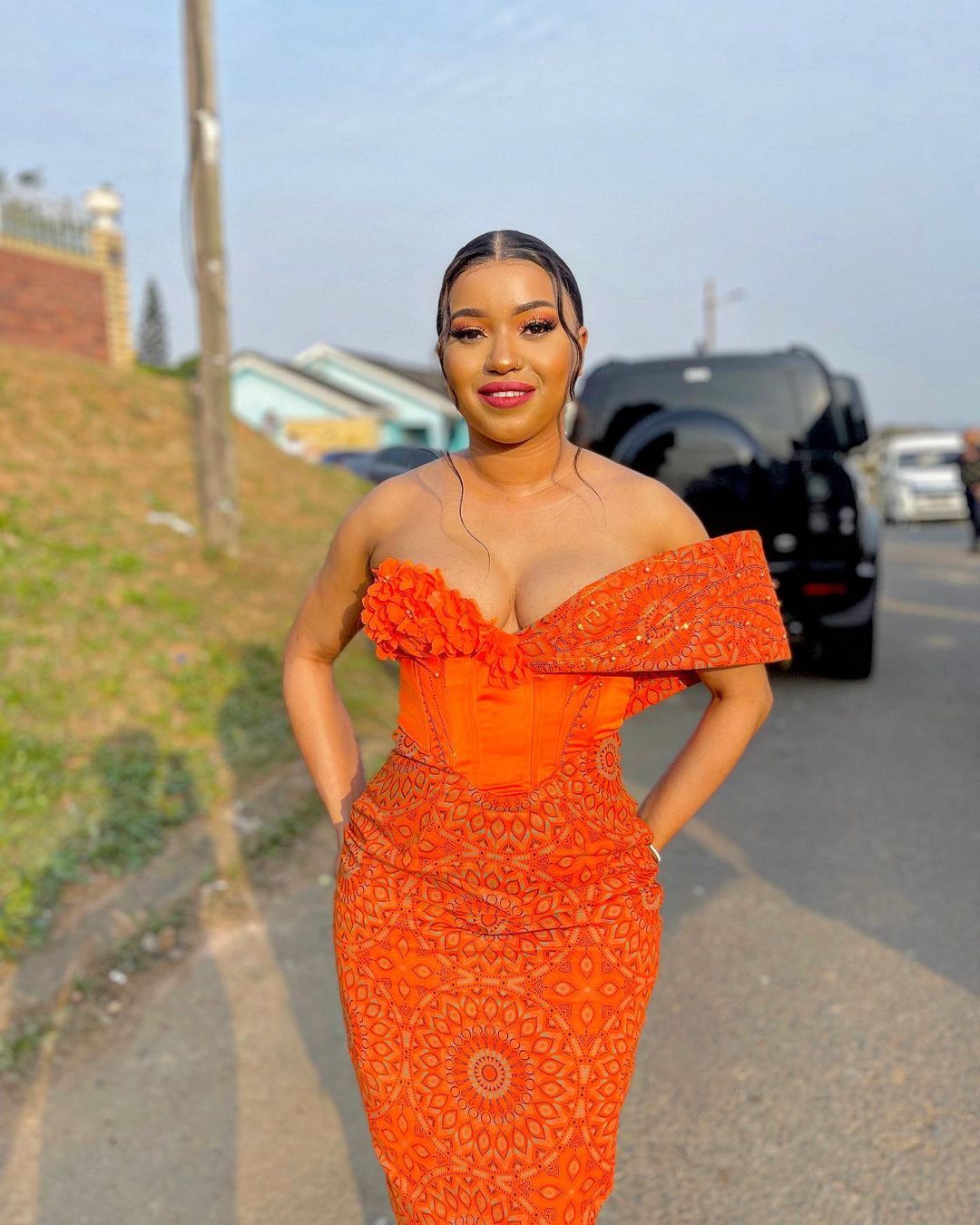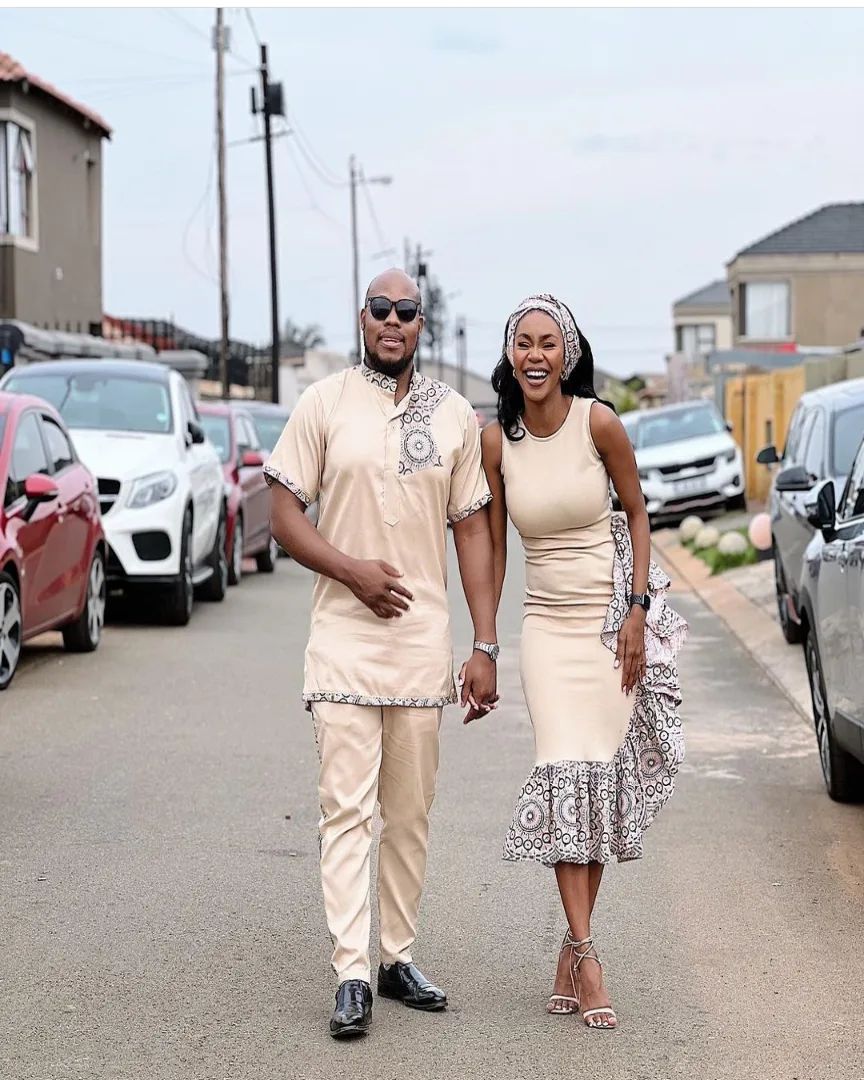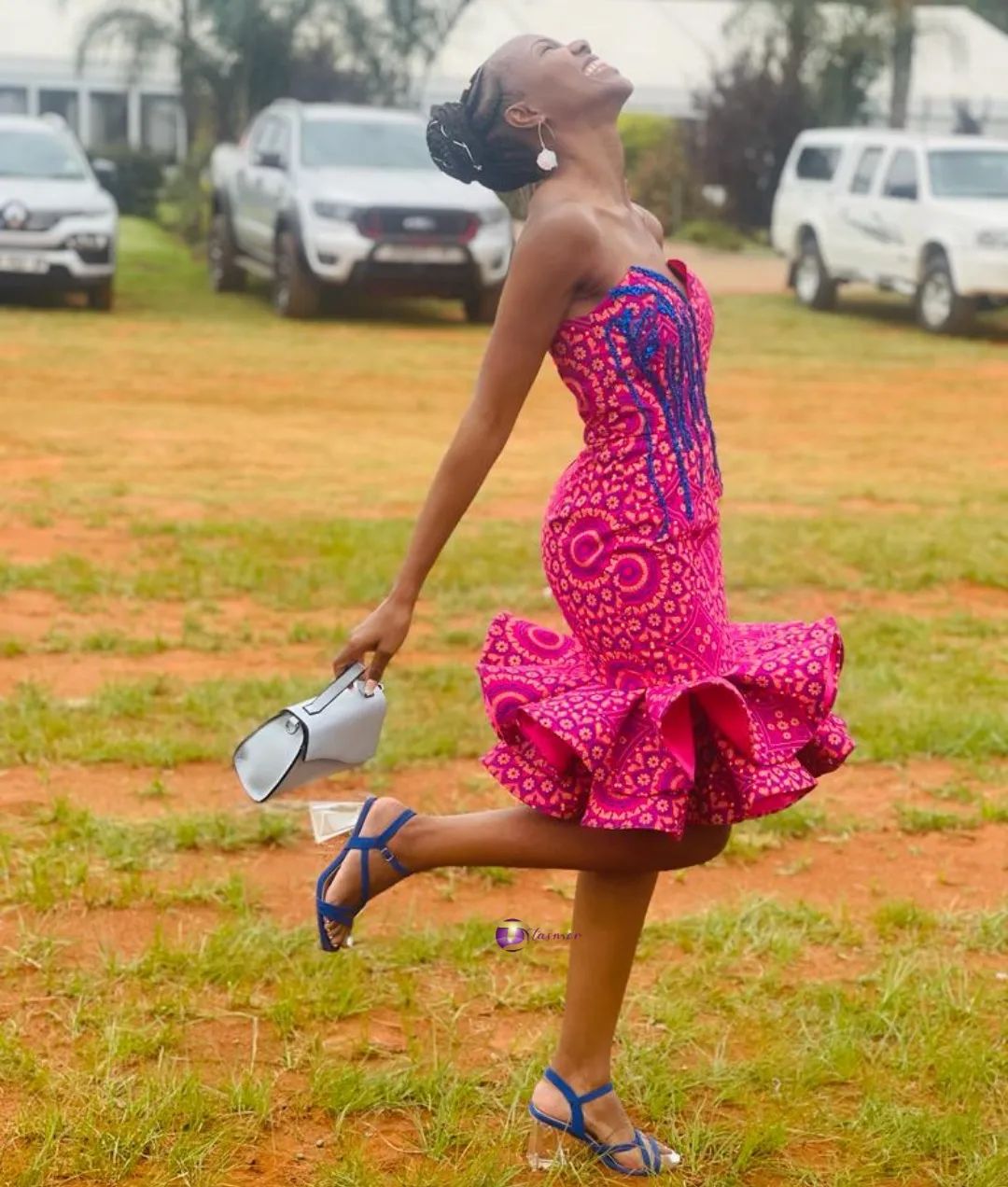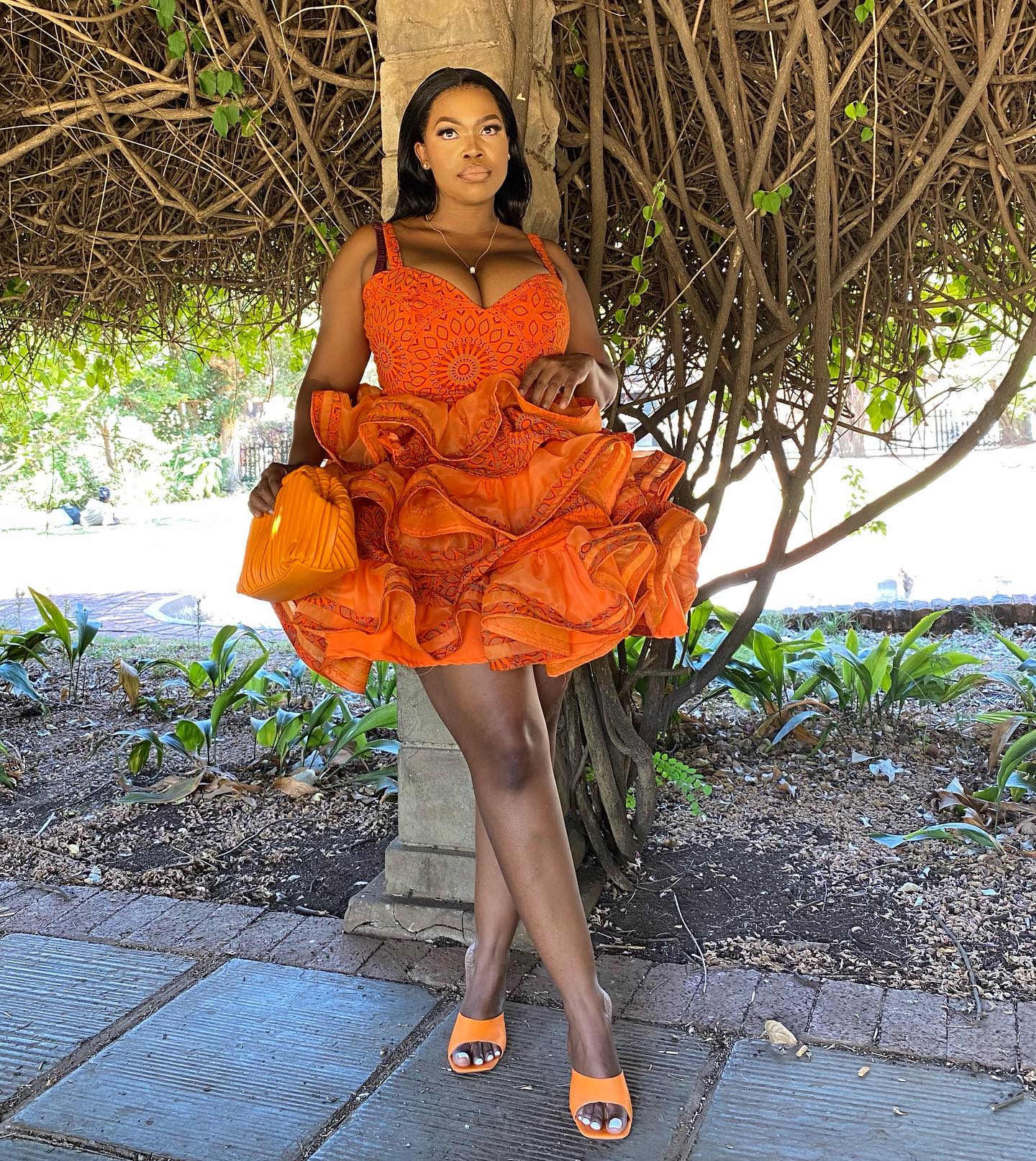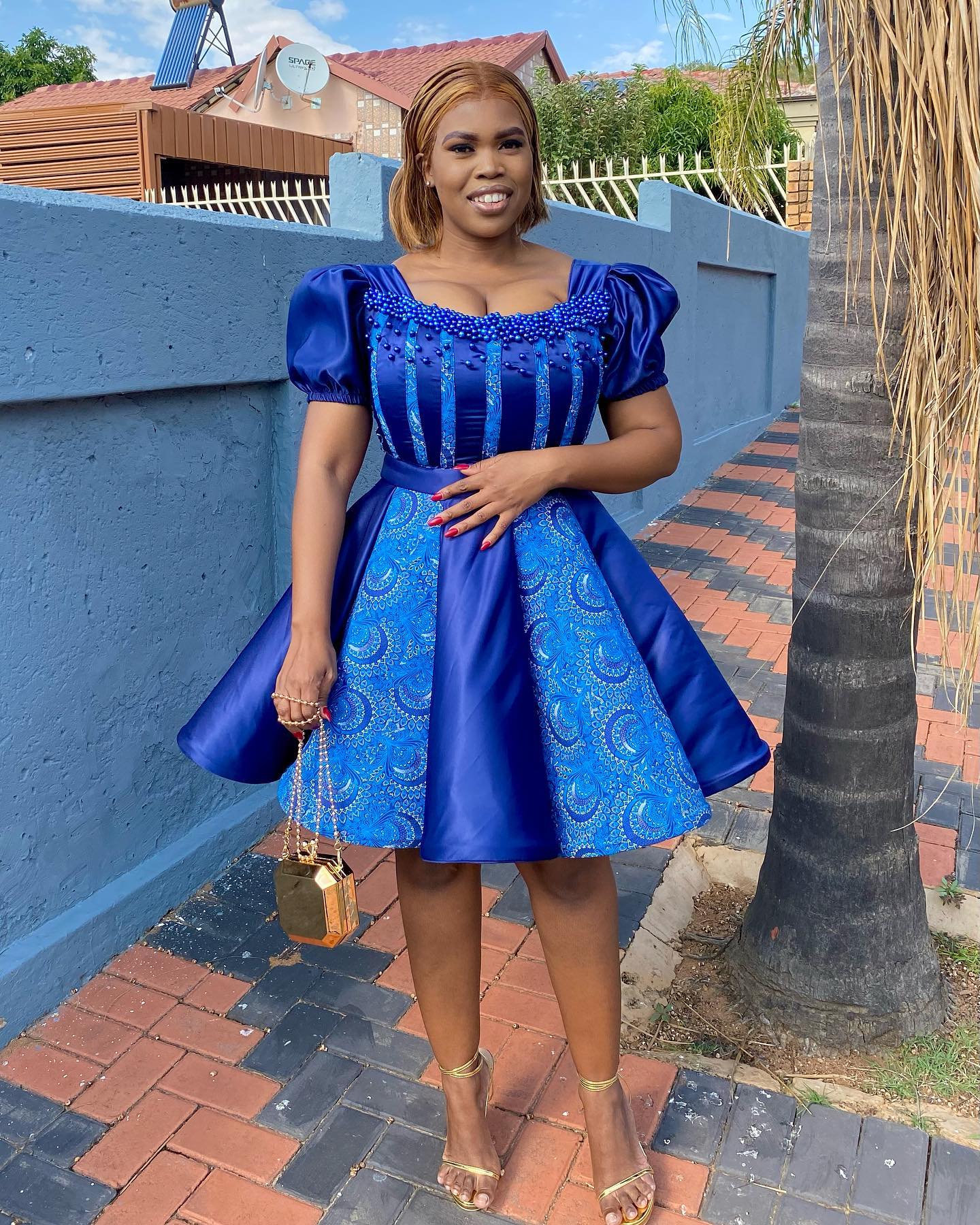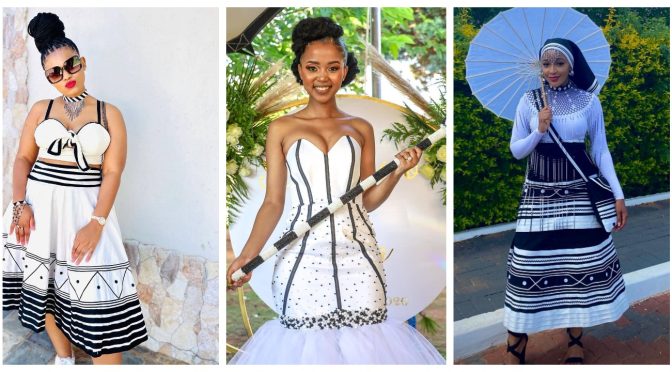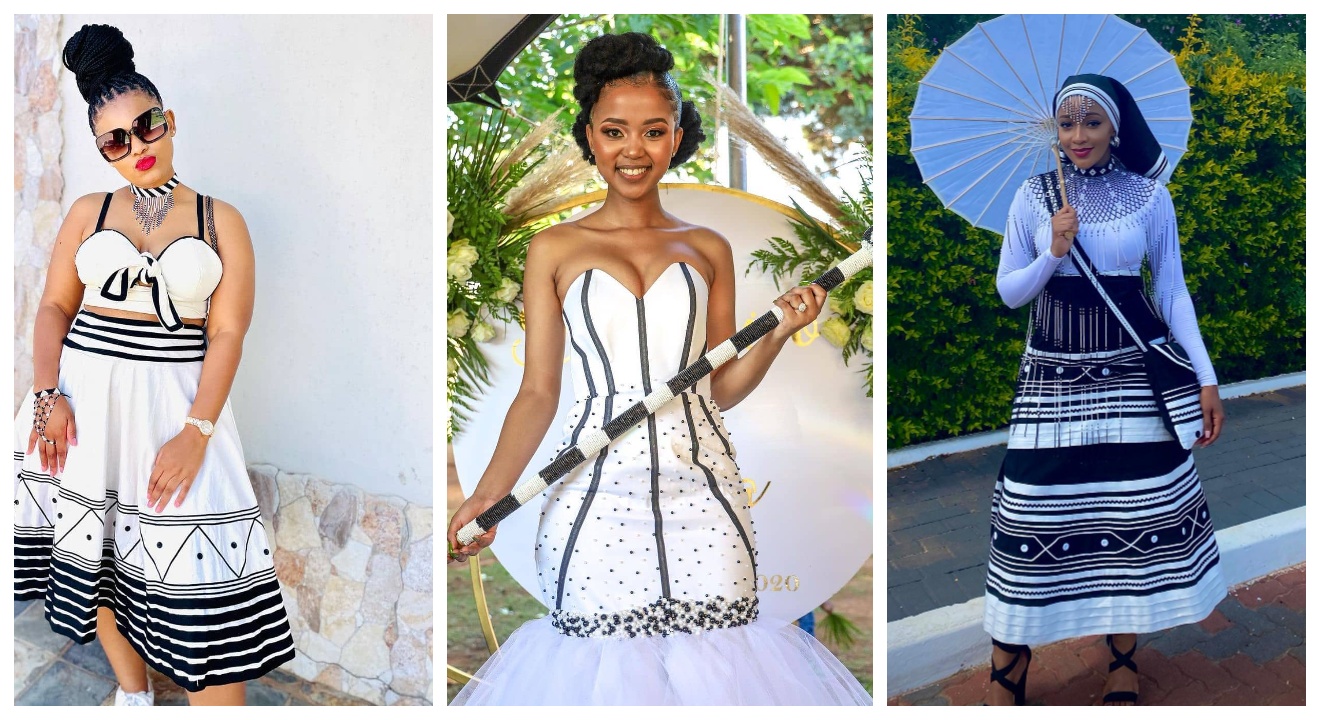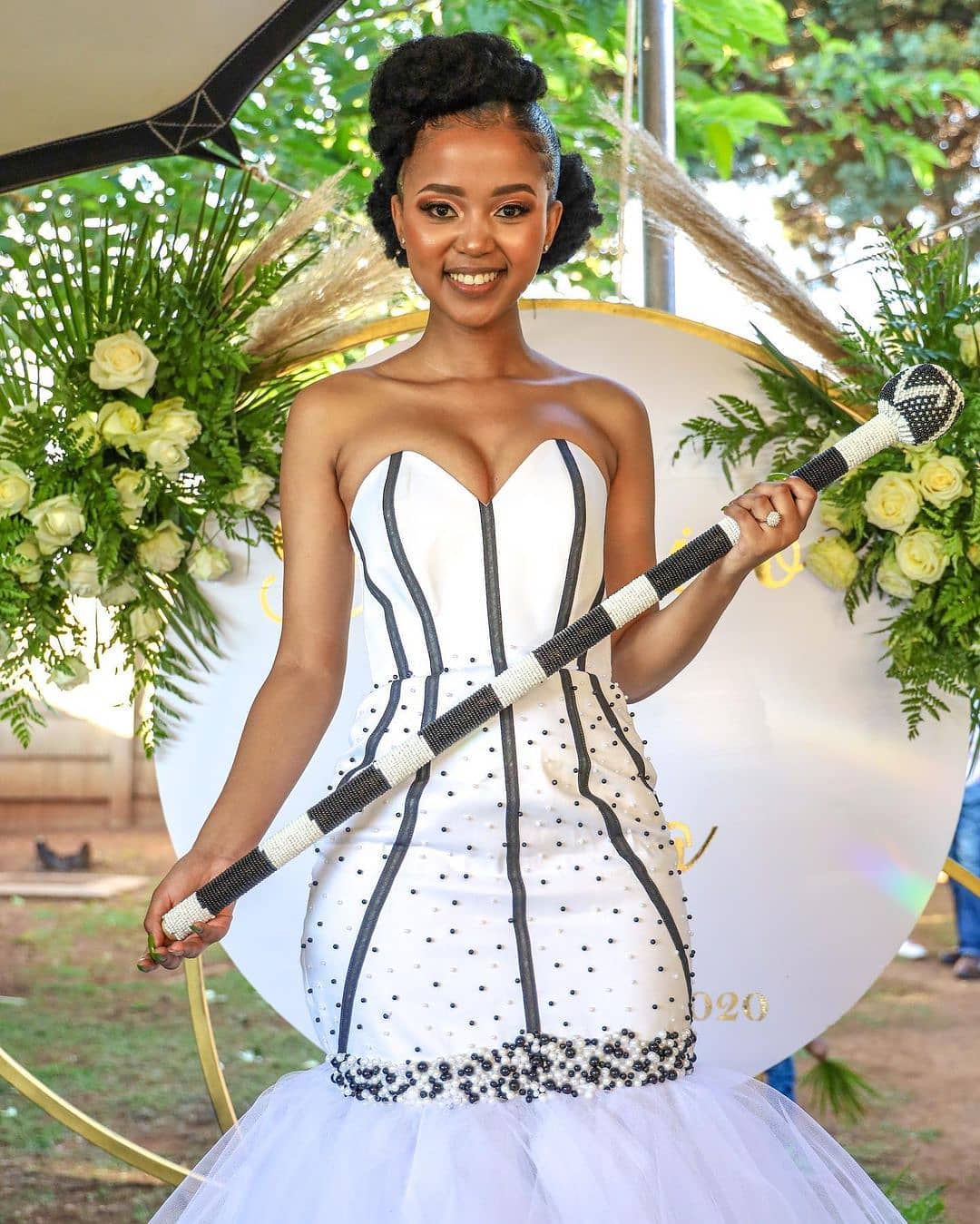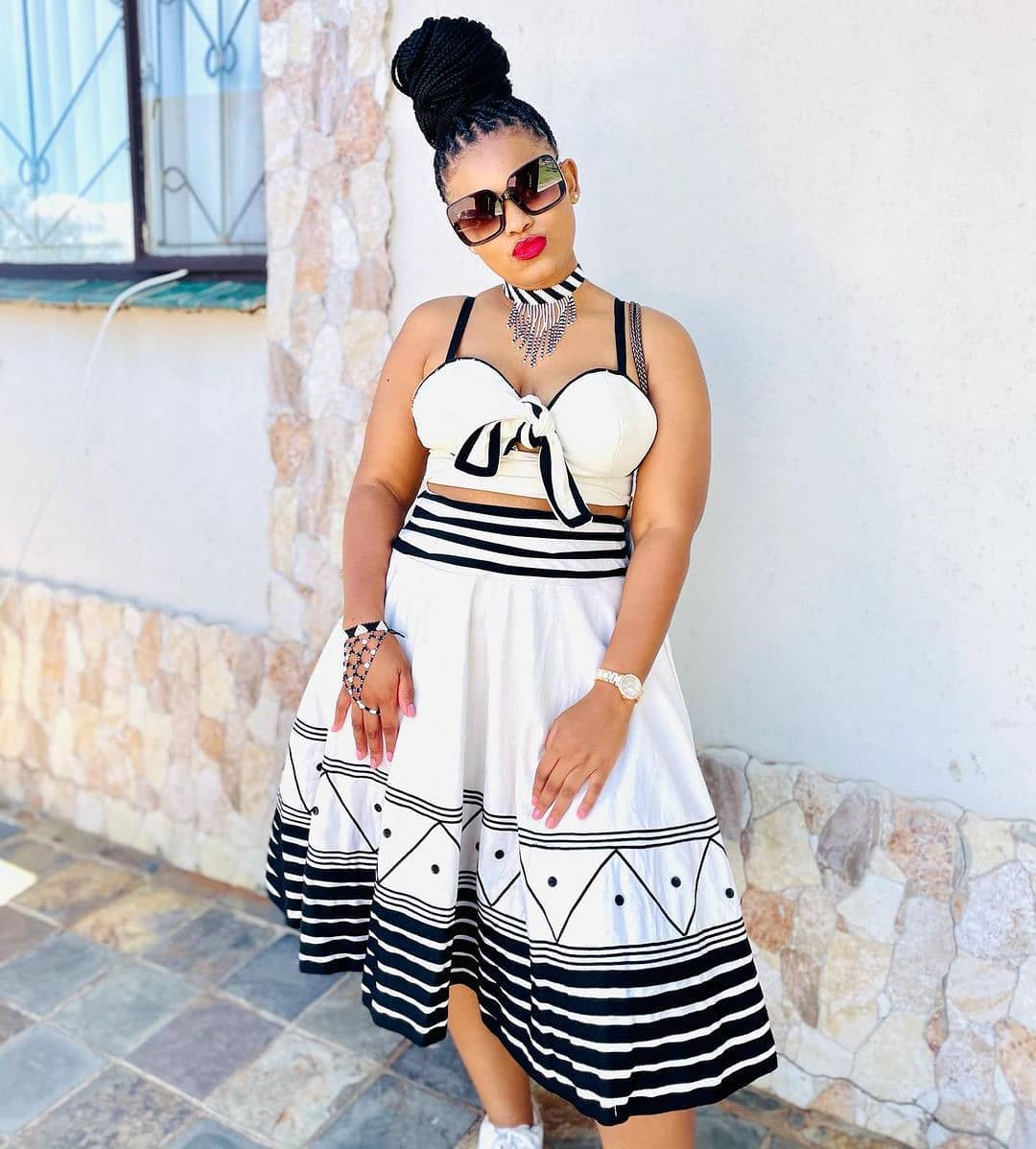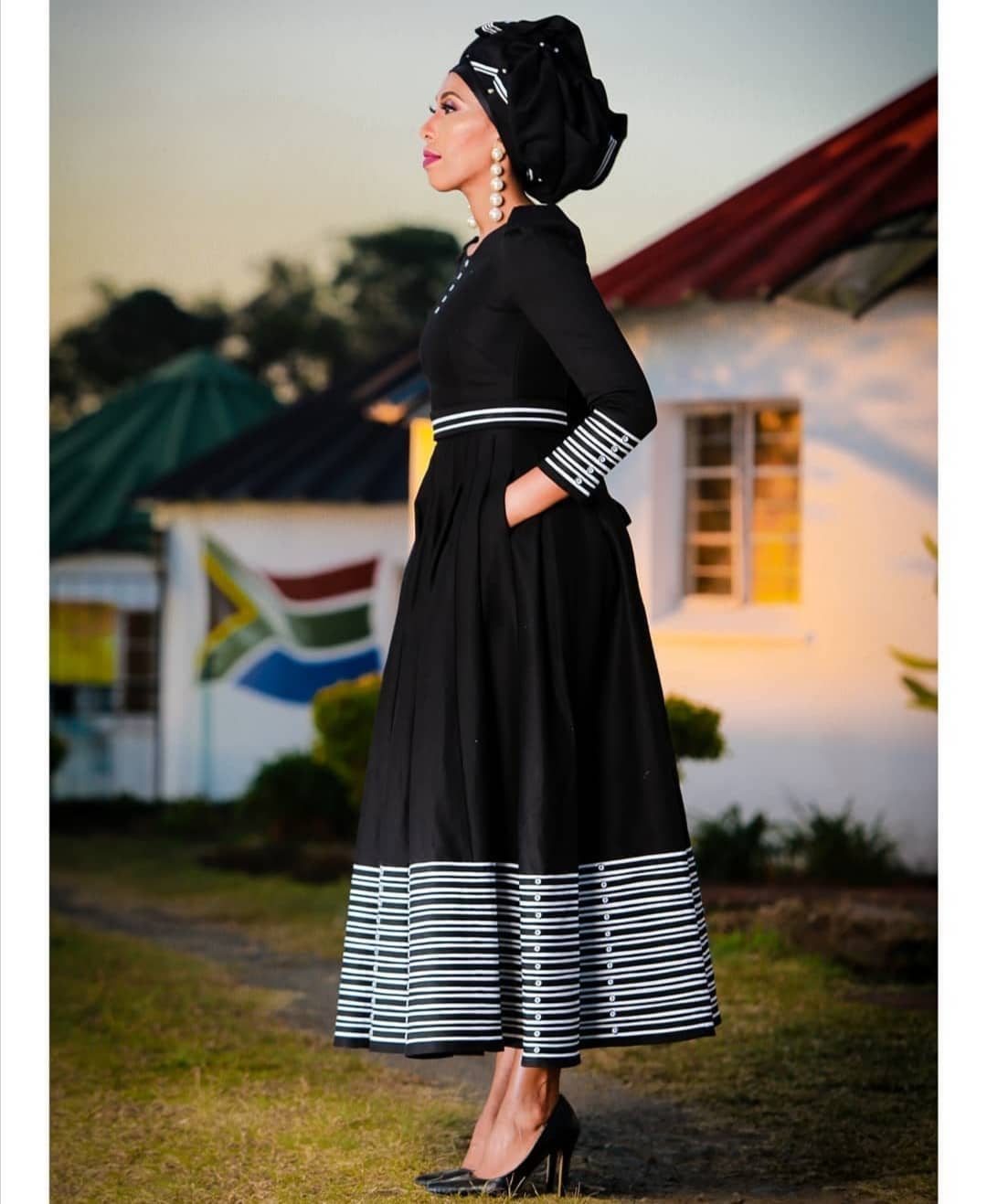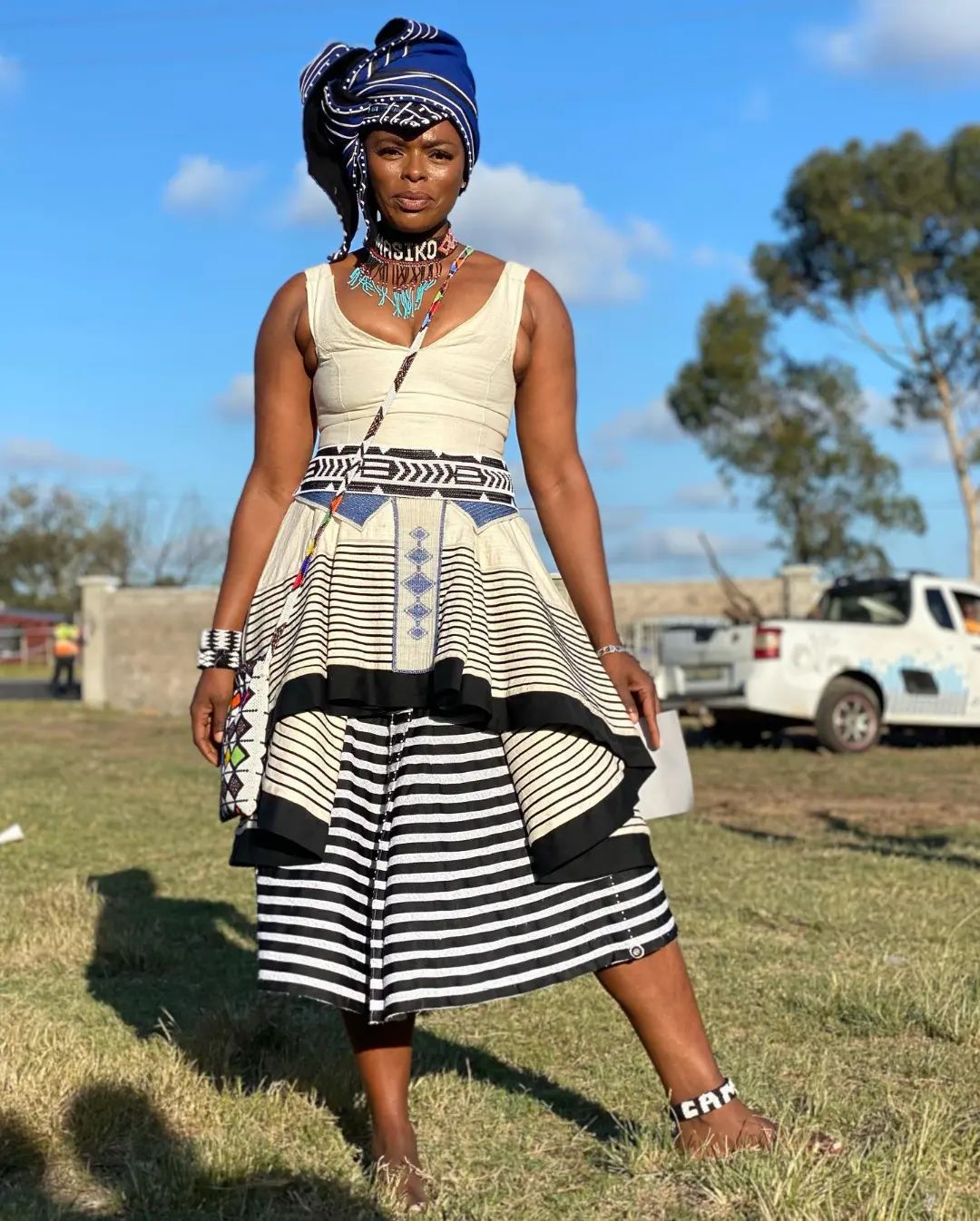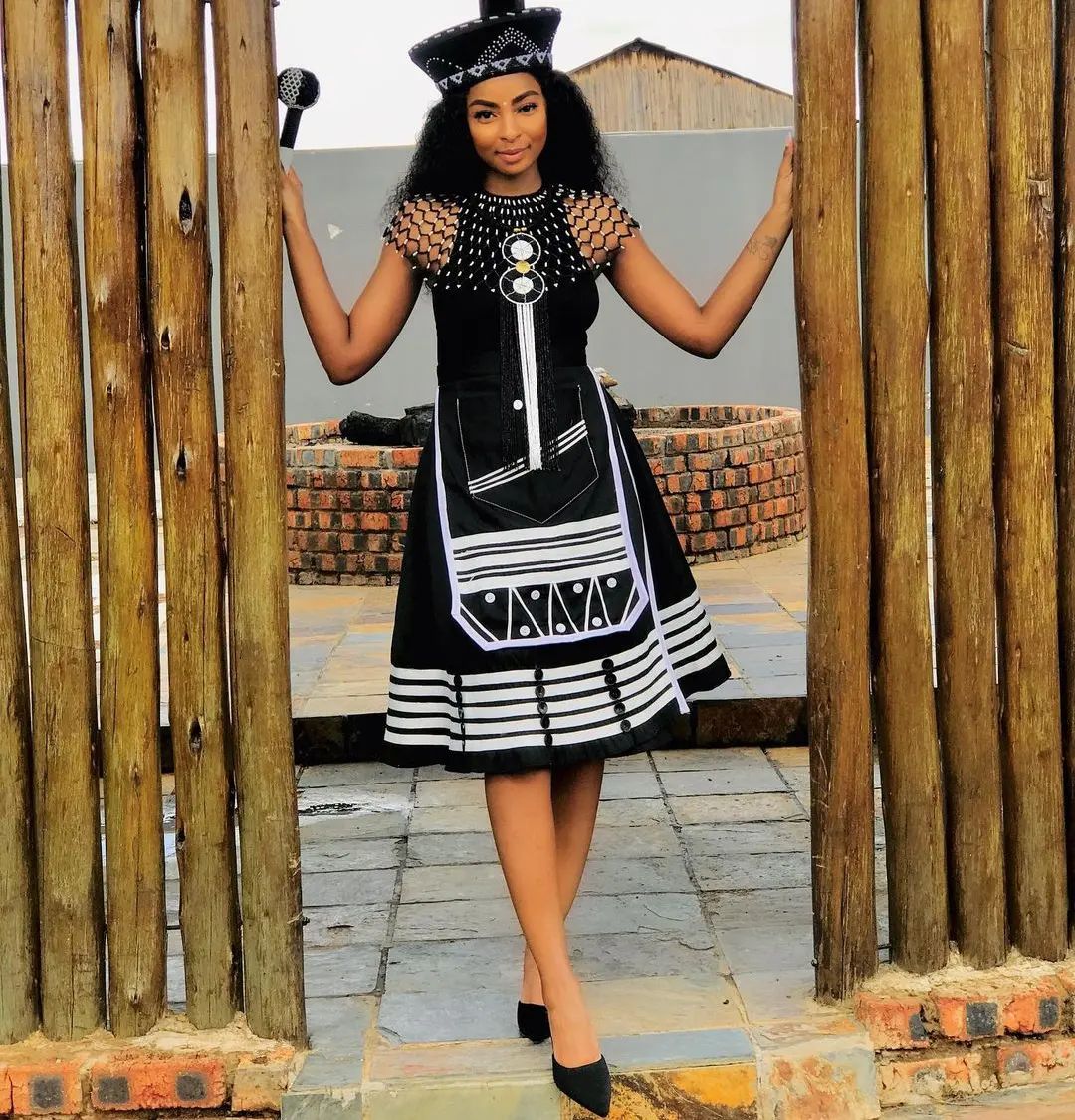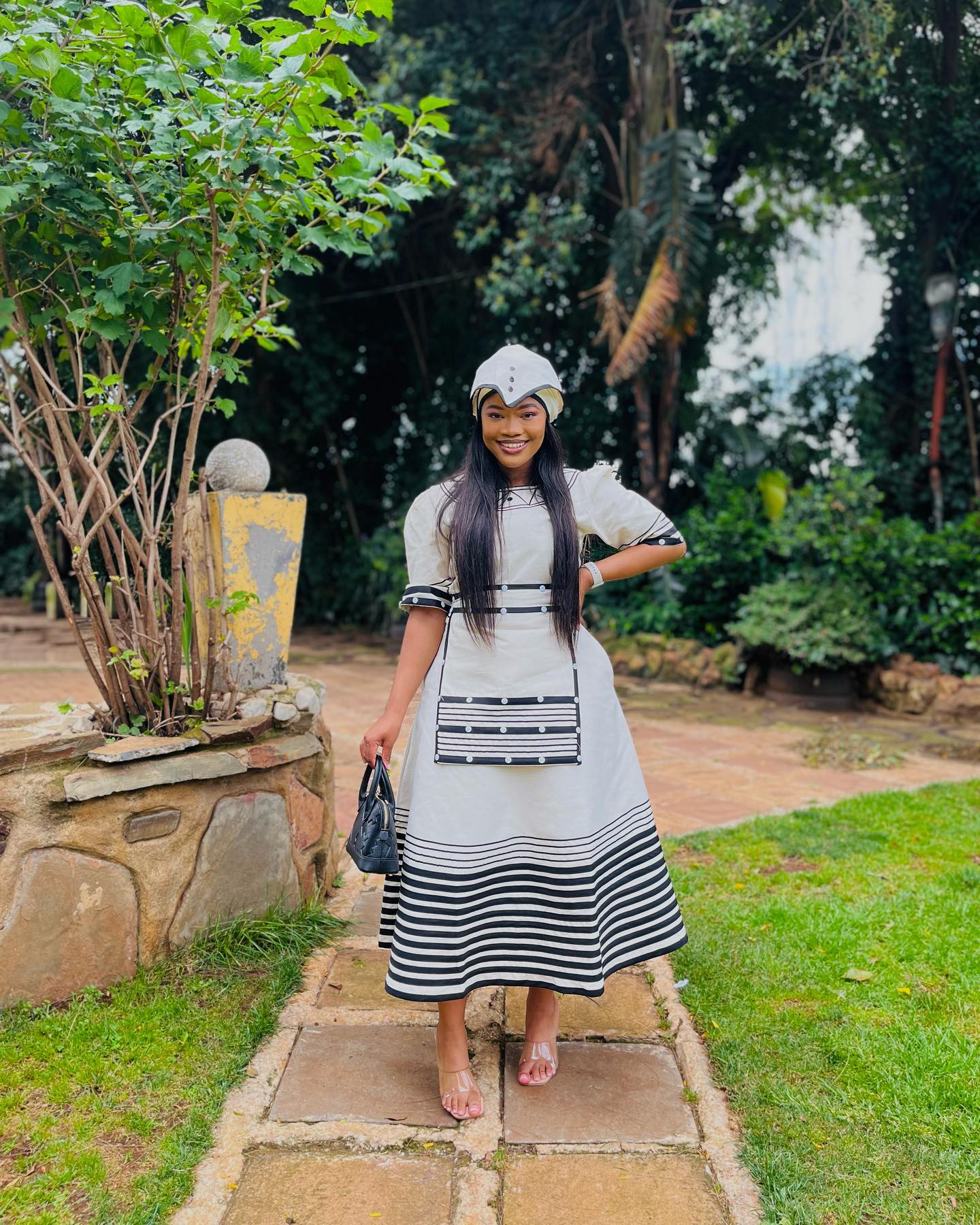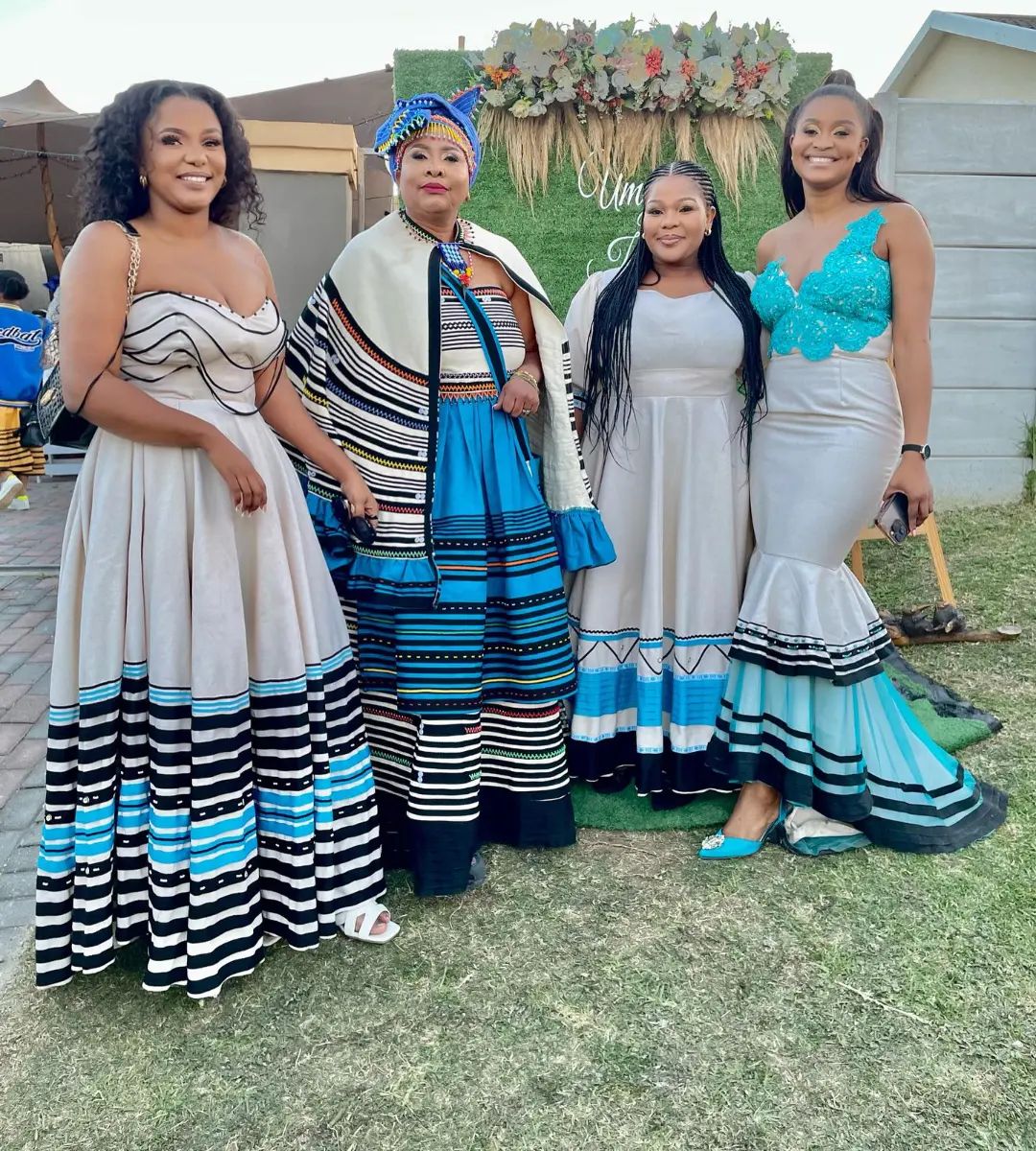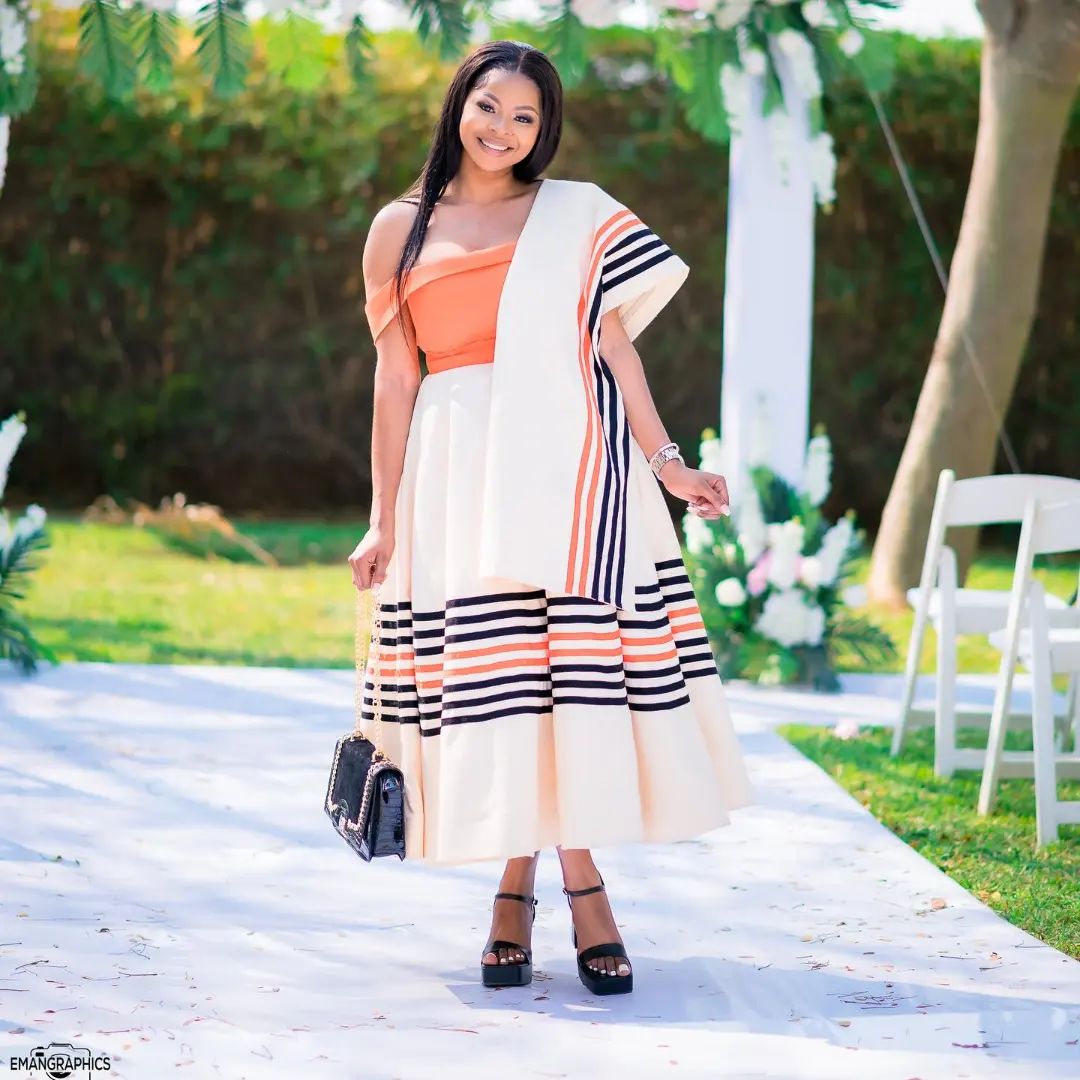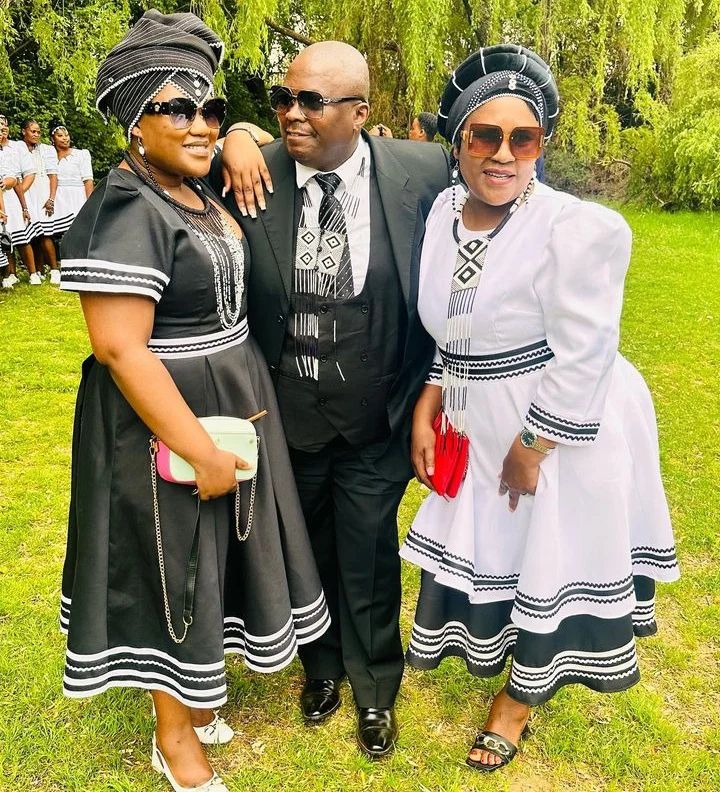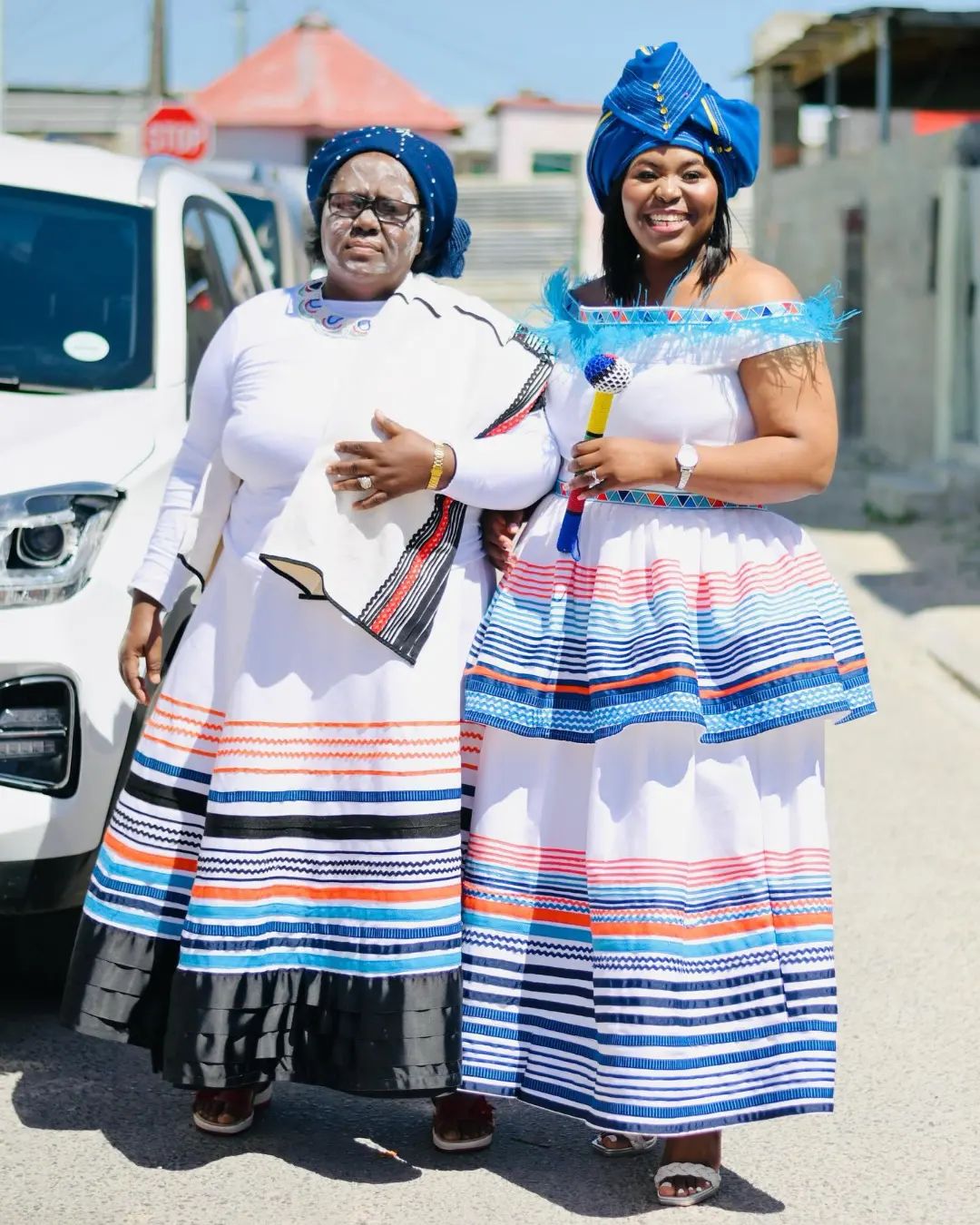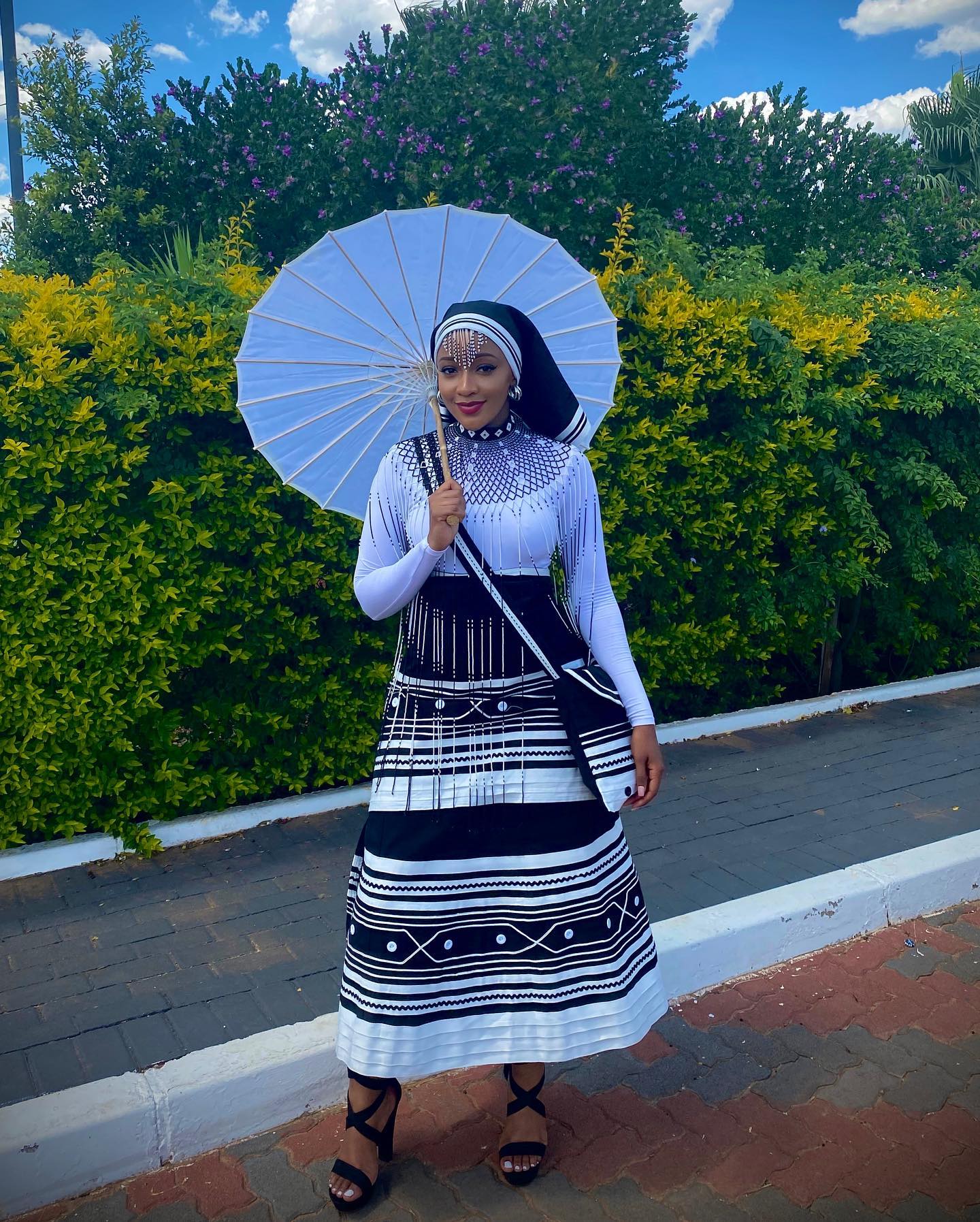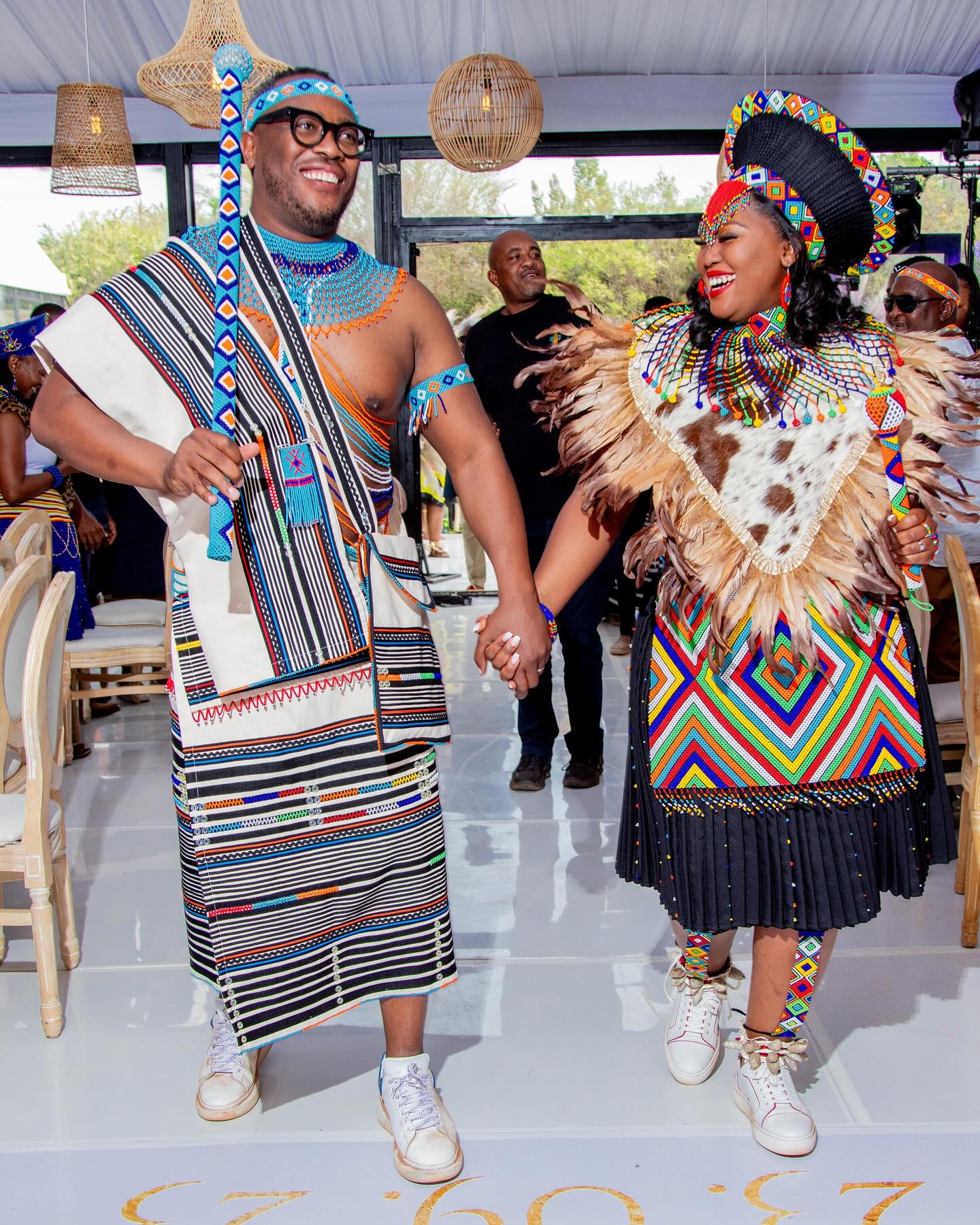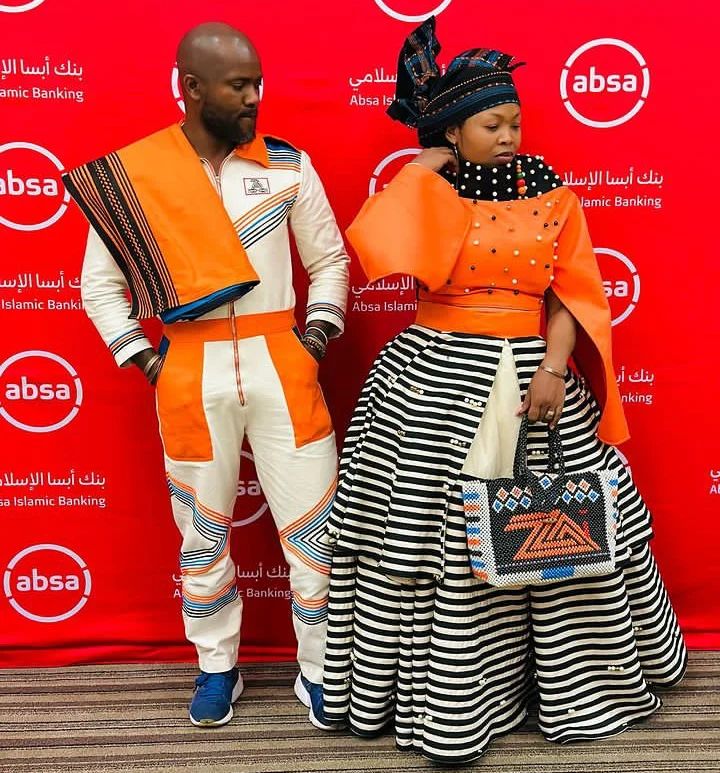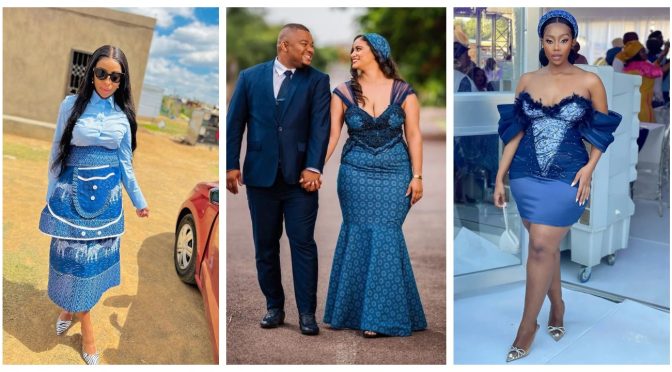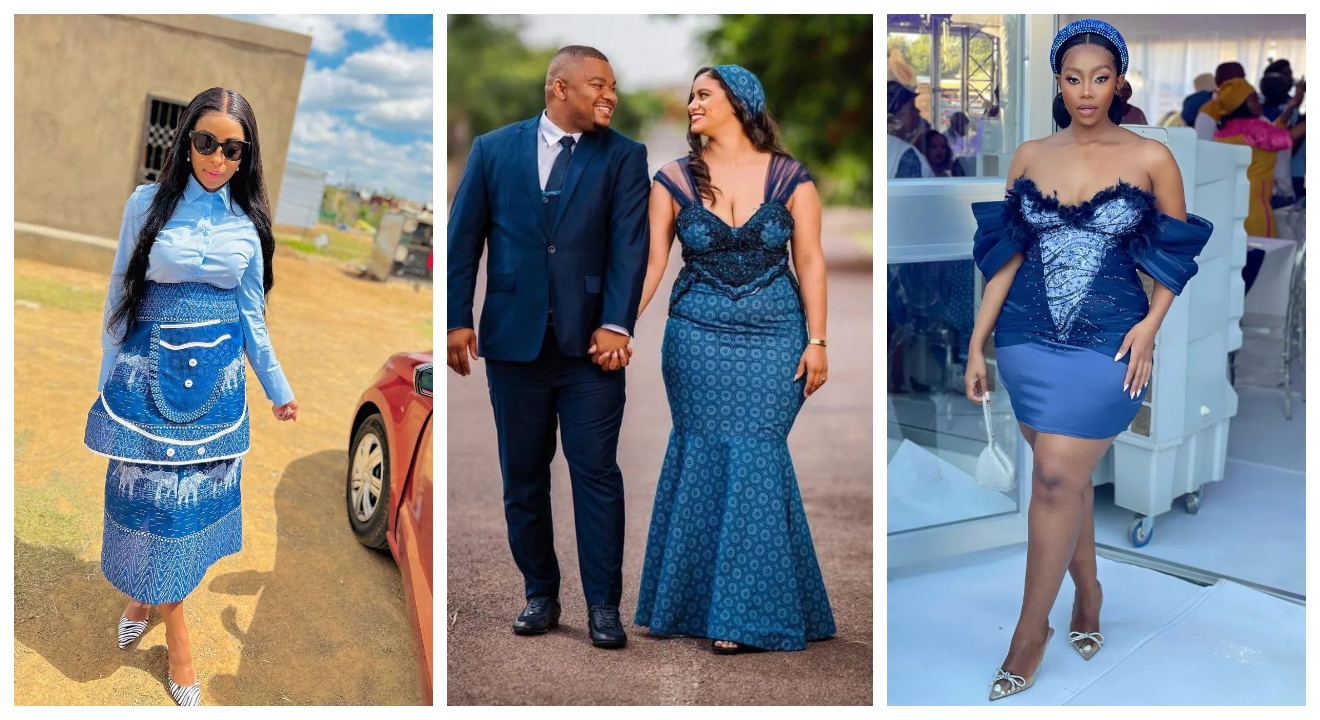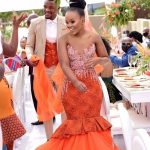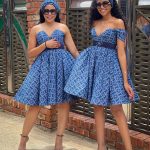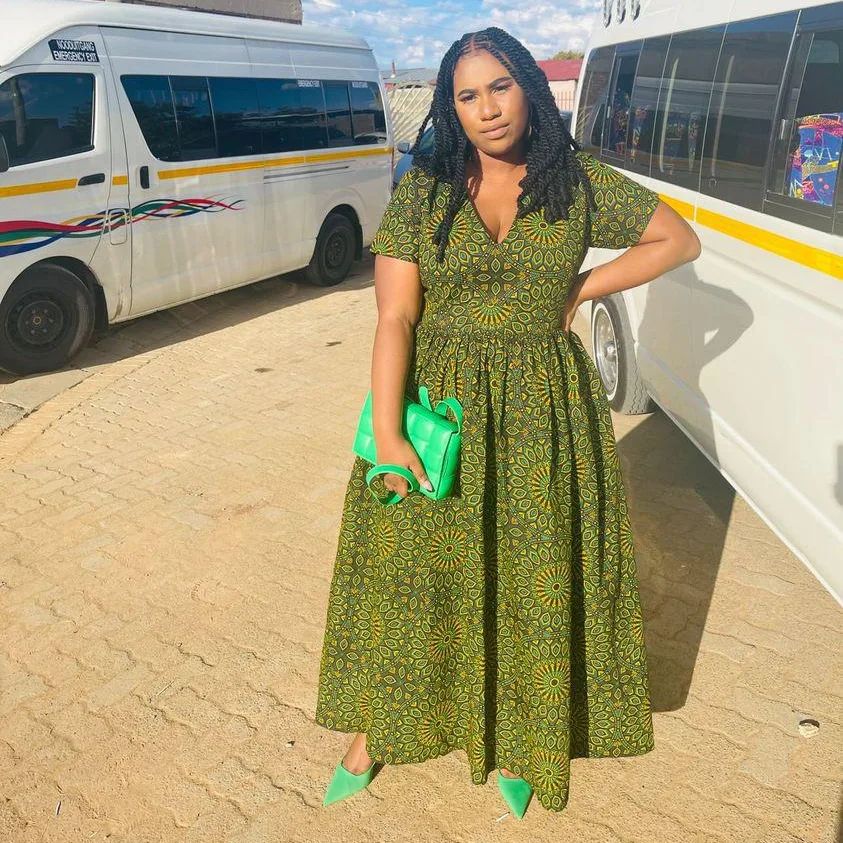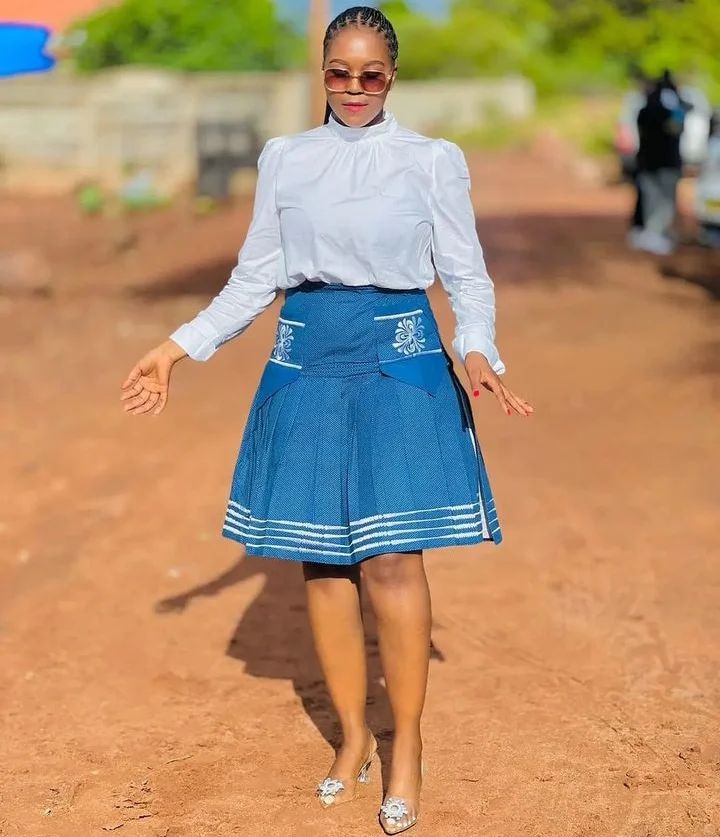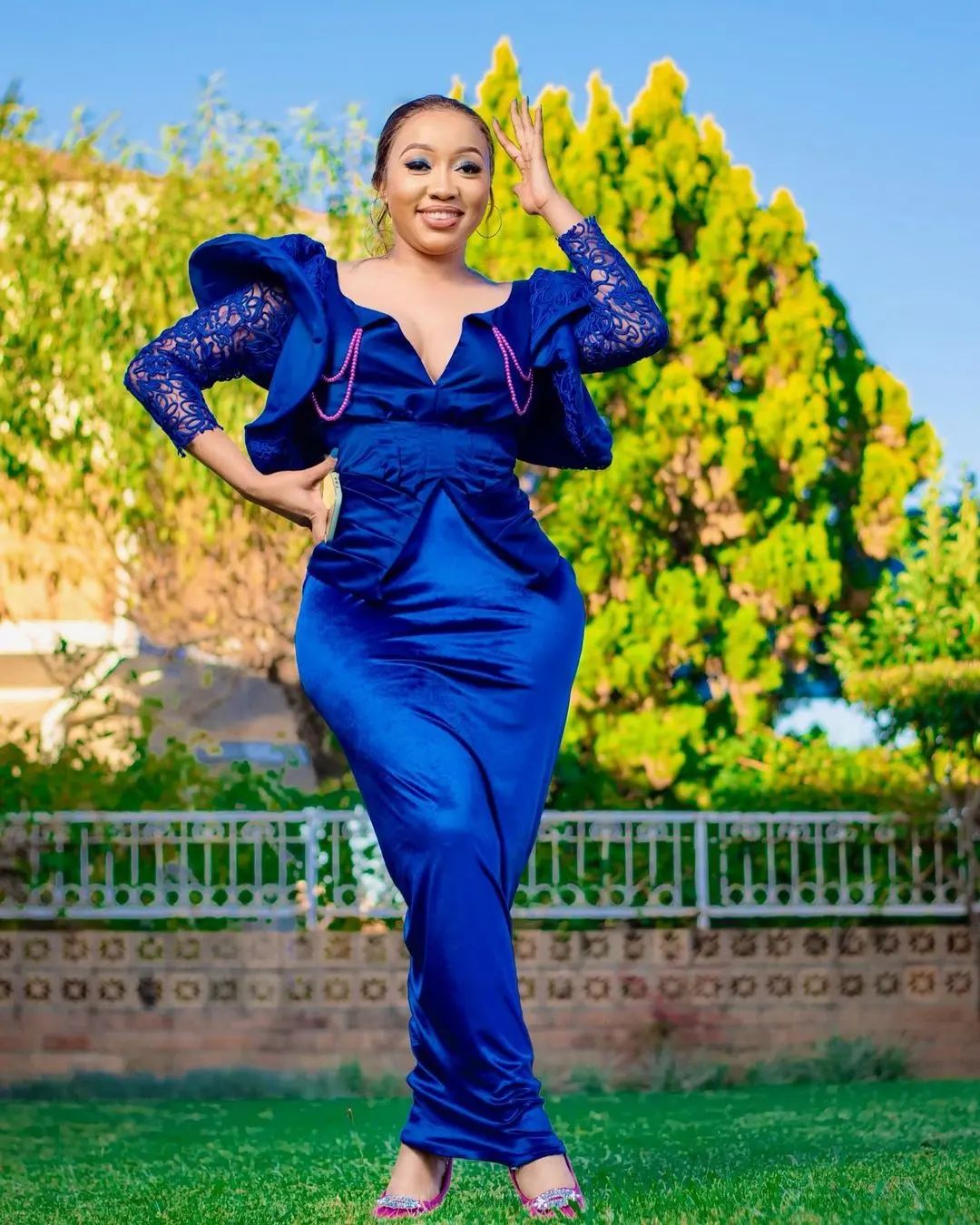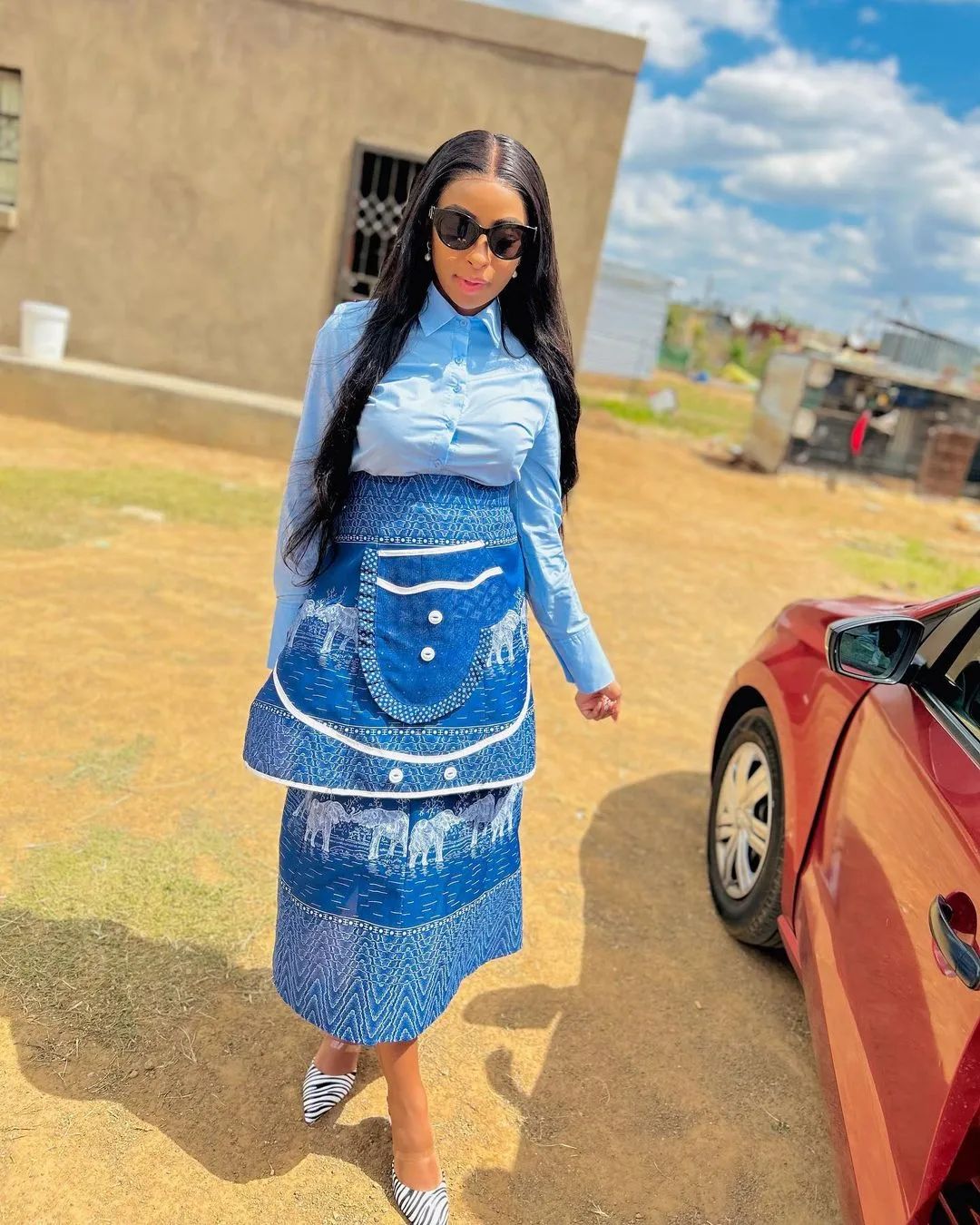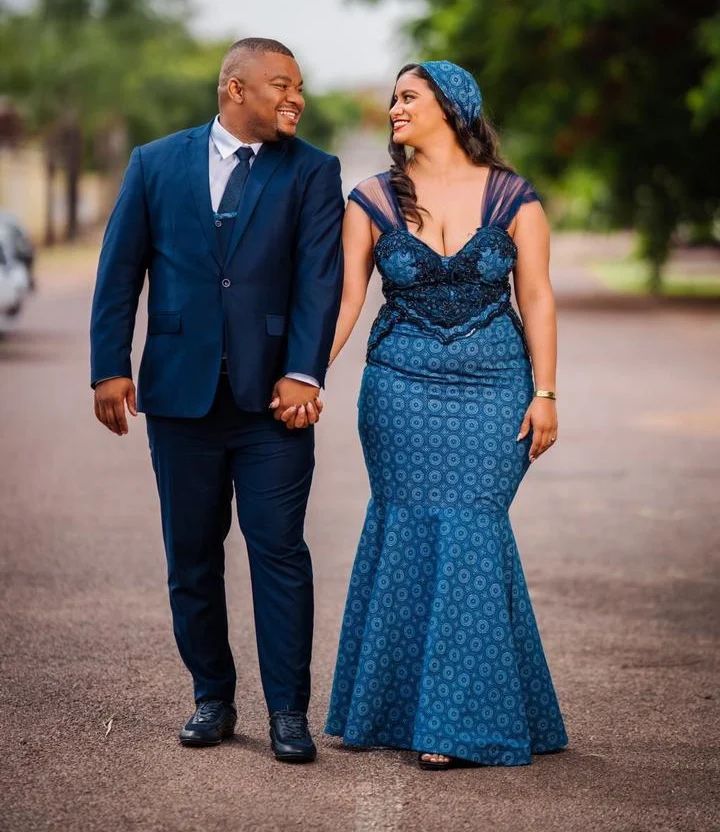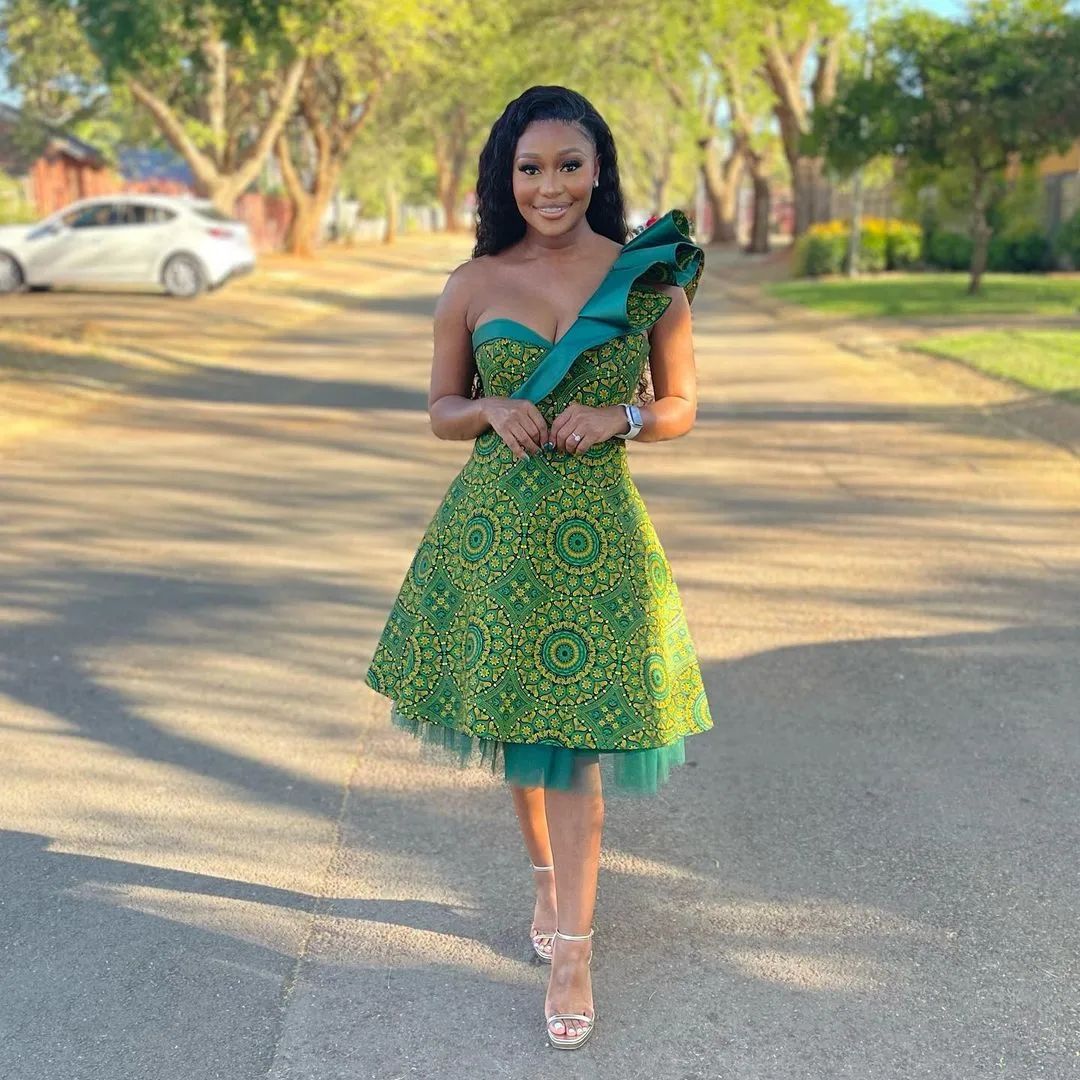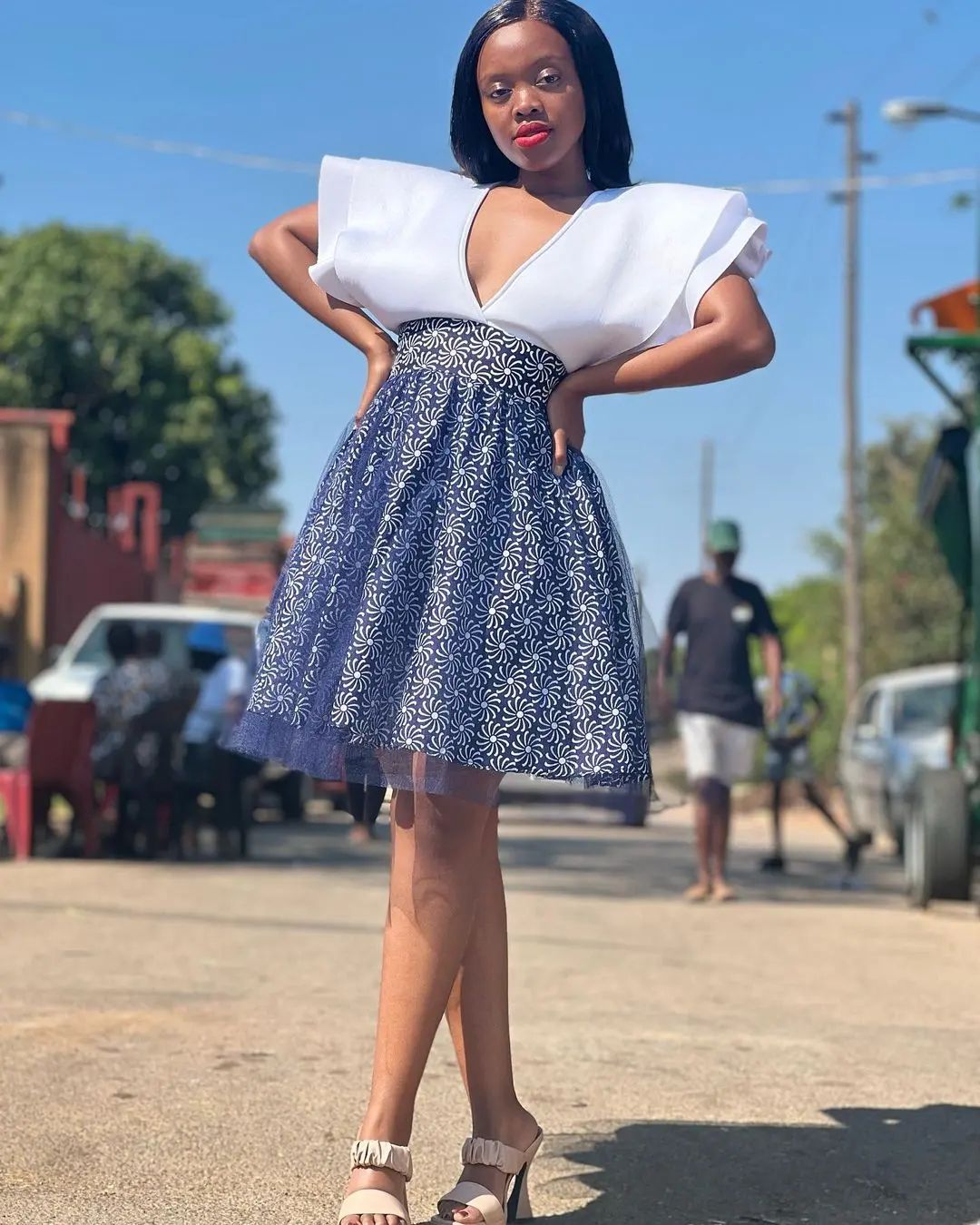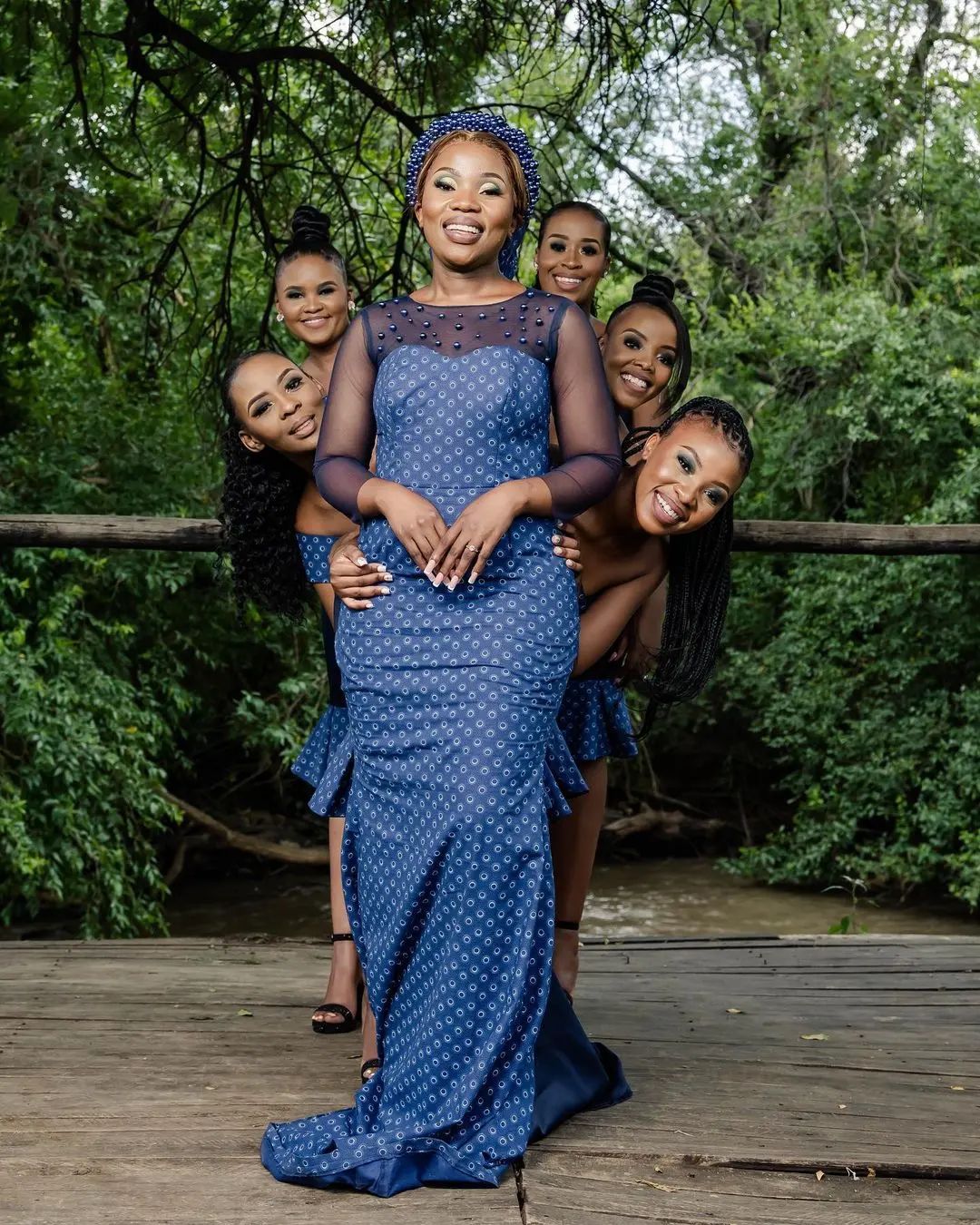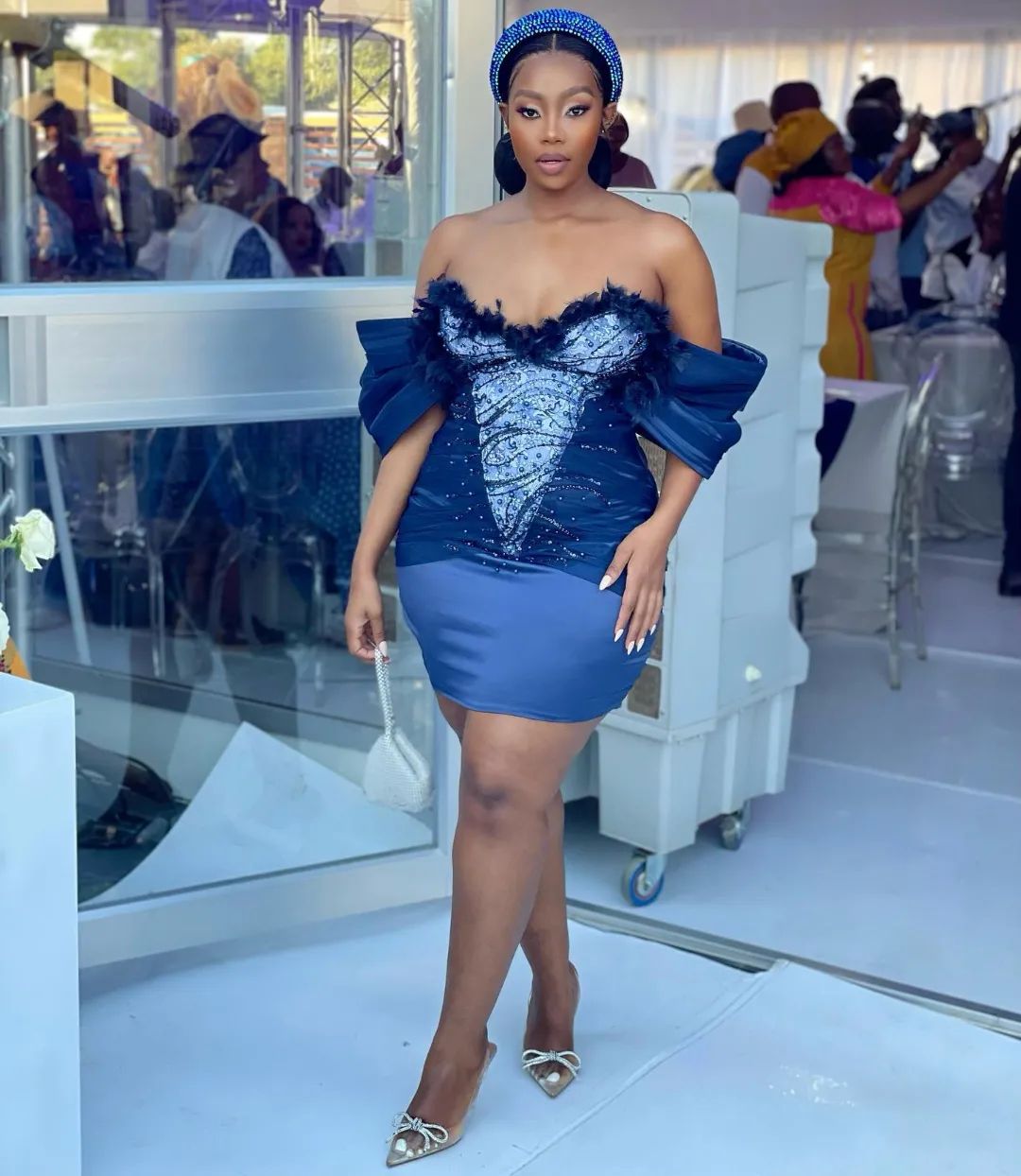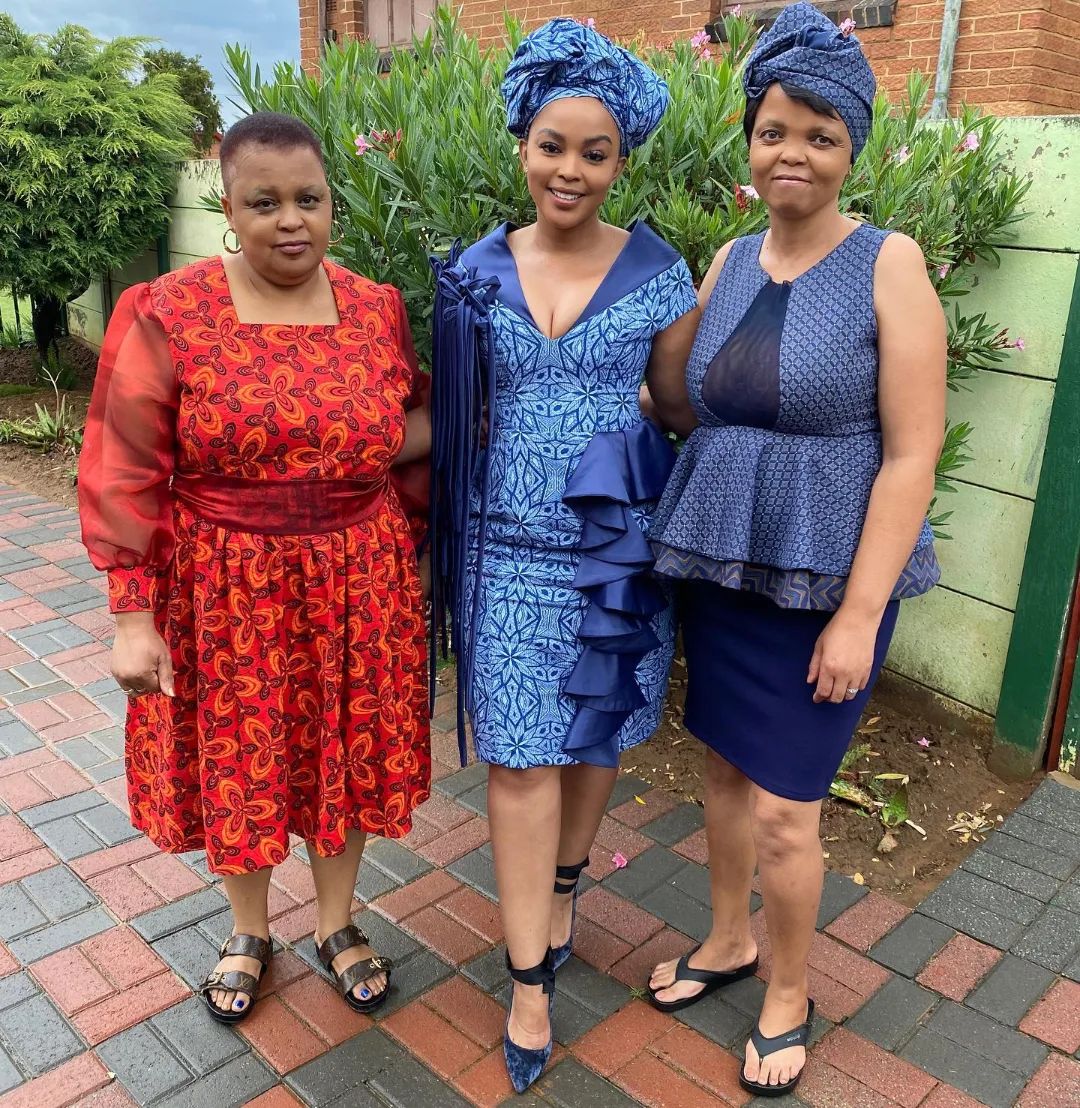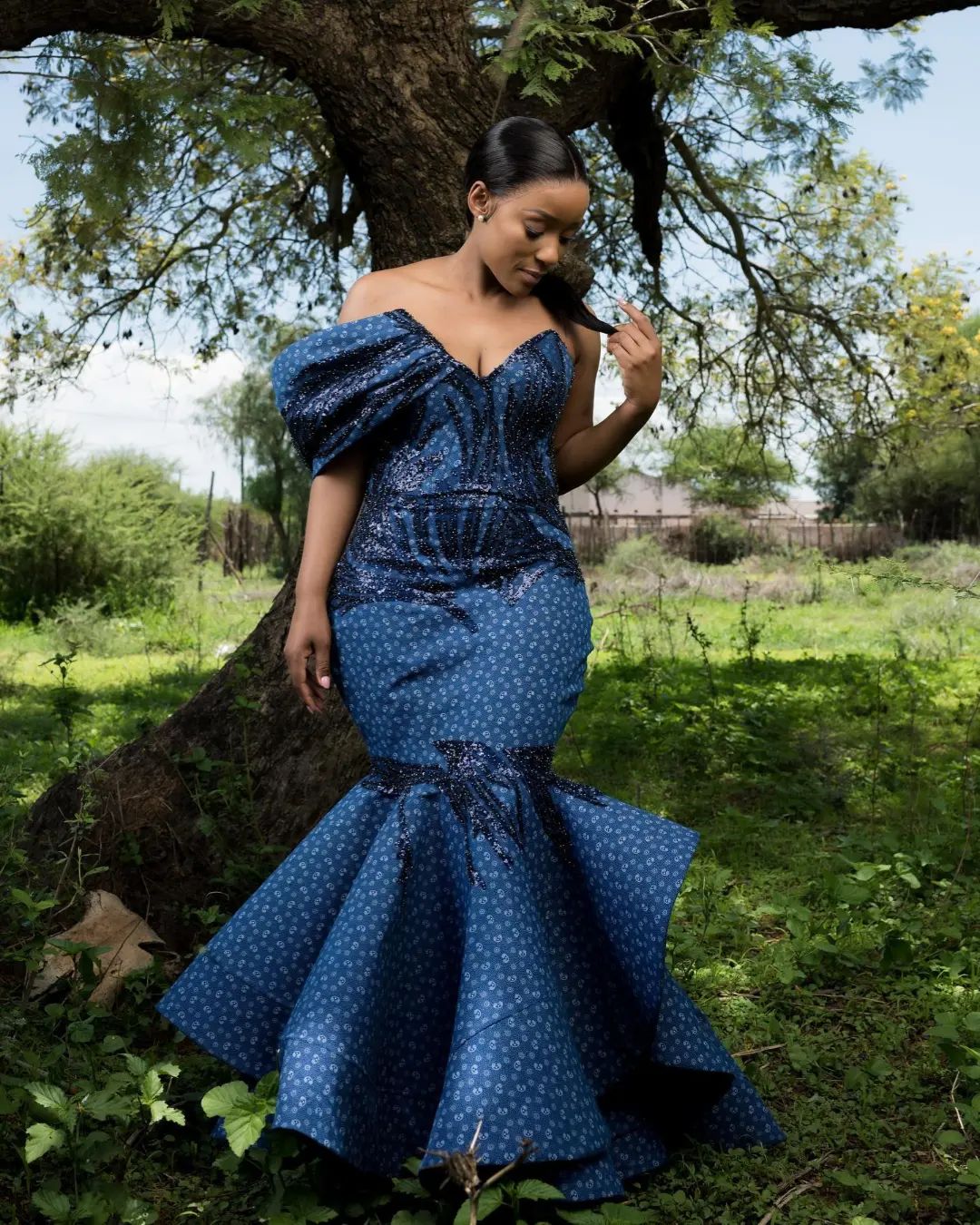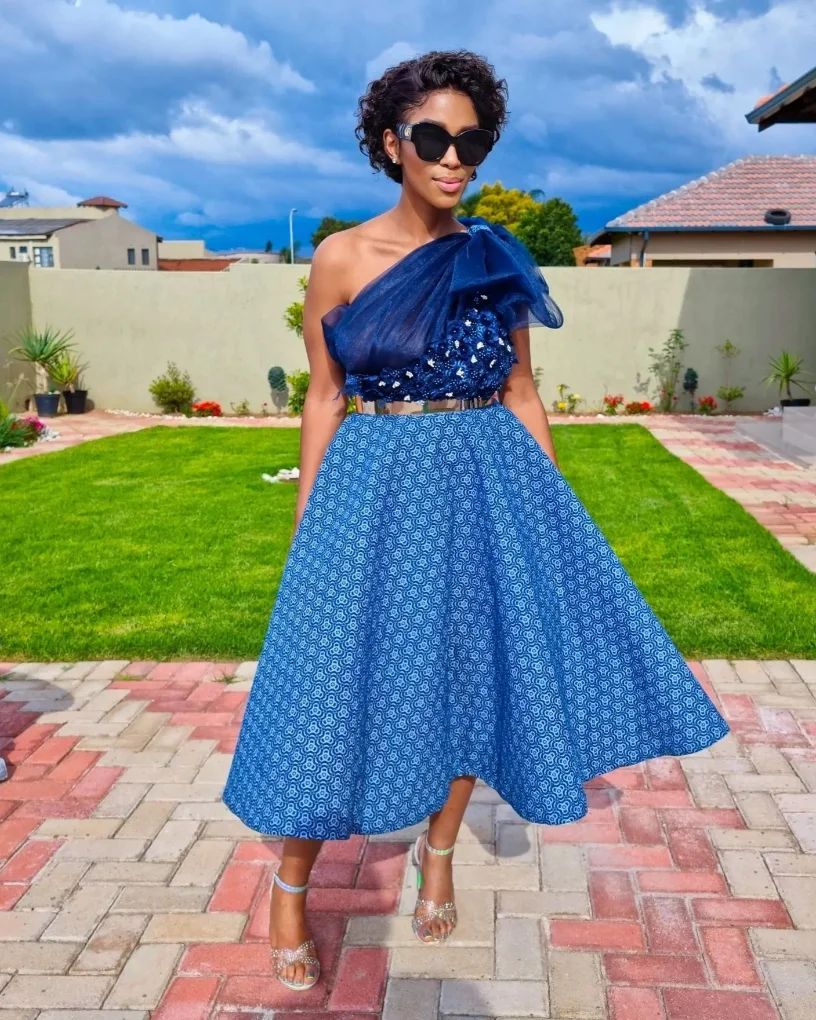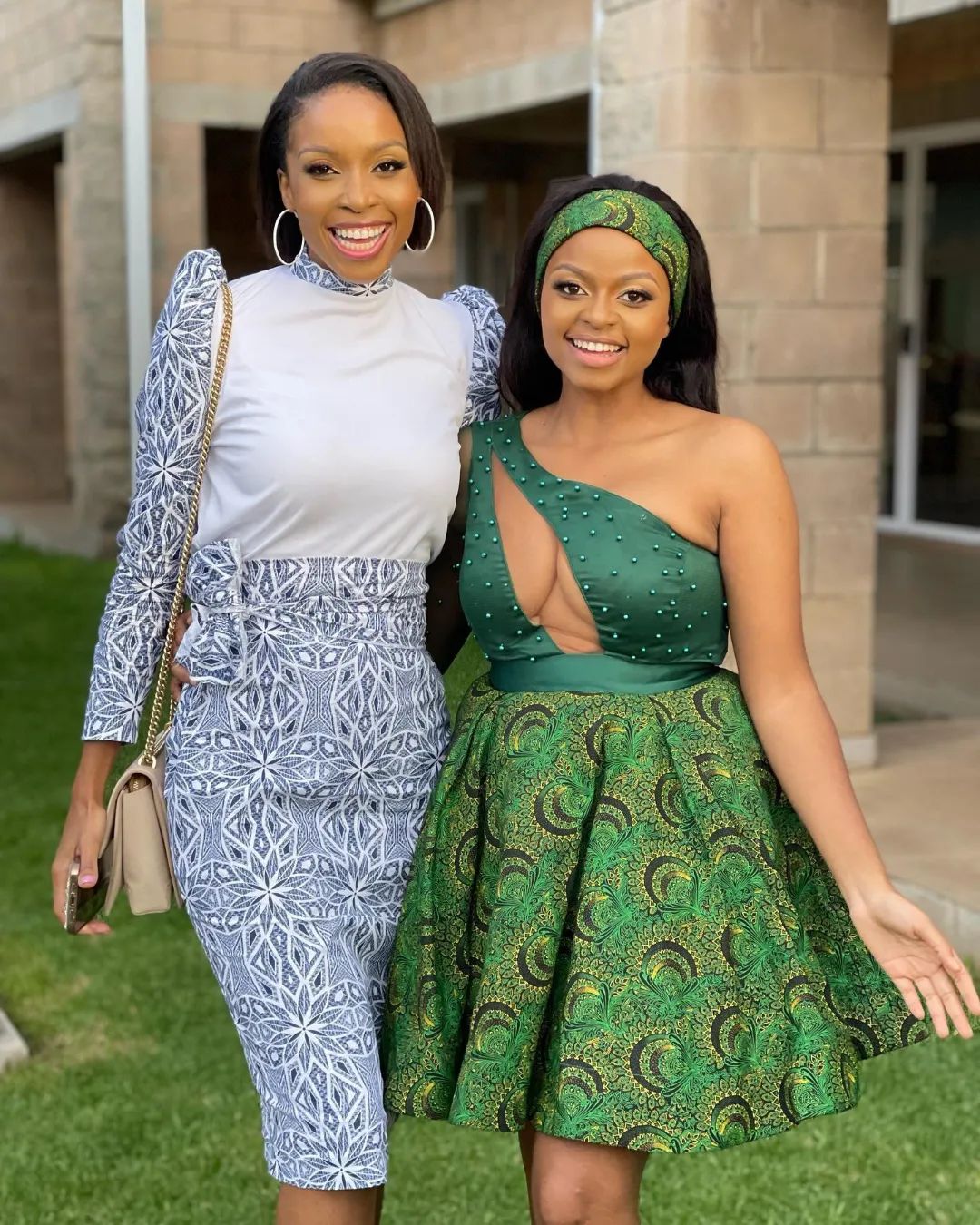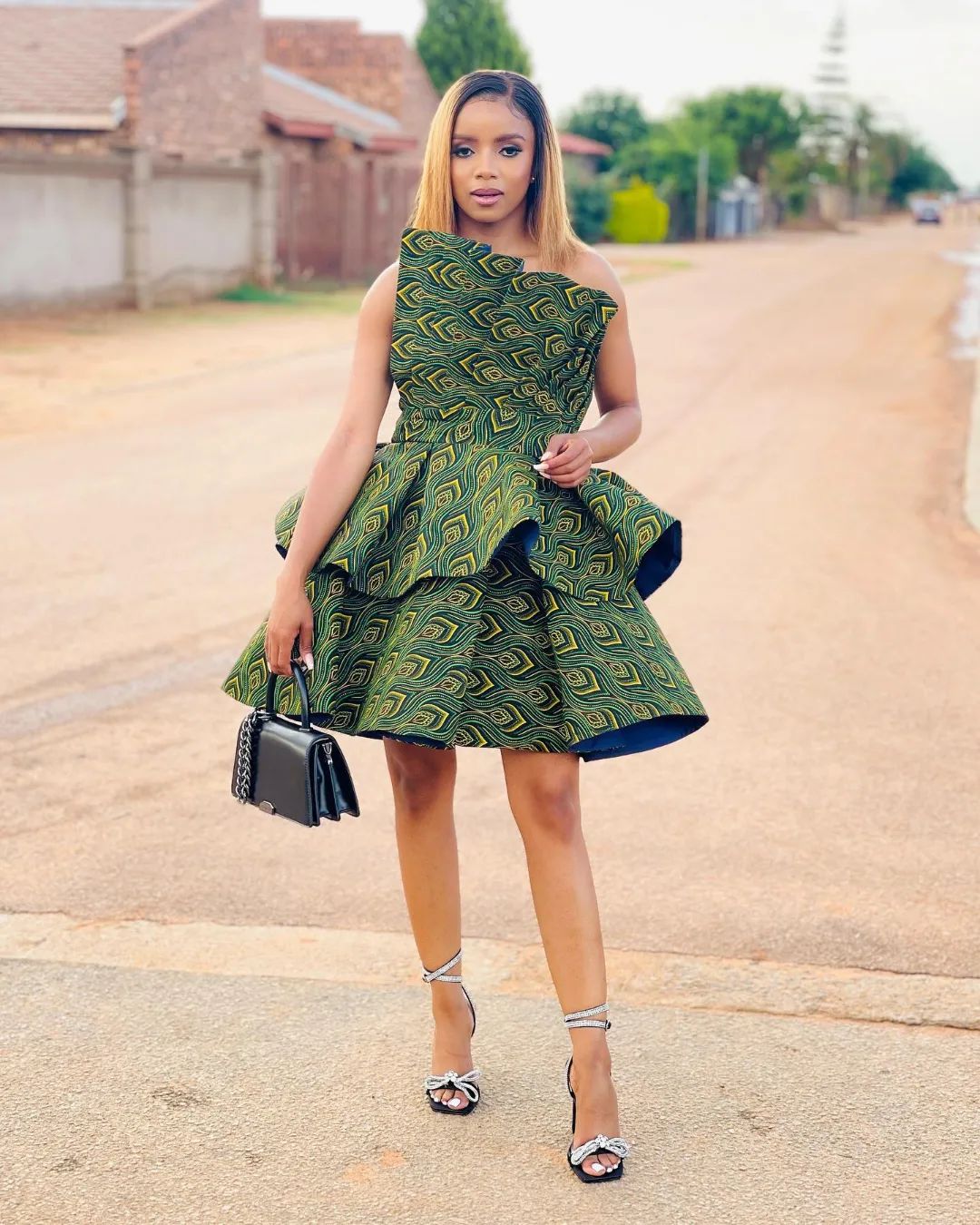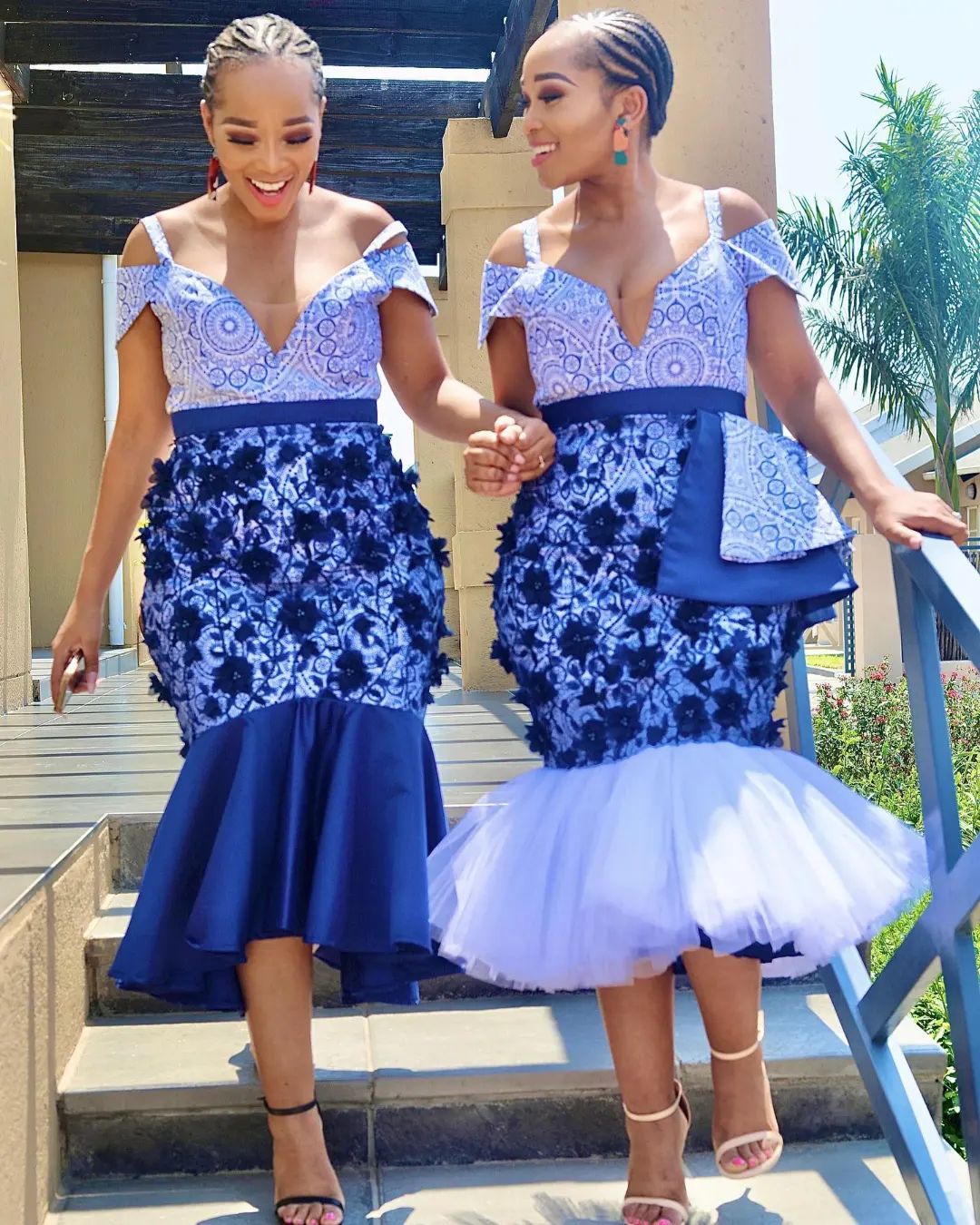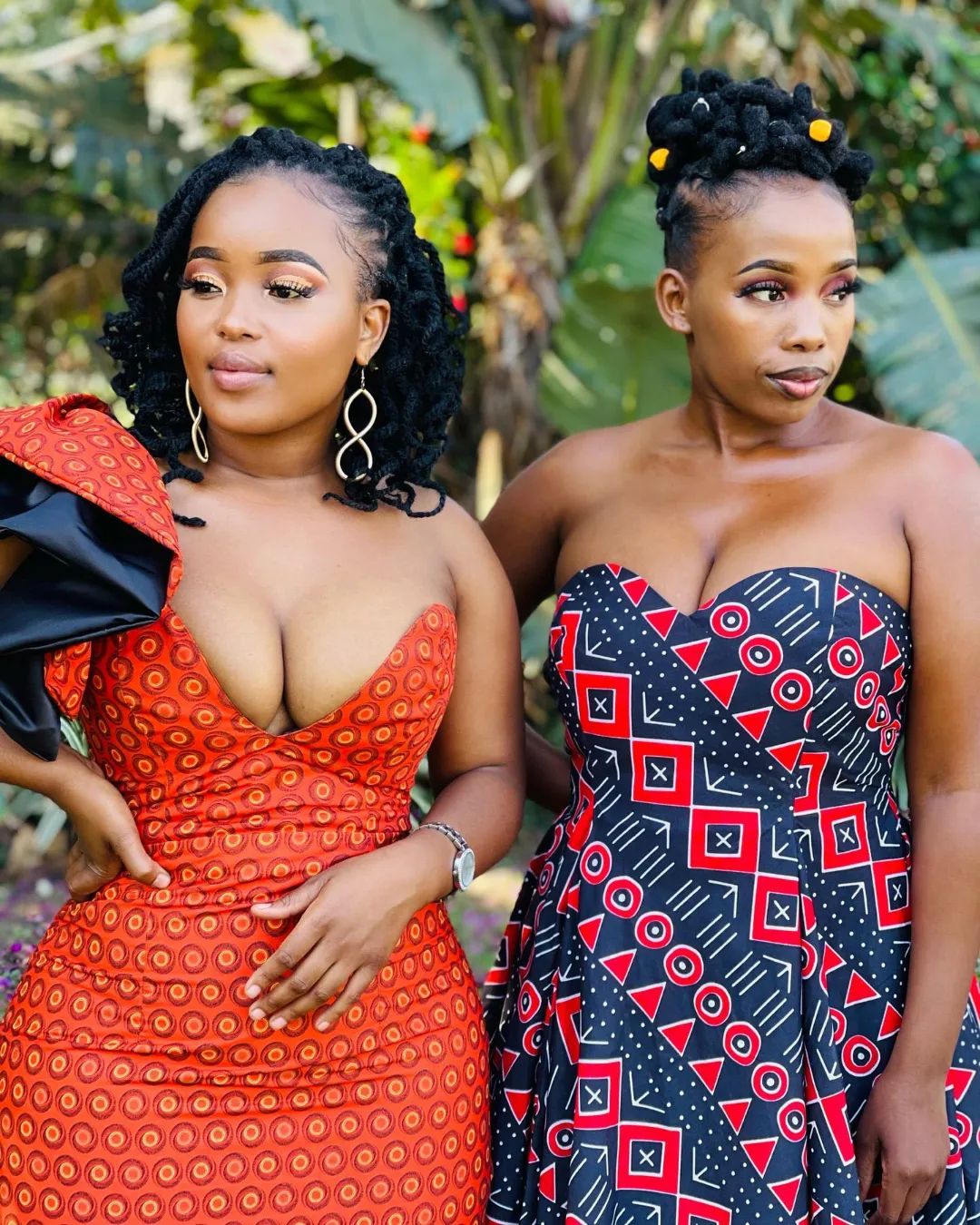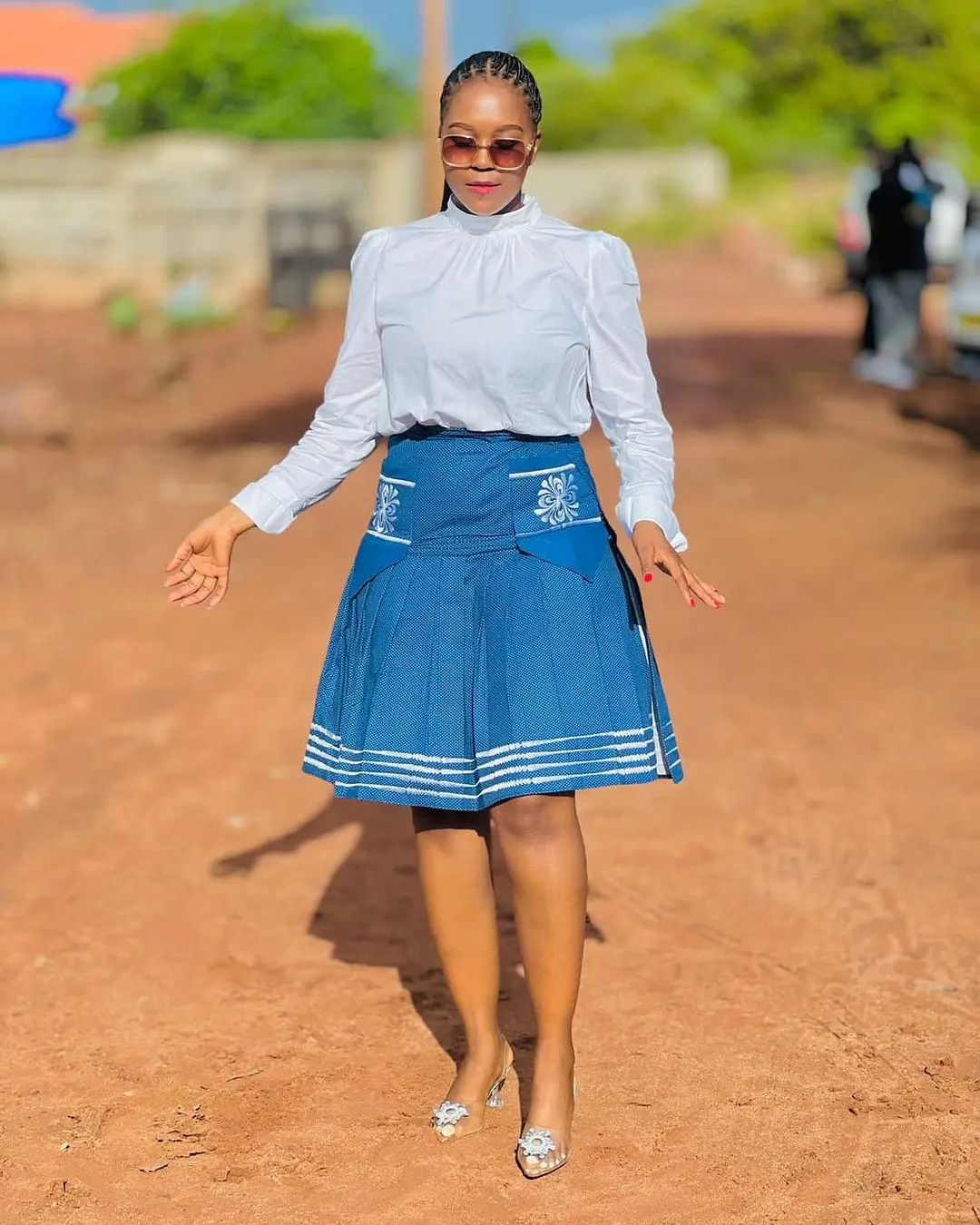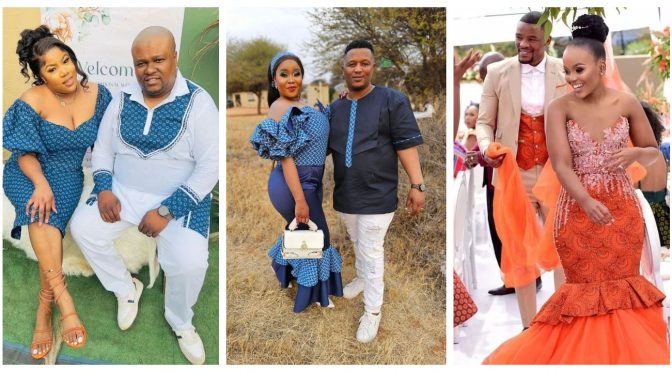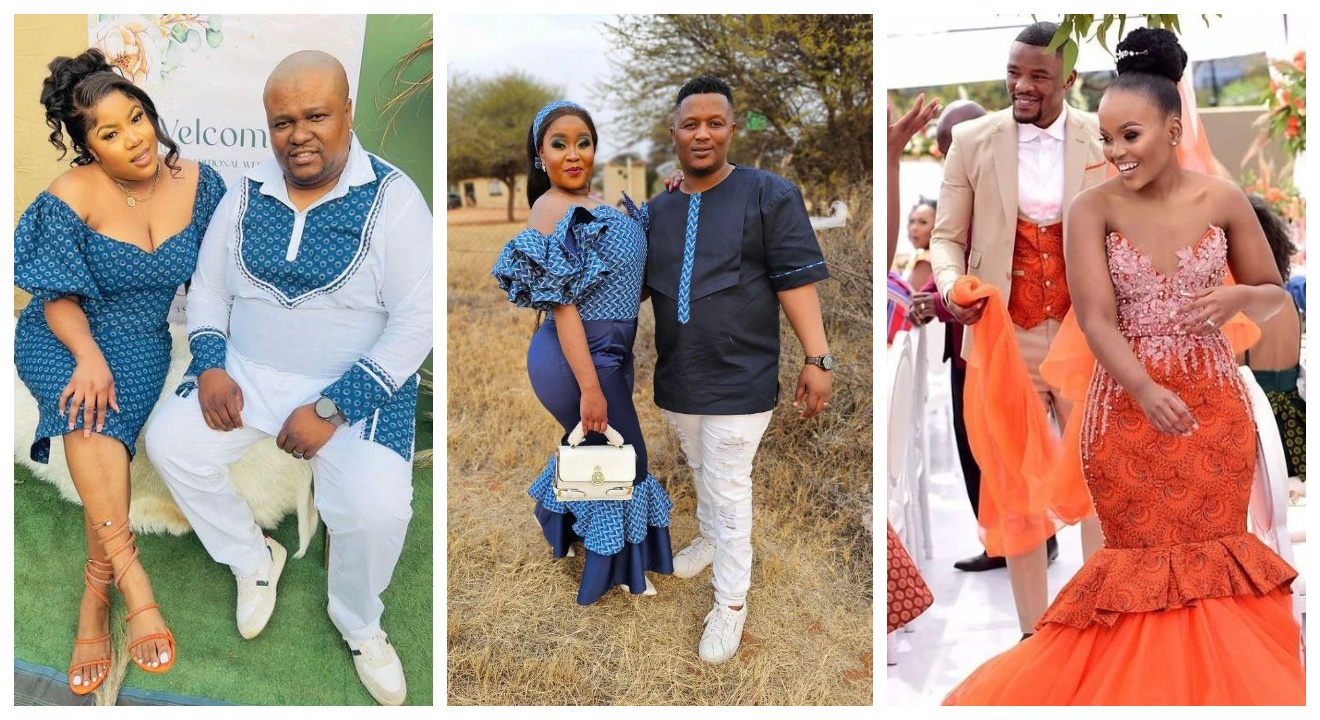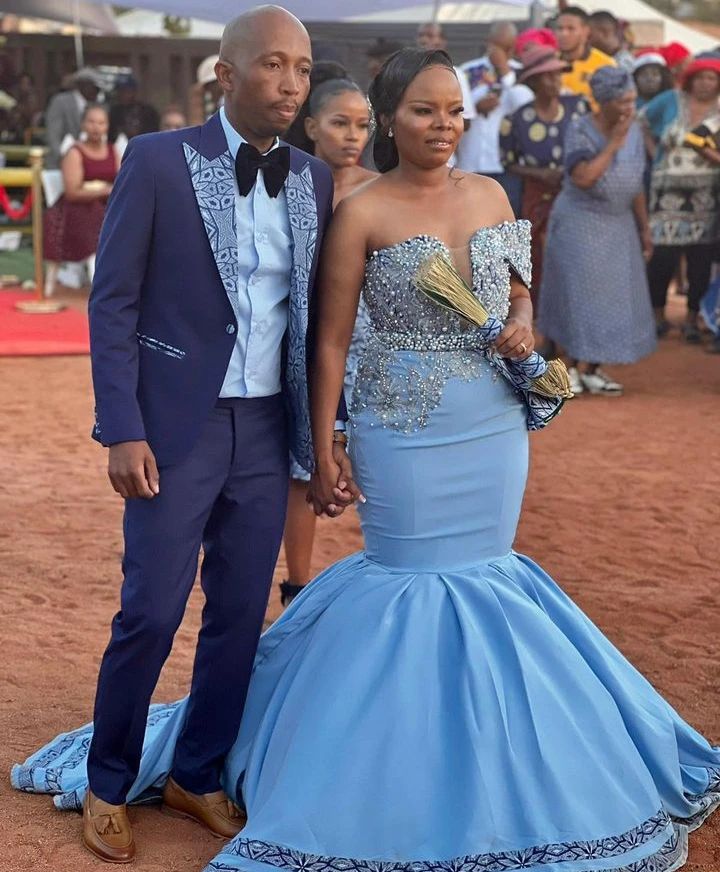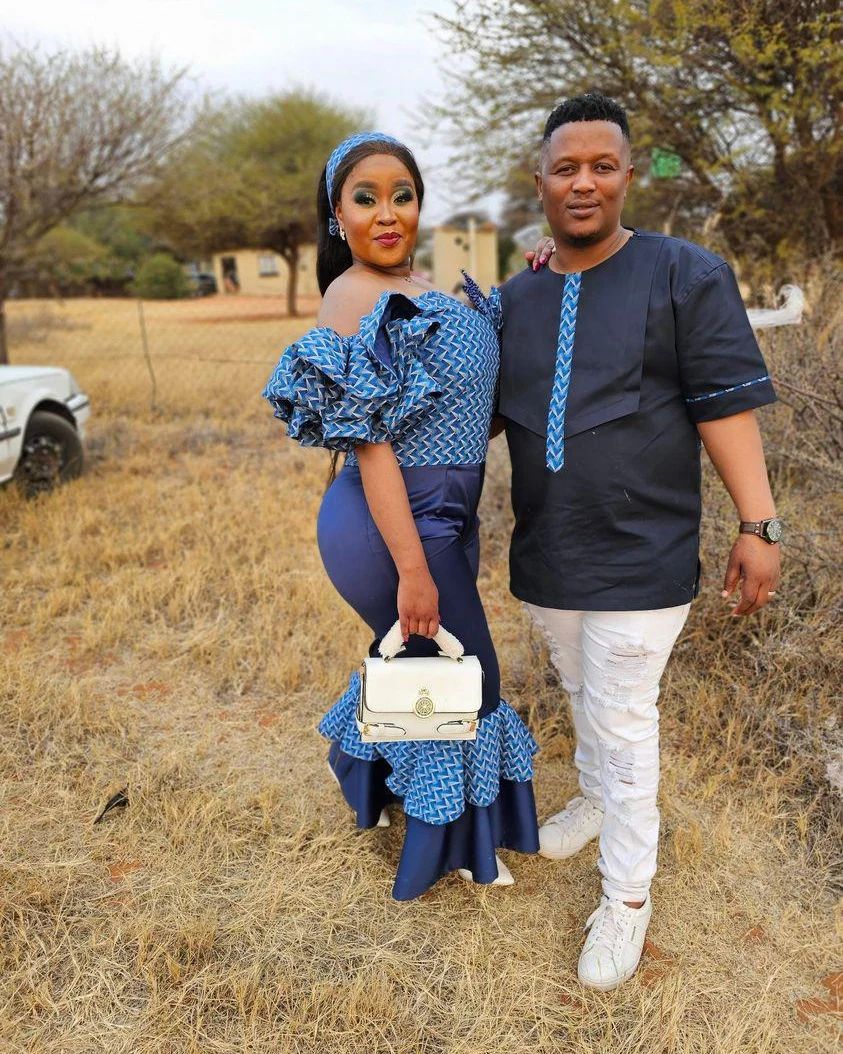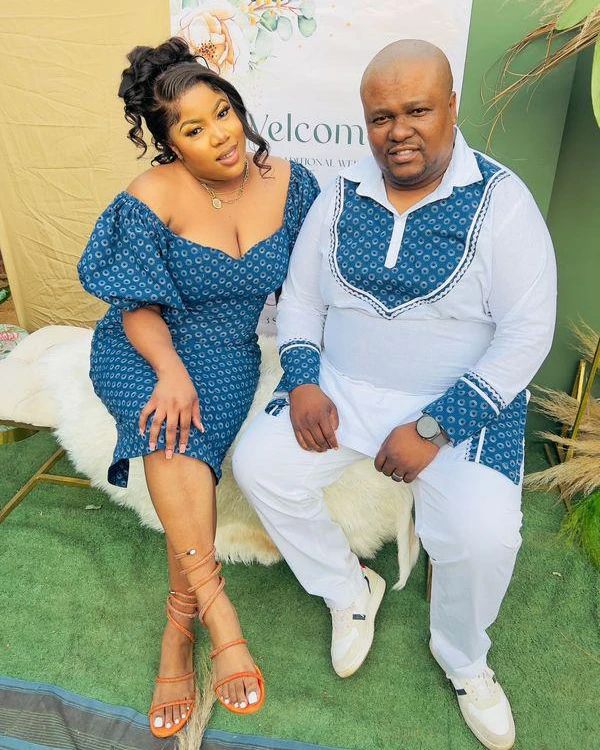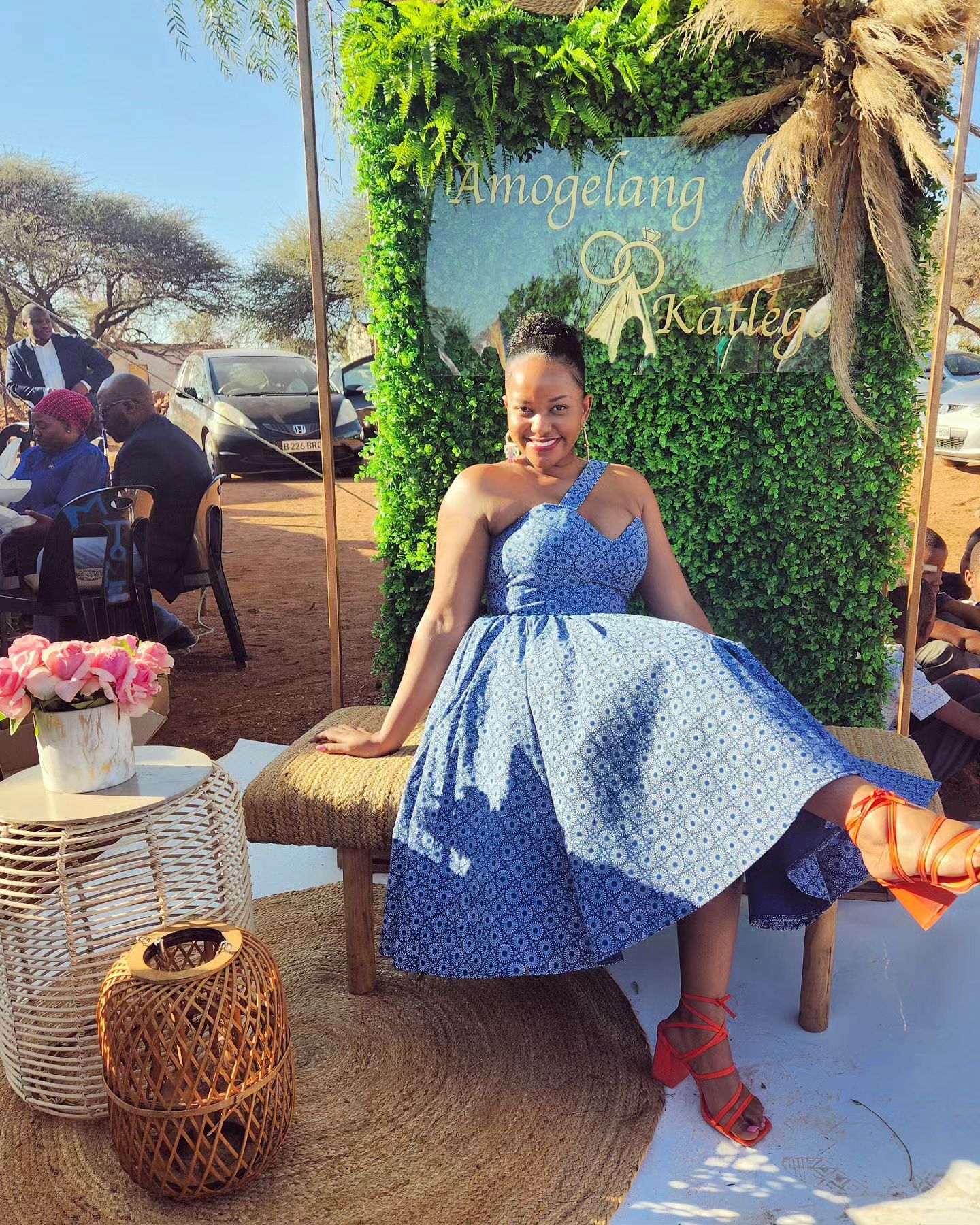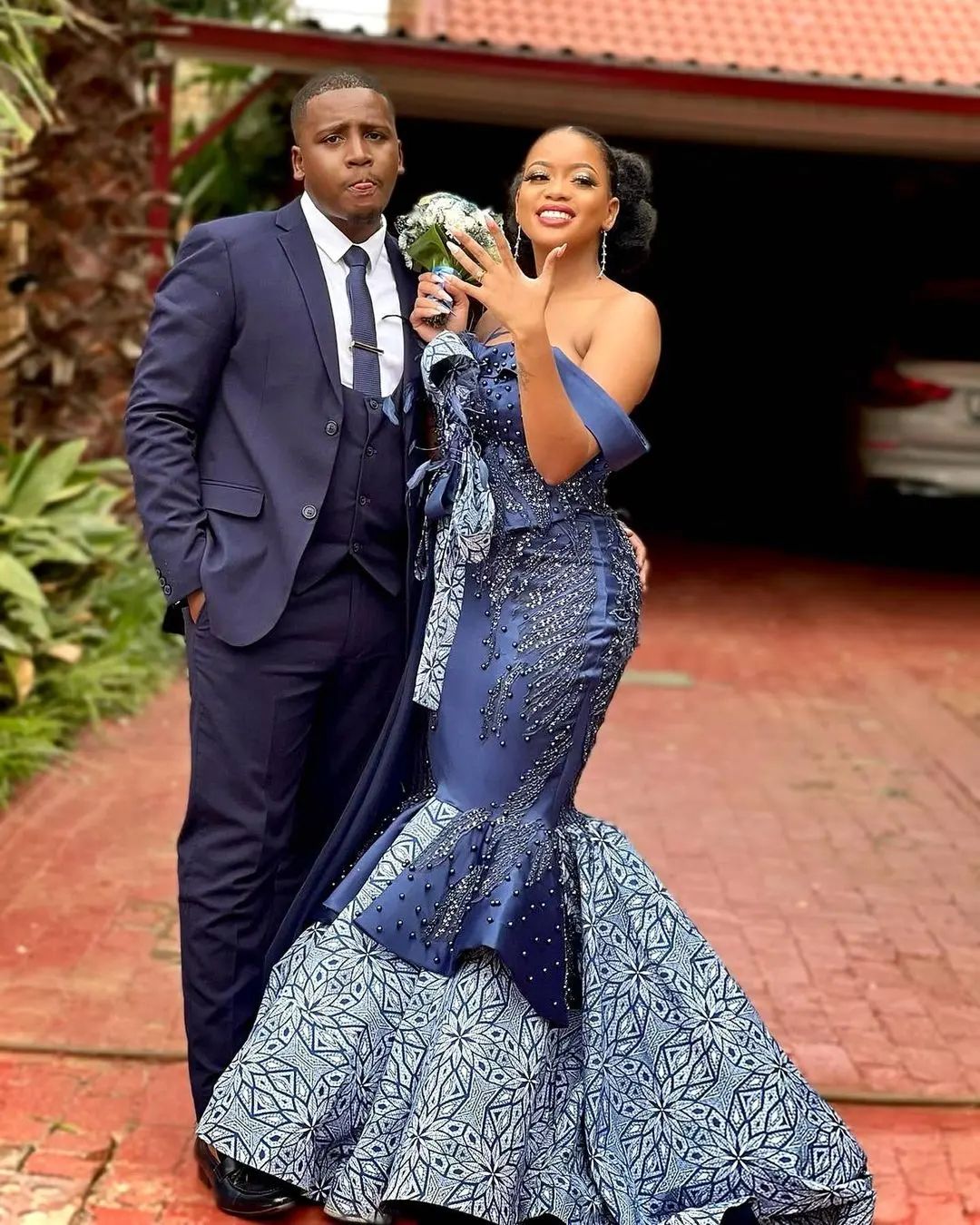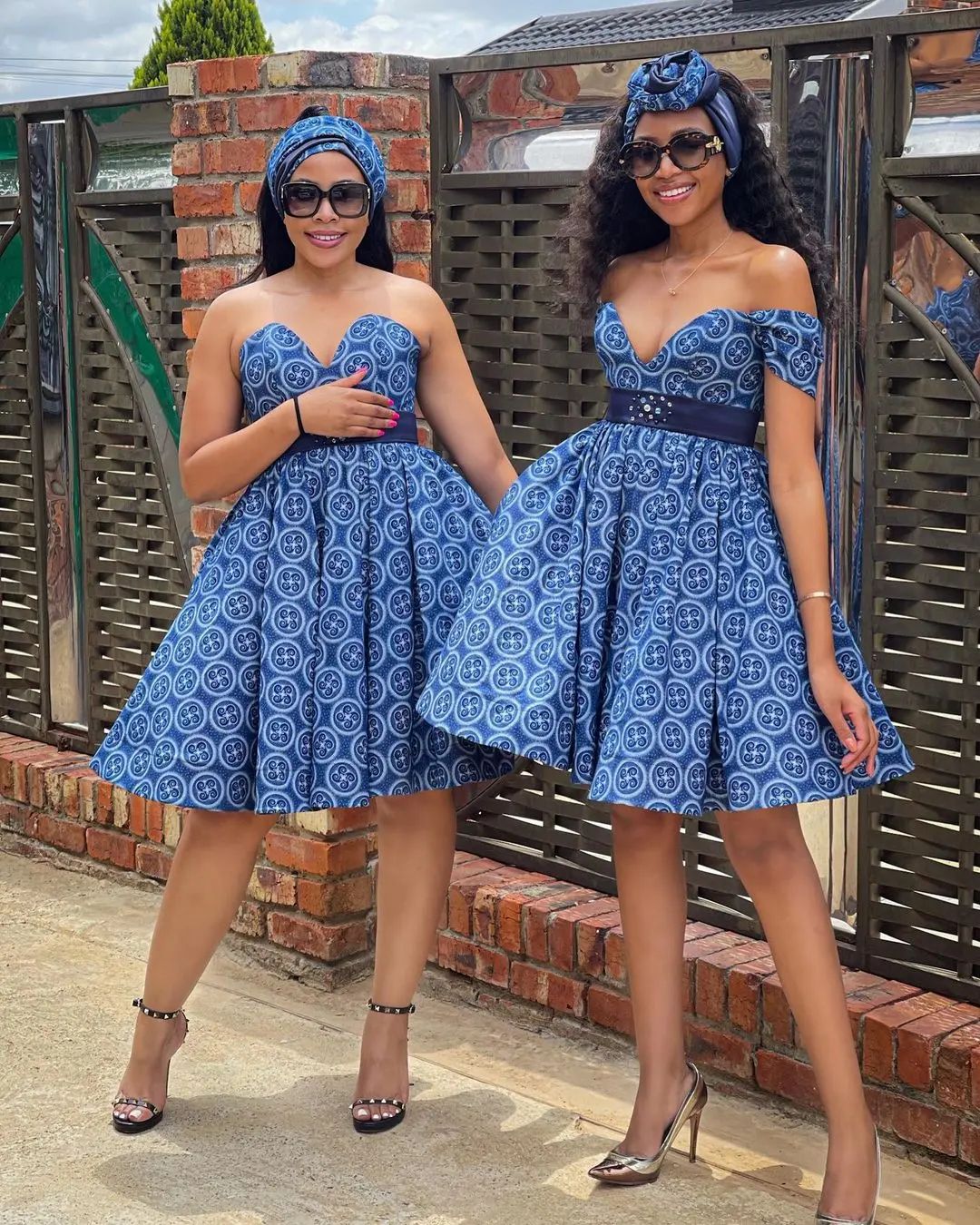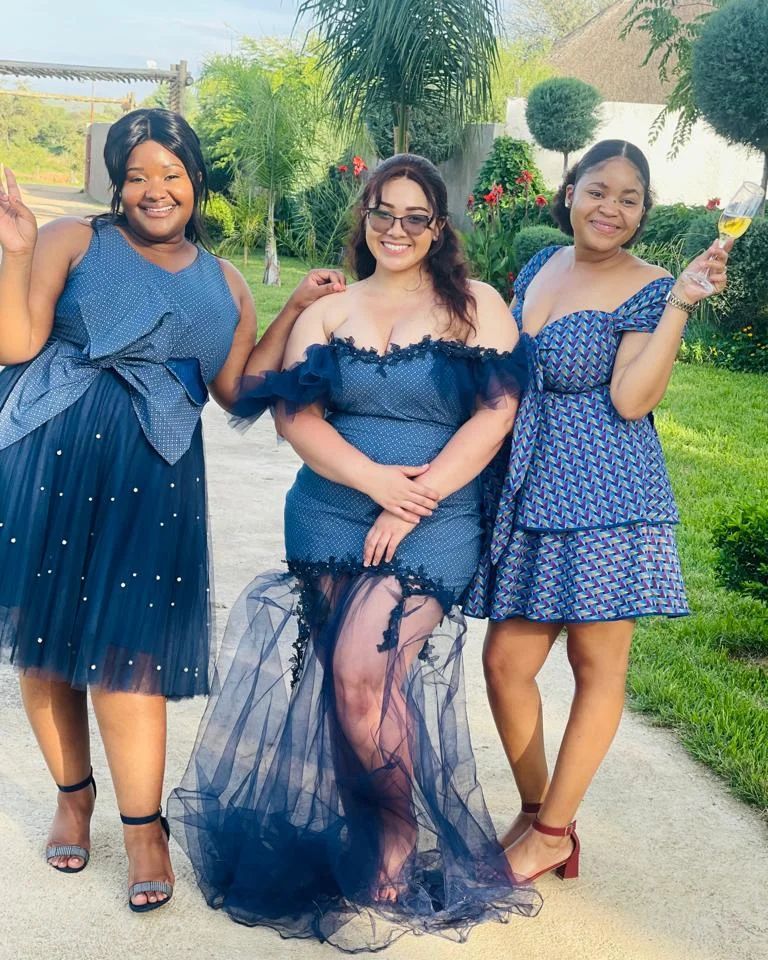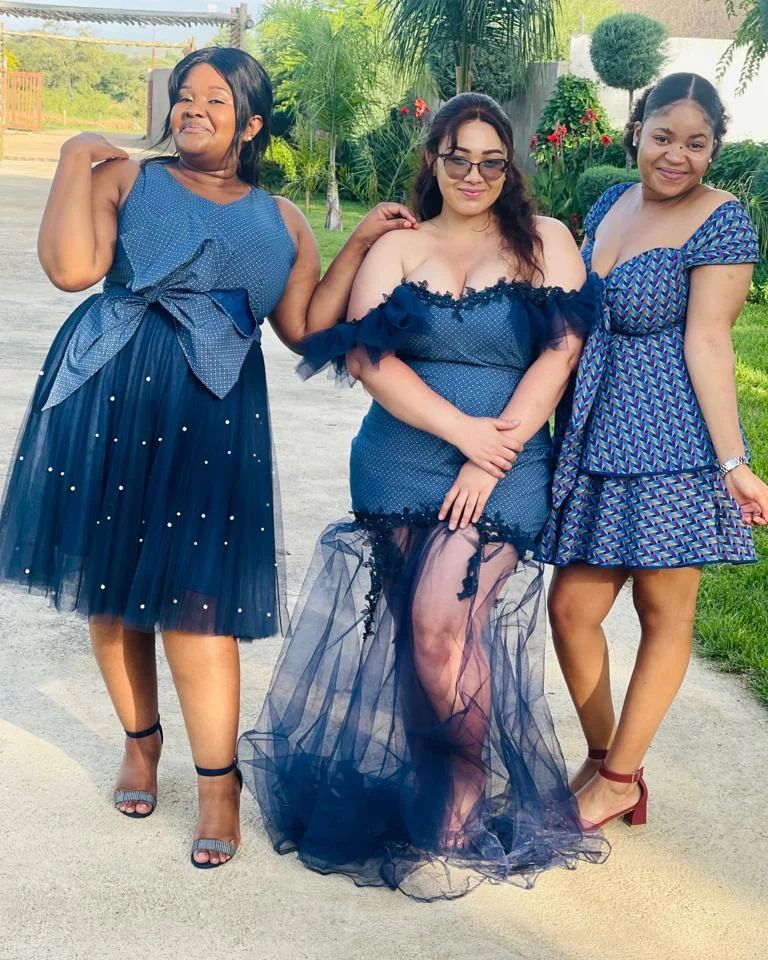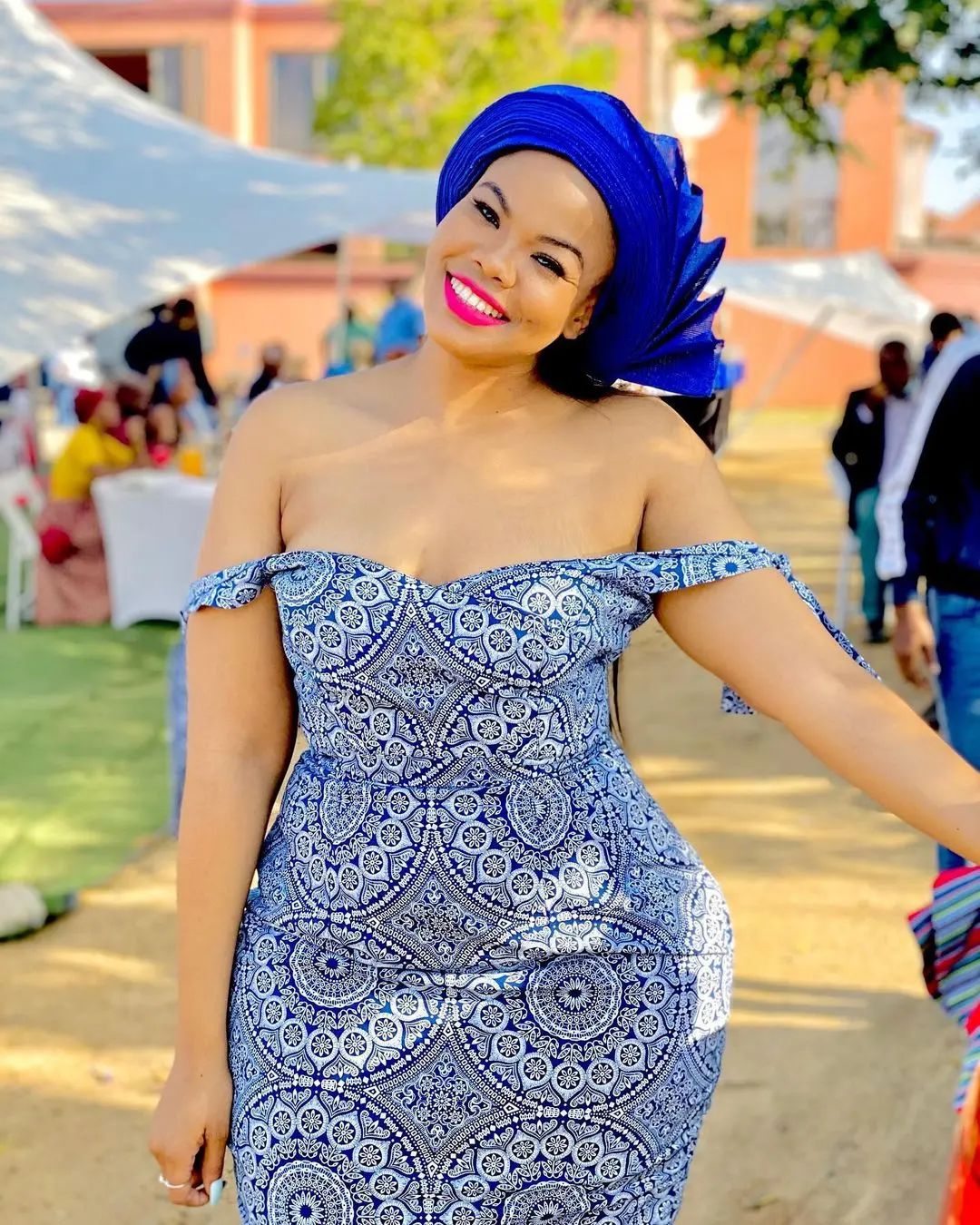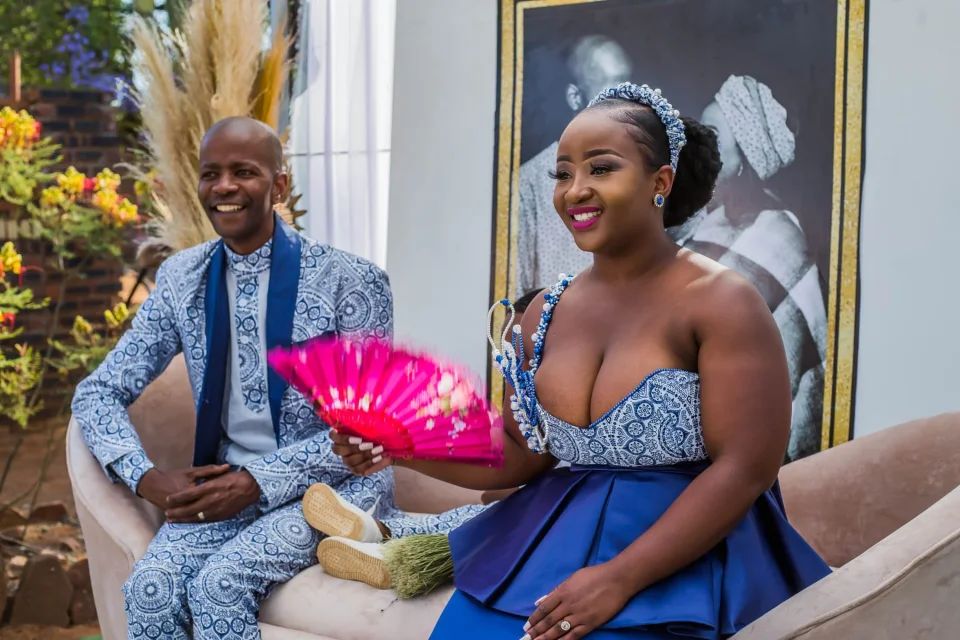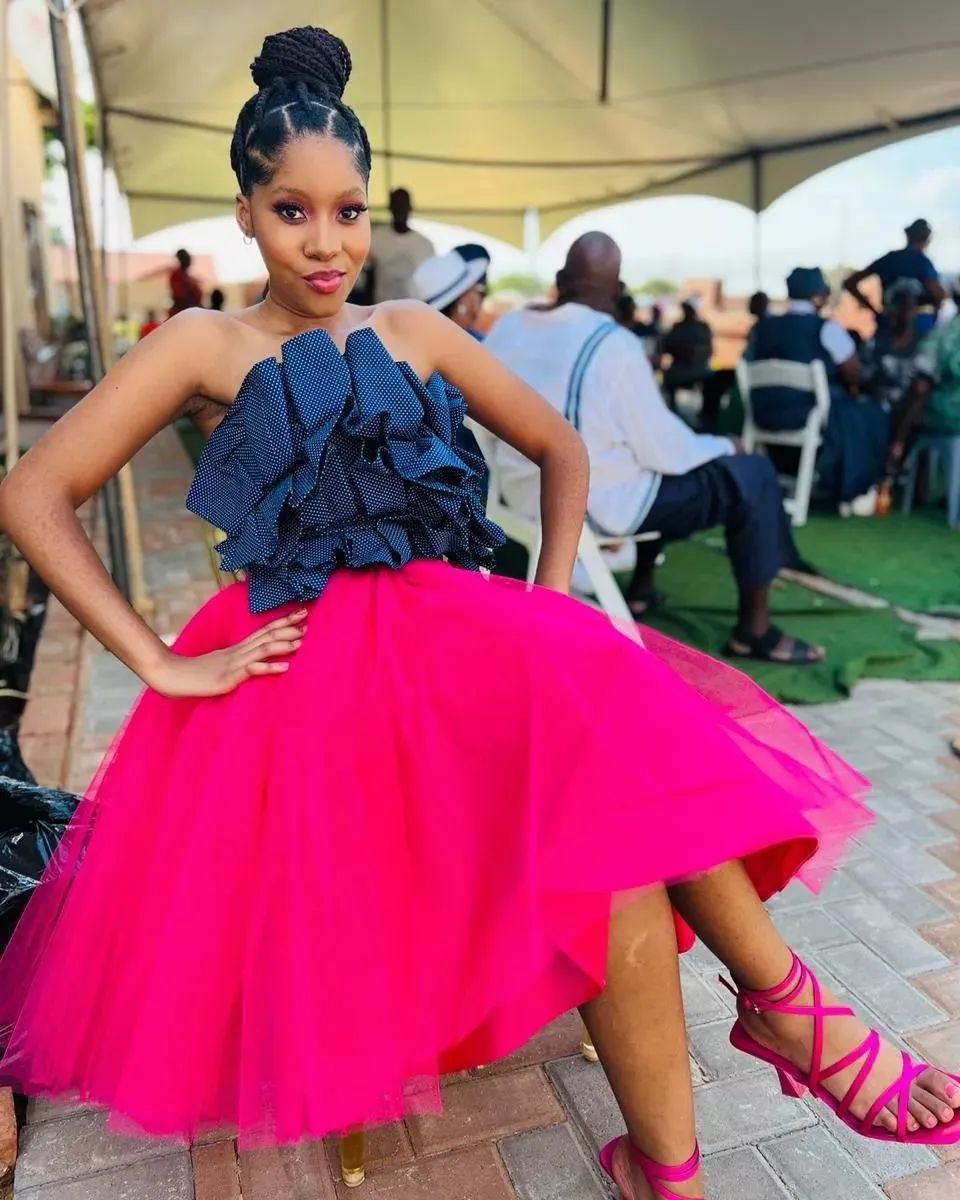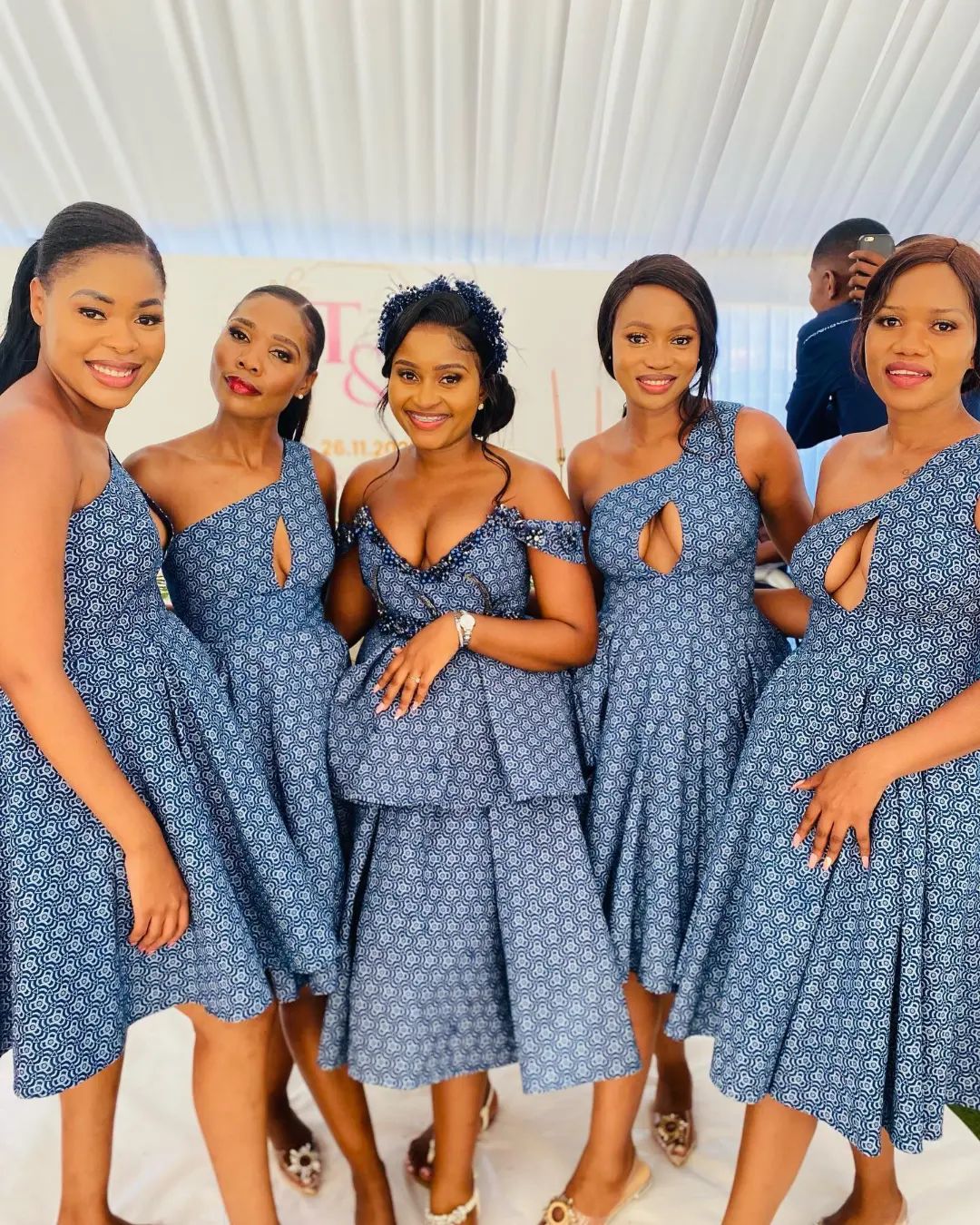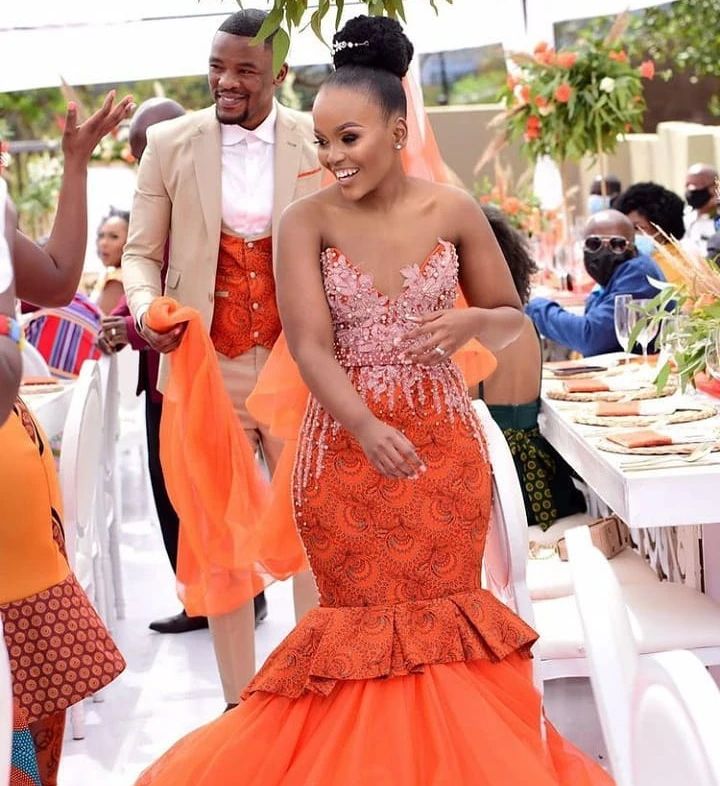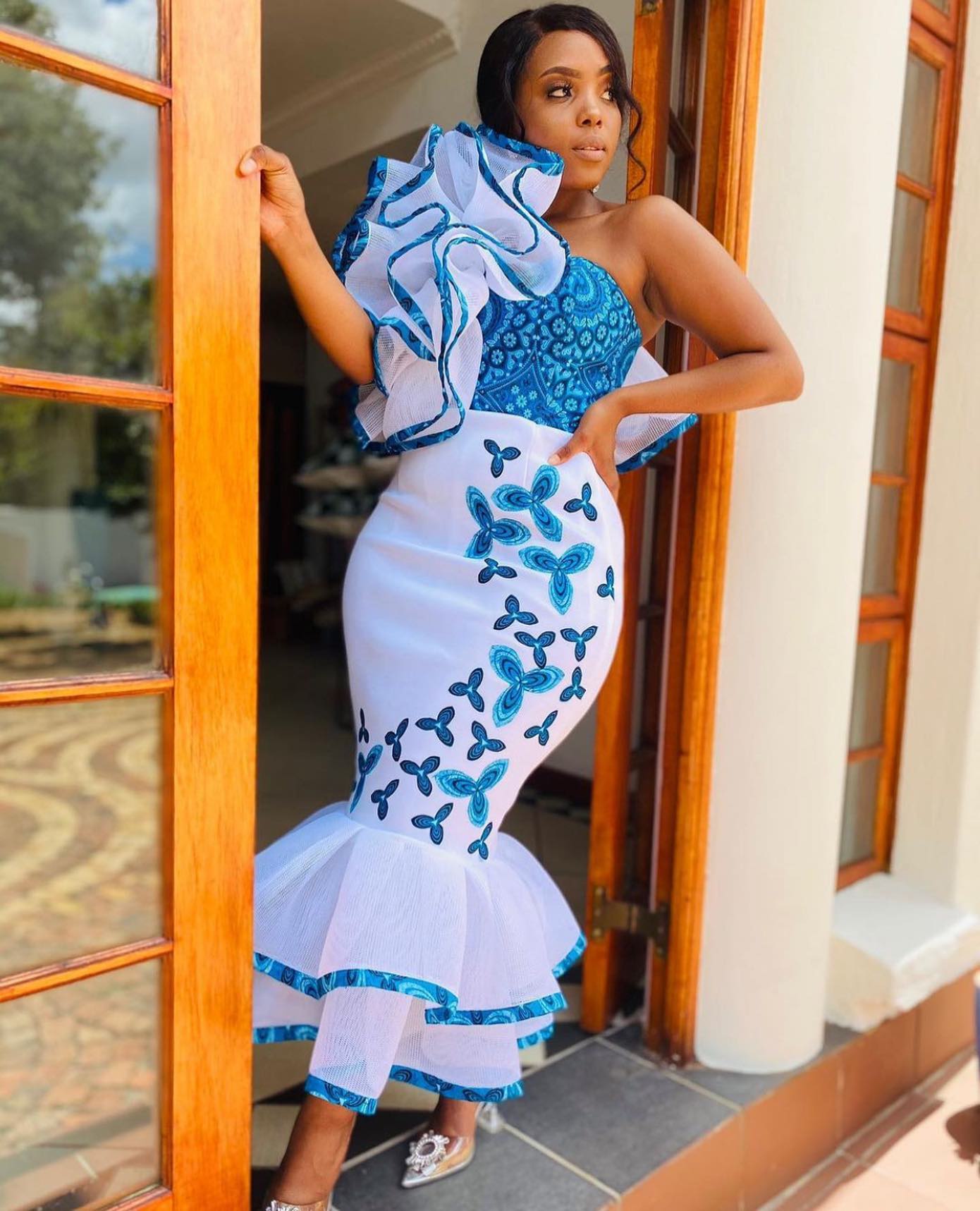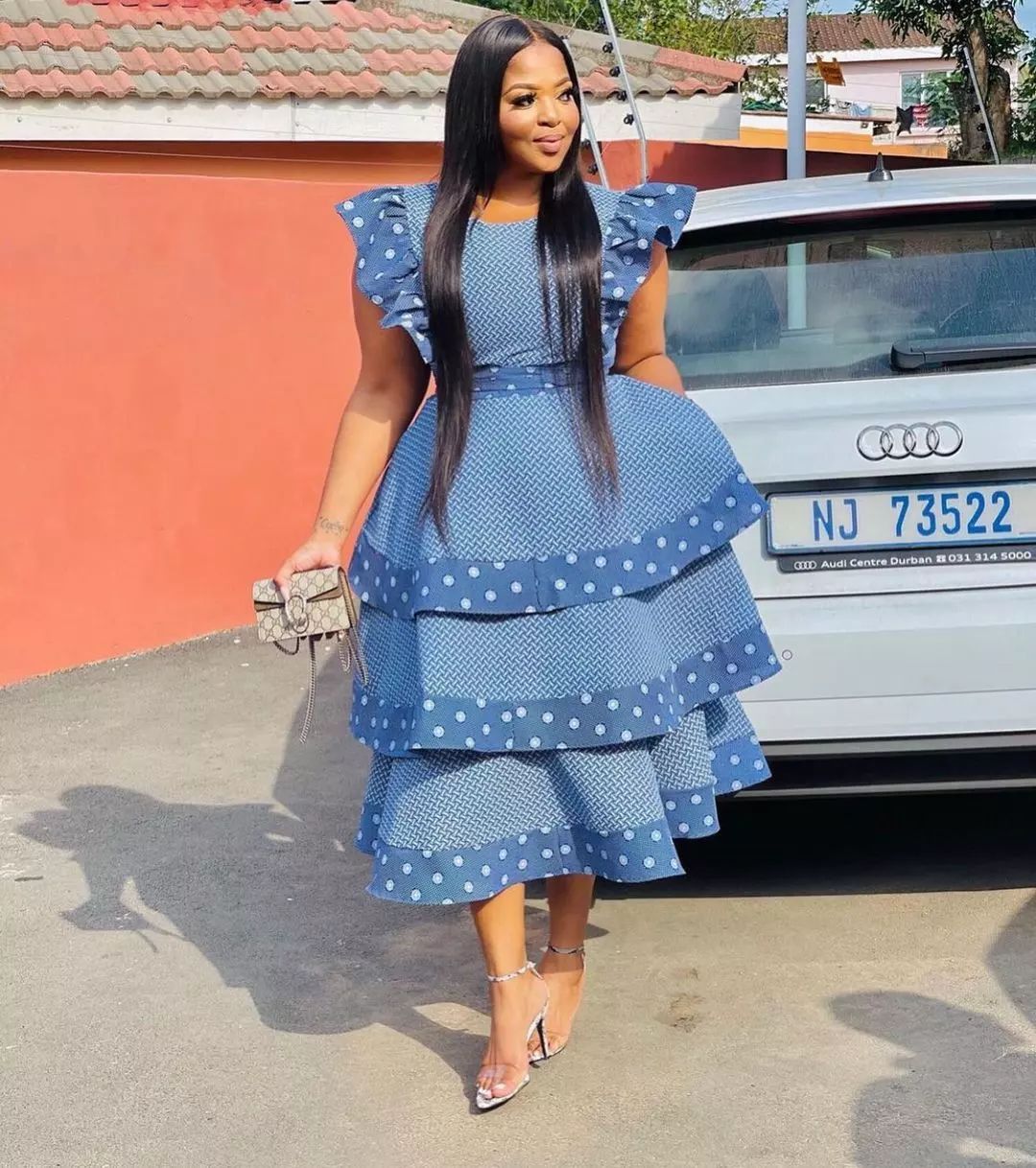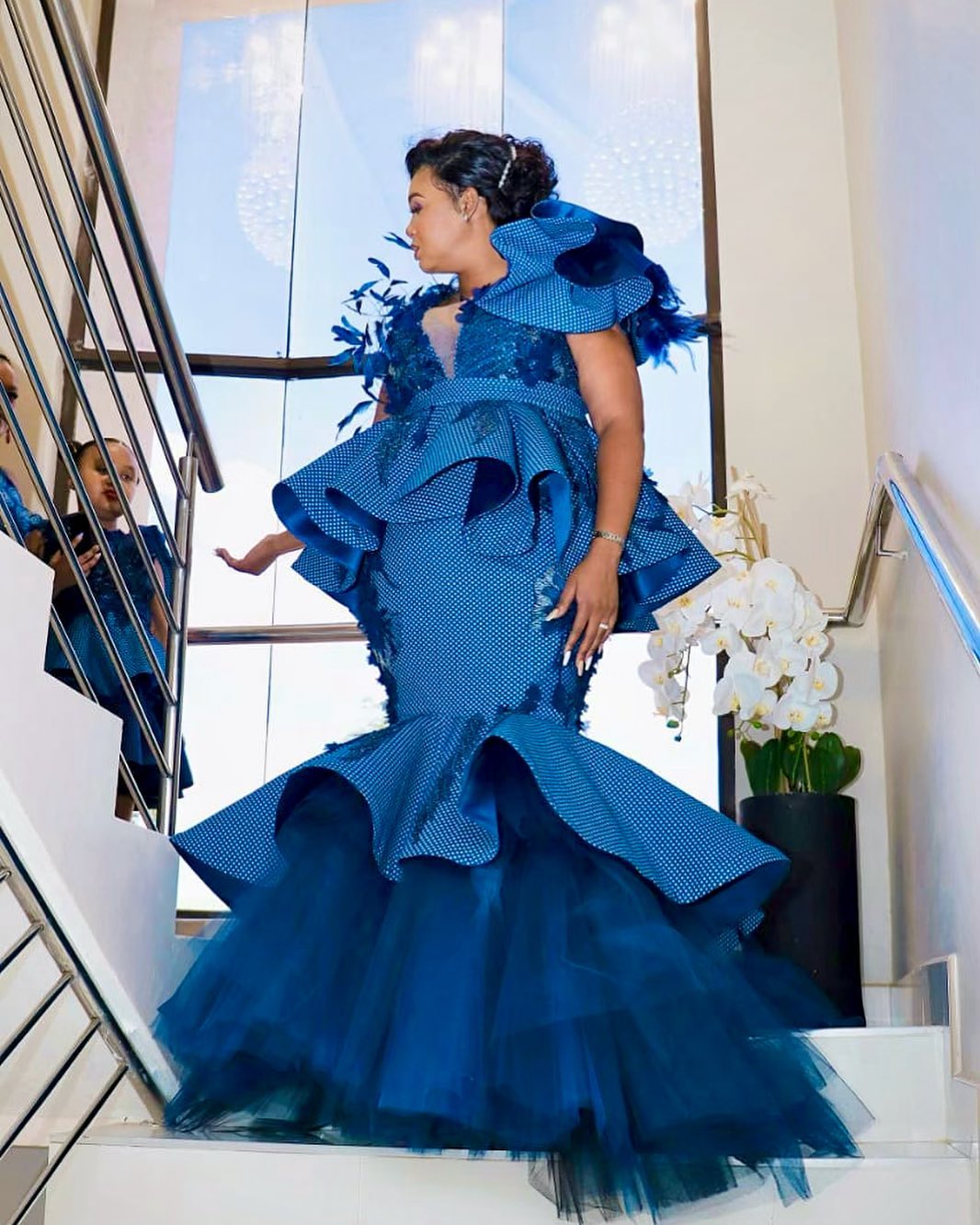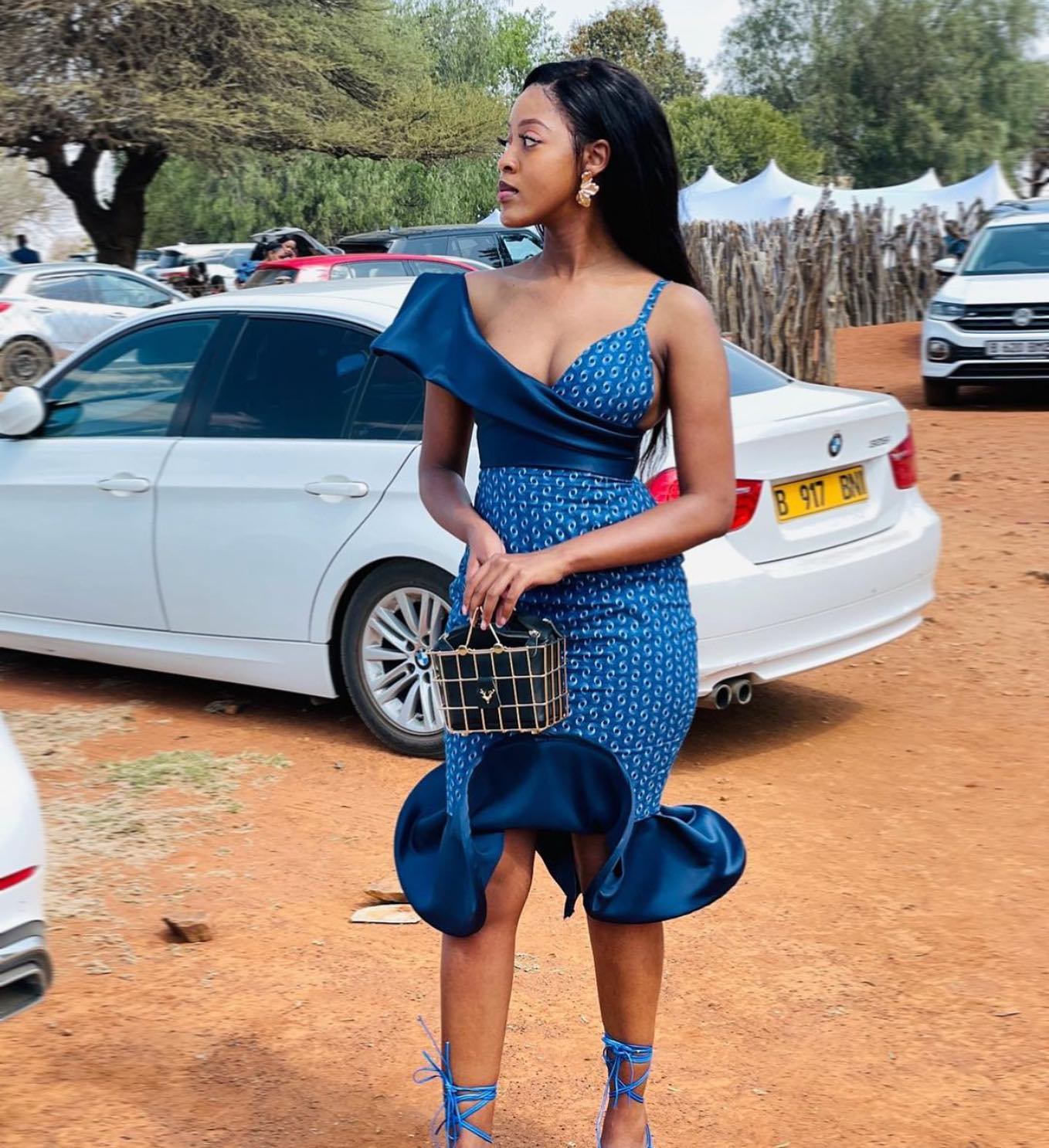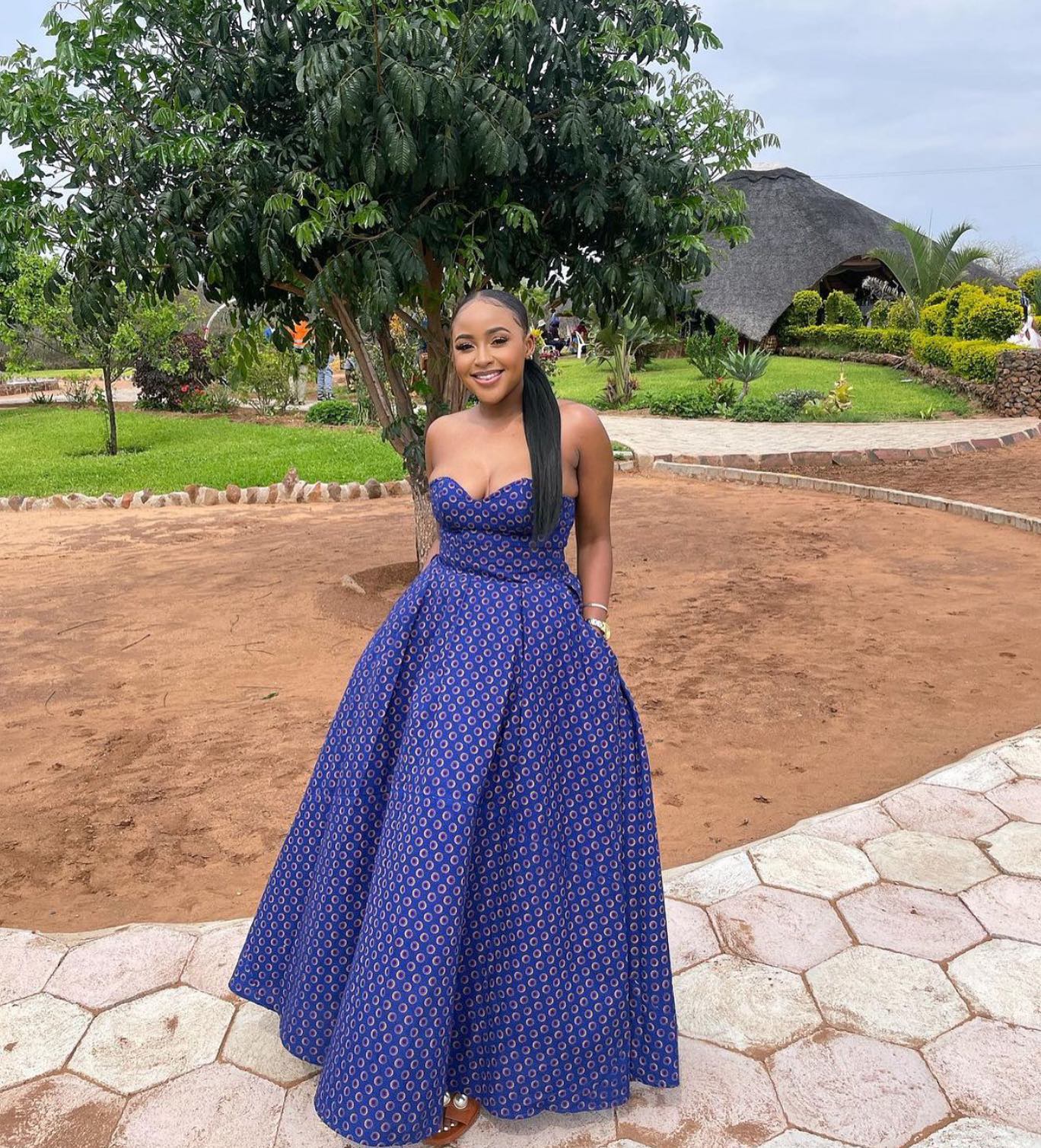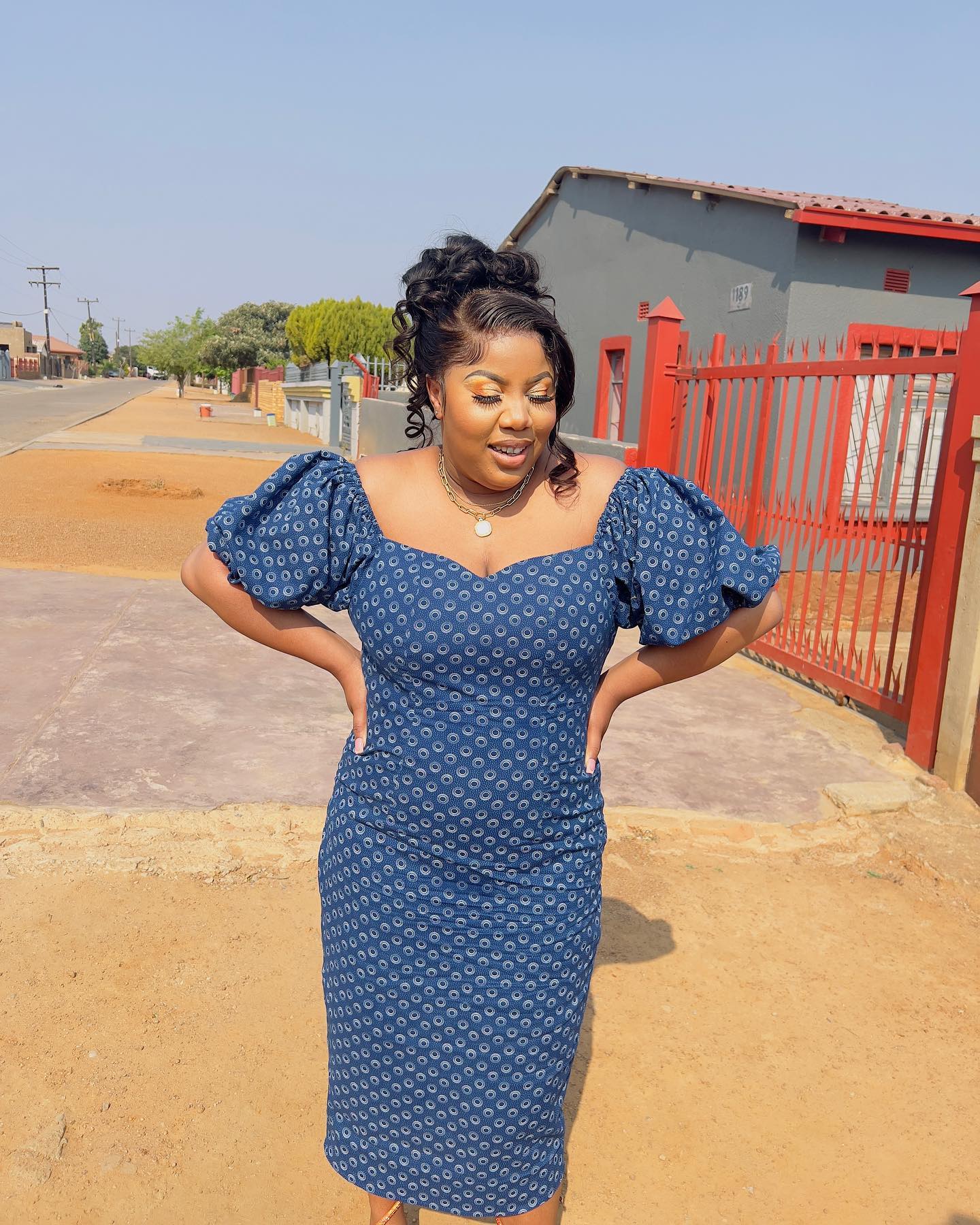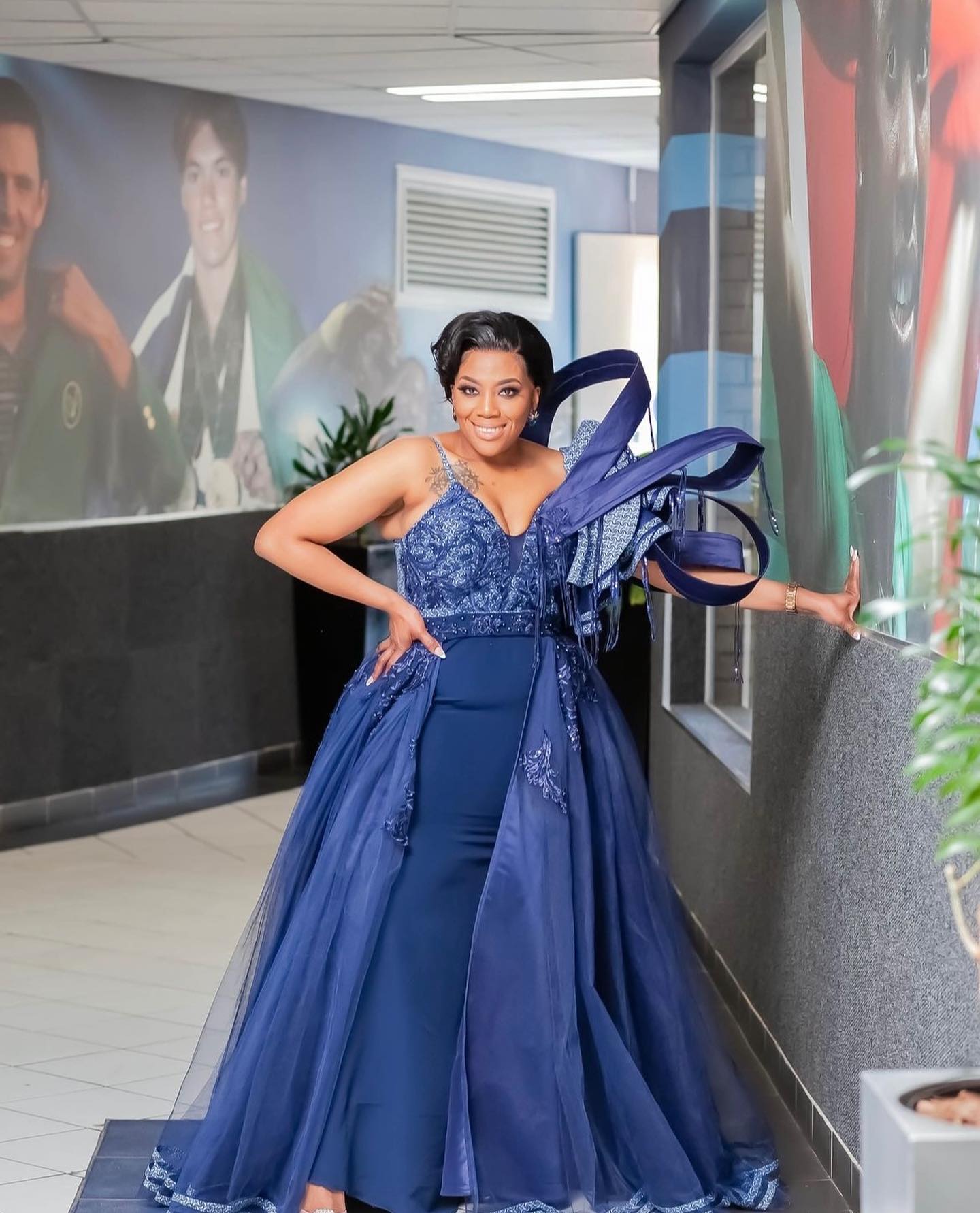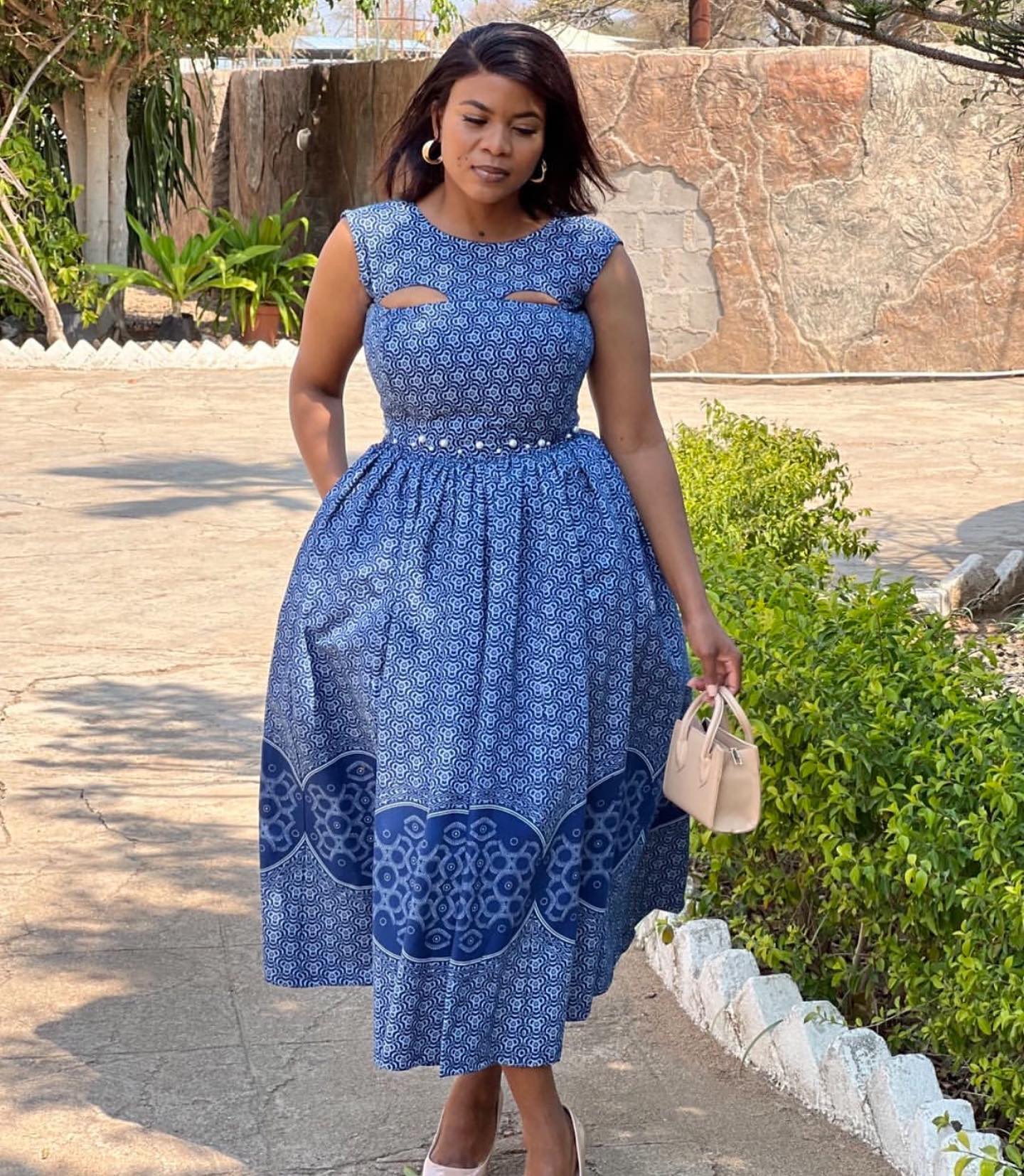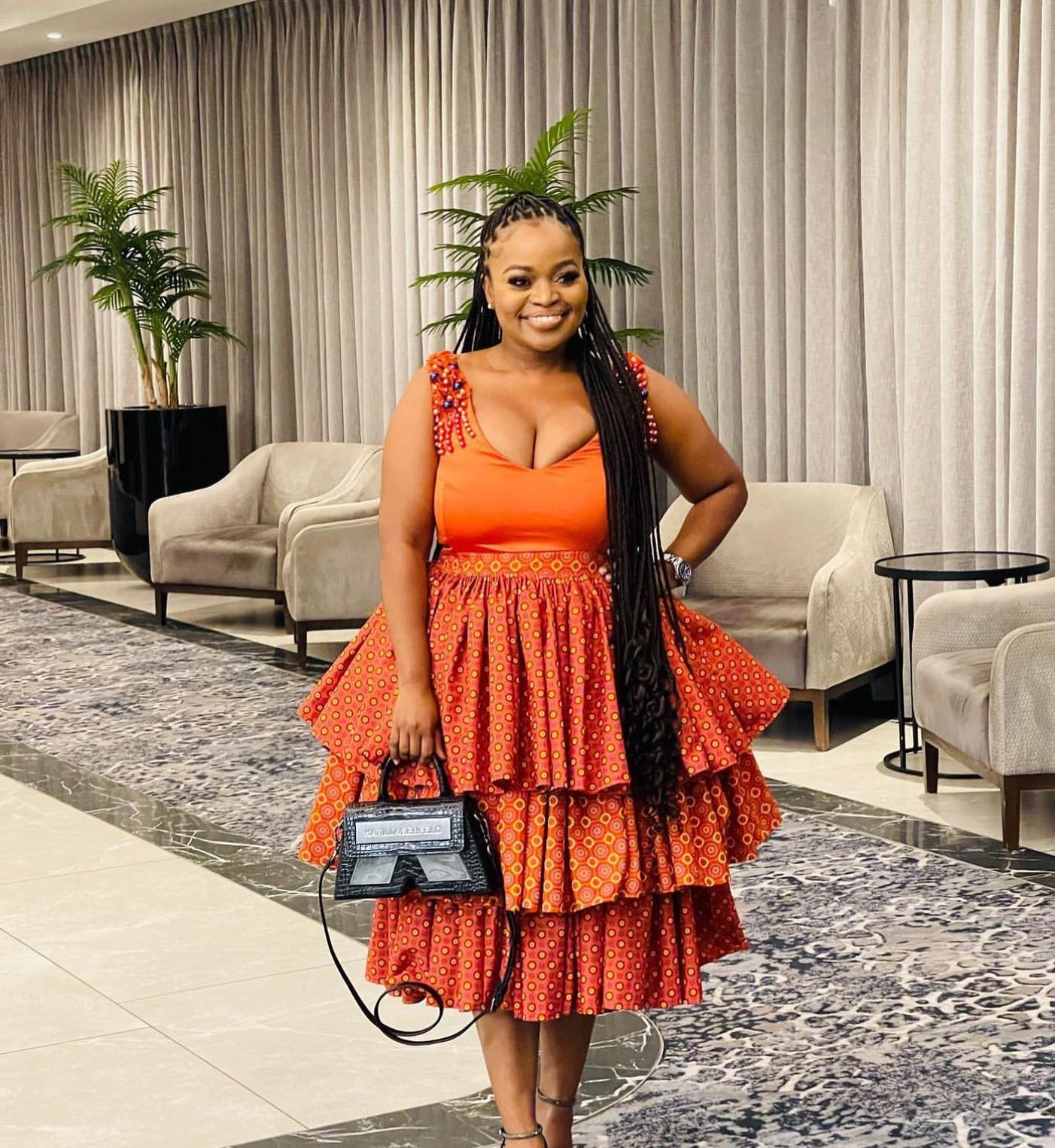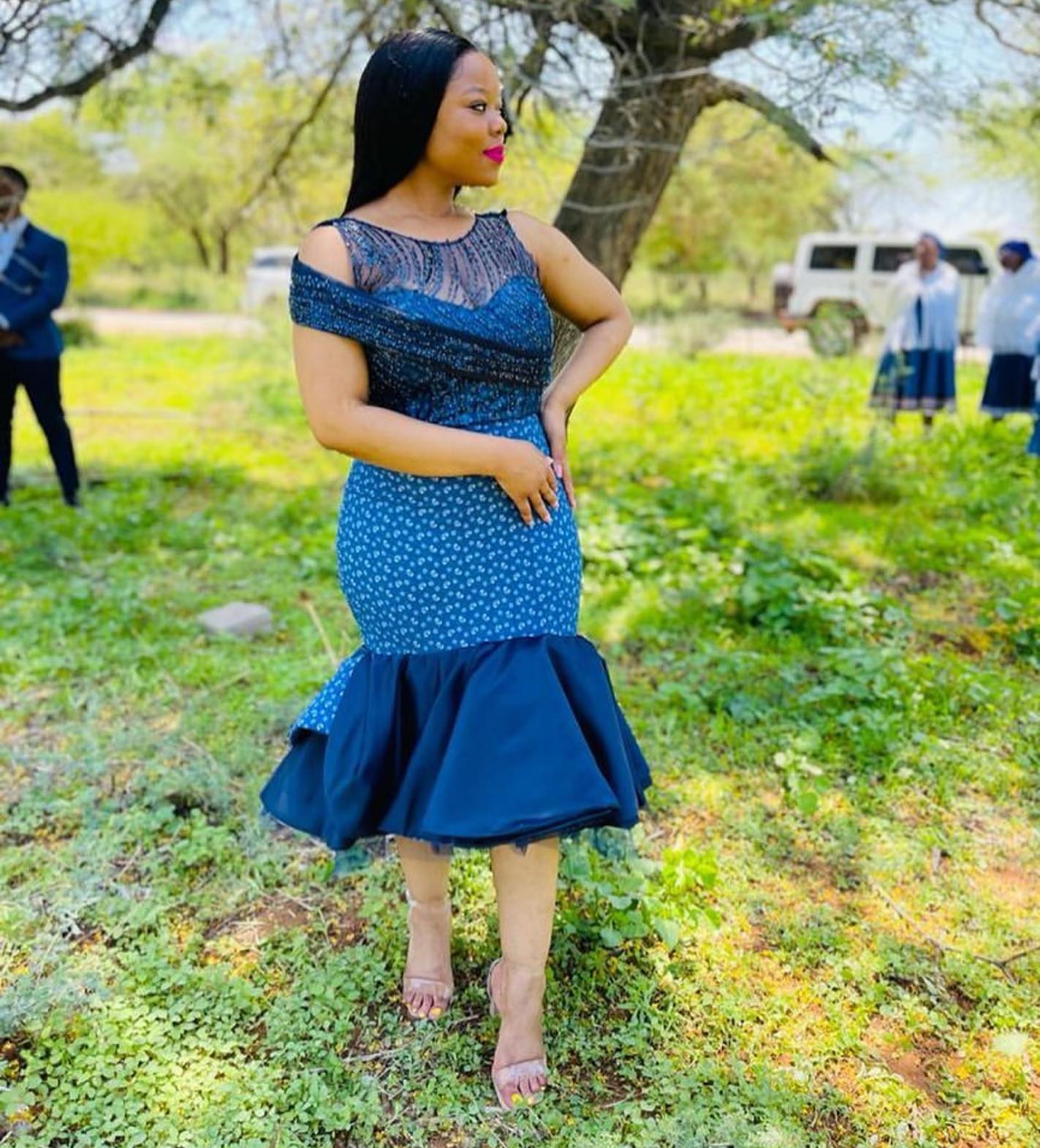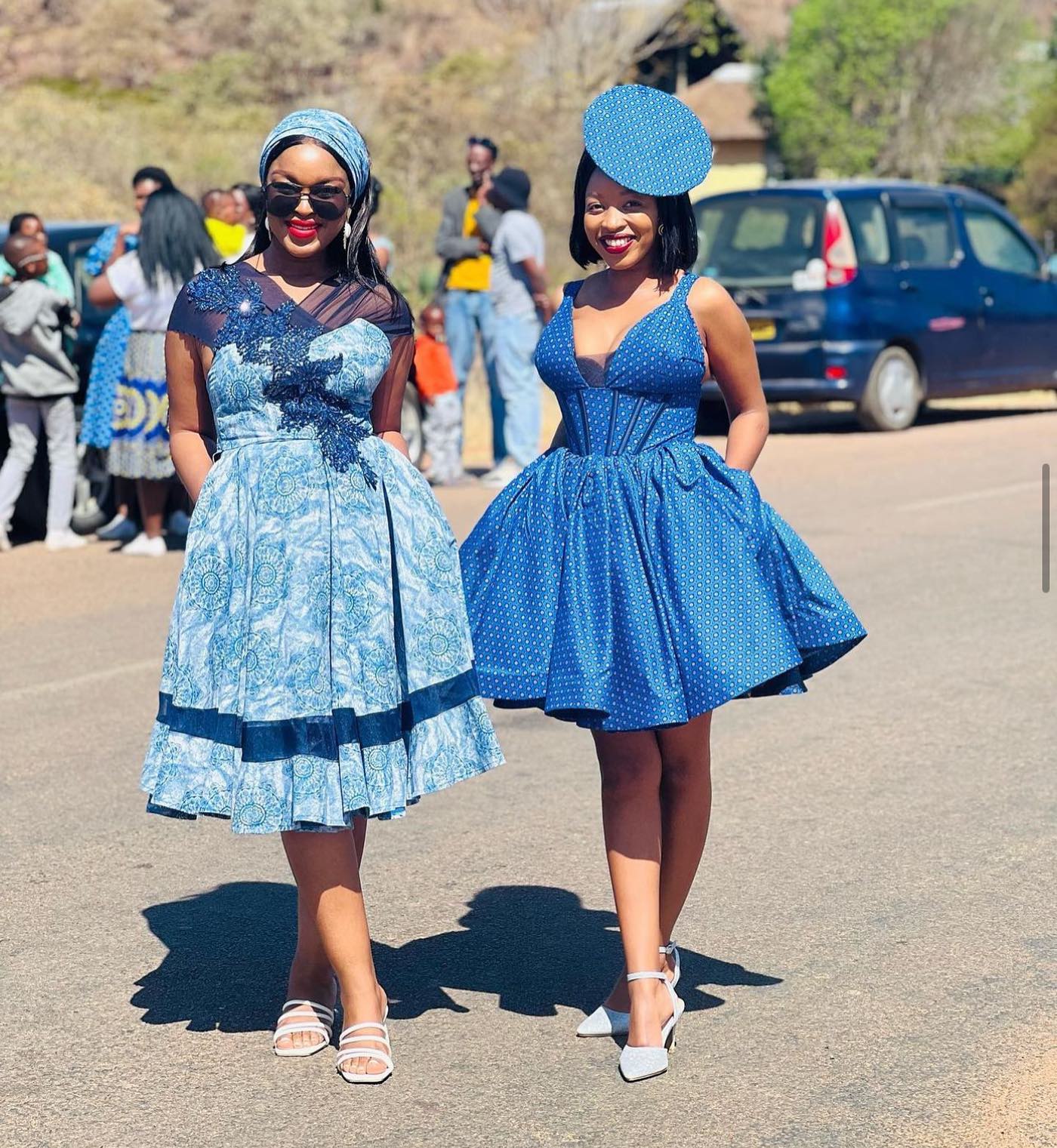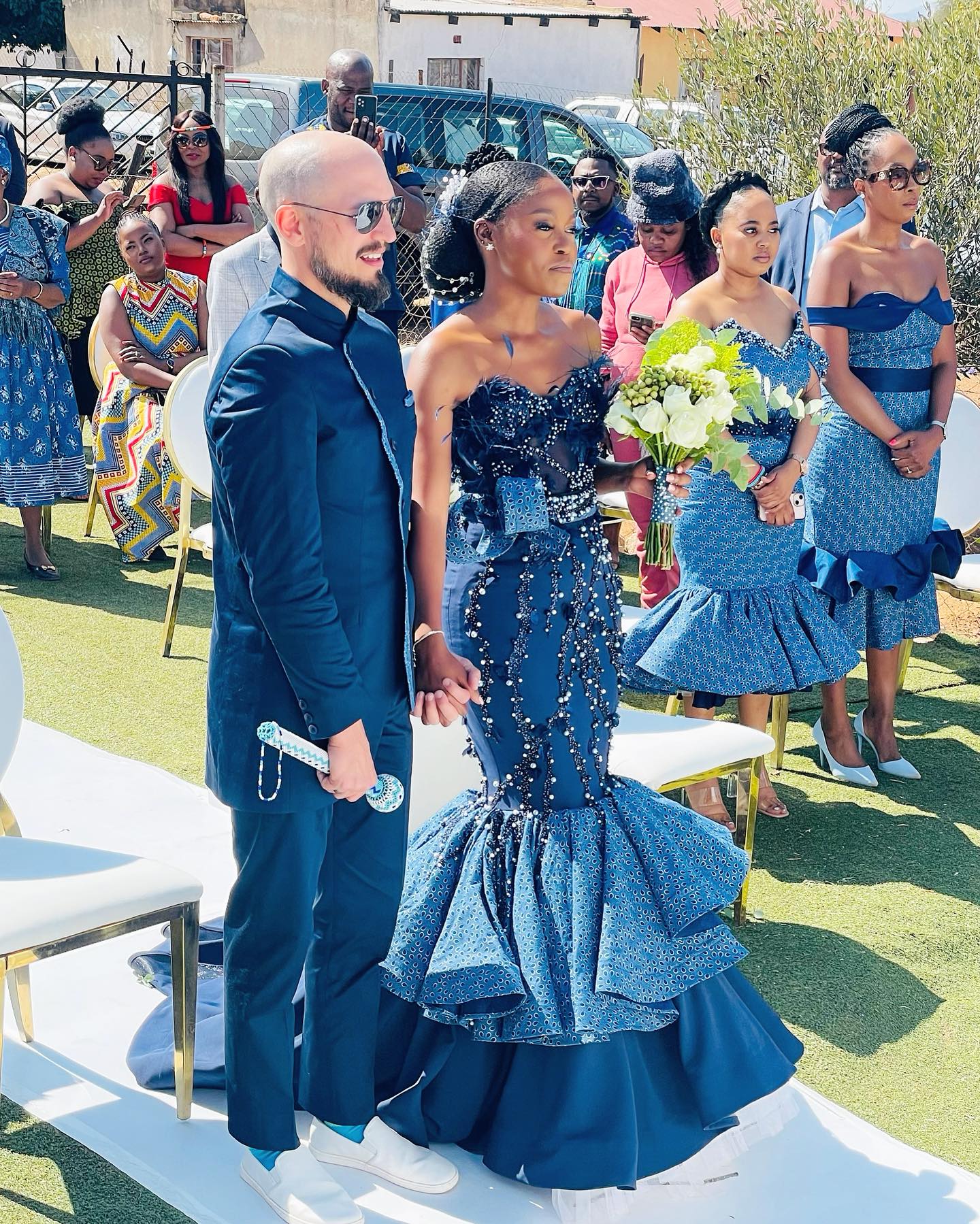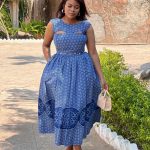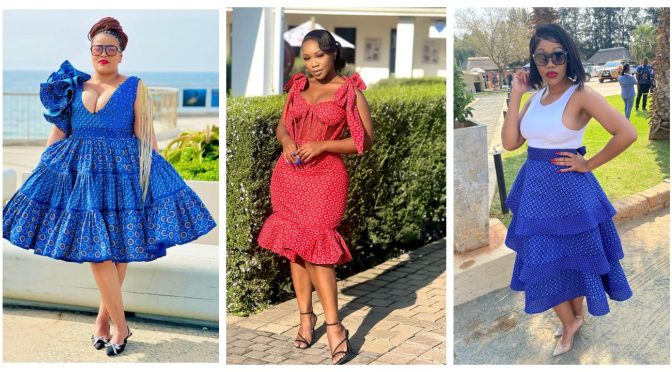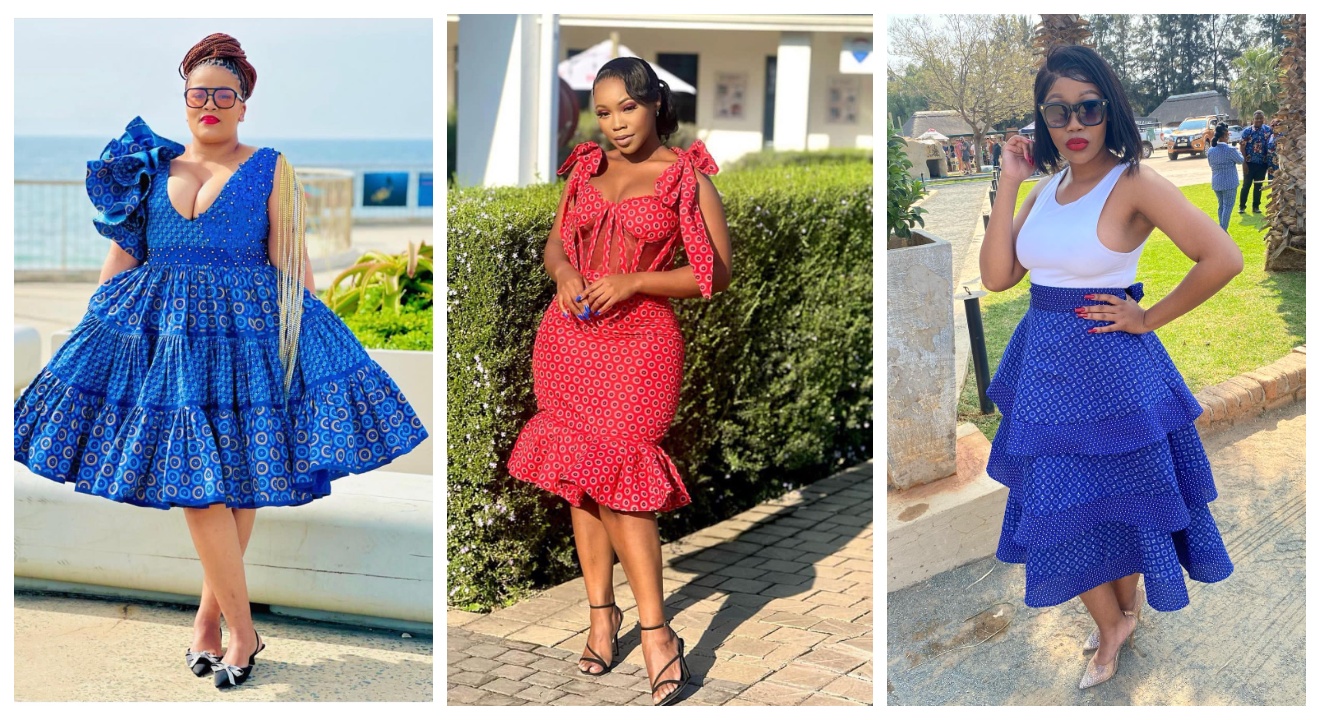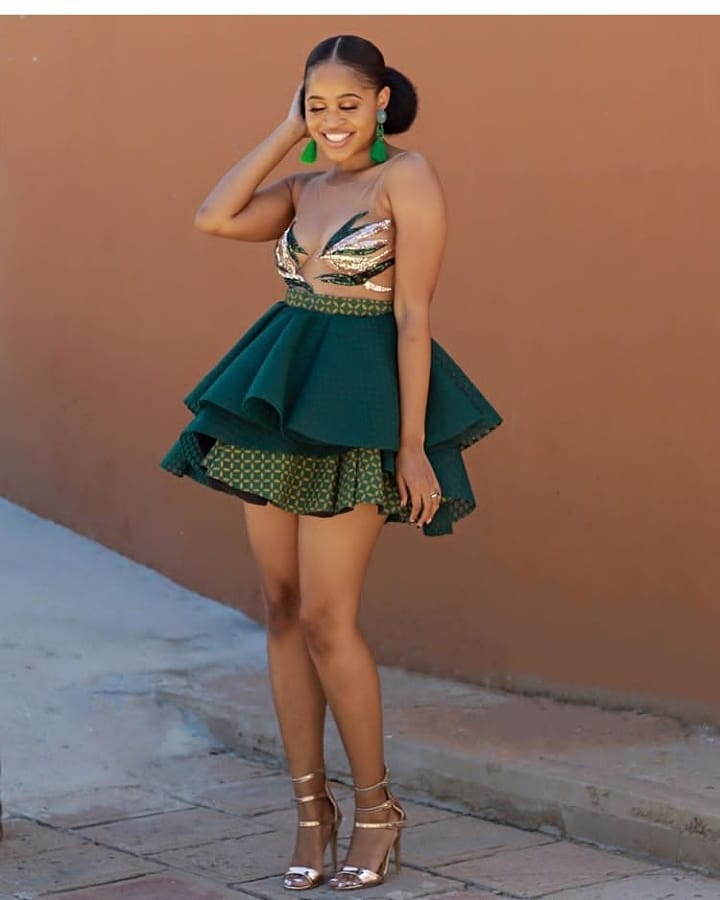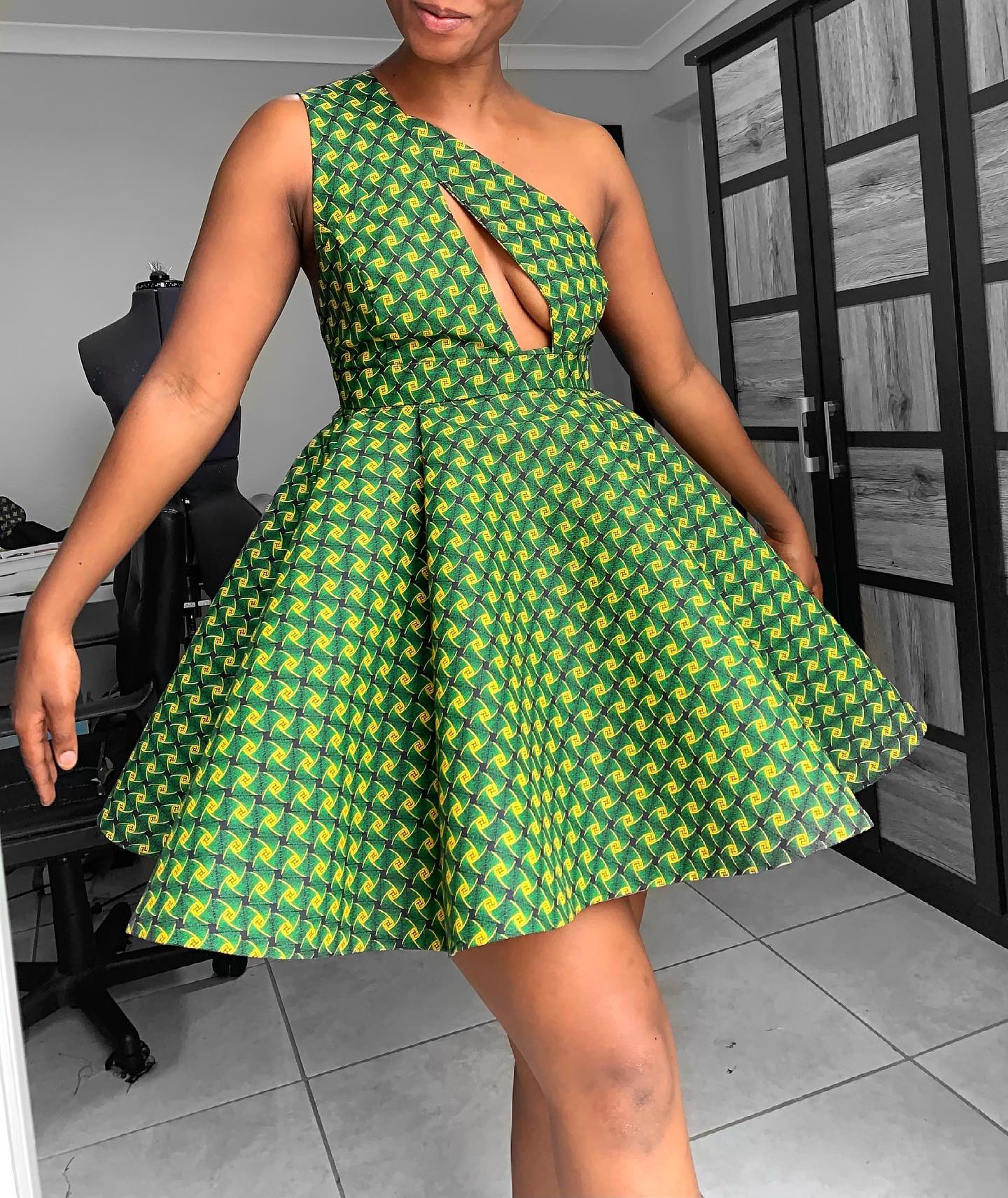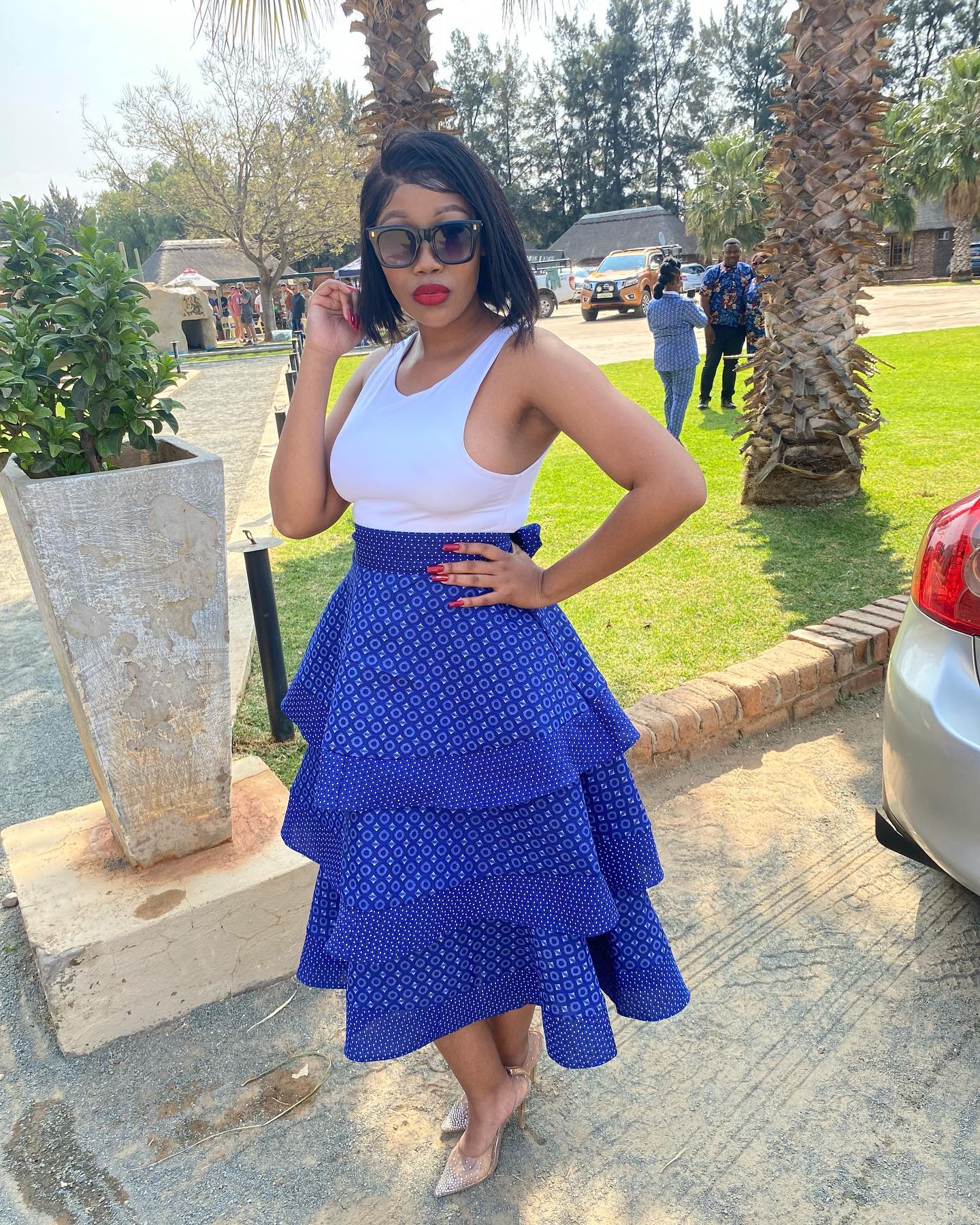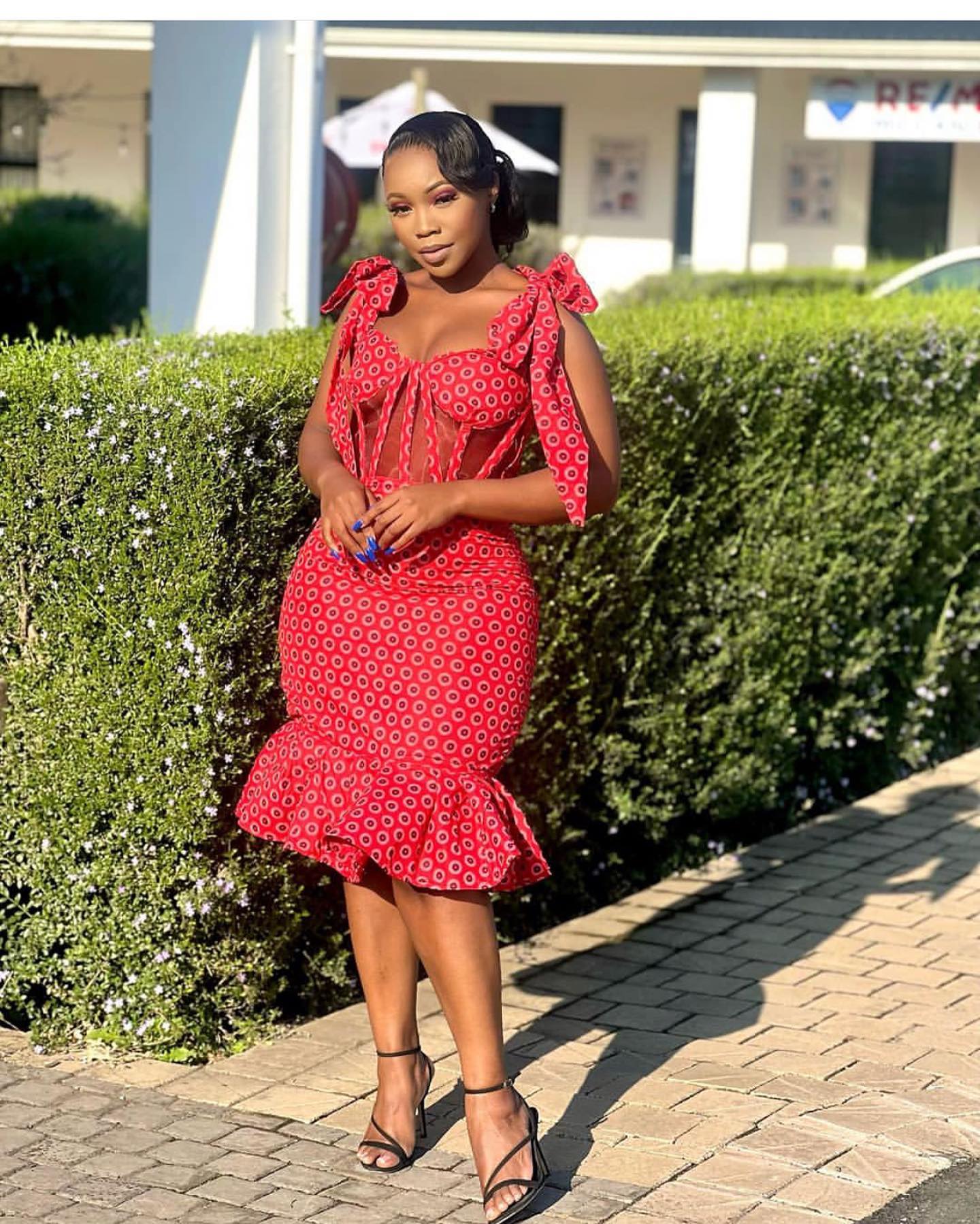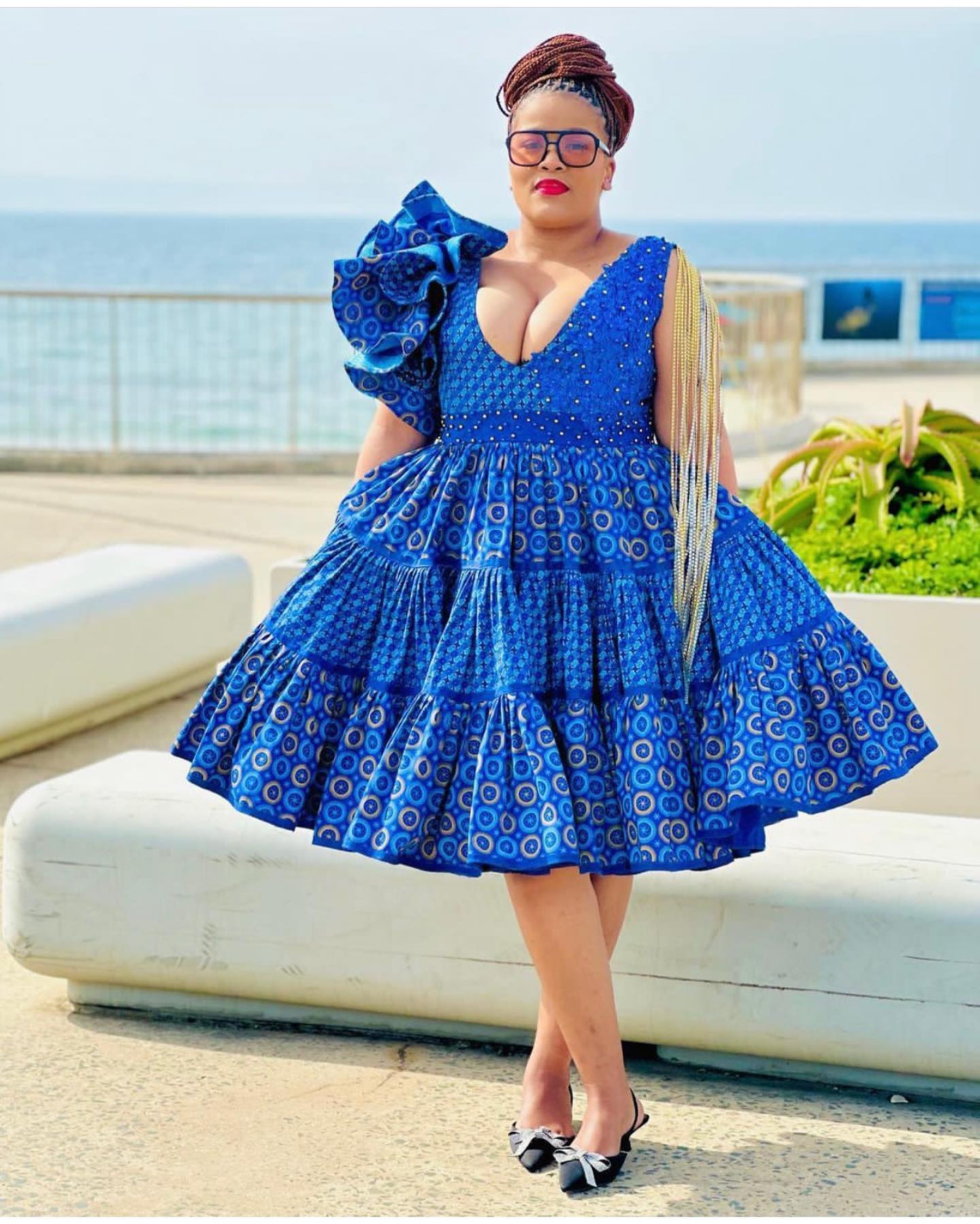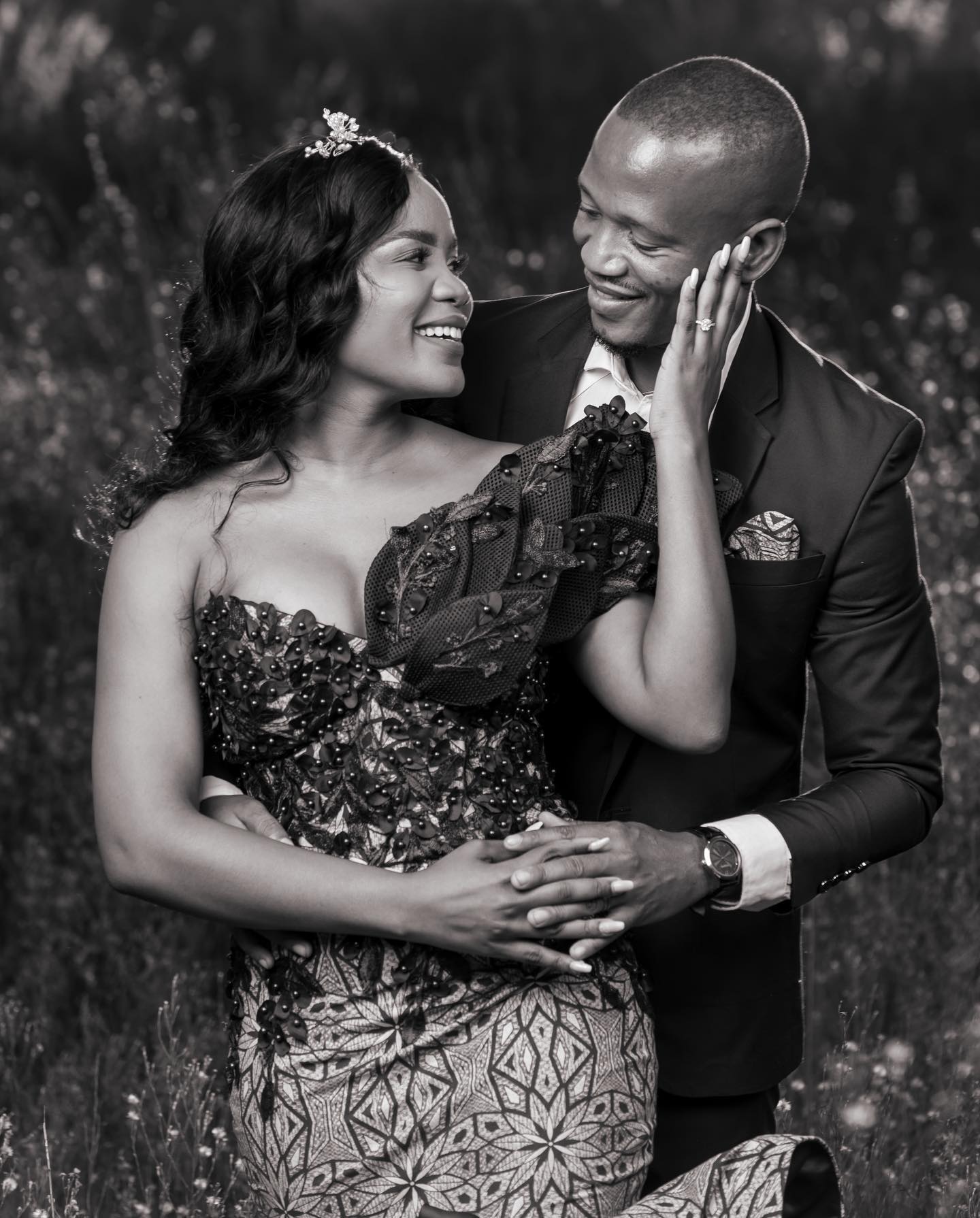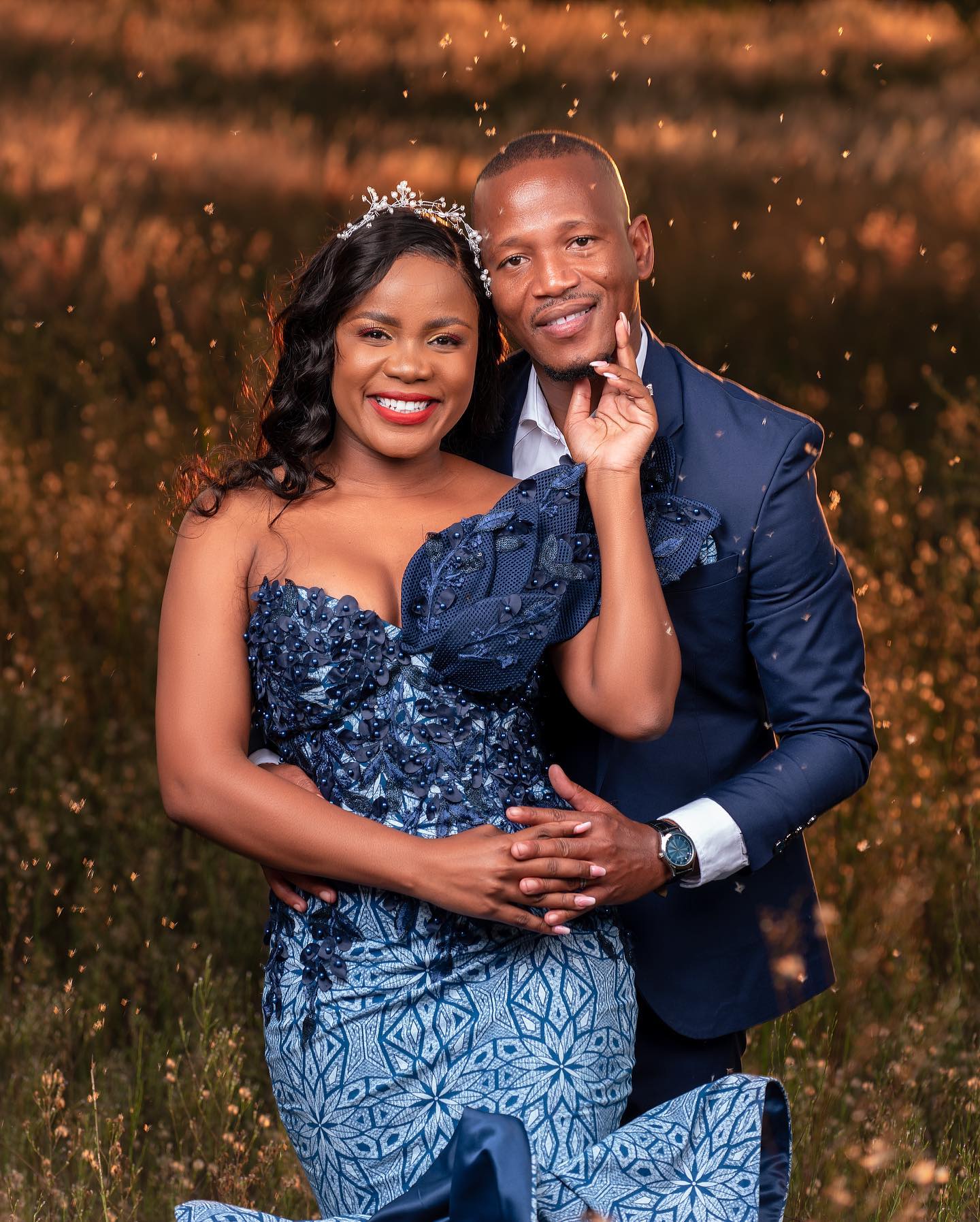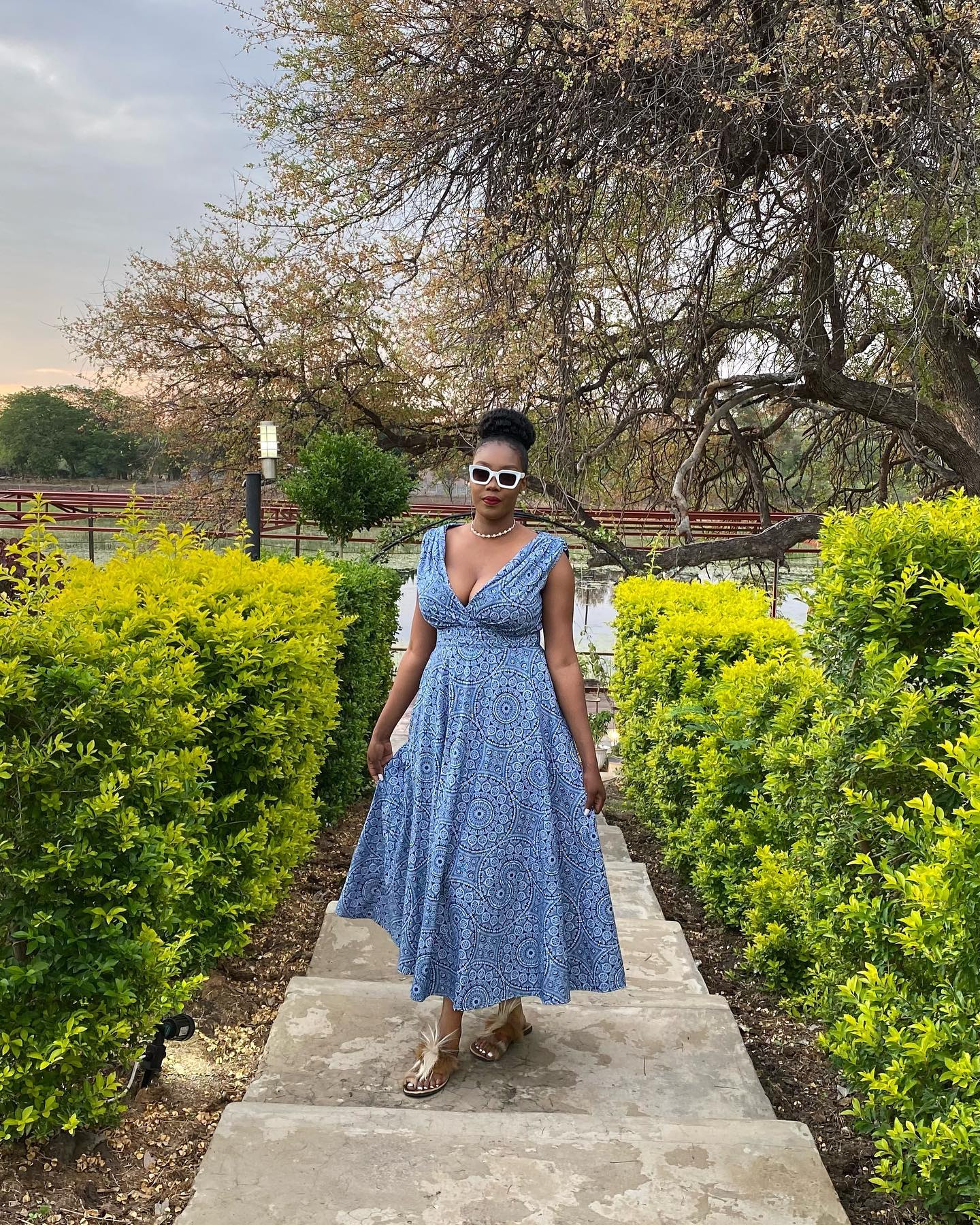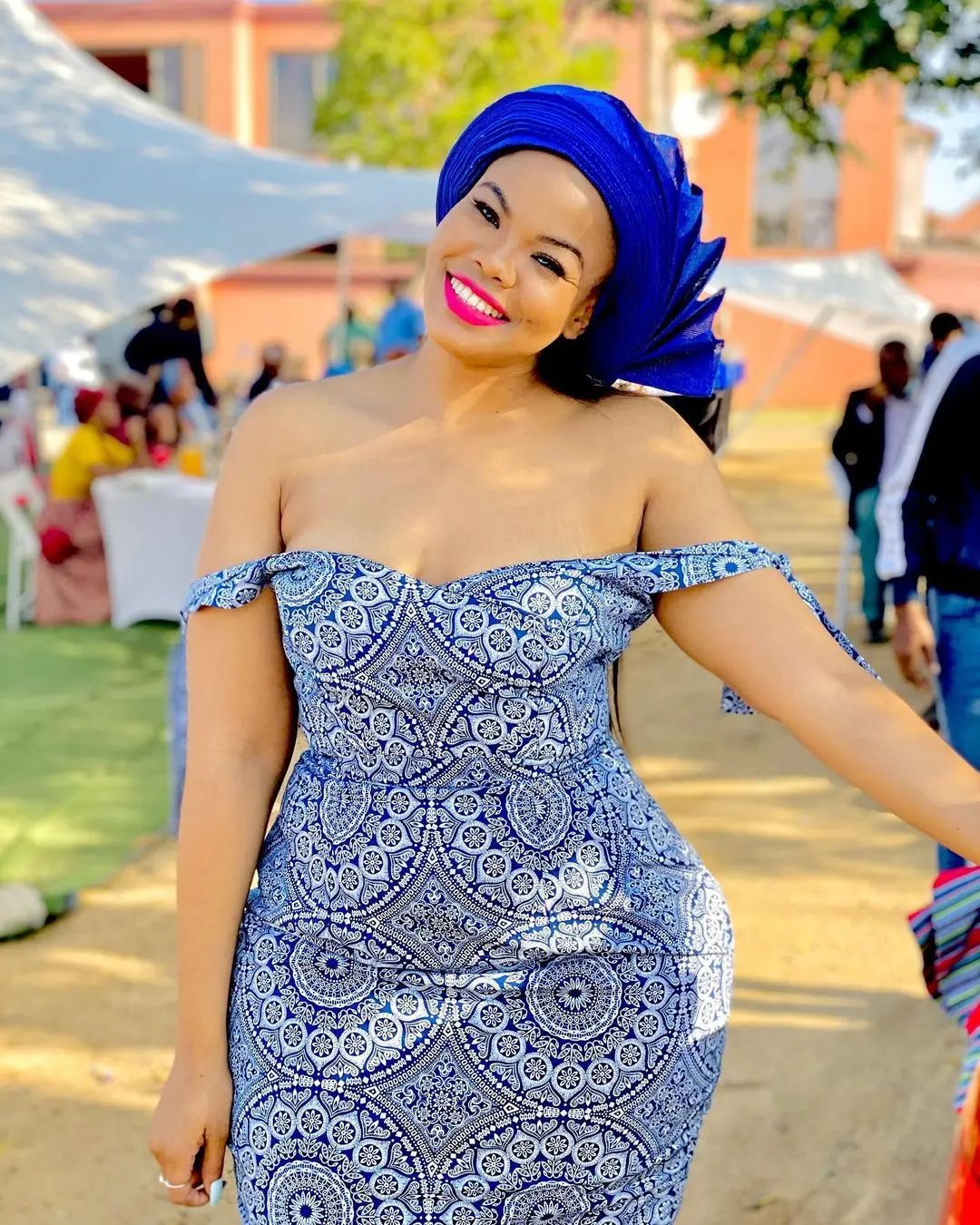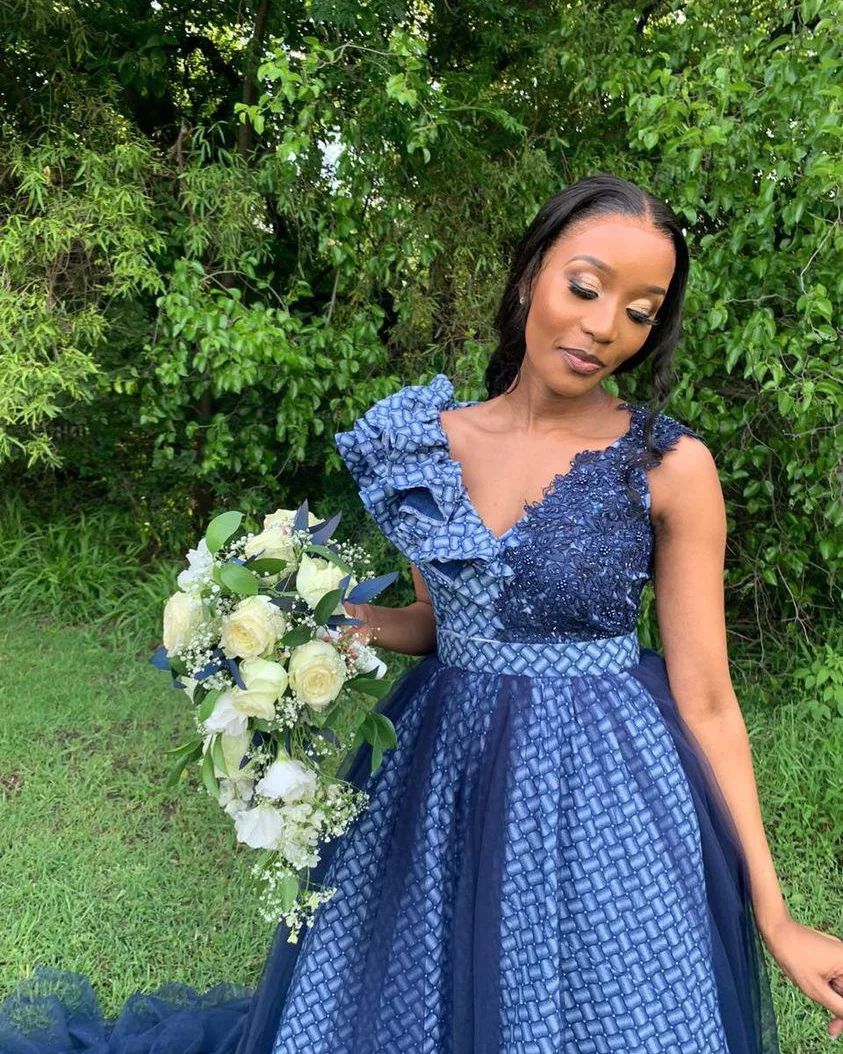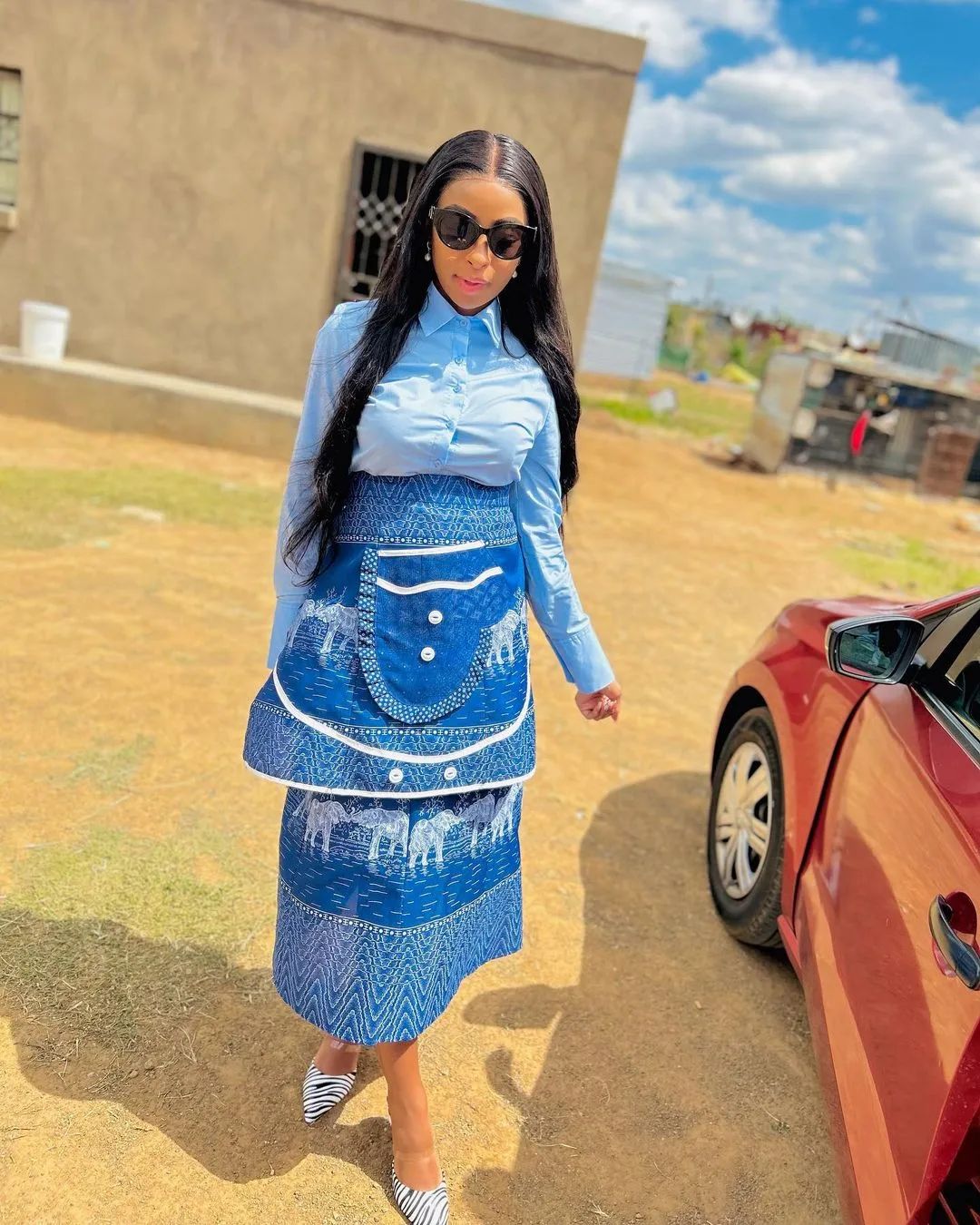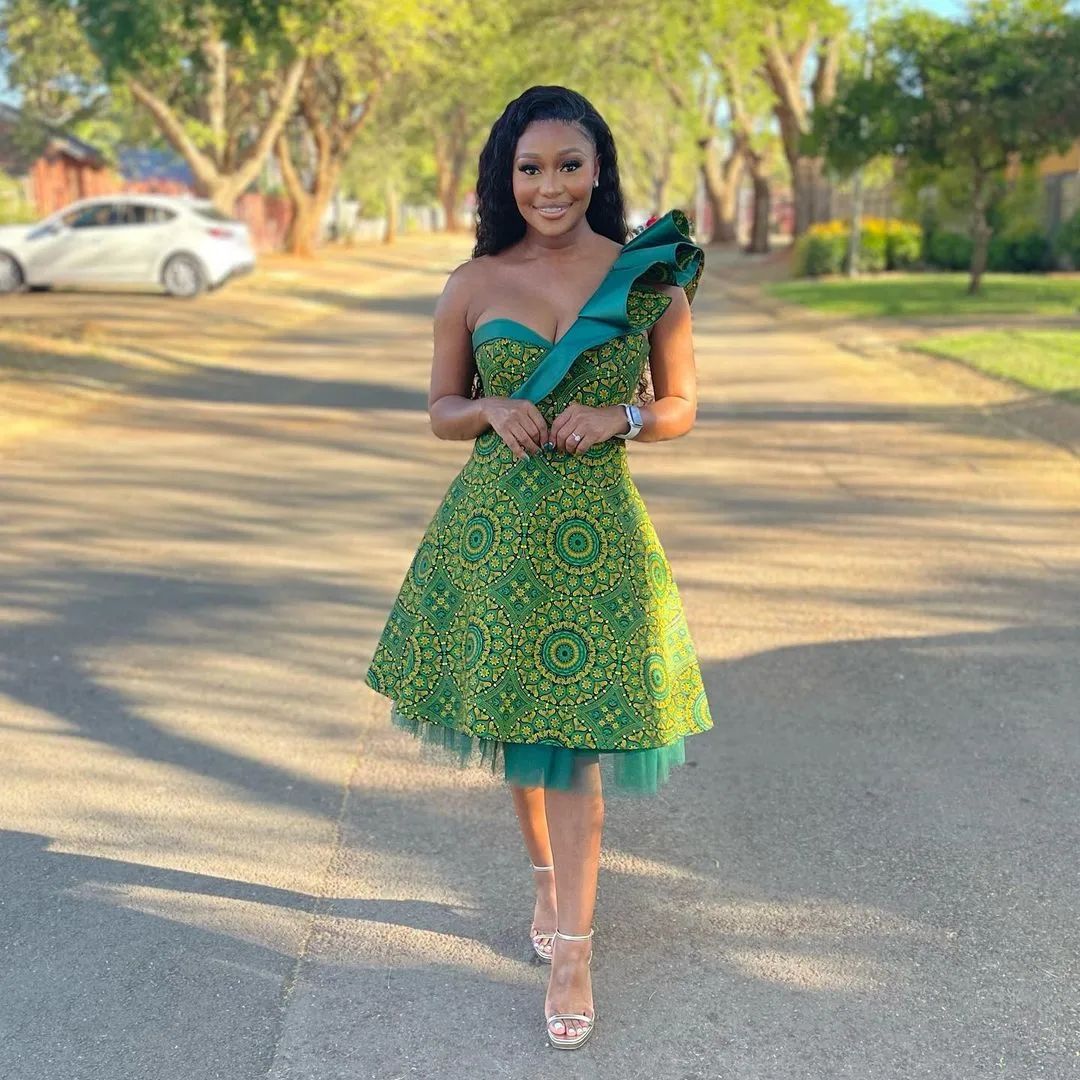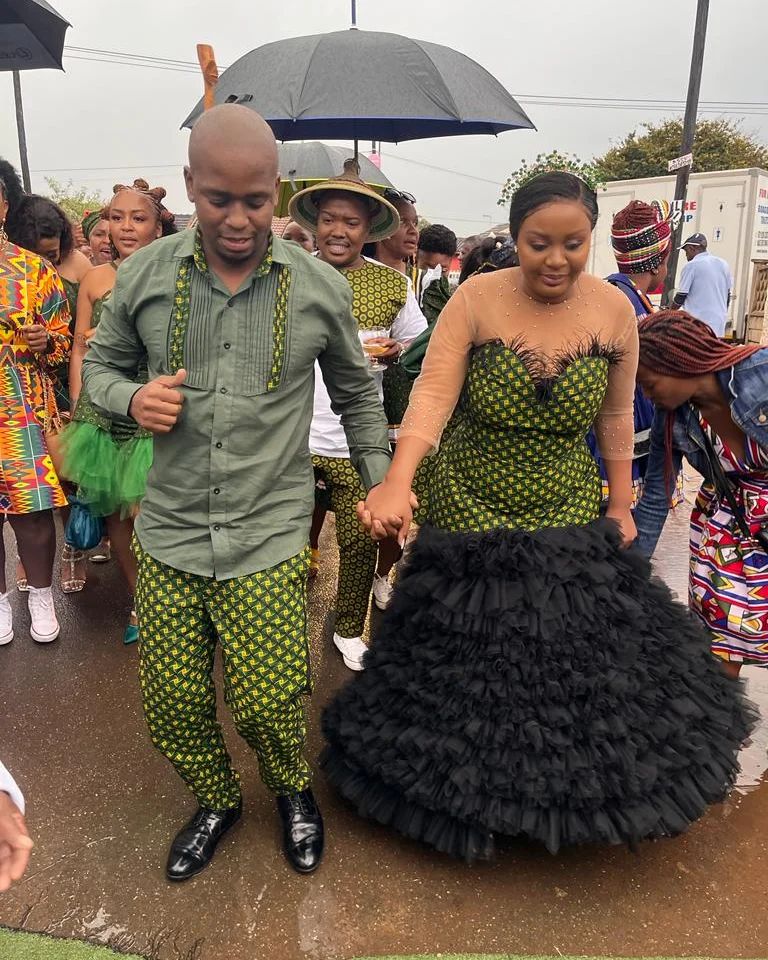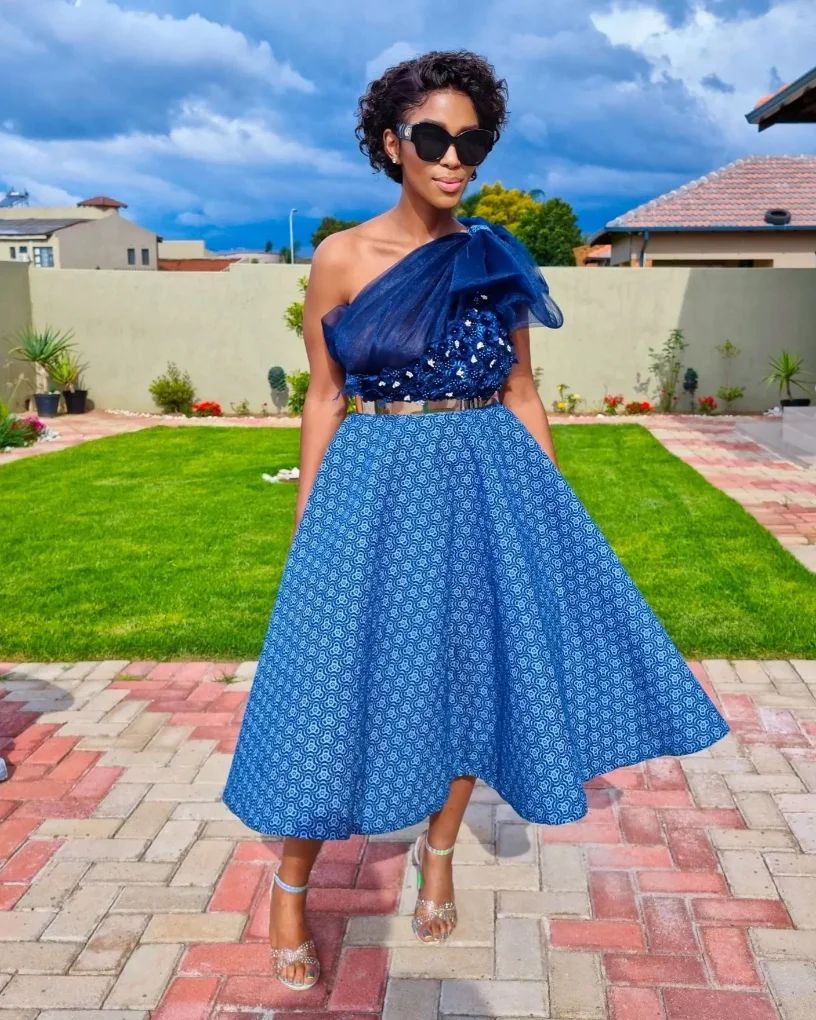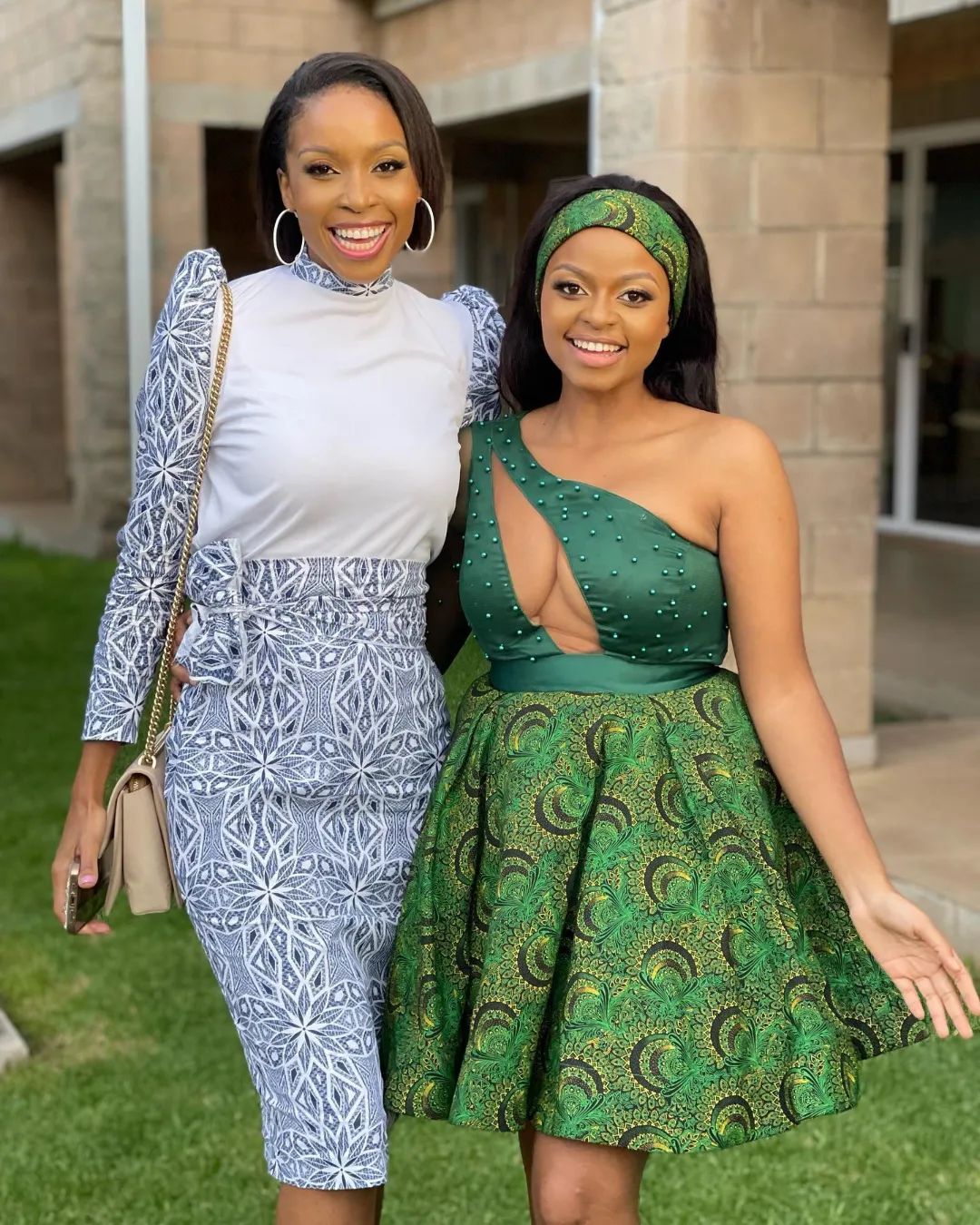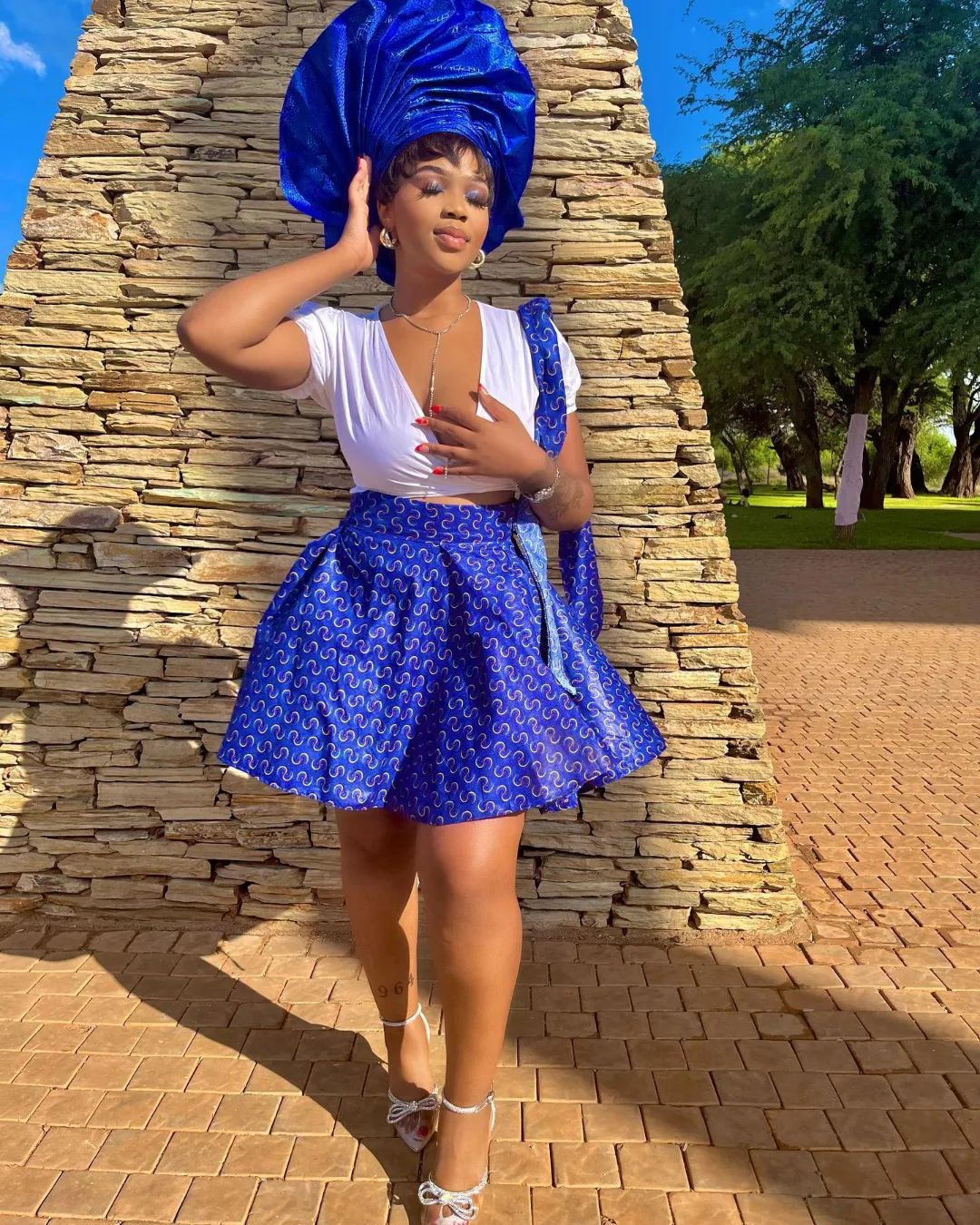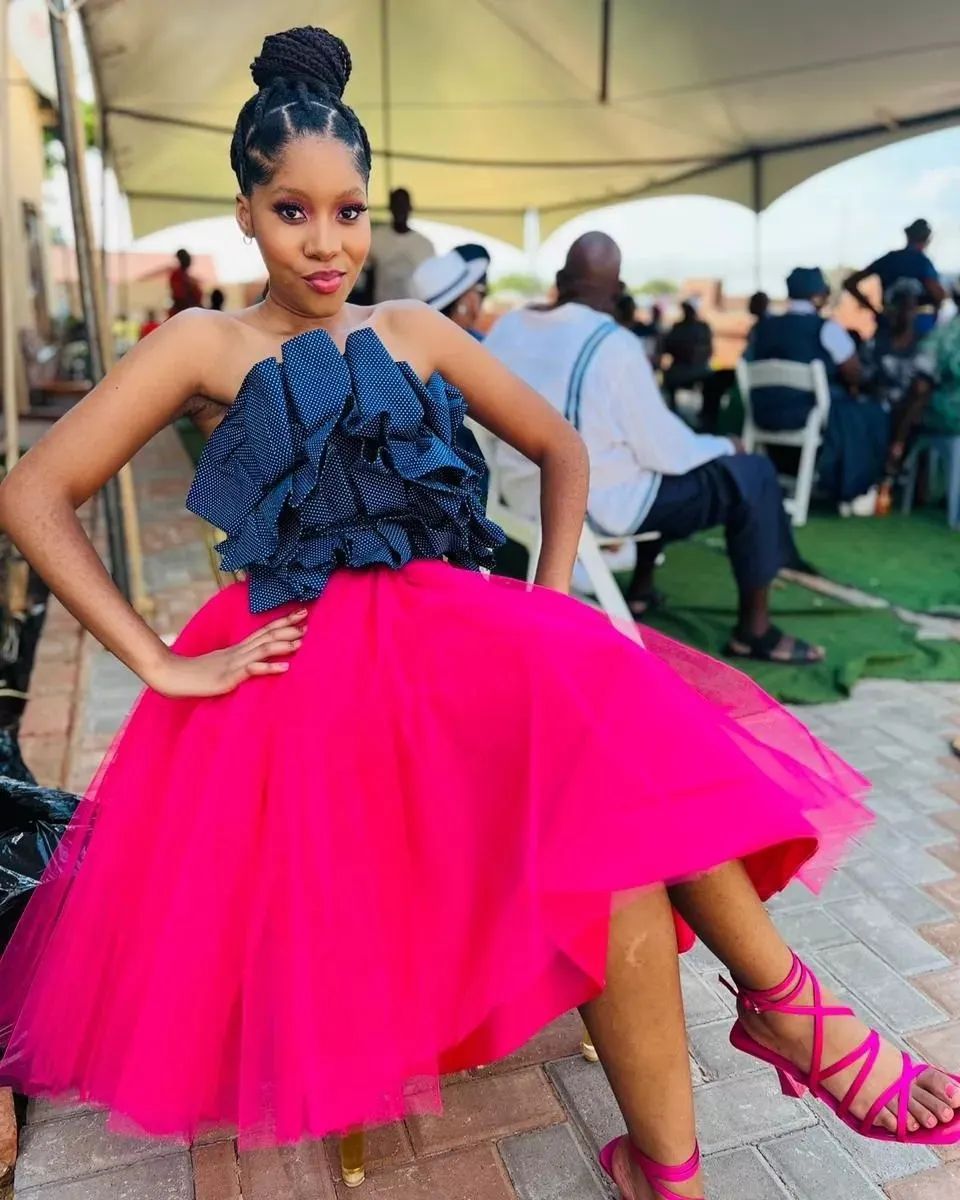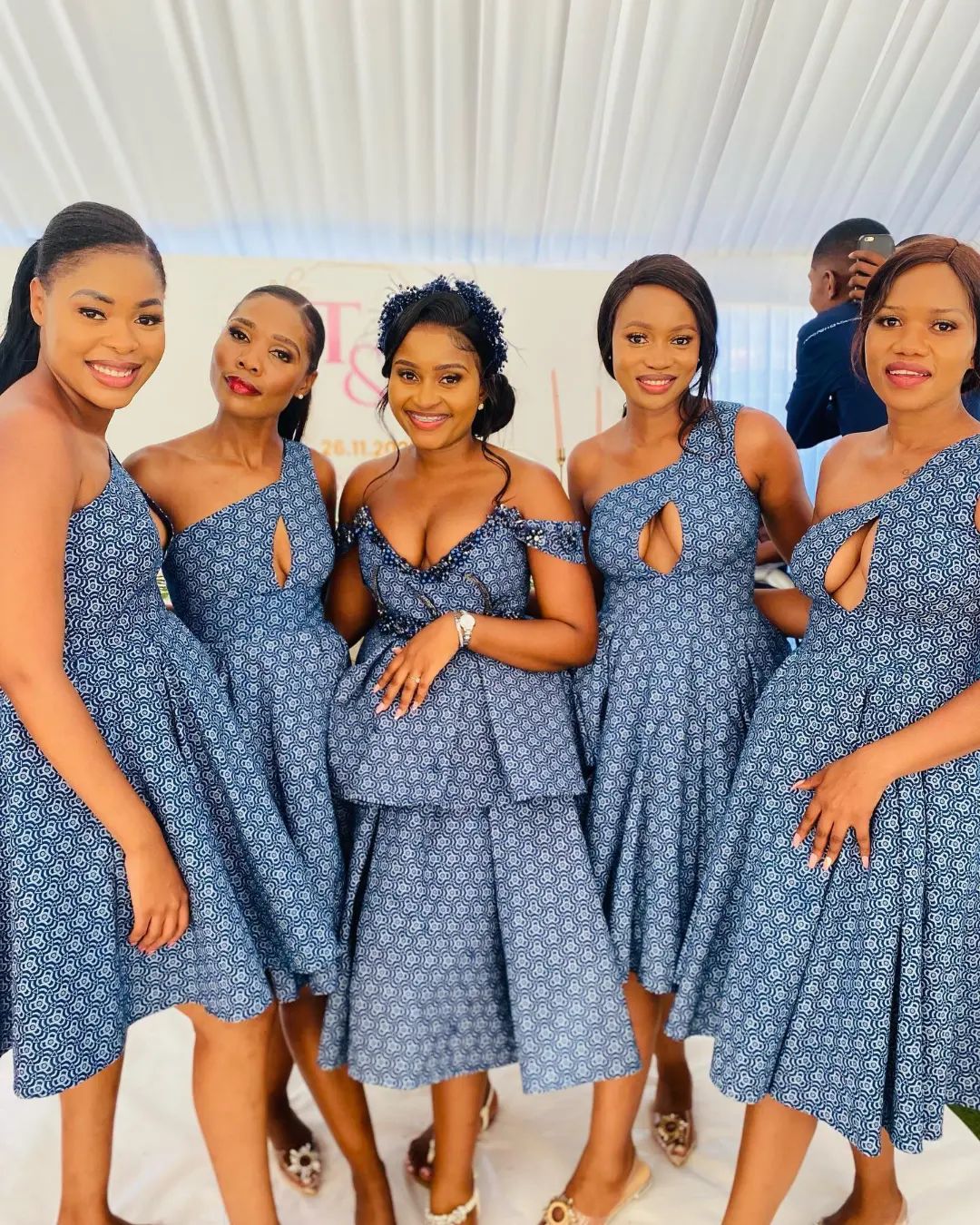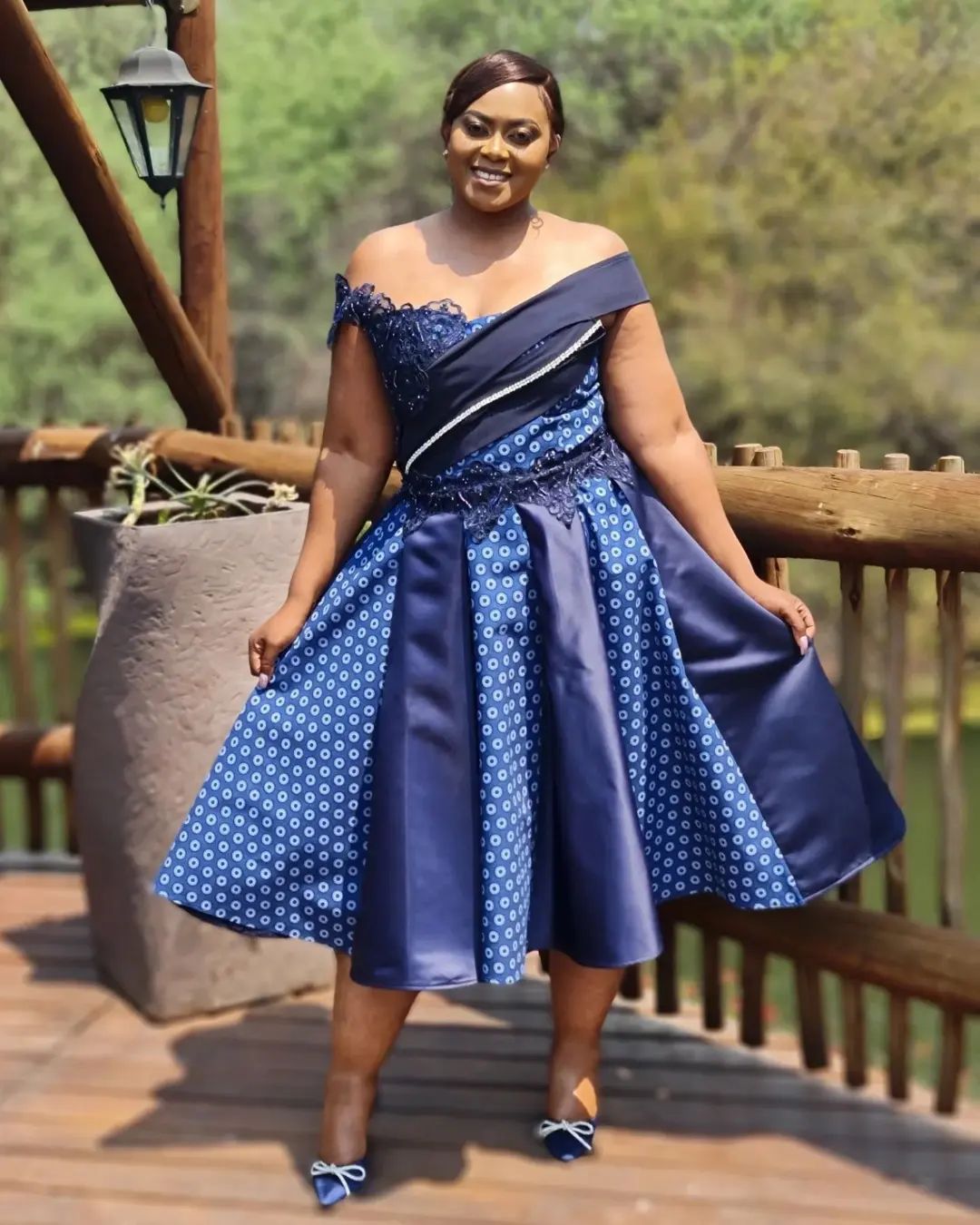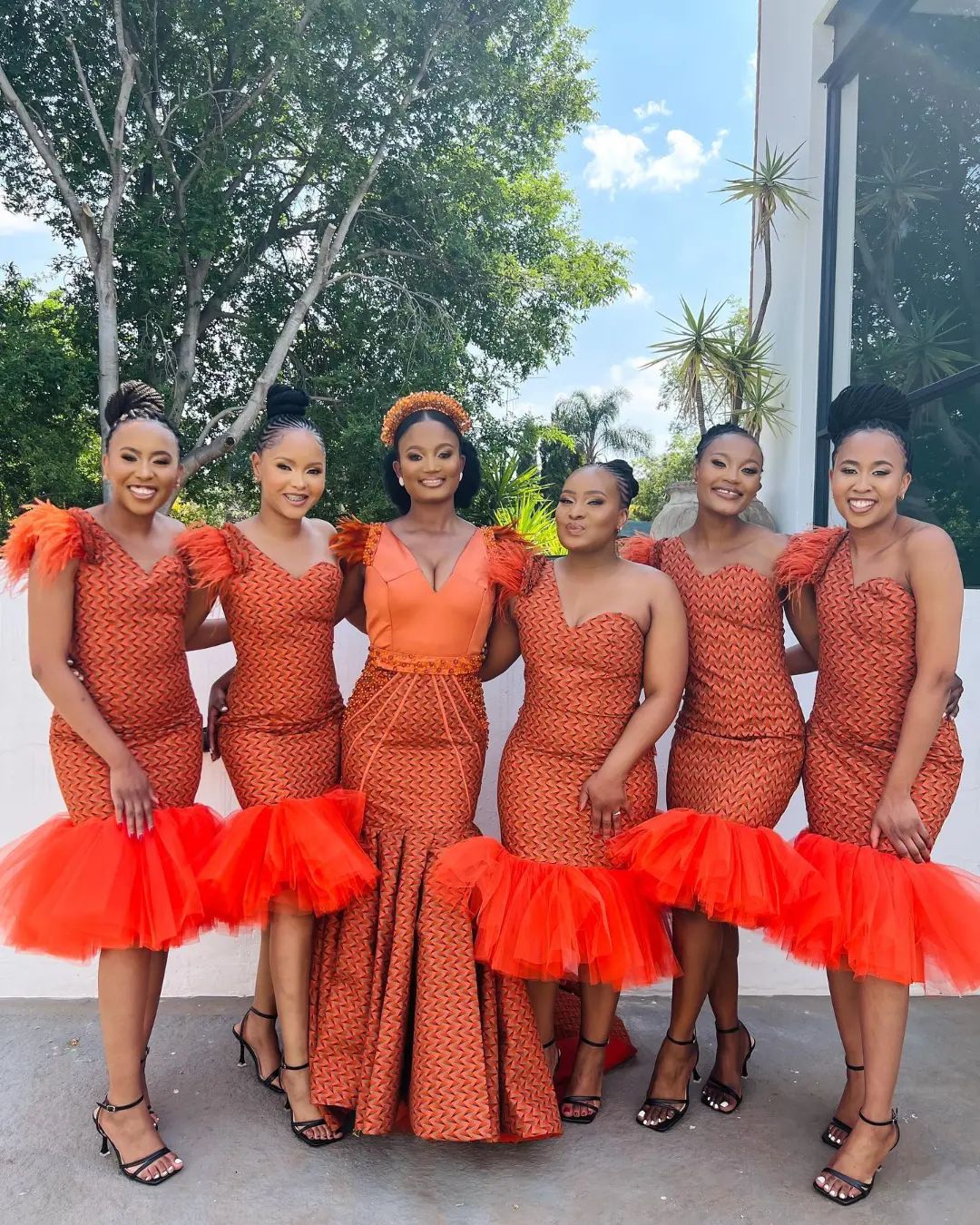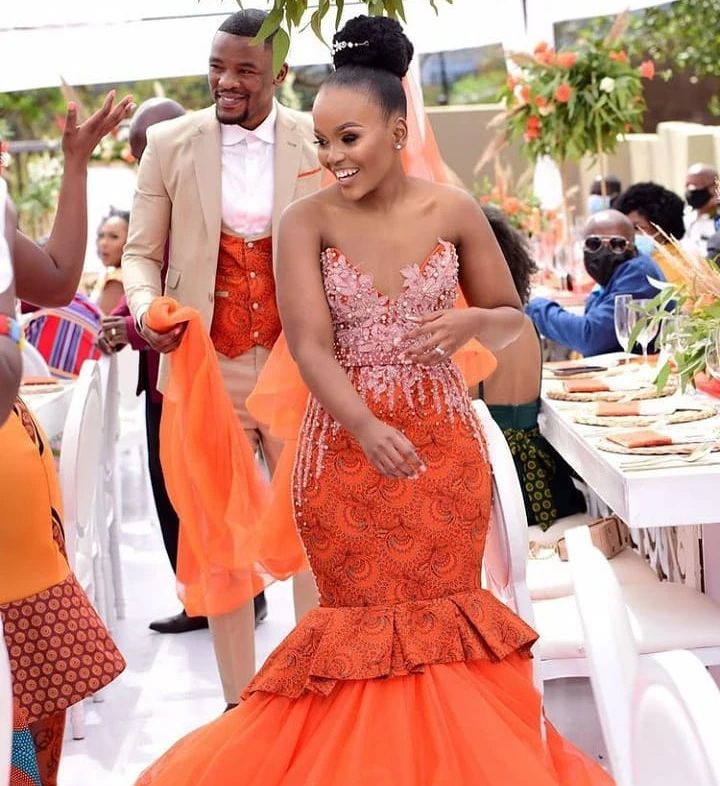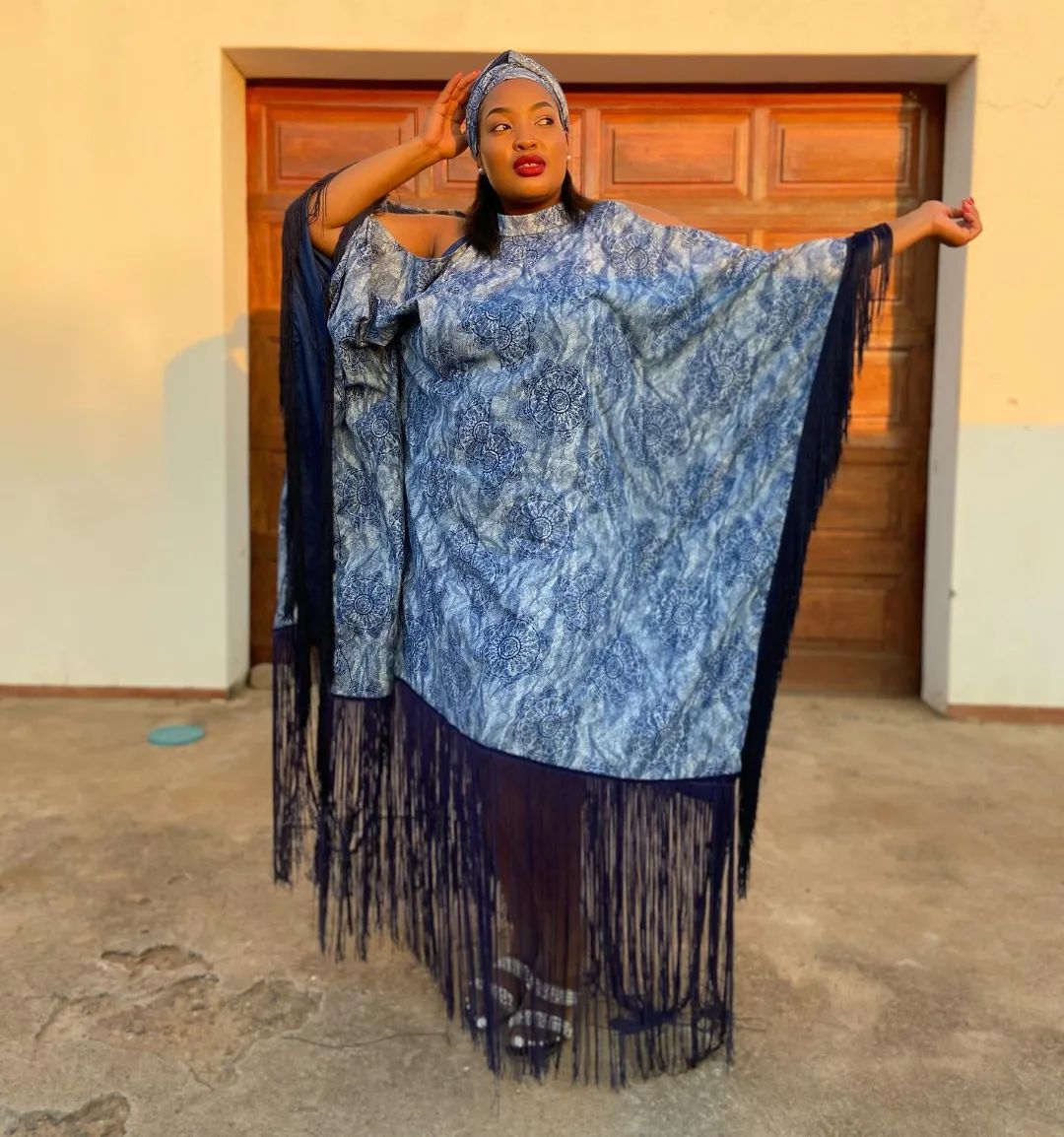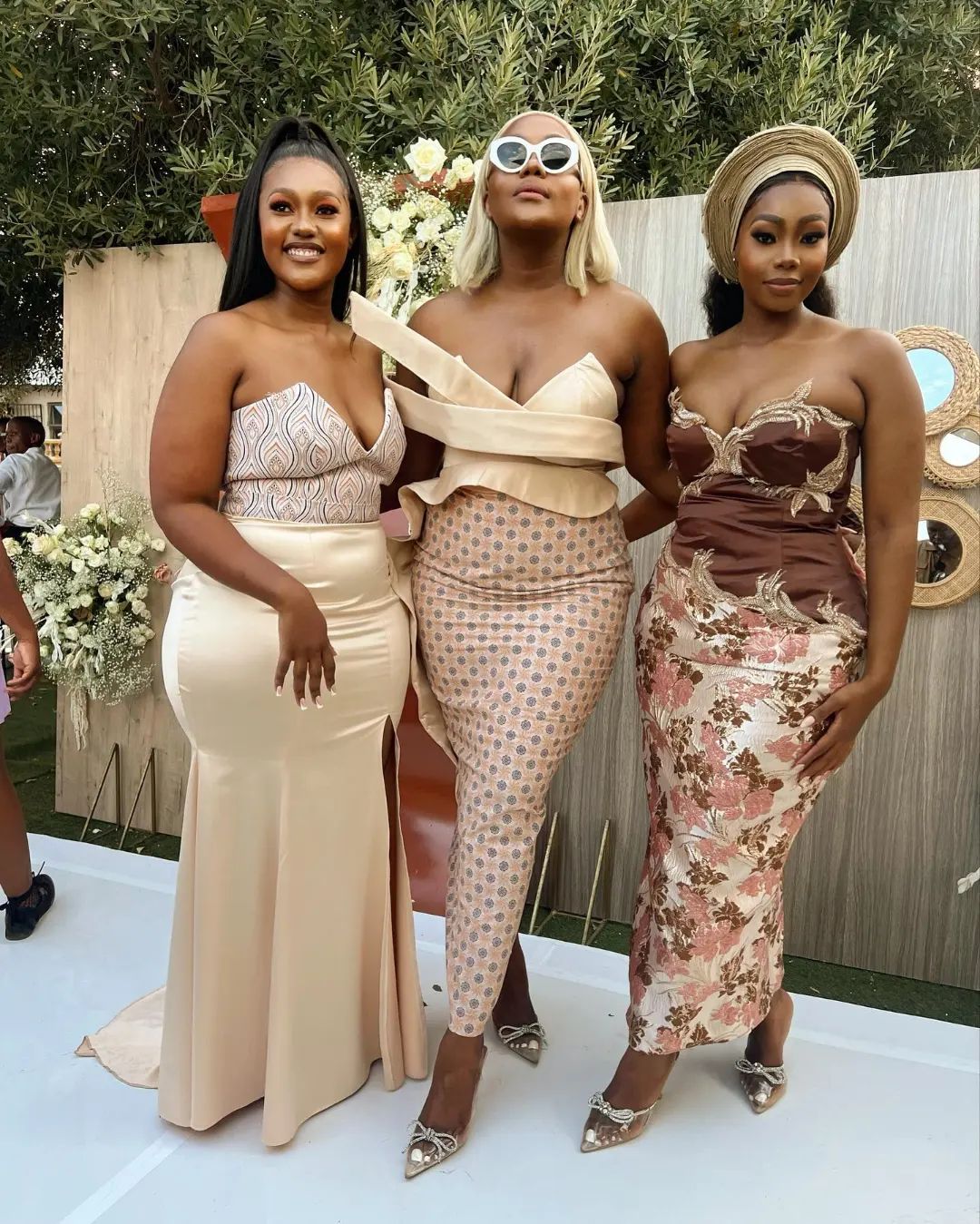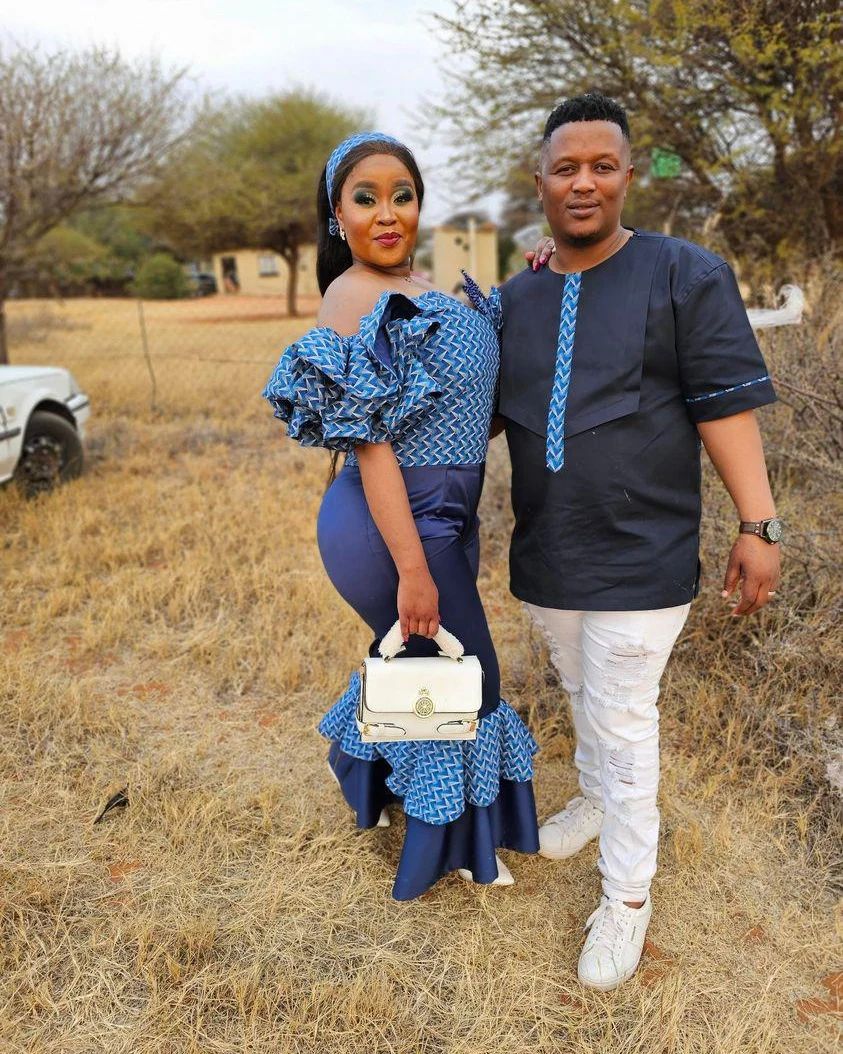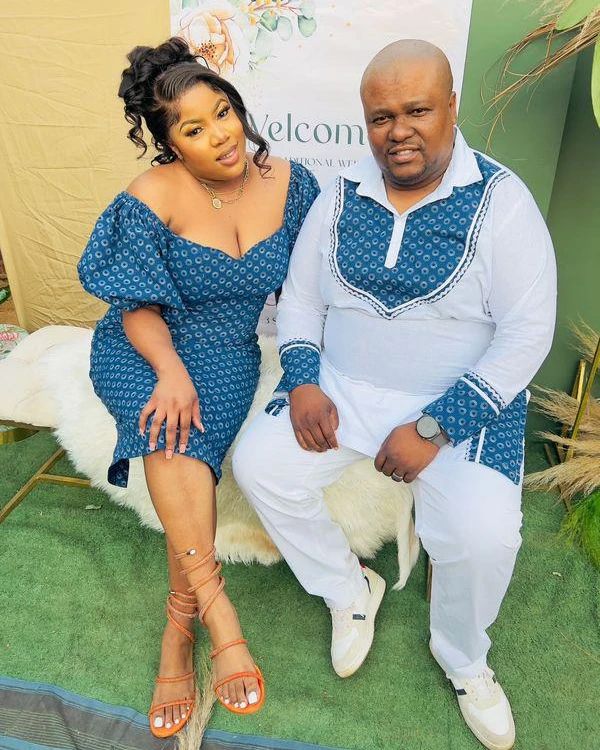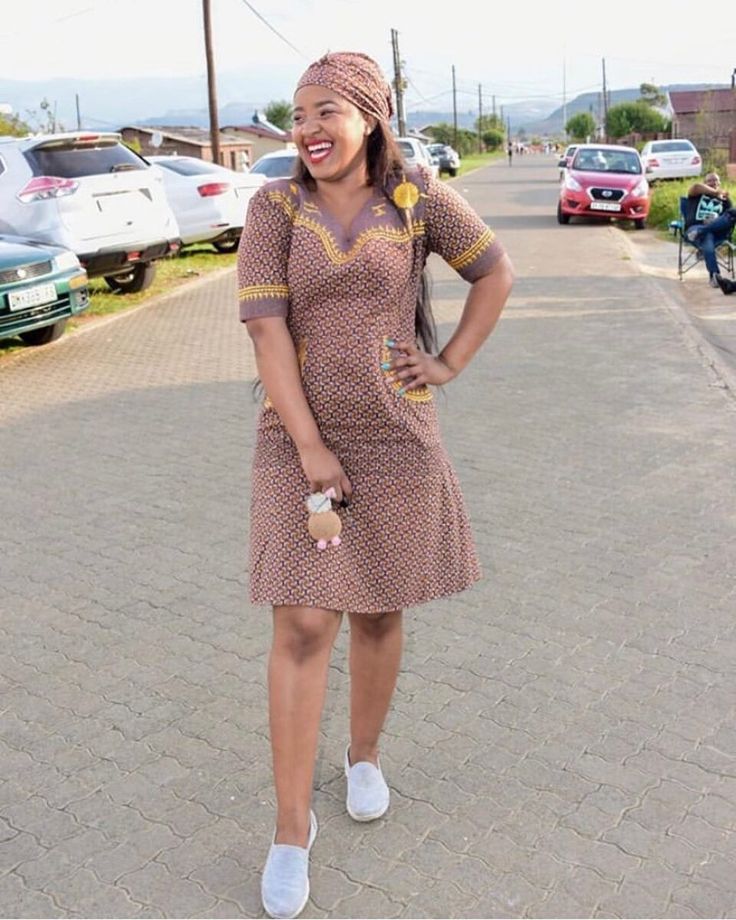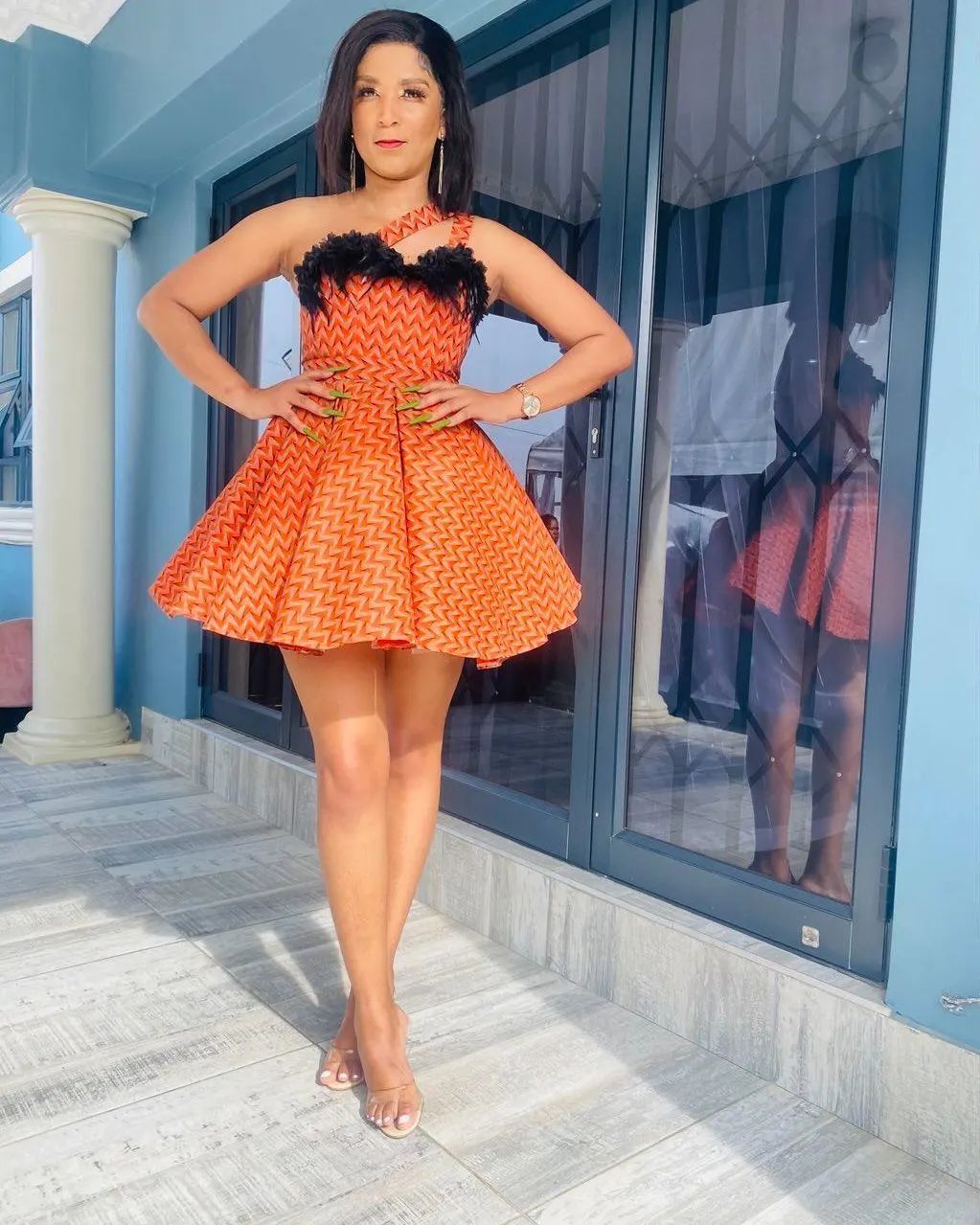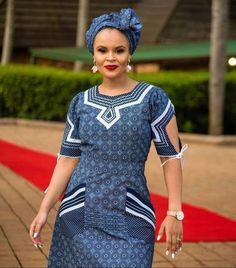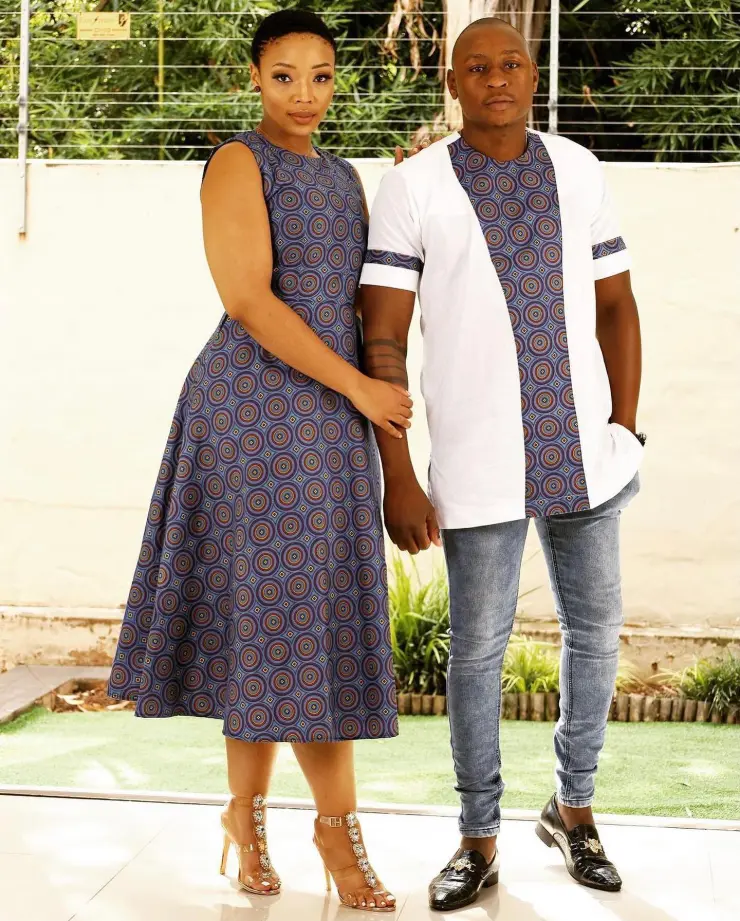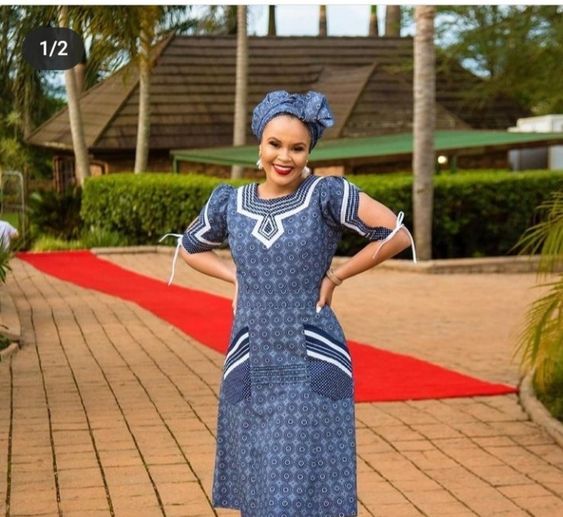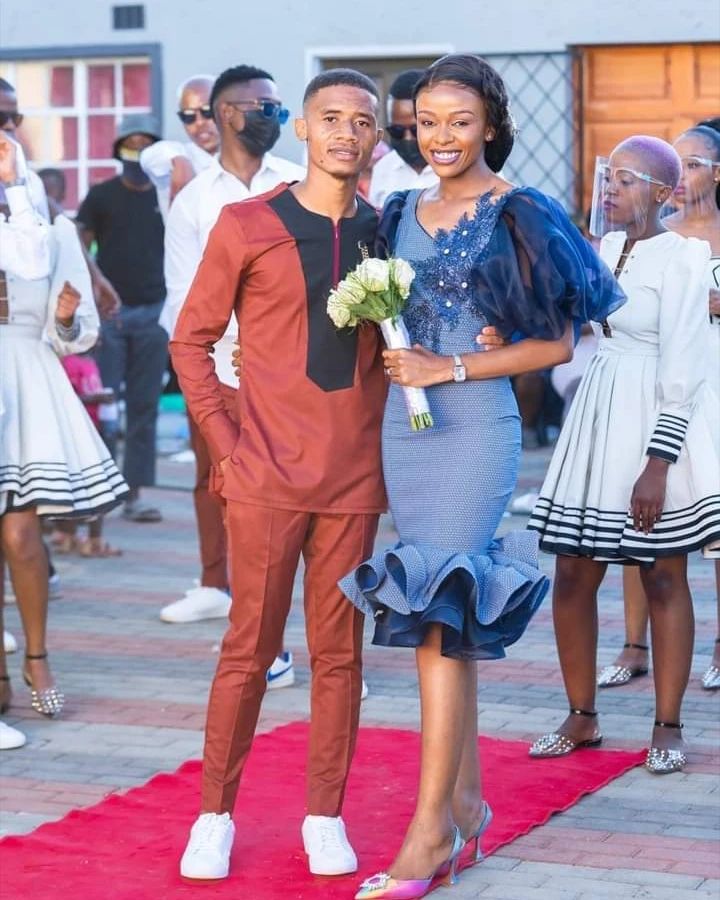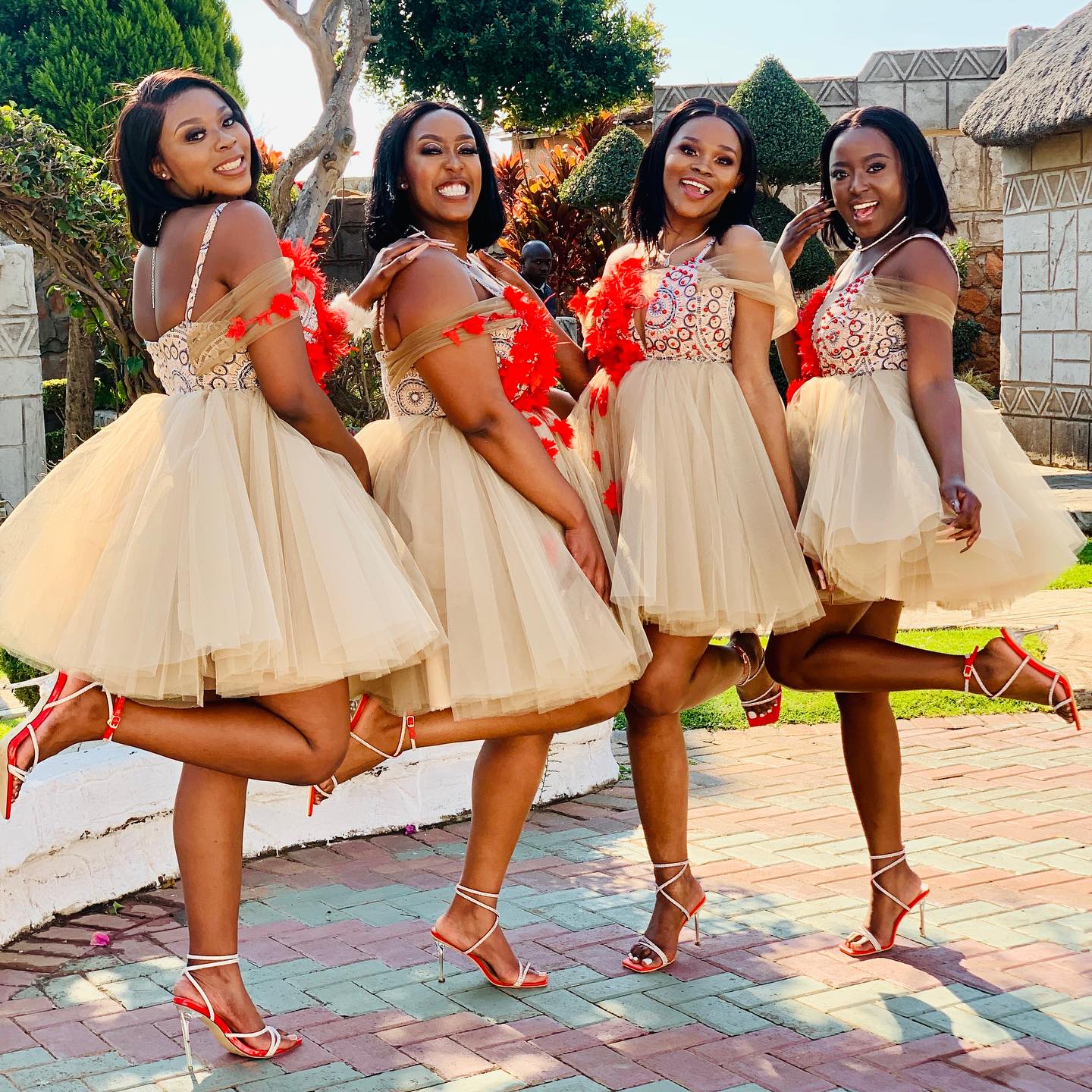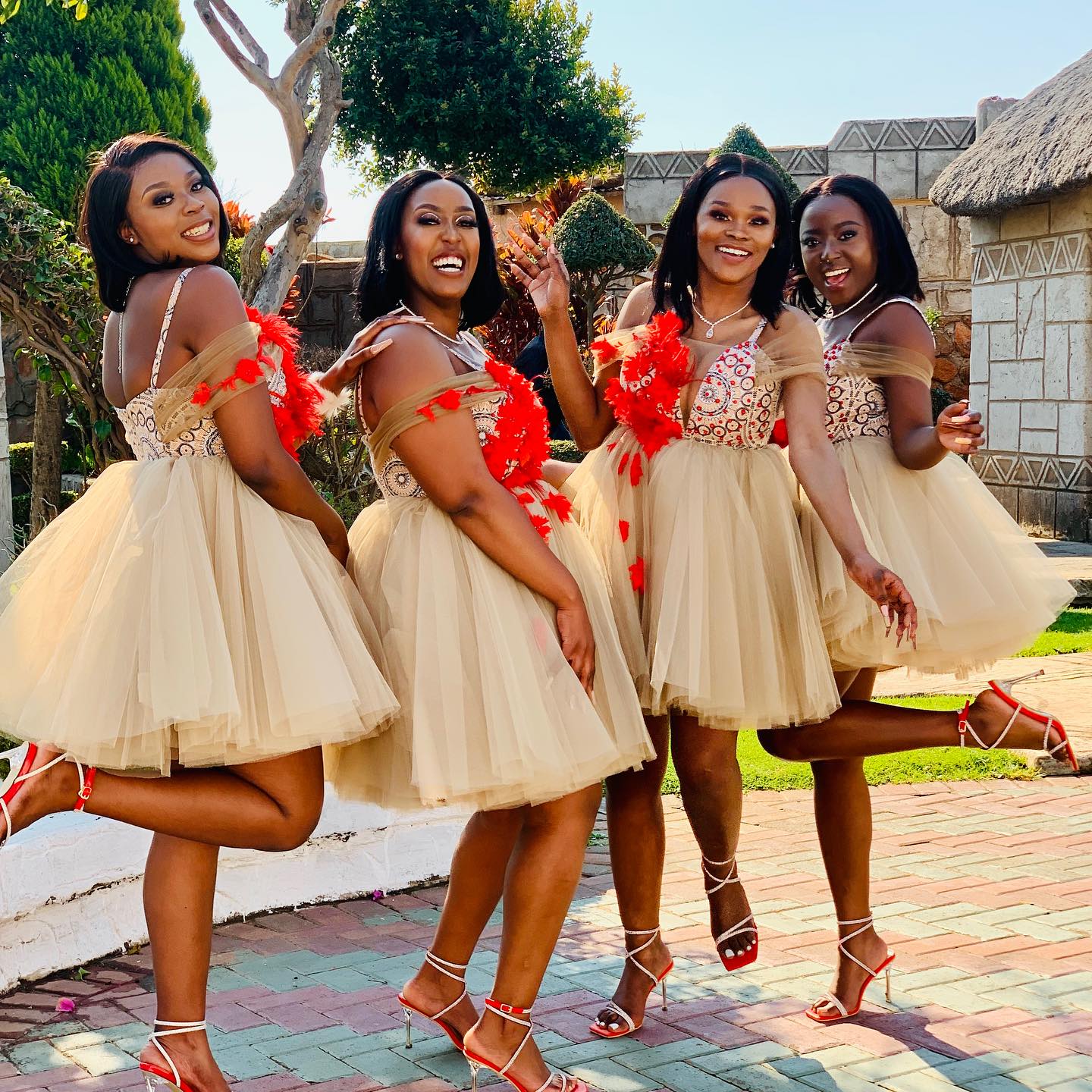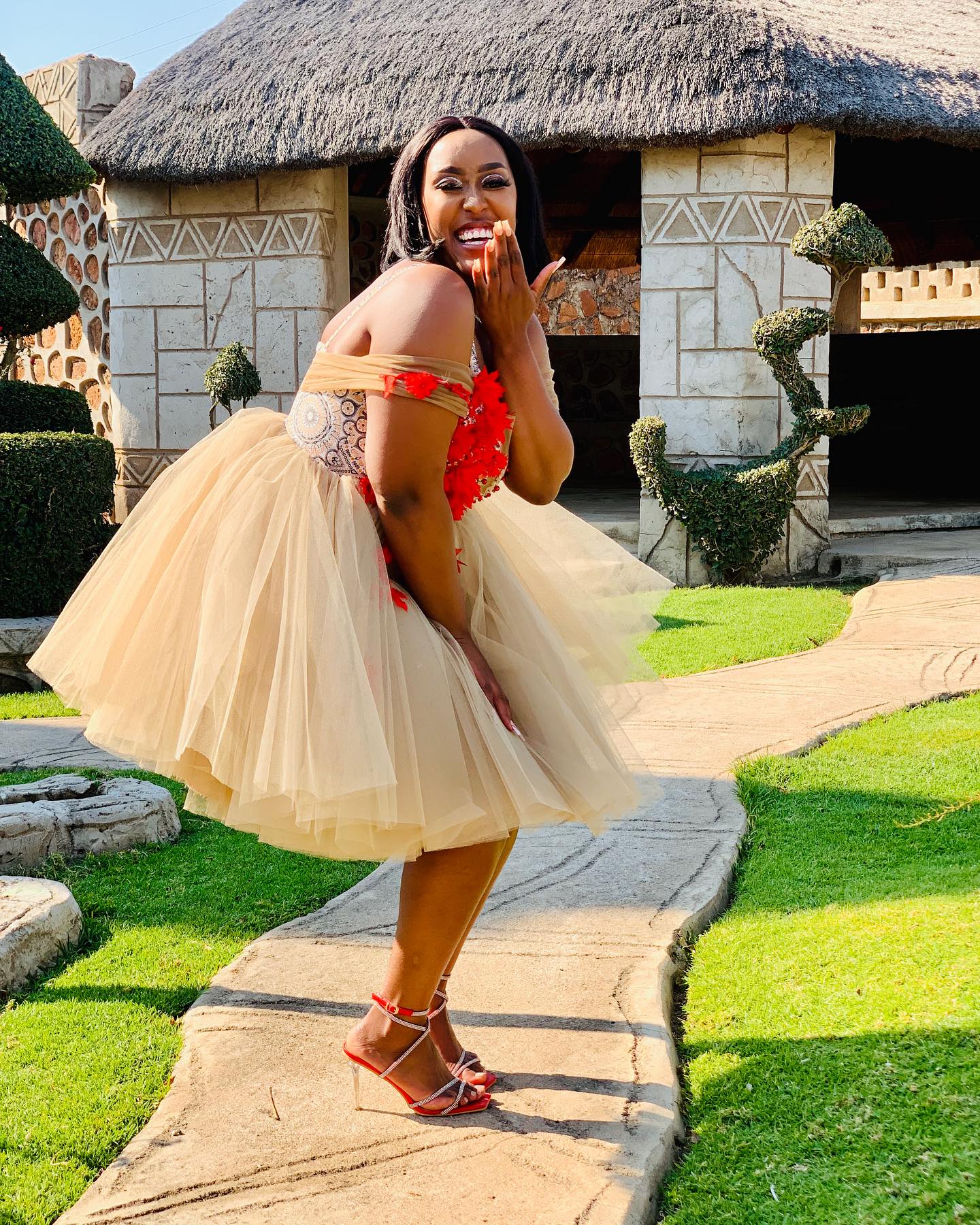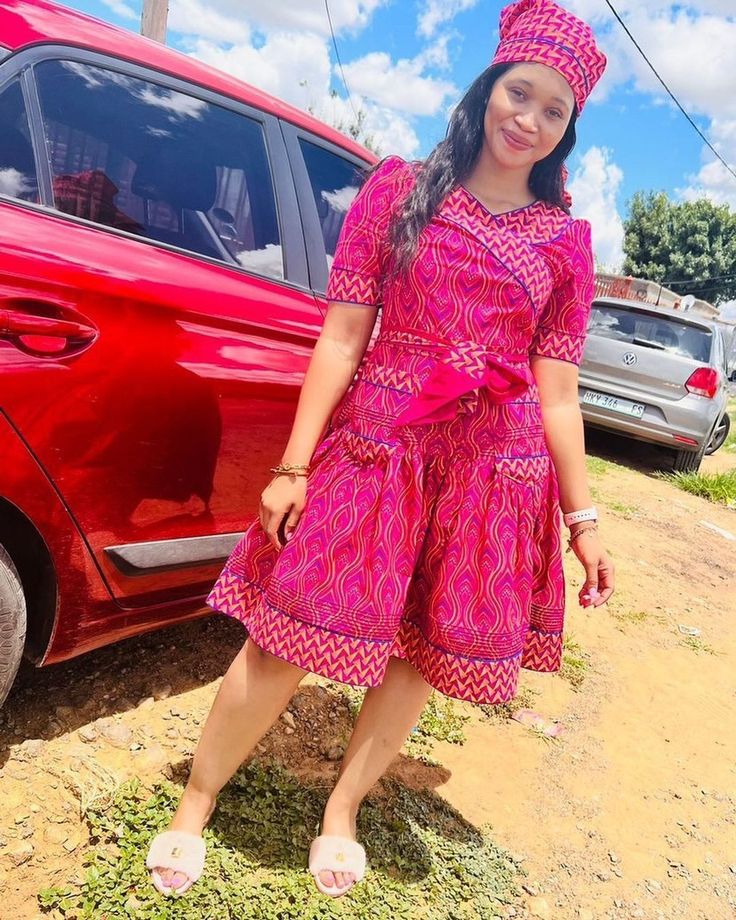classy Umbhaco Xhosa traditional attire For women
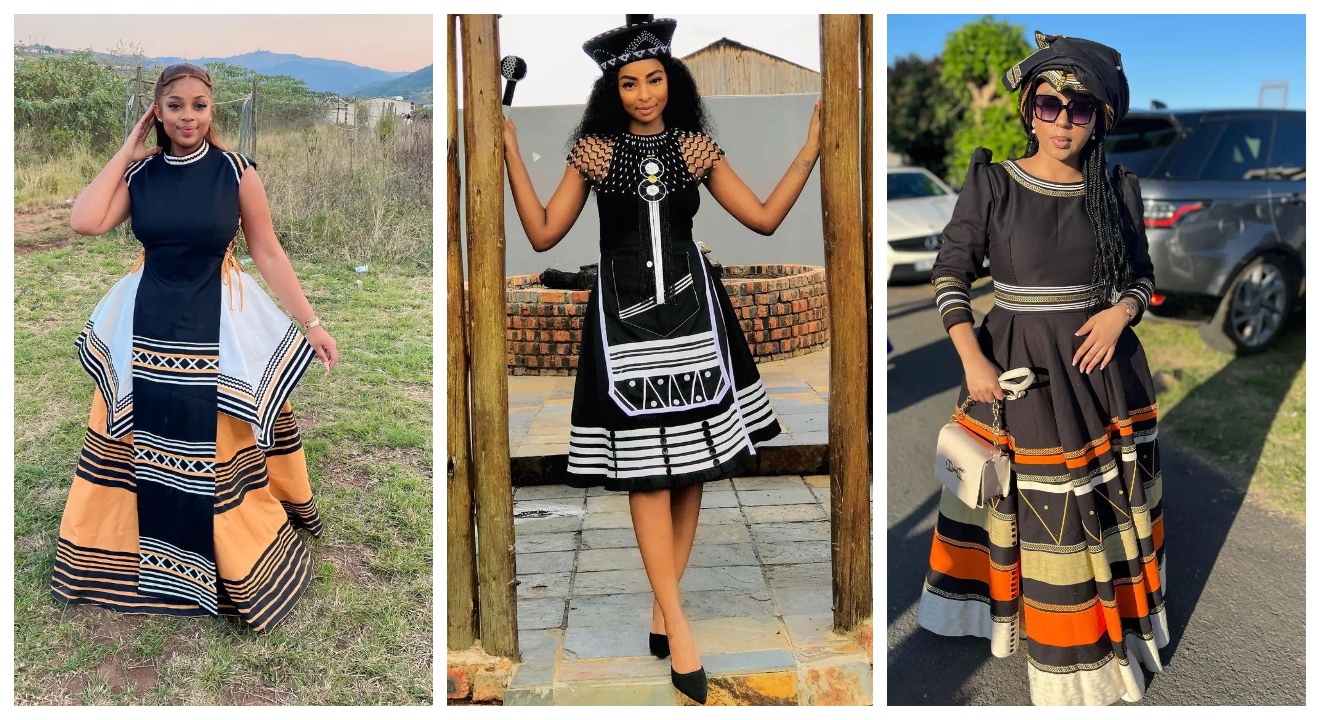
Introduction
Overview of Umbhaco Xhosa traditional attire for women
Umbhaco is a traditional attire worn by Xhosa women, mainly in the Eastern Cape province of South Africa. It is a vibrant and colorful ensemble that consists of various pieces, including a skirt, top, hat, and shawl. The attire is known for its intricate beadwork, embroidery, and bold patterns, which reflect the rich cultural heritage of the Xhosa people.
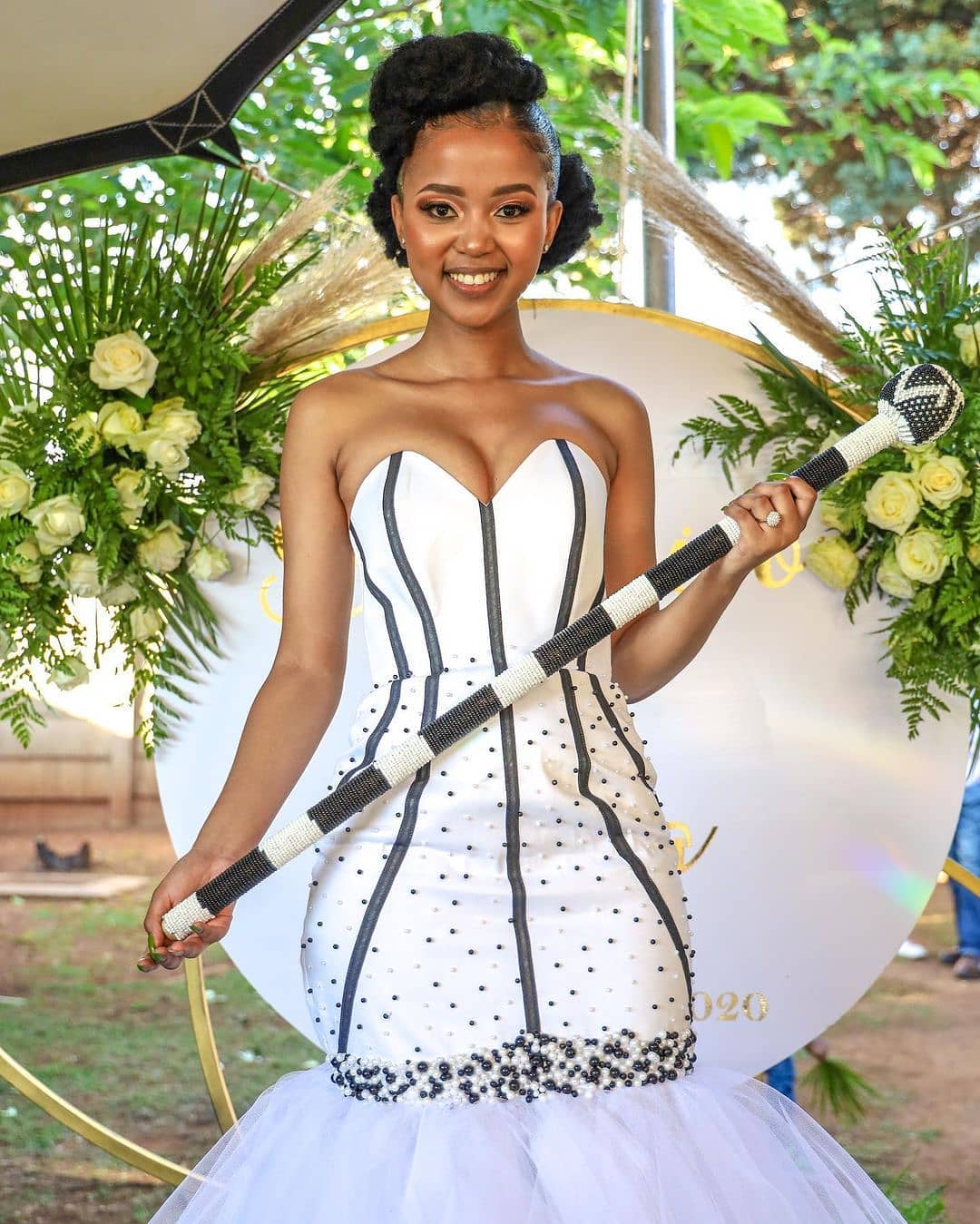
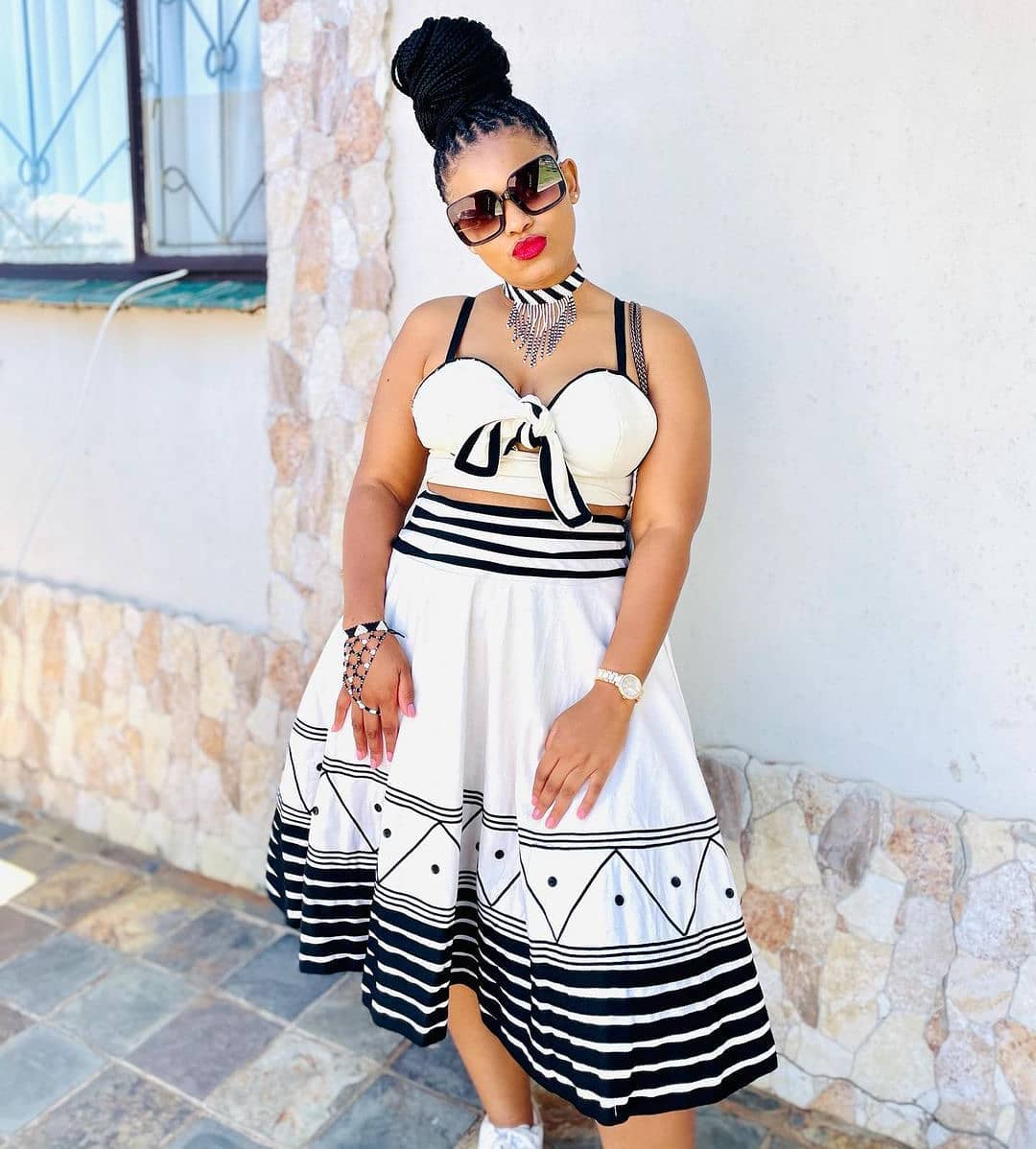
Brief history and significance of Umbhaco attire
The history of Umbhaco can be traced back to the early Xhosa communities who used natural materials to make their clothes. Over time, the attire evolved and became more elaborate, incorporating imported fabrics and modern designs. Umbhaco is not only a fashion statement but also a symbol of cultural pride and identity. It is worn during special occasions such as weddings, traditional ceremonies, and festivals. The attire represents the Xhosa traditions, values, and customs, and plays a significant role in preserving their cultural heritage.
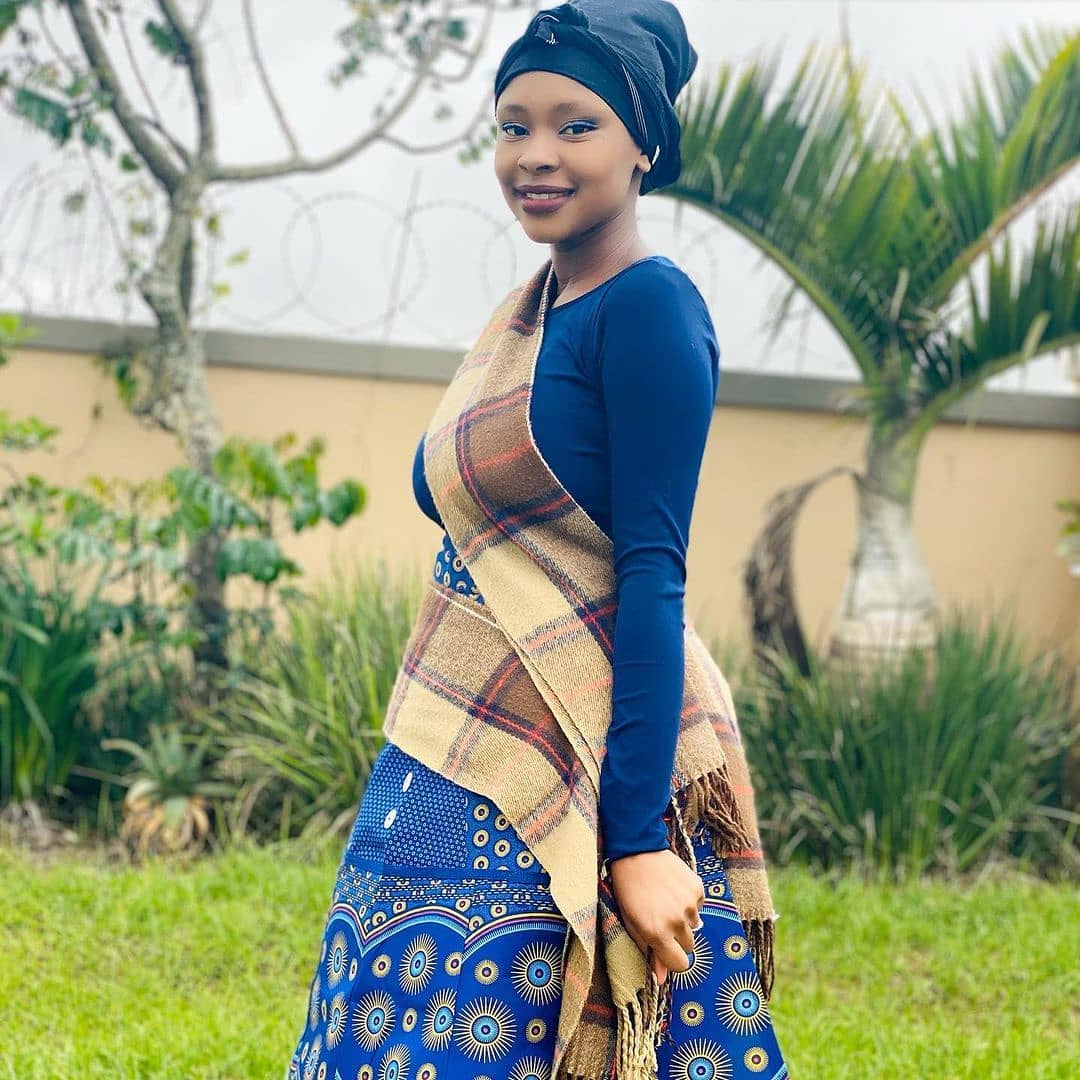
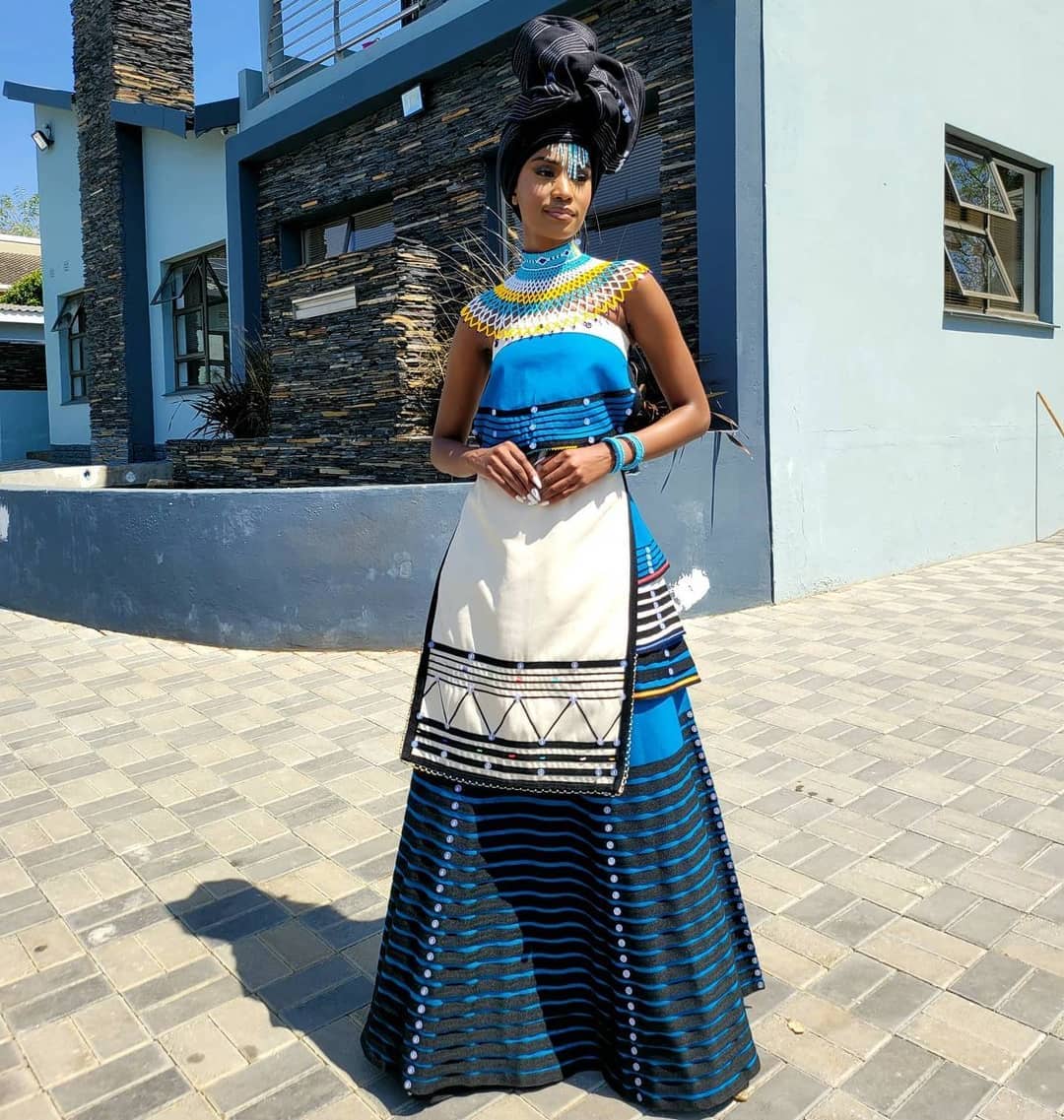
Umbhaco Designs and Patterns
Popular designs and patterns used in Umbhaco attire
Umbhaco attire is known for its diverse and striking designs and patterns. Some of the popular ones include:
- Zigzag pattern: This is a common design seen in Umbhaco skirts and shawls. It consists of alternating zigzag lines in different colors, creating a visually appealing pattern.
- Geometric patterns: Umbhaco attire often incorporates geometric shapes such as triangles, squares, and circles. These patterns are meticulously arranged to form intricate designs.
- Xhosa symbols: Some Umbhaco designs feature traditional Xhosa symbols, such as the X, which represents a person’s identity, and the cow, which signifies wealth and prosperity.
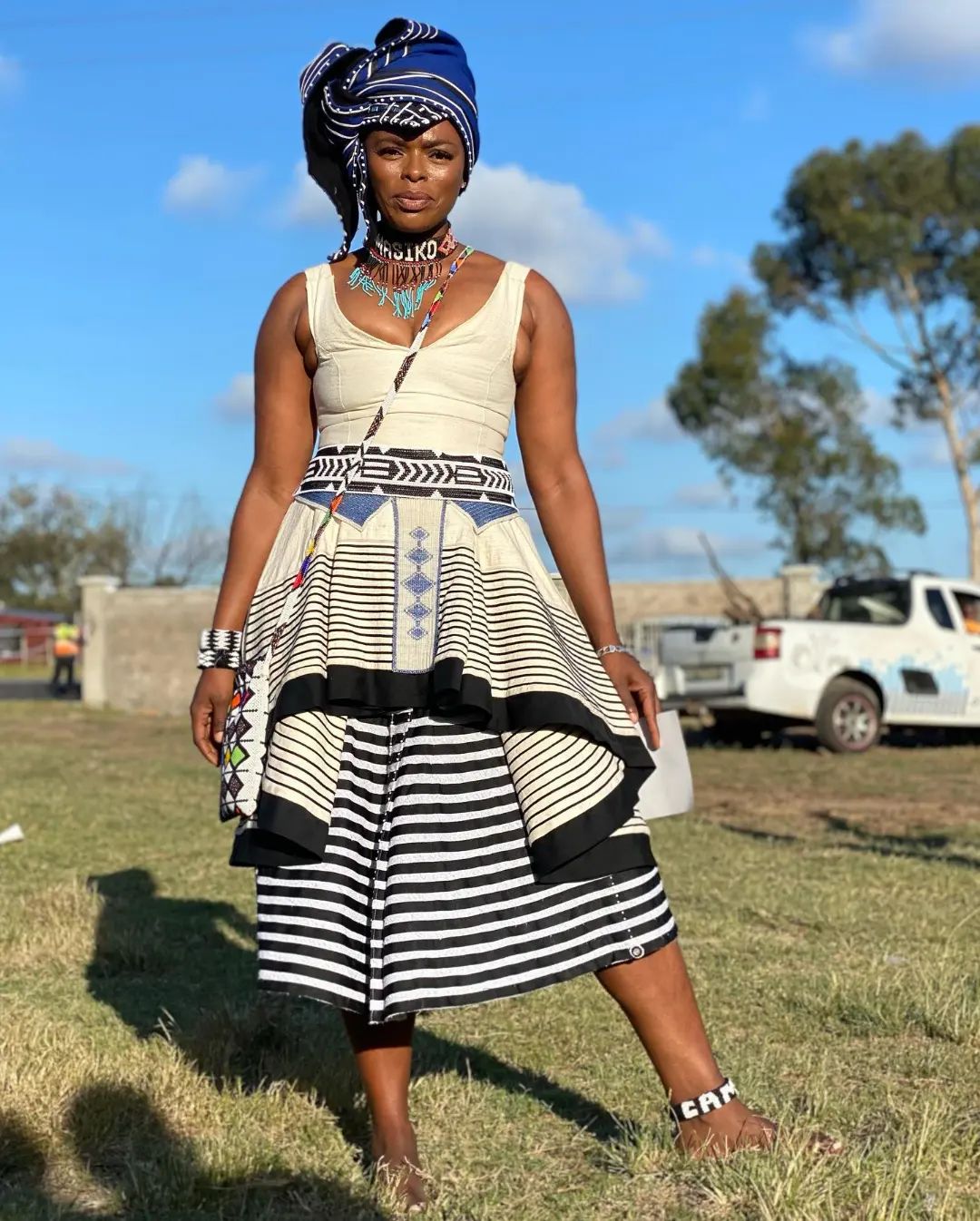
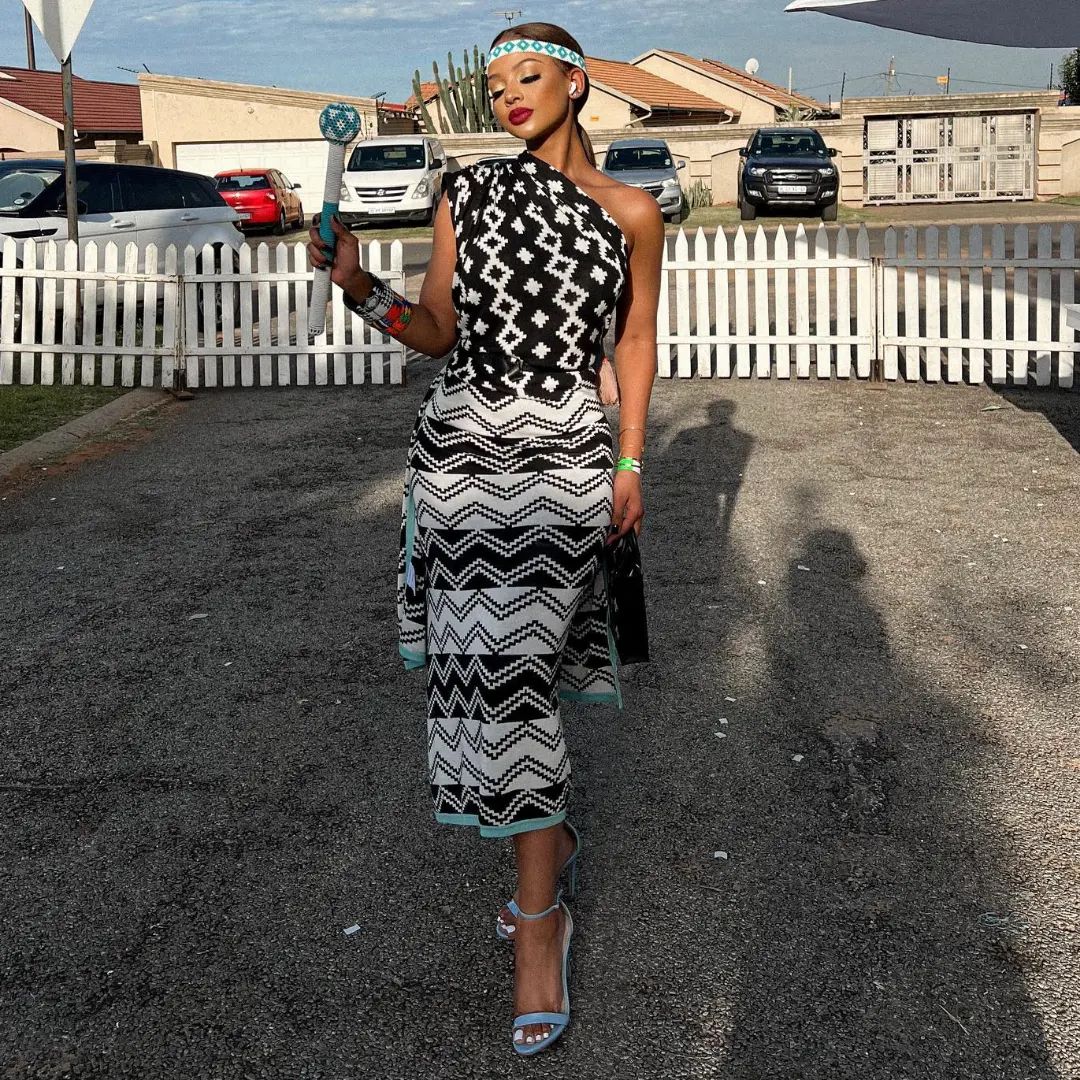
Meaning and symbolism behind the designs
Each design and pattern used in Umbhaco attire carries a specific meaning and symbolism. For example:
- Zigzag pattern: The zigzag lines symbolize the ups and downs of life, representing the challenges and obstacles that one may encounter.
- Geometric patterns: These patterns reflect the Xhosa philosophy of balance and harmony. The precise arrangement of shapes represents the interconnectedness of all aspects of life.
- Xhosa symbols: Incorporating traditional symbols into the designs serves as a way to celebrate and honor the Xhosa cultural heritage.
The specific designs and patterns used in Umbhaco attire vary based on regional variations, family traditions, and personal preferences. Nonetheless, they all contribute to the beauty and uniqueness of this traditional Xhosa attire.
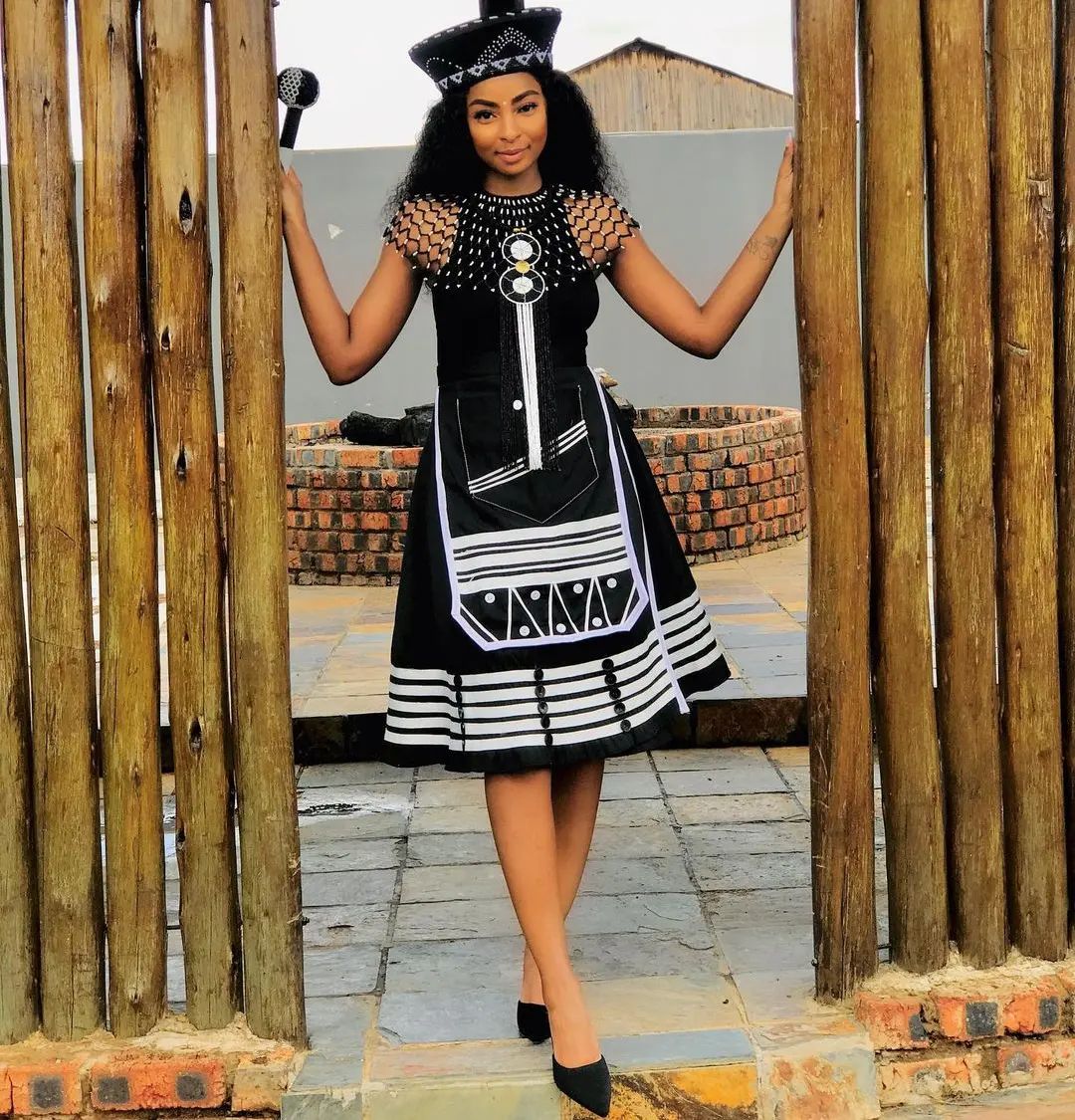
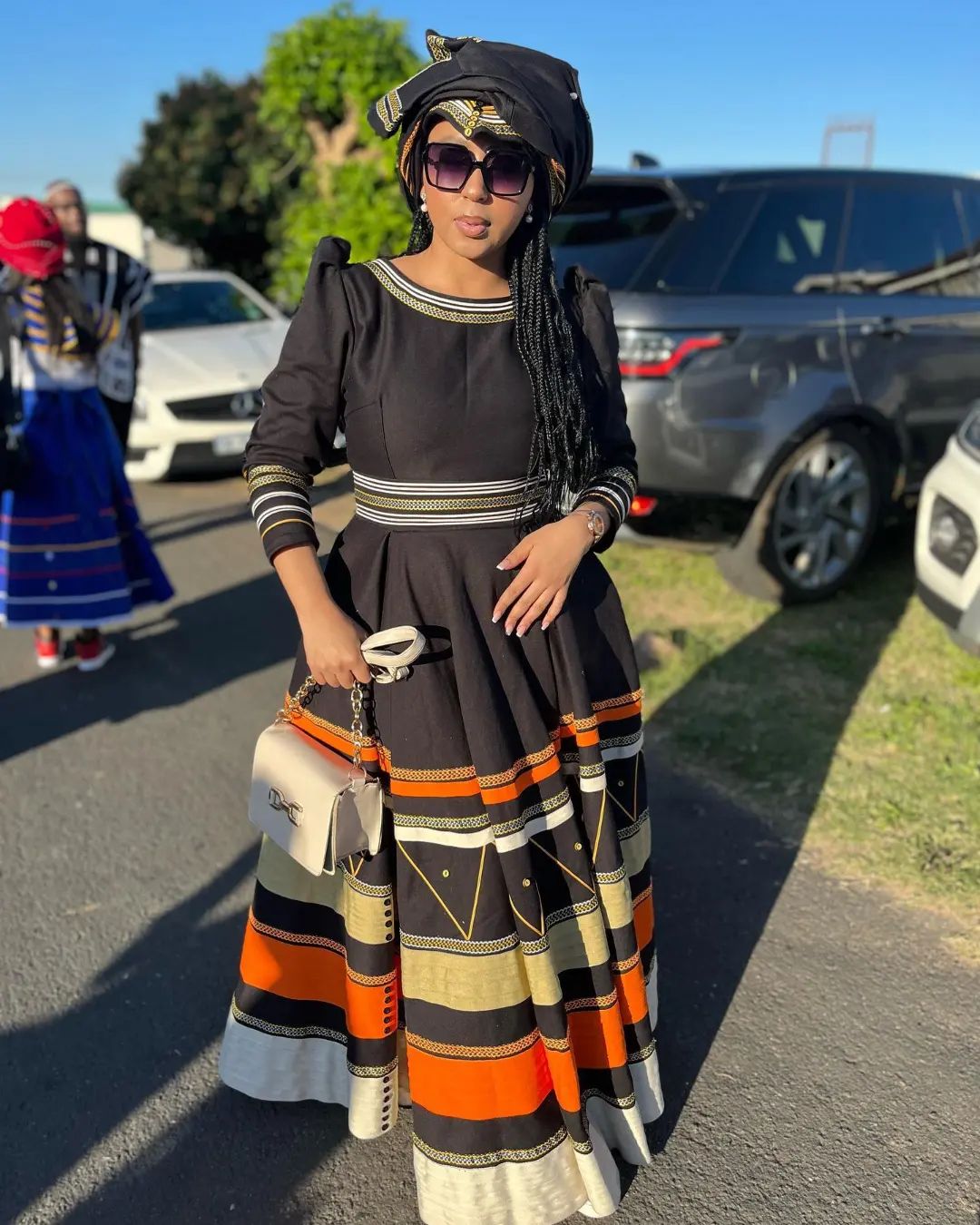
Traditional fabrics and materials used in Umbhaco attire
Umbhaco attire is traditionally made from a variety of natural fibers and materials. Some of the commonly used fabrics include:
- Ityali: This is a traditional Xhosa fabric made from woven wool. It is known for its warmth and durability, making it suitable for colder climates.
- Motjeko: Motjeko is a fabric made from bleached raw silk. It has a smooth texture and a slight sheen, giving it an elegant and luxurious appearance.
- Shweshwe: Shweshwe is a printed cotton fabric that comes in various vibrant colors and intricate patterns. It is durable and lightweight, making it perfect for everyday wear.
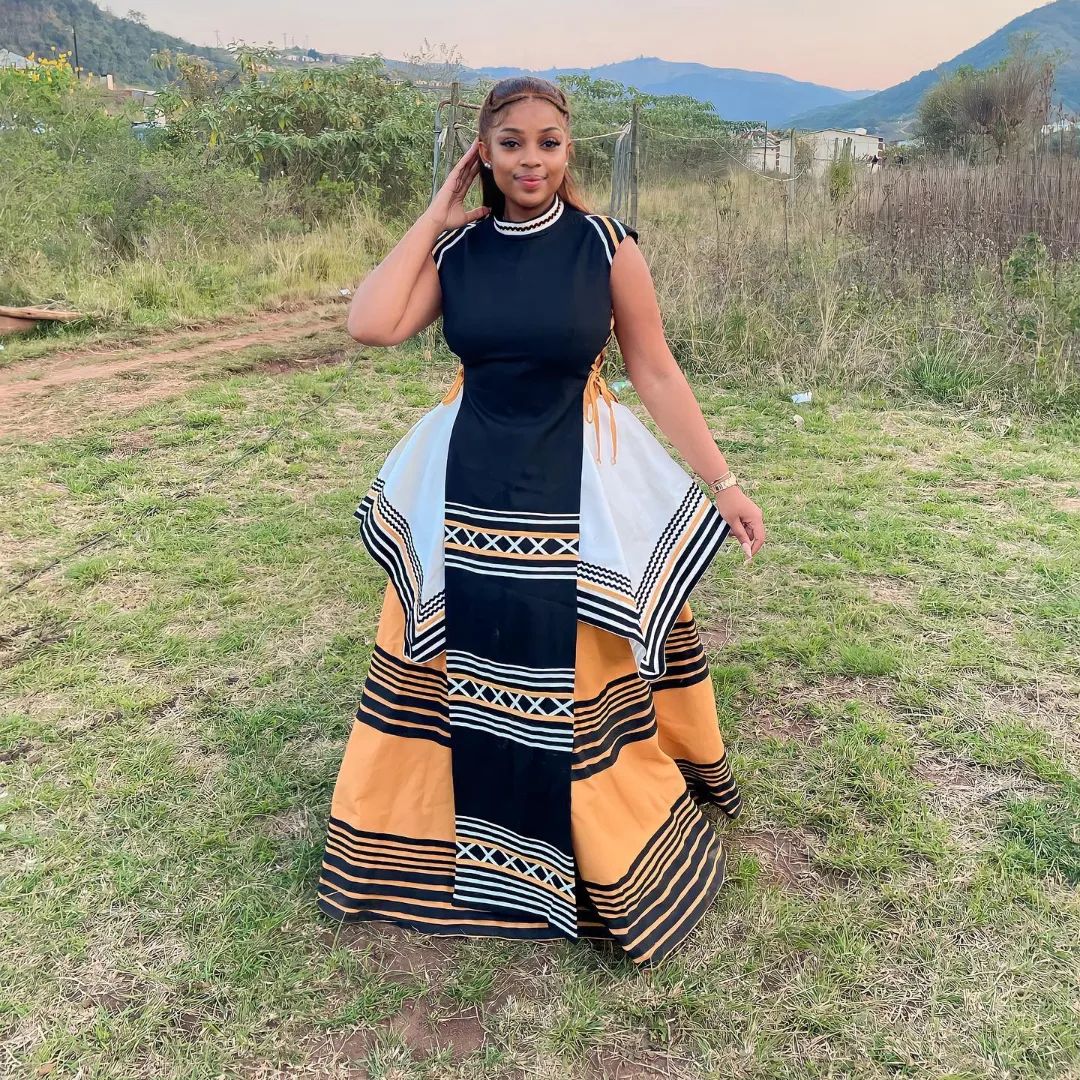
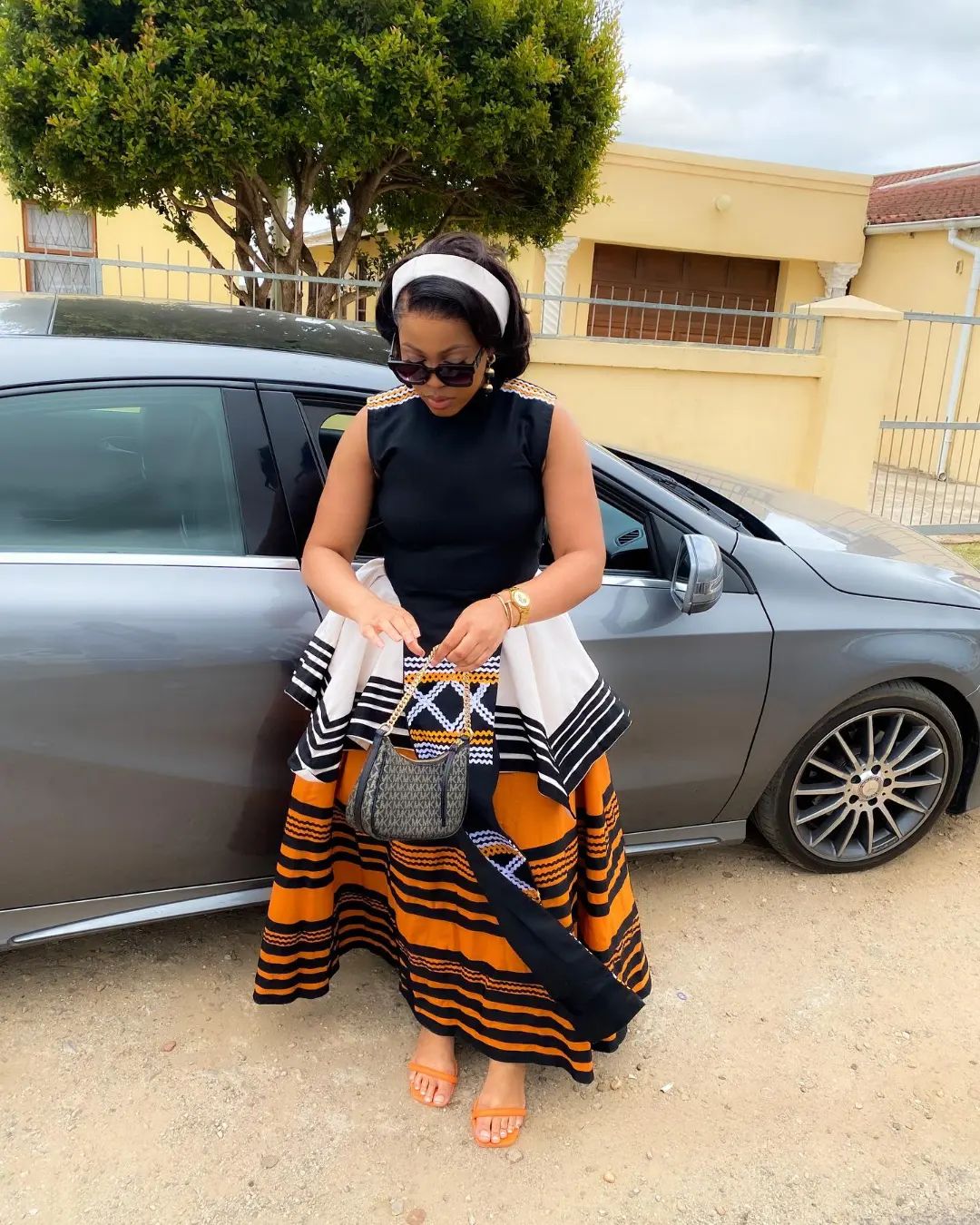
Advantages and characteristics of each fabric
– Ityali: The woolen fabric provides insulation and warmth, making it ideal for colder temperatures and winter seasons.- Motjeko: The raw silk fabric has a luxurious feel and drapes well, enhancing the overall elegance of the Umbhaco attire.- Shweshwe: The printed cotton fabric is breathable, allowing air circulation and making it comfortable to wear in warmer climates. It is also easy to care for and can withstand frequent washing.
Each fabric used in Umbhaco attire offers unique characteristics that contribute to the overall style and comfort of the traditional Xhosa attire.

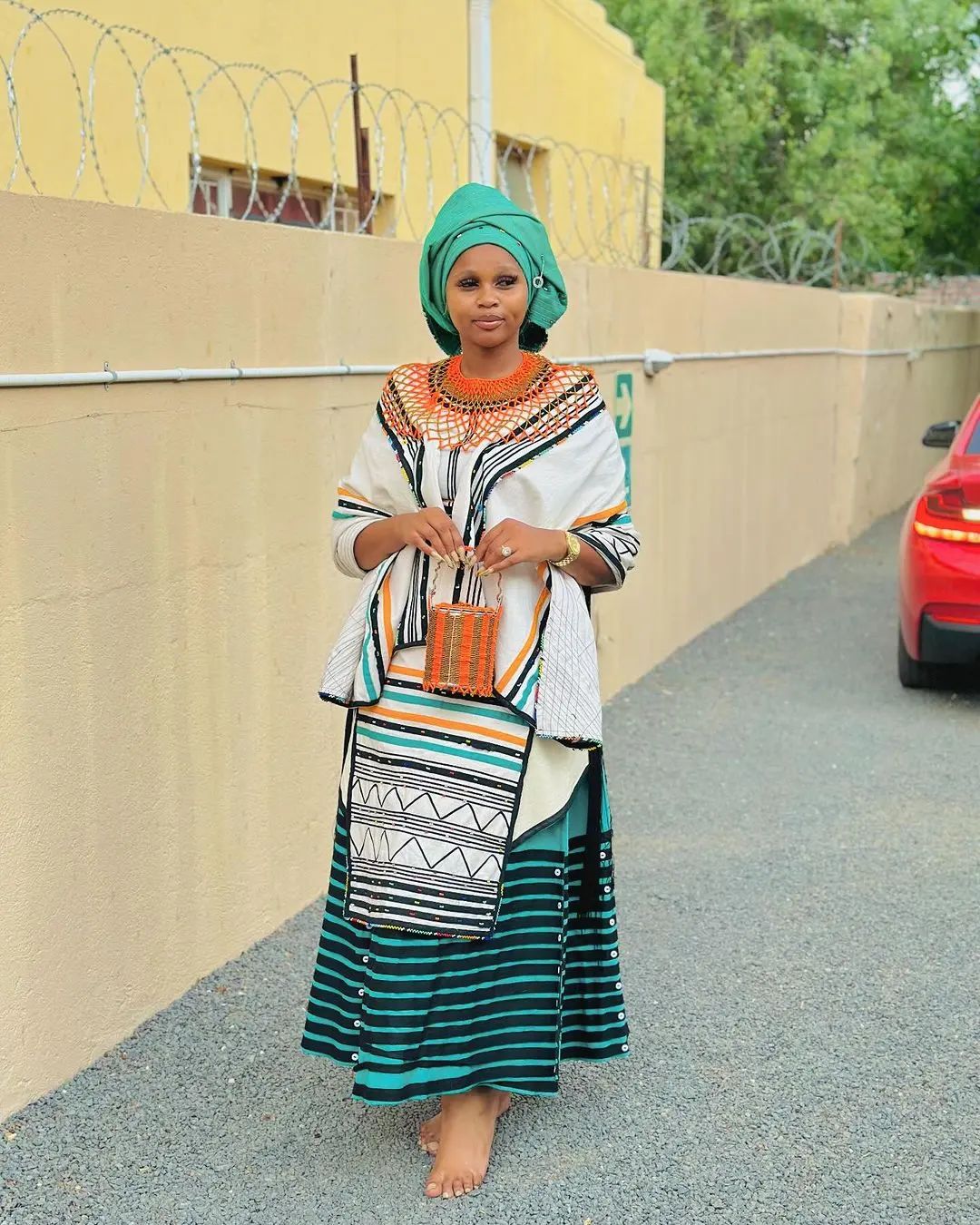
Traditional Xhosa Accessories
Accessories that complement the Umbhaco attire
Traditional Xhosa attire, such as Umbhaco, is often paired with accessories that enhance its overall look. Some of the accessories commonly worn with Umbhaco include:
- Ibheshu: Ibheshu is a goatskin skirt worn by men. It is usually worn as a symbol of masculinity and is often decorated with beads or cowries.
- Imigwegwe: Imigwegwe are long beaded necklaces worn by women. They are made from colorful beads and are often worn in multiple layers to create a bold and vibrant look.
- Umqhele: Umqhele is a traditional Xhosa headband made from beads. It is worn by both men and women and is often used to signify particular social or cultural status.

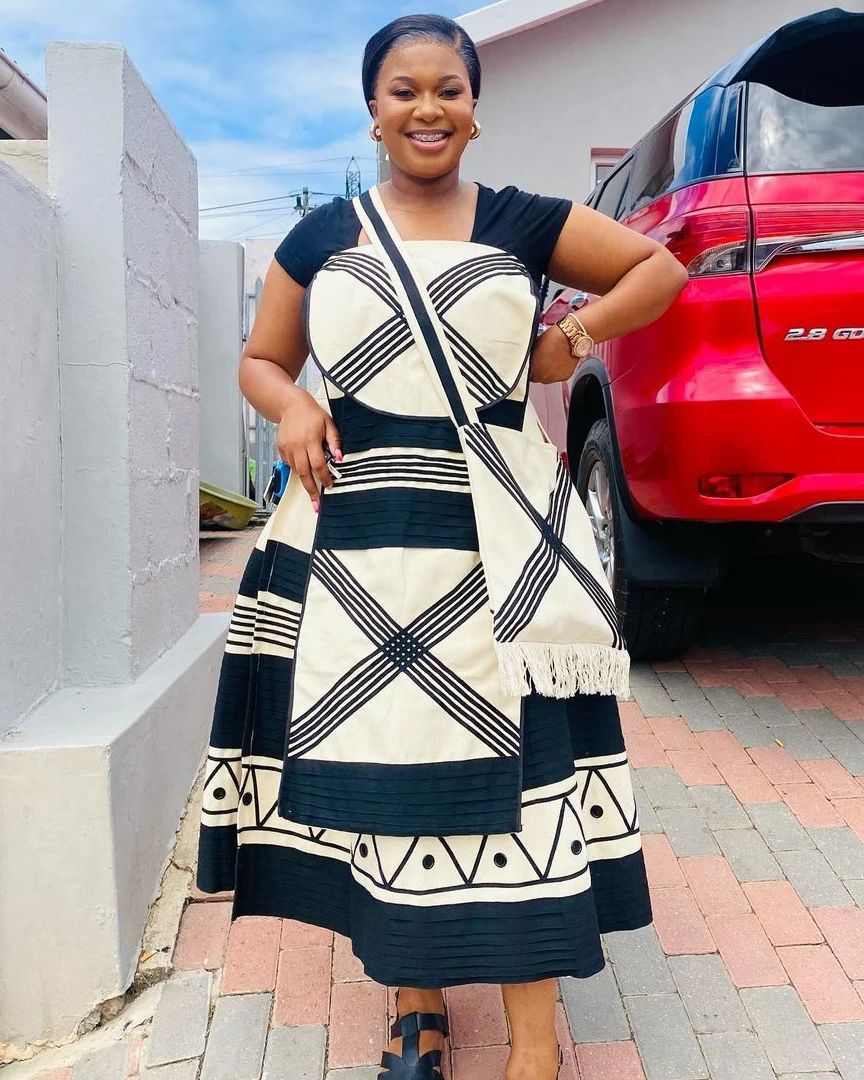
Significance and cultural importance of these accessories
These accessories hold great cultural significance and play an important role in Xhosa traditions. They not only add to the aesthetic appeal of the attire but also serve as symbols of identity, heritage, and status within the Xhosa community. Wearing these accessories is a way for individuals to connect with their roots and showcase their pride in their cultural heritage. Additionally, these accessories are often passed down through generations, further emphasizing their significance in Xhosa culture.
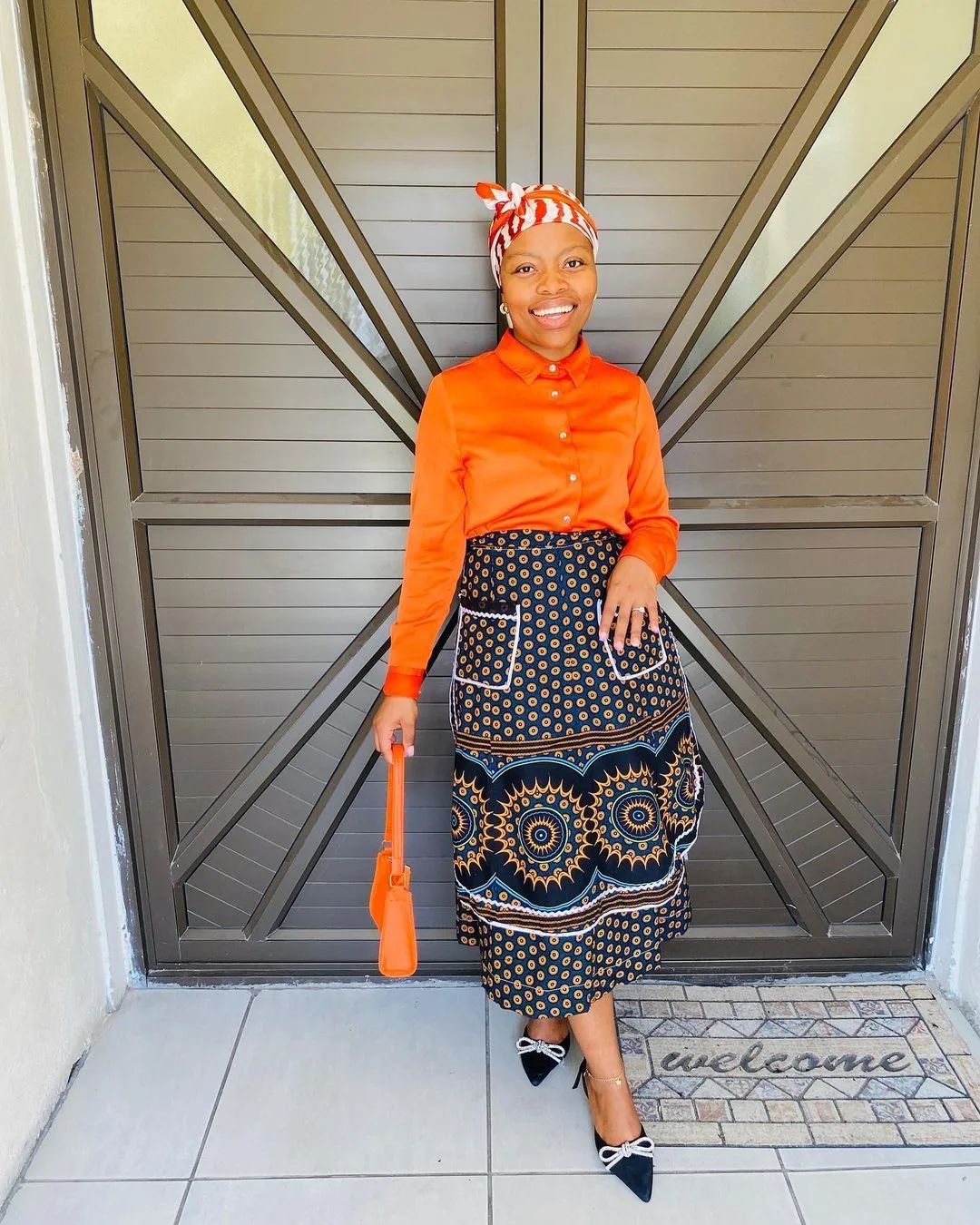
Umbhaco Dress Style Options
Different styles and variations of Umbhaco dresses
Traditional Xhosa attire, such as Umbhaco, offers a variety of dress styles and variations to choose from. Some of the popular options include:
- Ibhayi: This style features a long, flowy skirt with a fitted bodice. It is often adorned with intricate embroidery and beadwork, adding a touch of elegance to the overall look.
- Intunjambili: Intunjambili dresses are known for their bold and vibrant patterns. They usually have a high collar and a flared skirt, creating a striking silhouette.
- Idikise: Idikise dresses are characterized by their asymmetrical design. They have one shoulder strap and a draped skirt, giving them a unique and modern twist.
- Imikhwelo: Imikhwelo dresses are sleeveless and have a fitted bodice. They often feature bold geometric patterns and are perfect for special occasions.
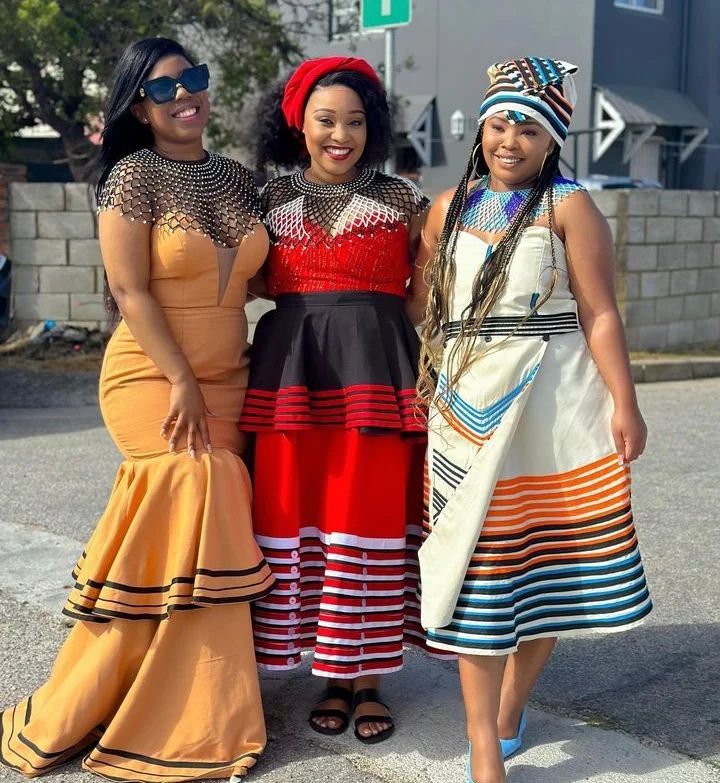
Factors to consider while choosing the right style
When selecting an Umbhaco dress style, it is essential to consider factors such as body shape, personal preference, and the occasion. Here are a few points to keep in mind:
- Body shape: Different dress styles flatter different body types. For example, A-line dresses are ideal for those with a pear-shaped figure, while fitted styles work well for hourglass shapes.
- Personal preference: Choose a style that resonates with your personal taste and reflects your individuality. Whether you prefer something traditional or modern, there is an Umbhaco dress style for everyone.
- Occasion: Consider the event or occasion for which you will be wearing the dress. Opt for a more formal and ornate style for weddings or cultural festivals, while simpler designs may be suitable for casual gatherings.
By carefully considering these factors, you can select the perfect Umbhaco dress style that not only suits you but also allows you to showcase the beauty and richness of Xhosa culture.
